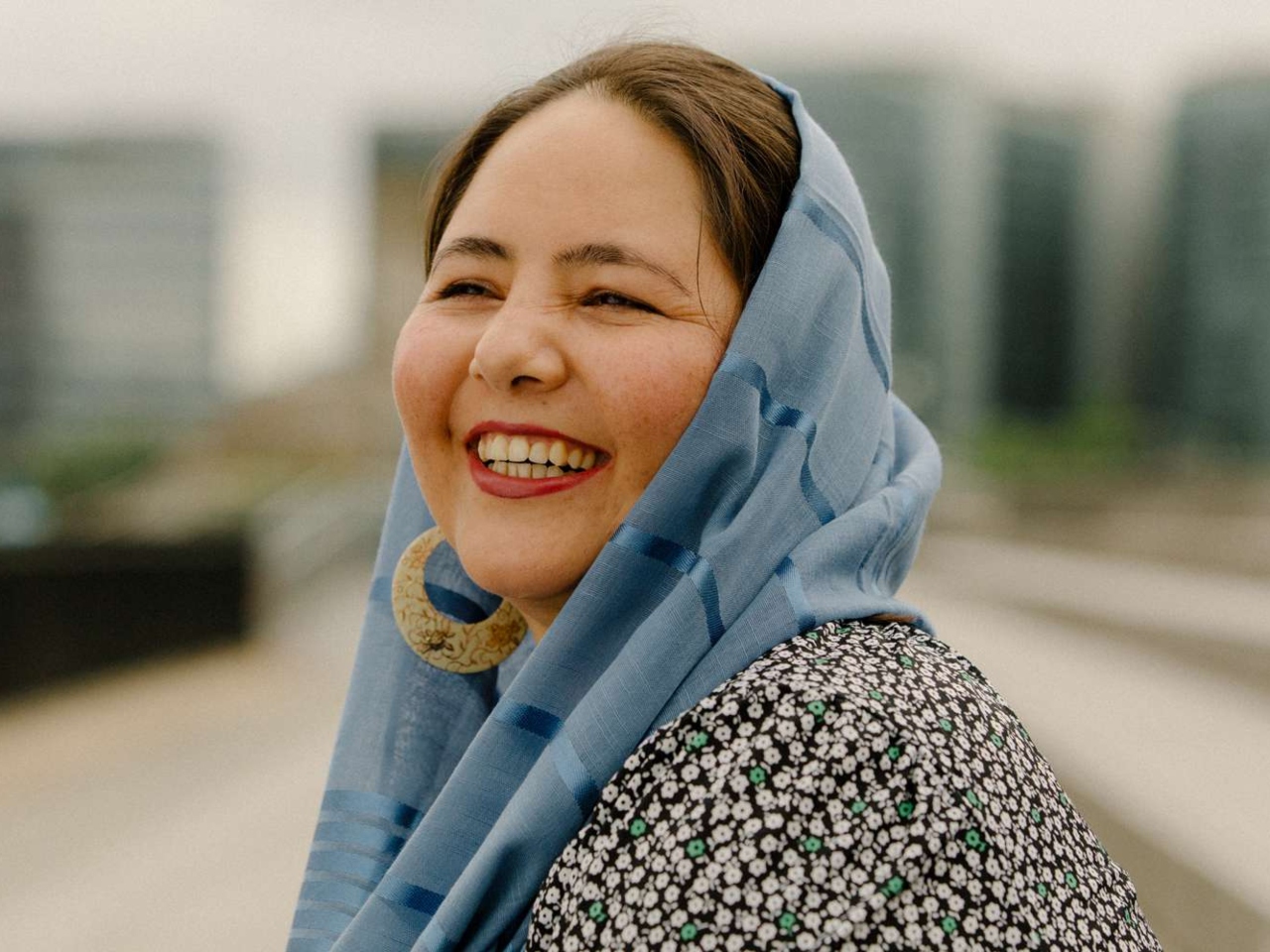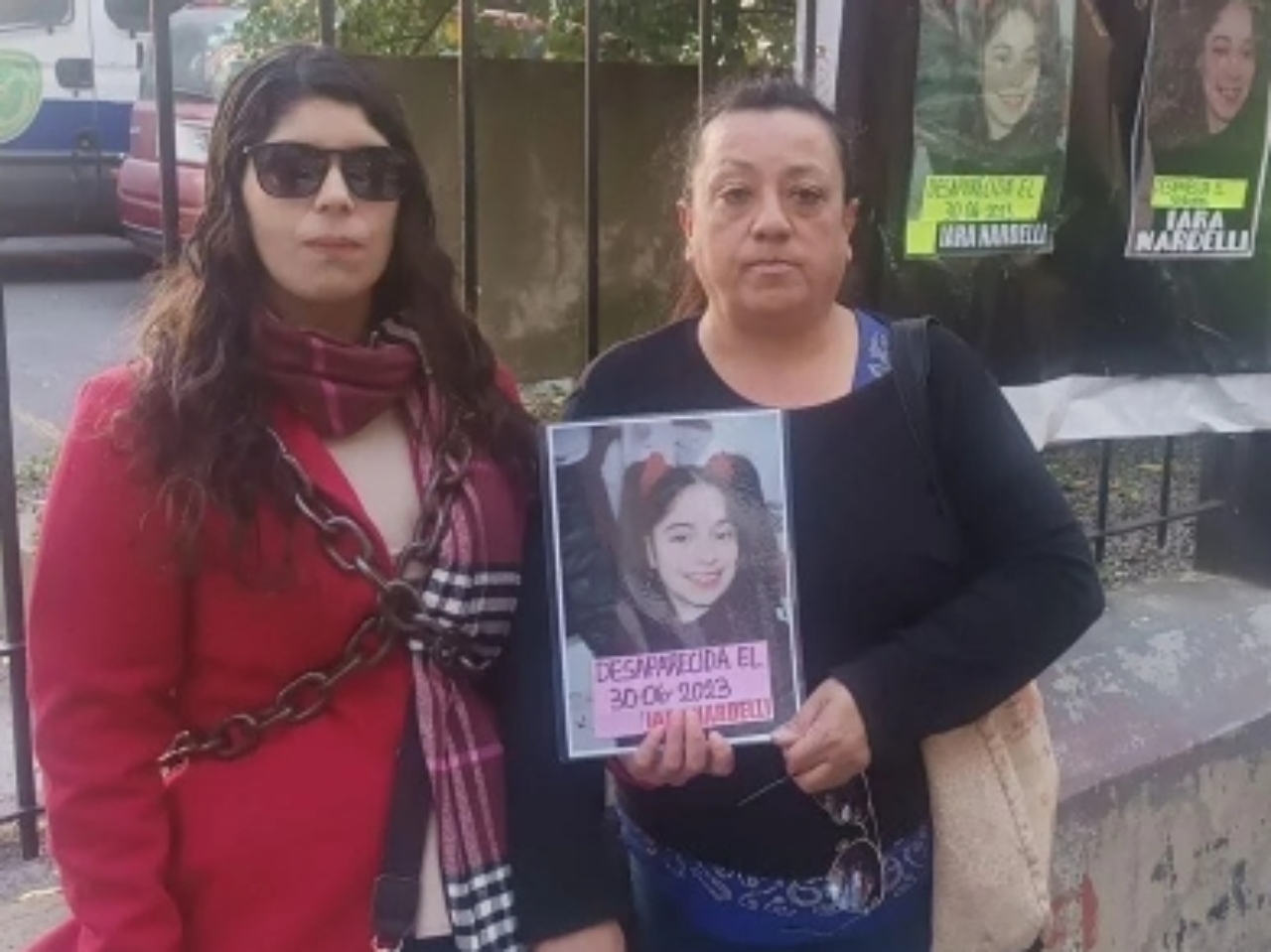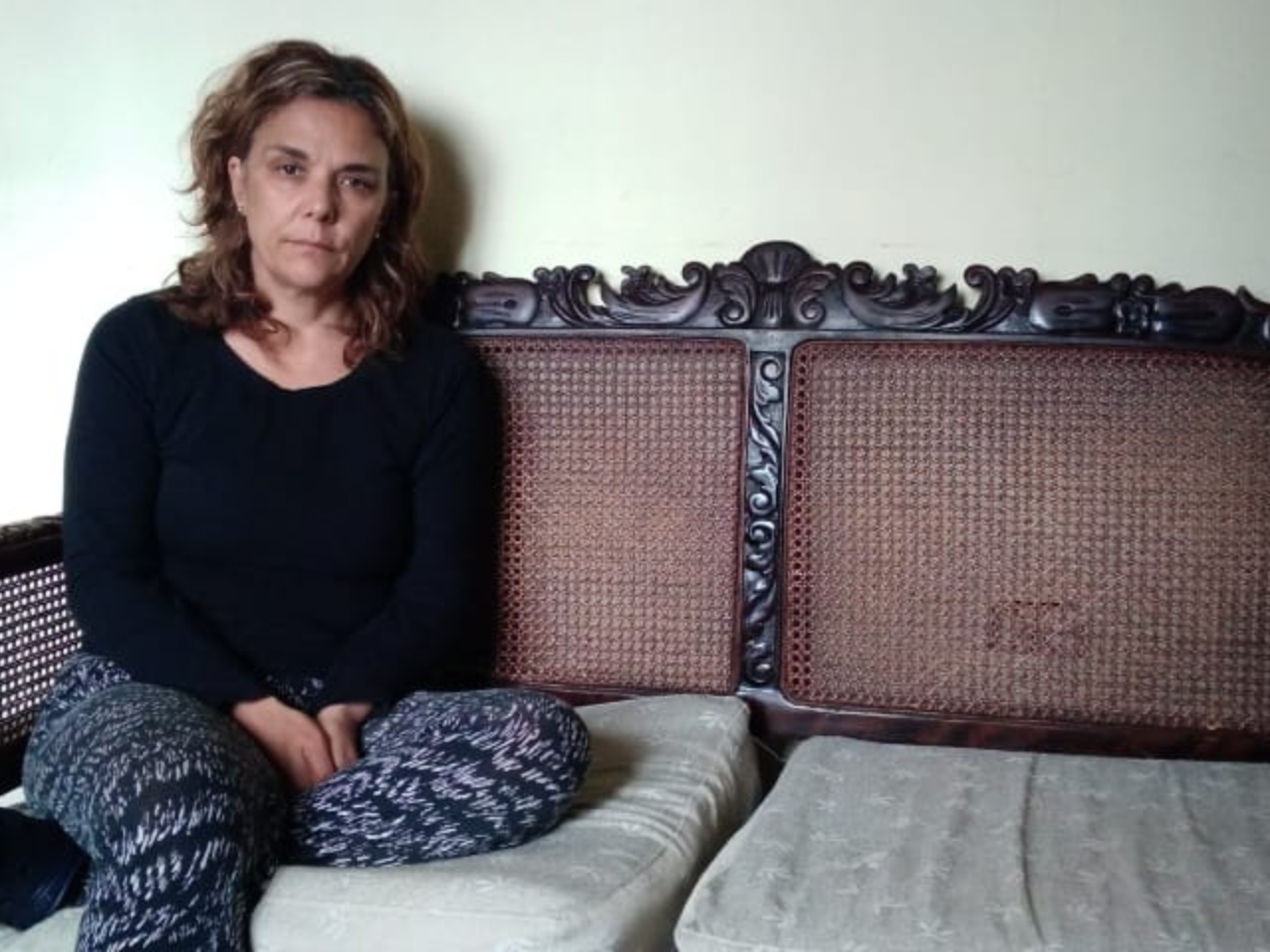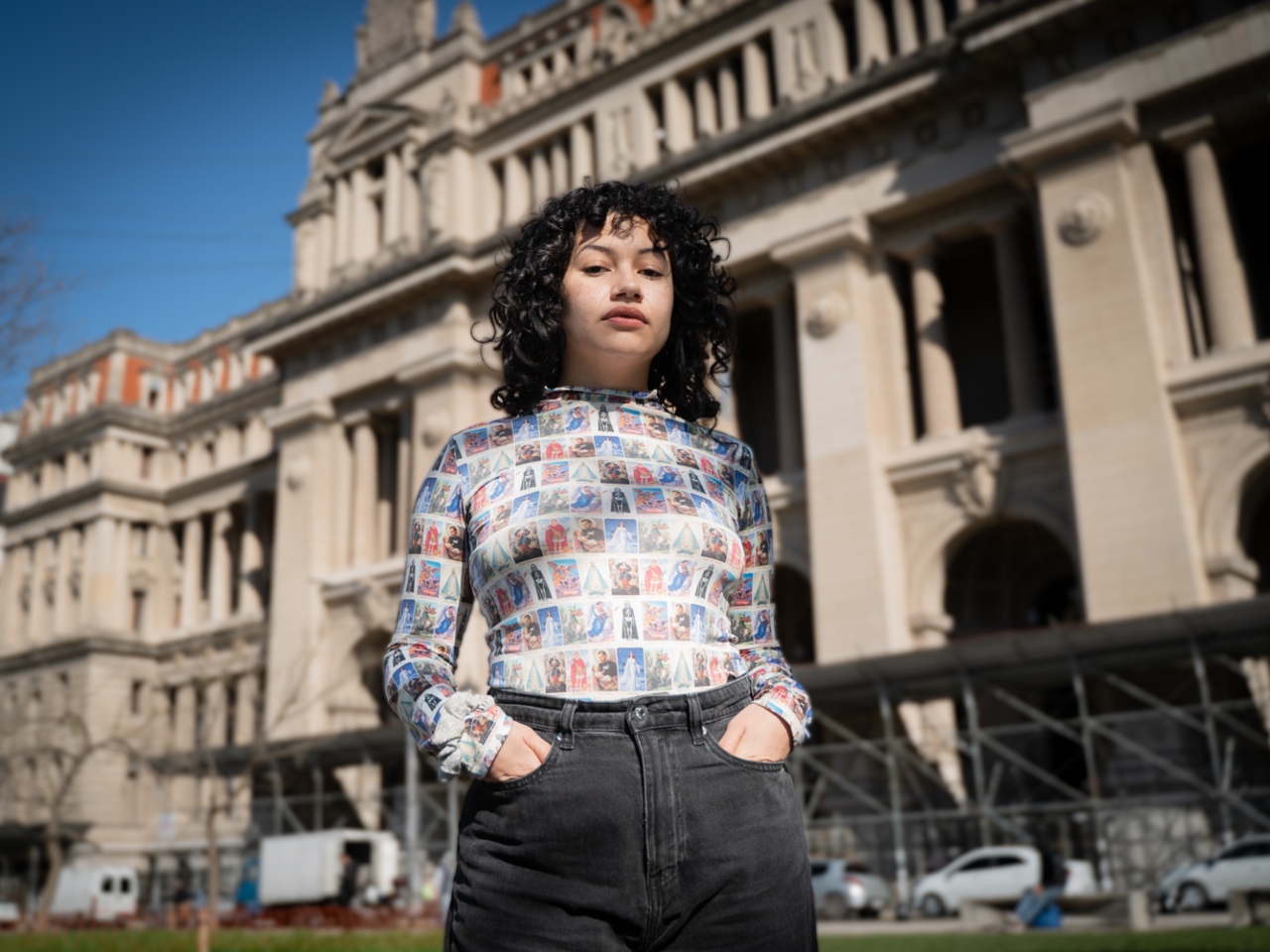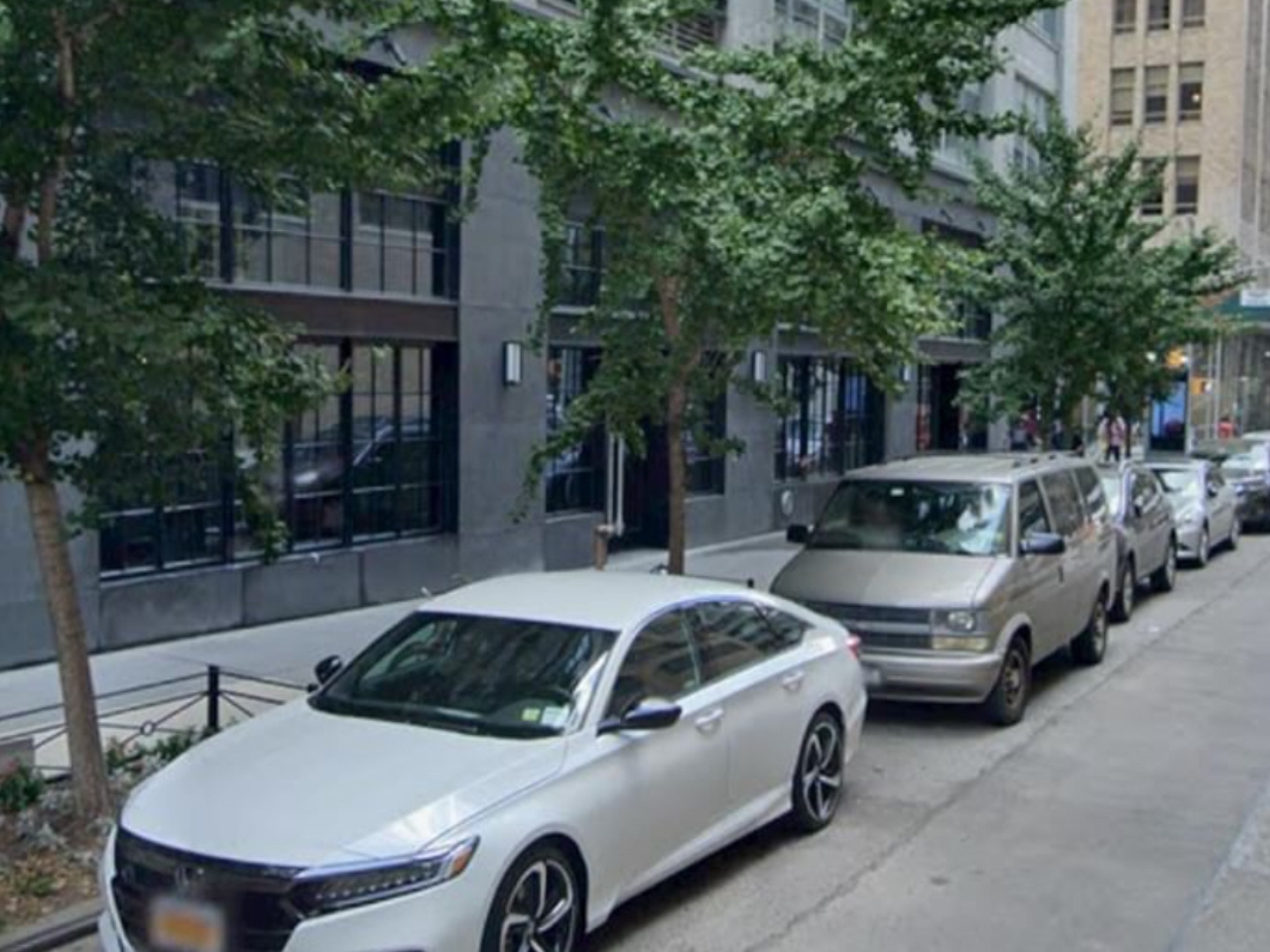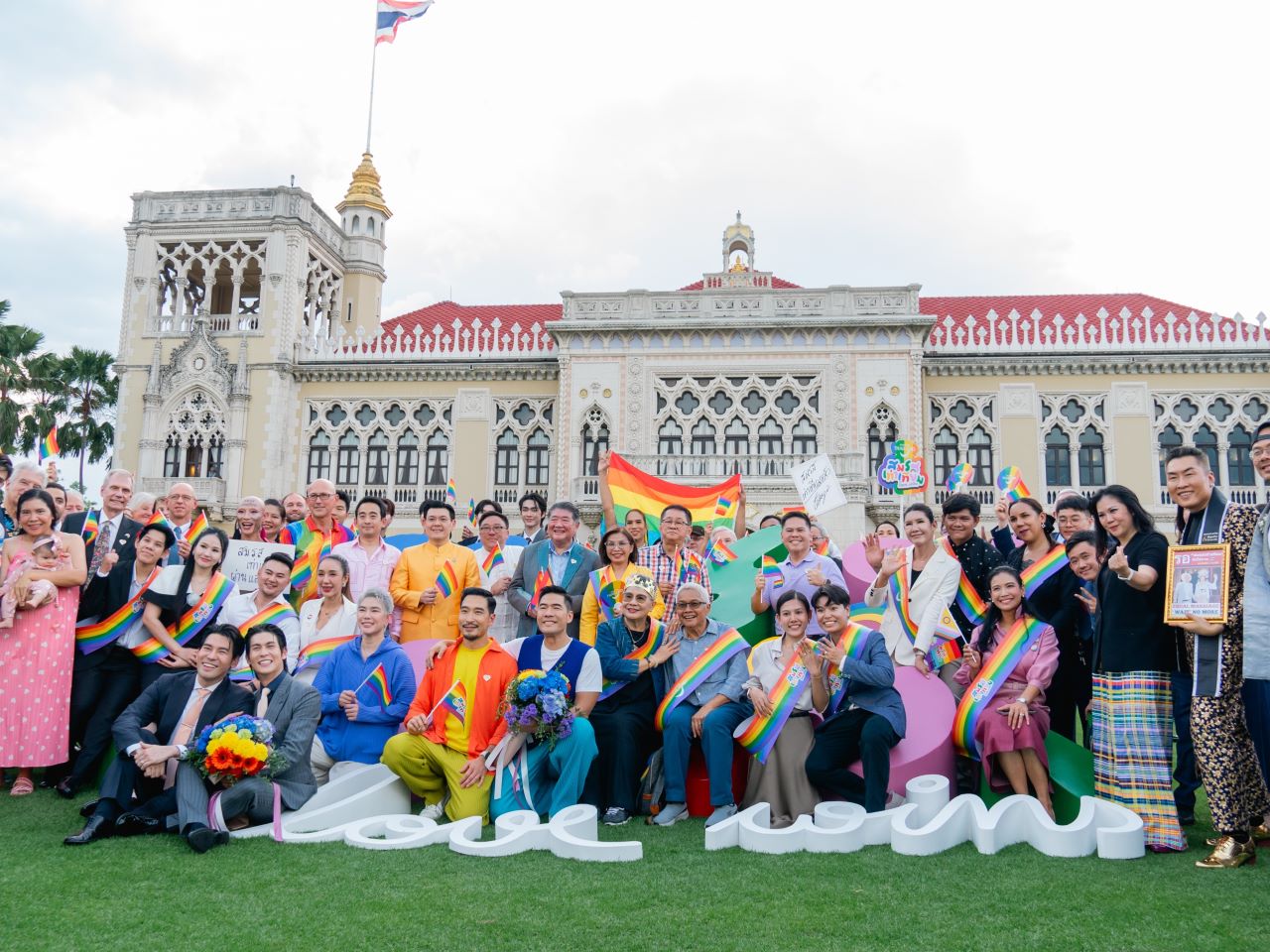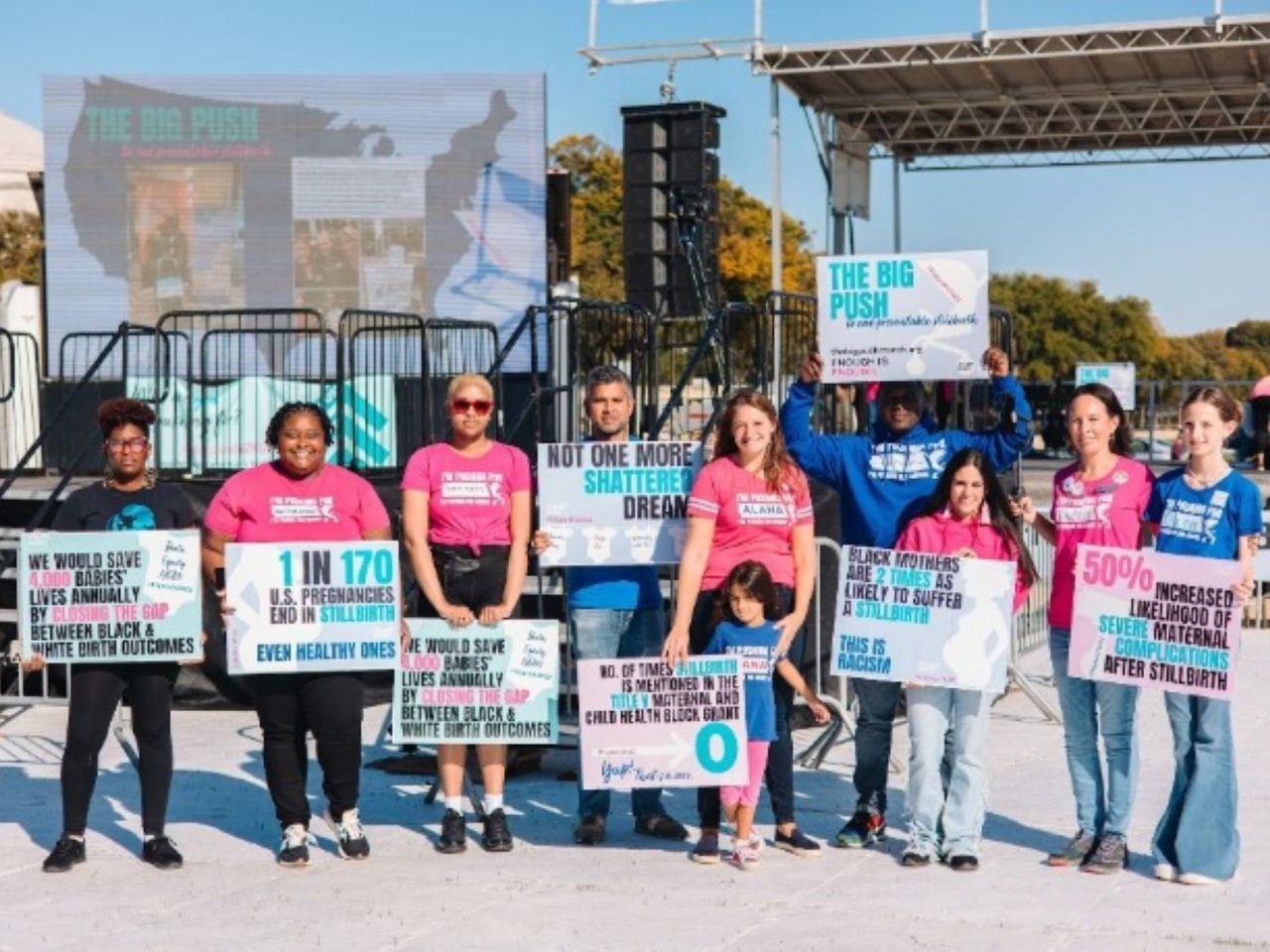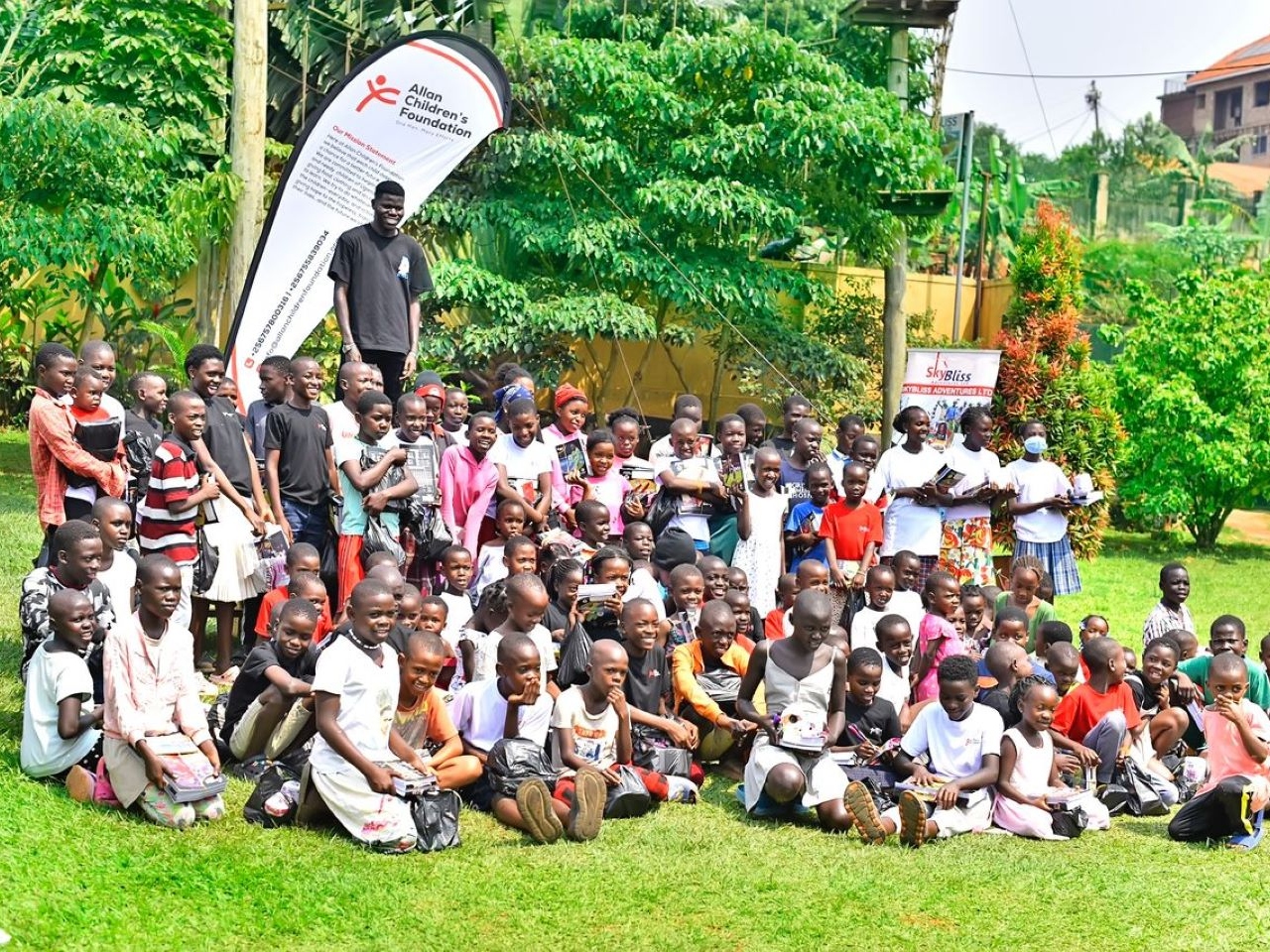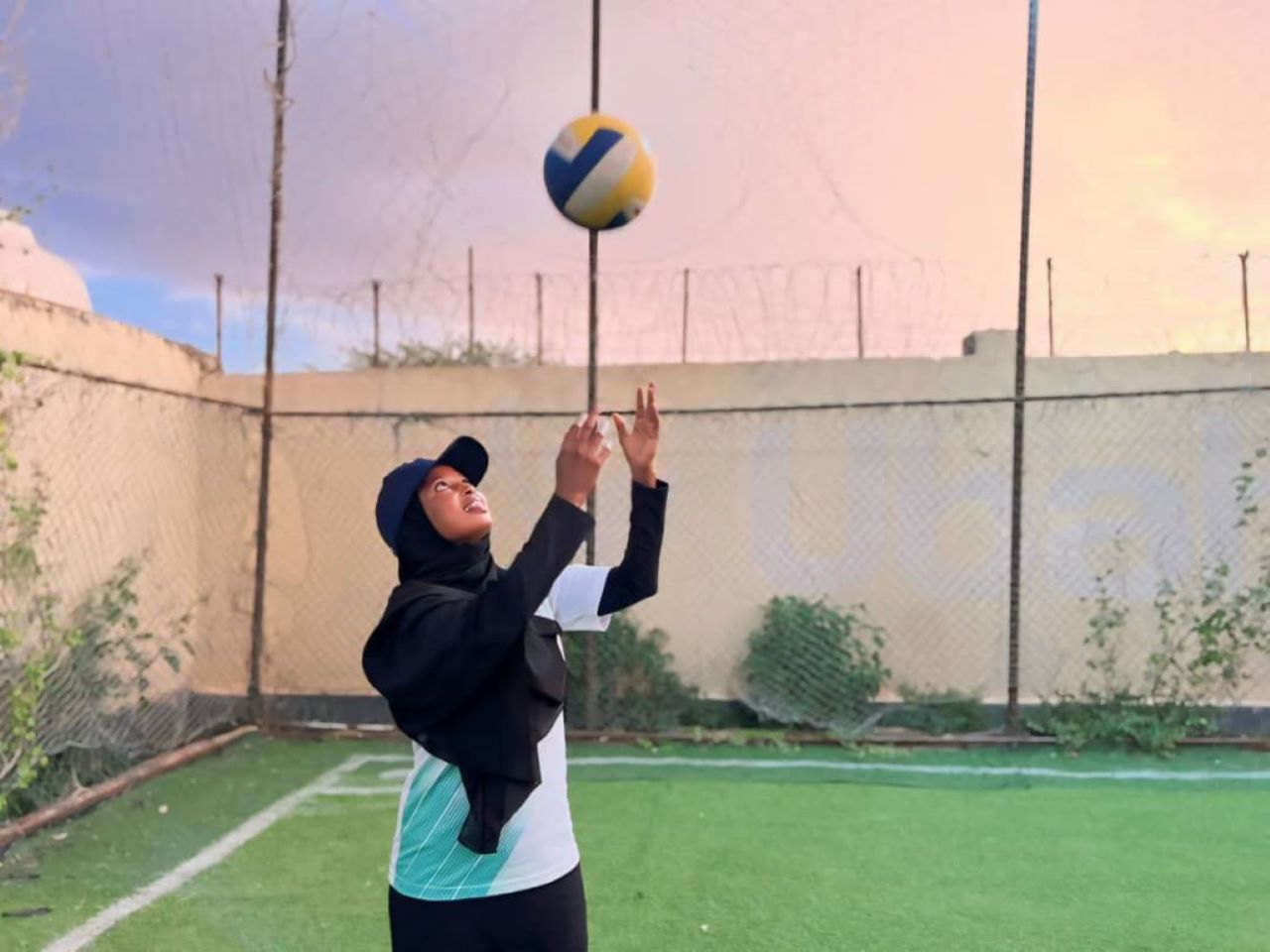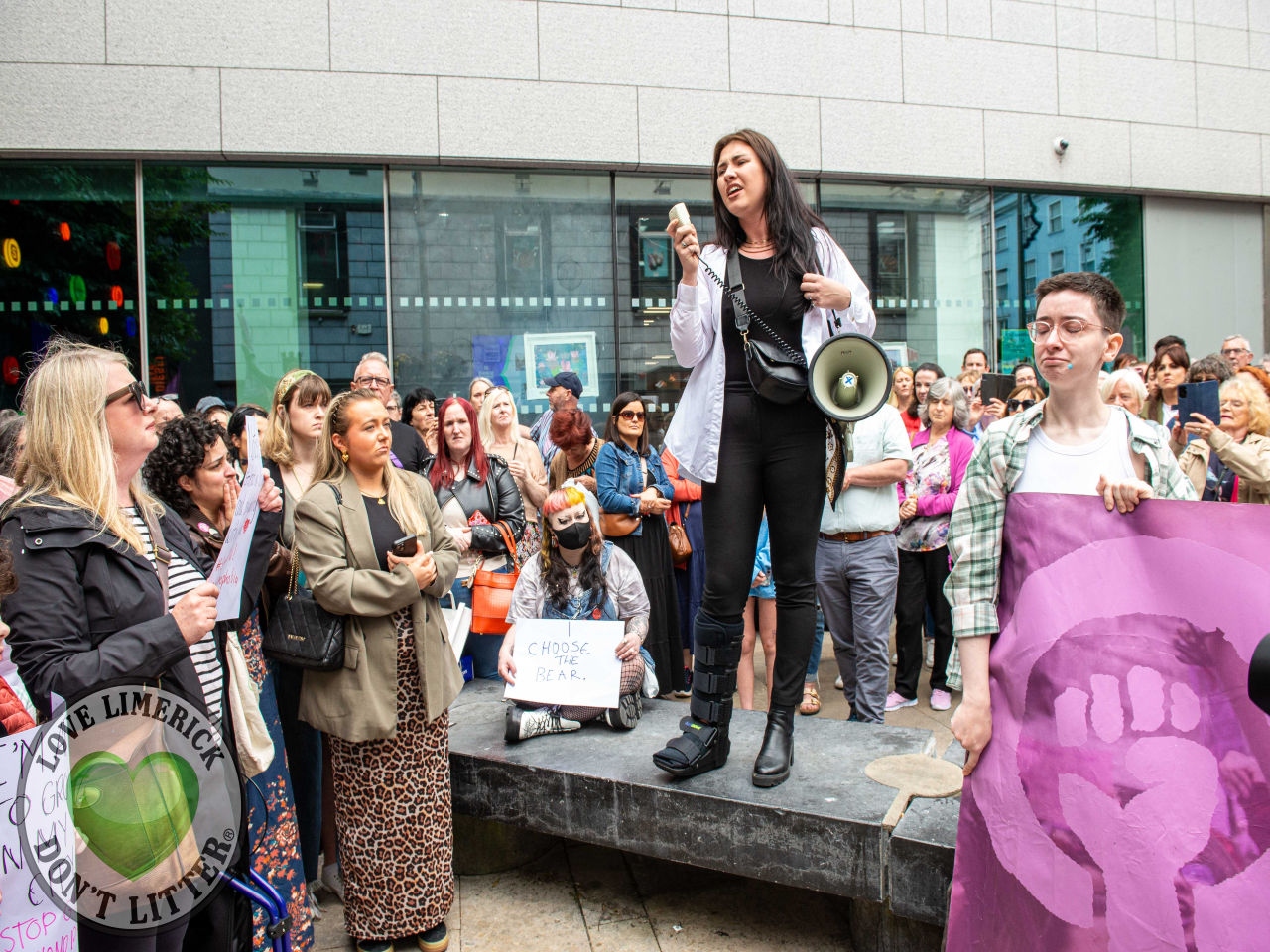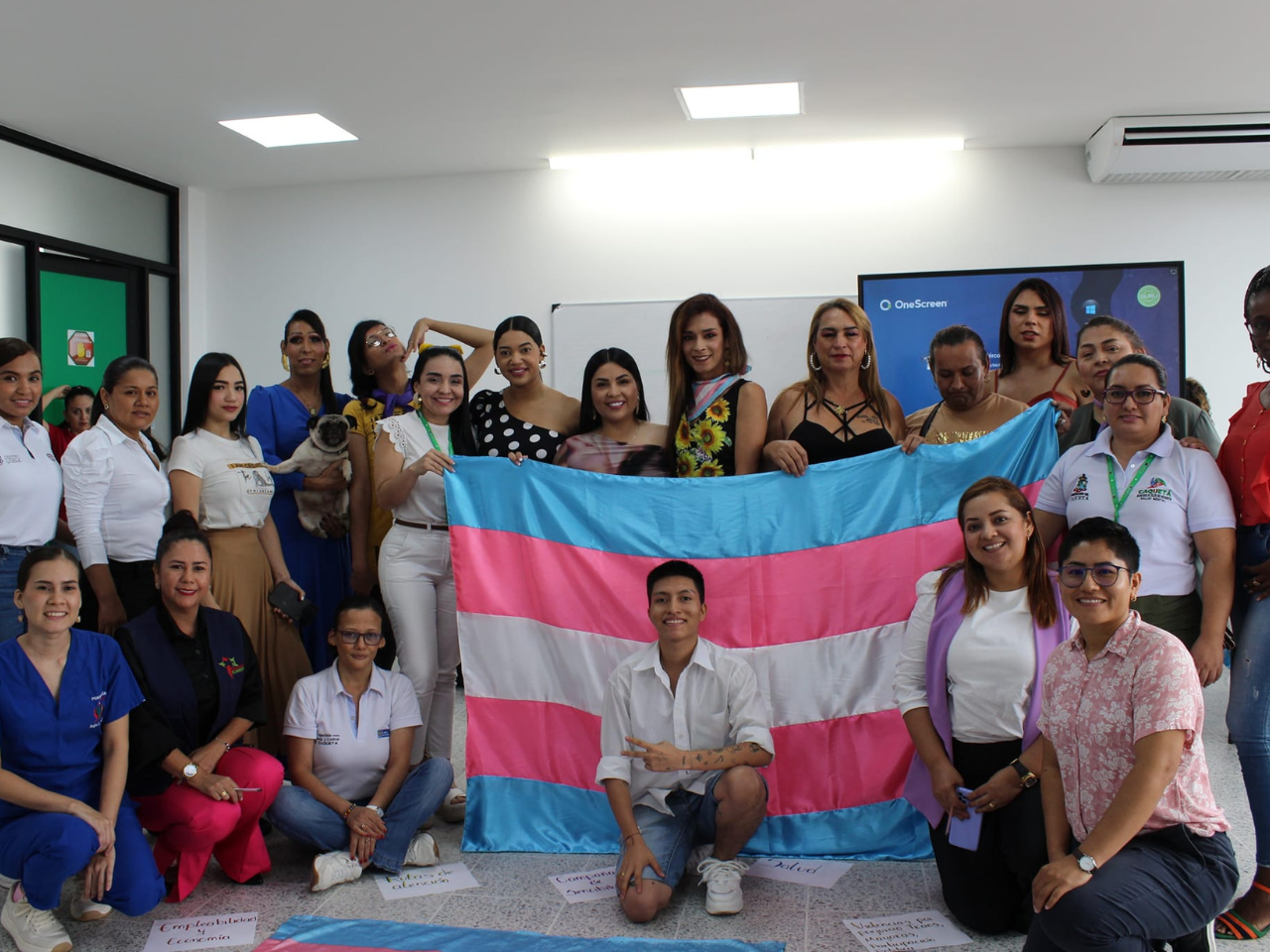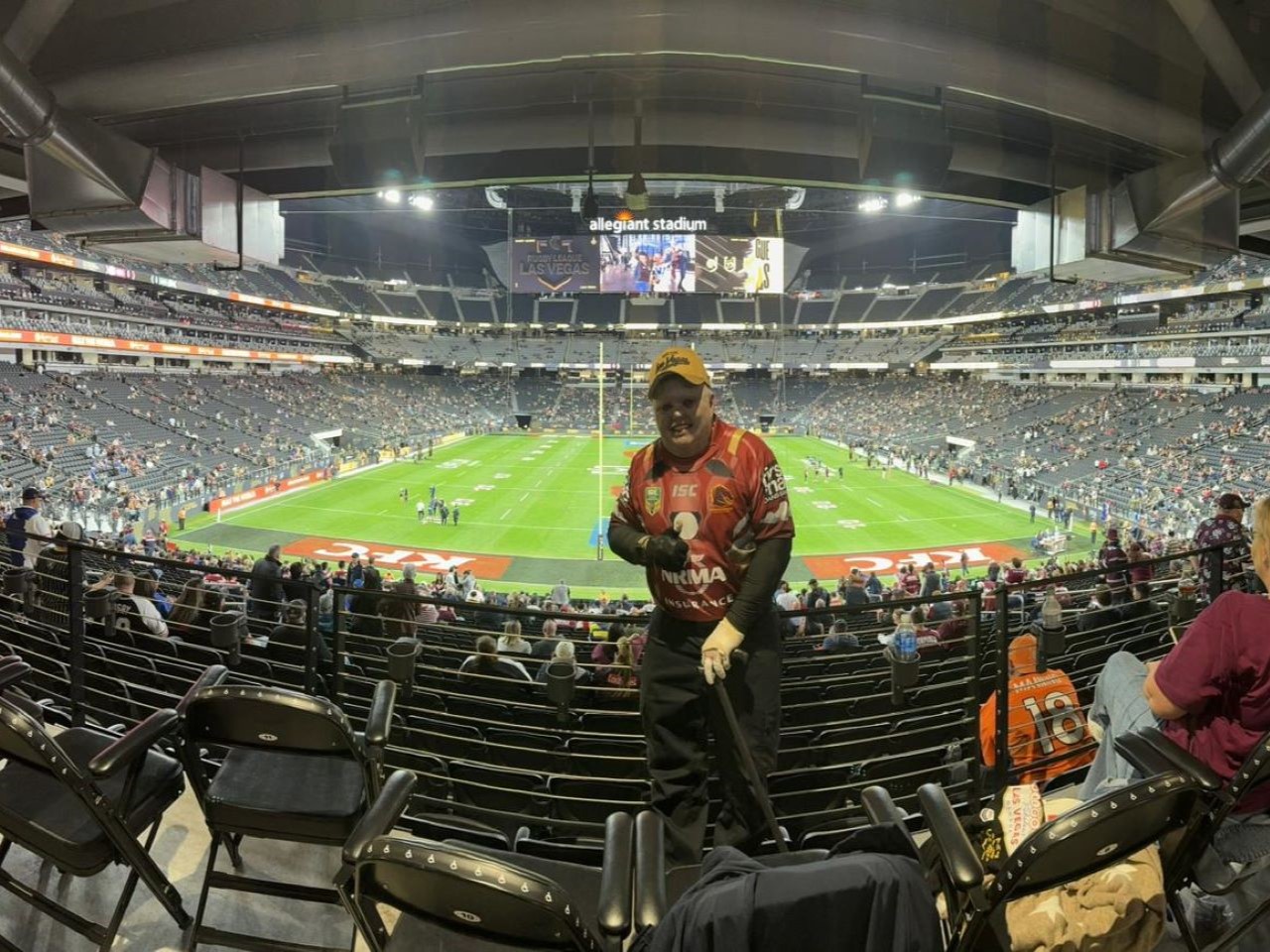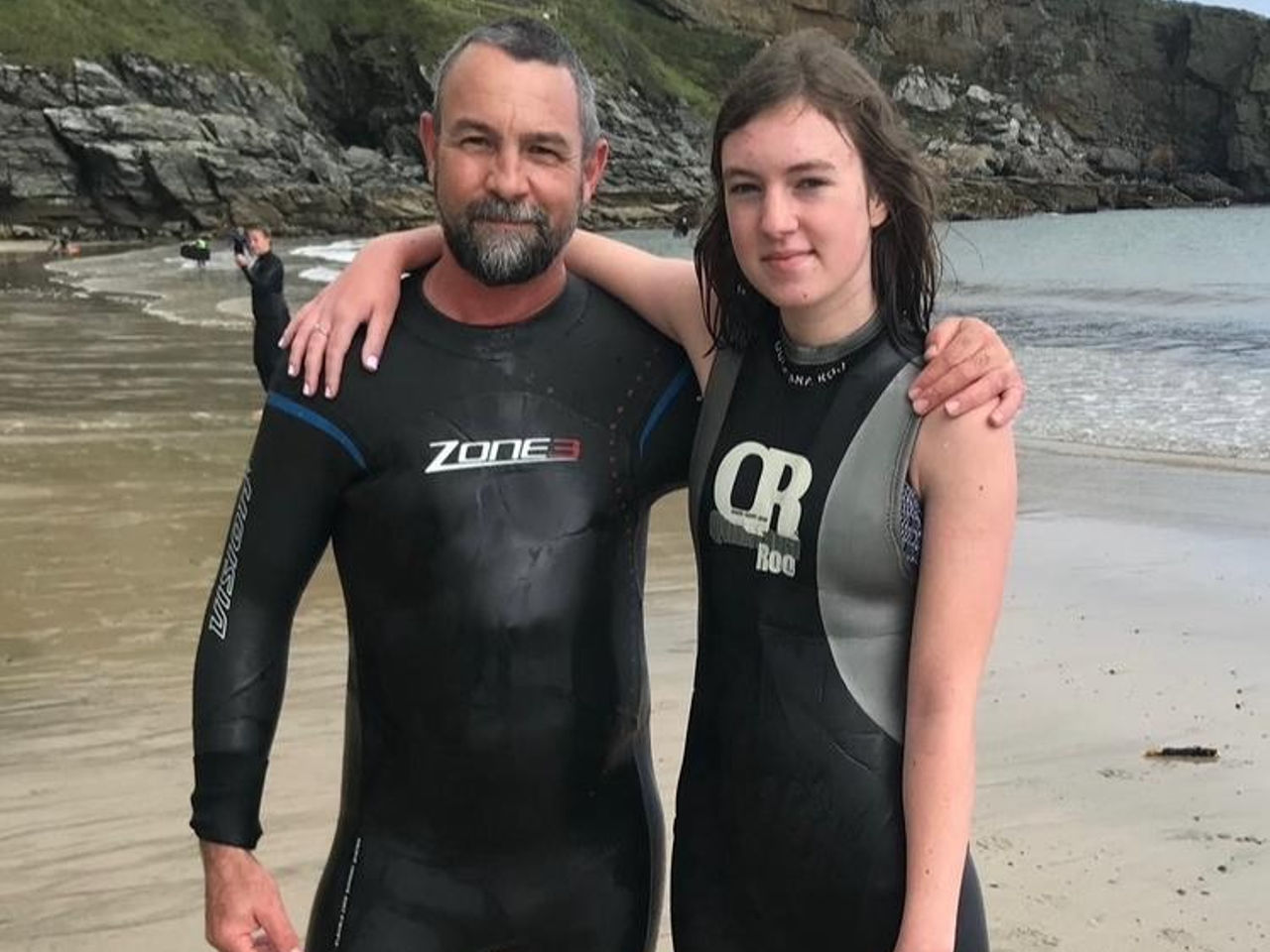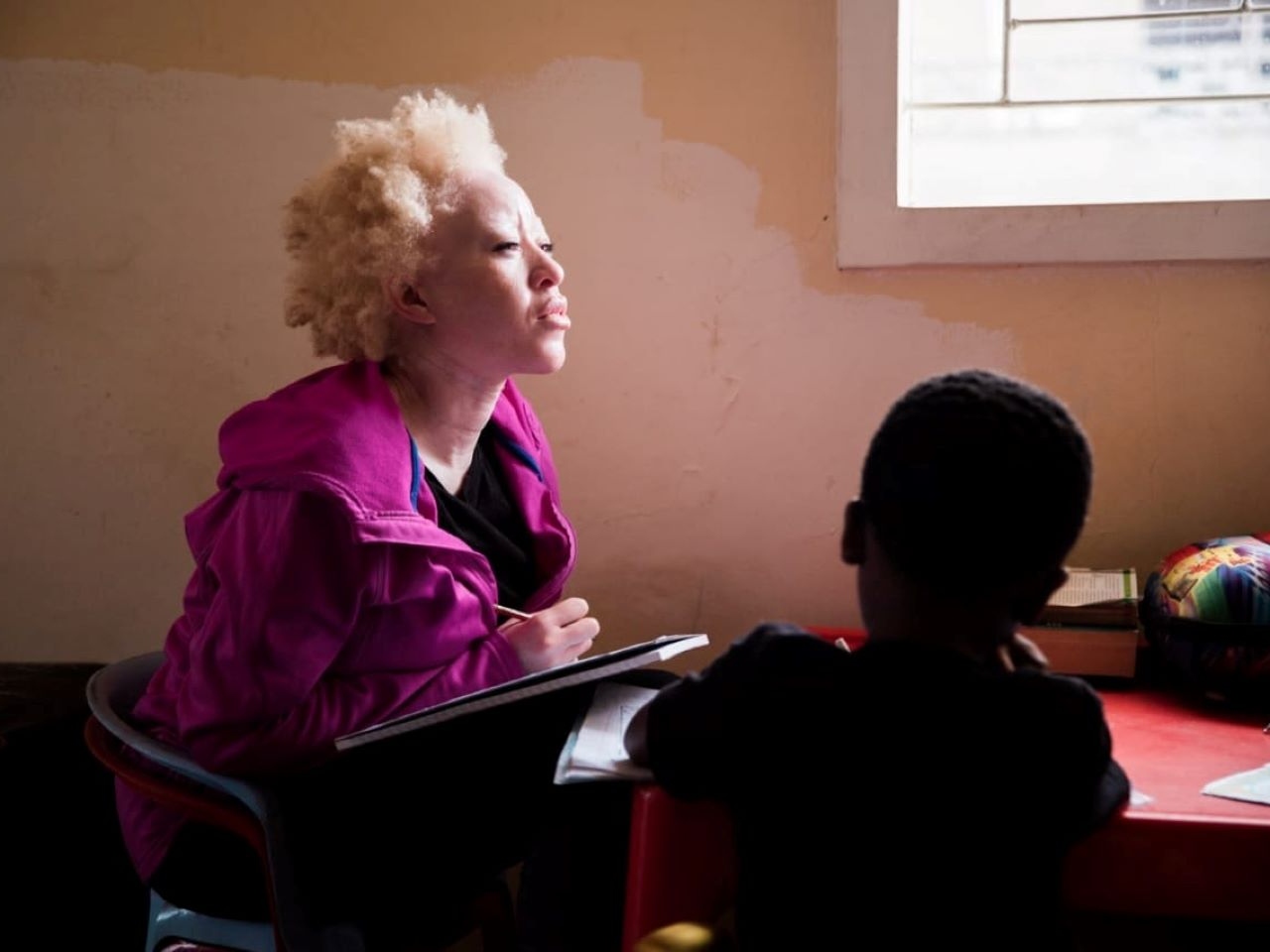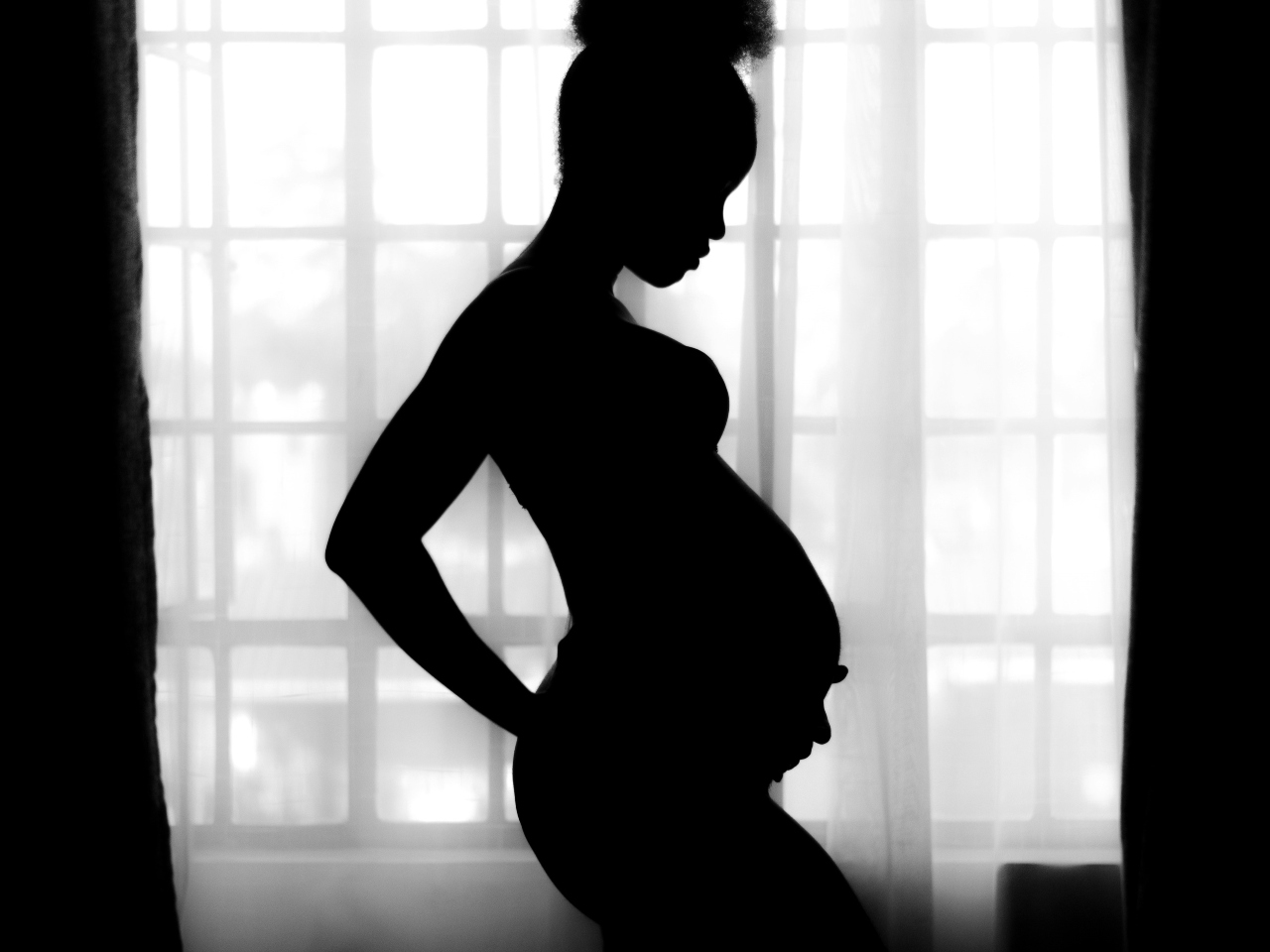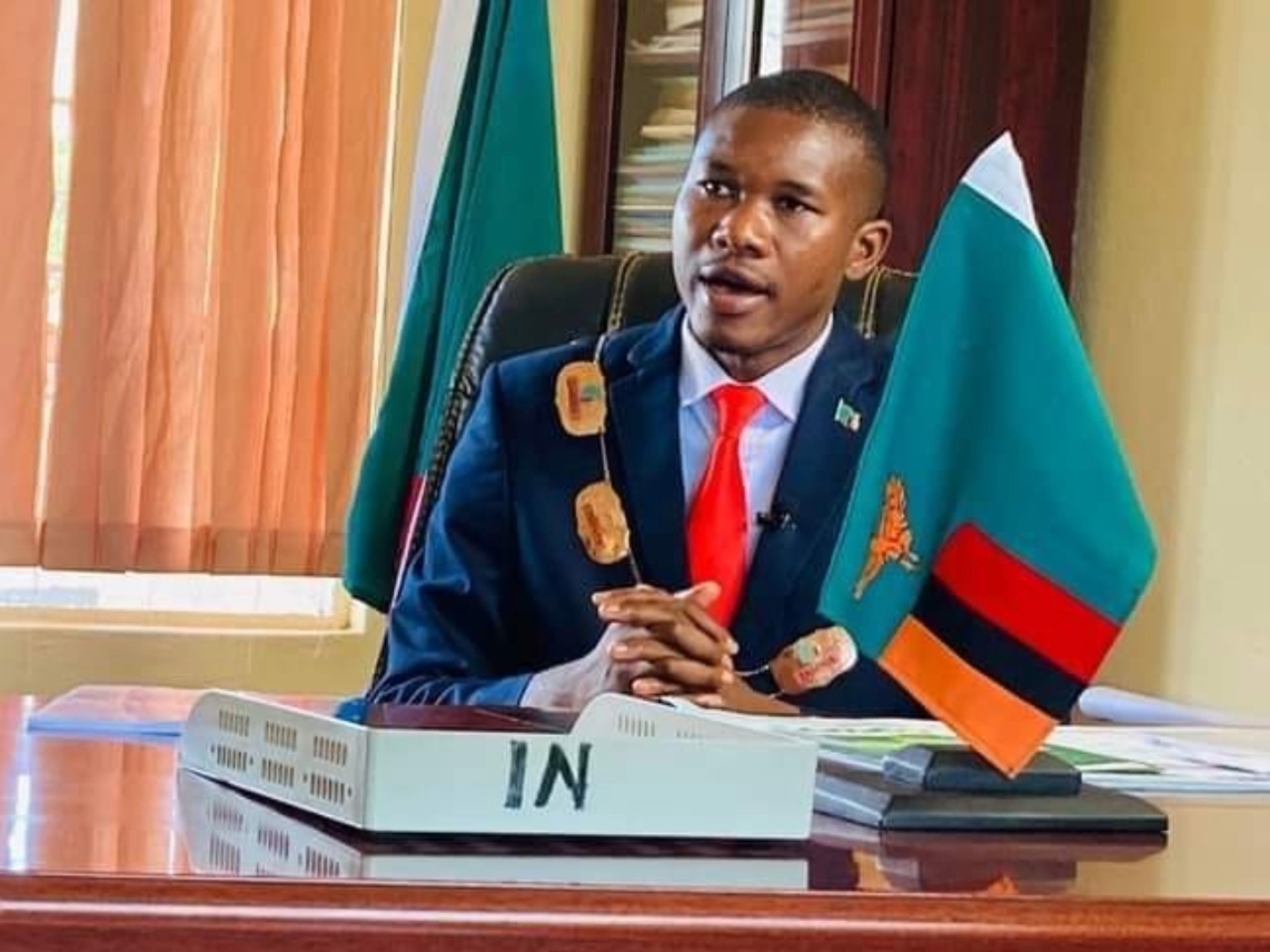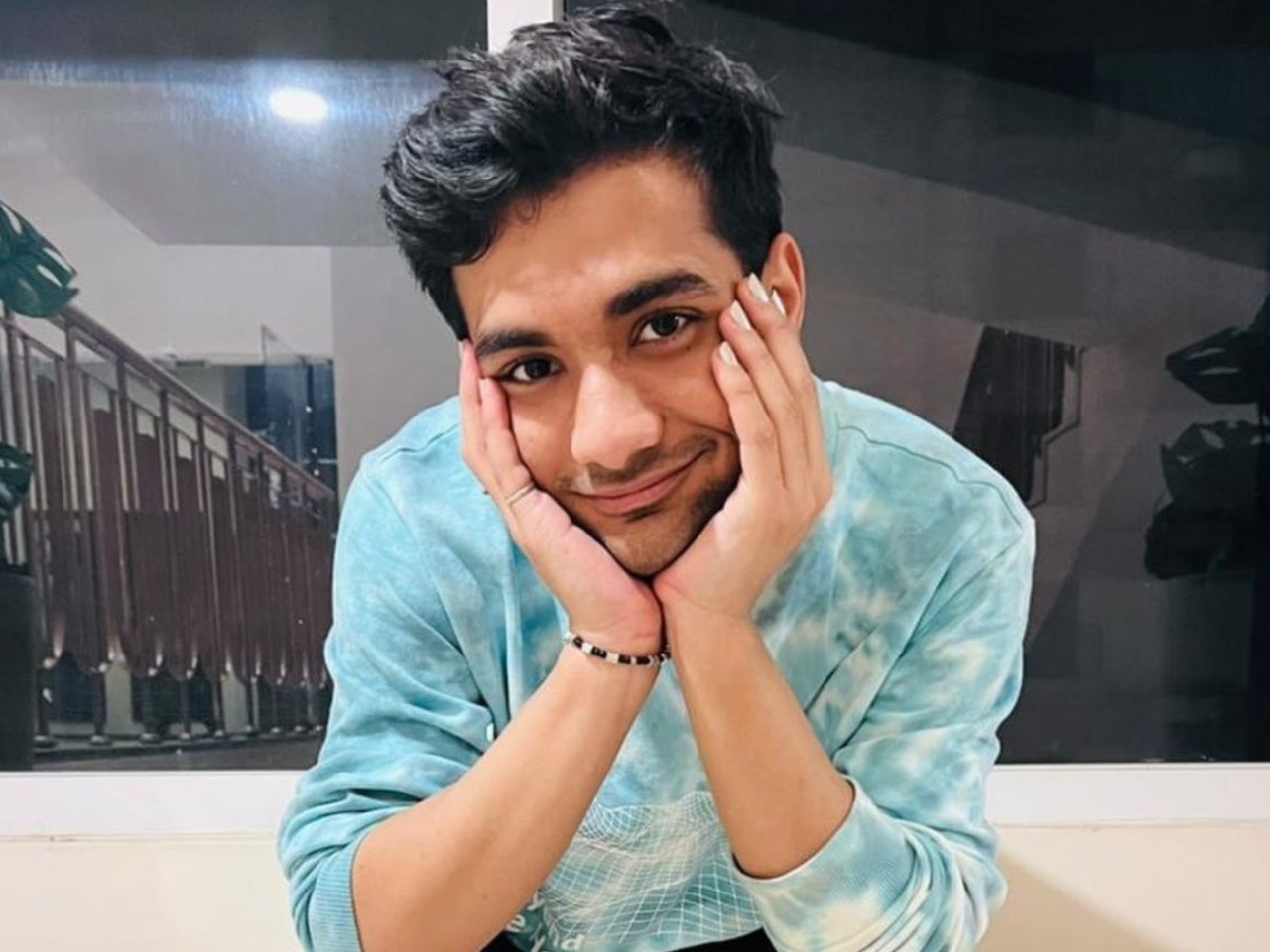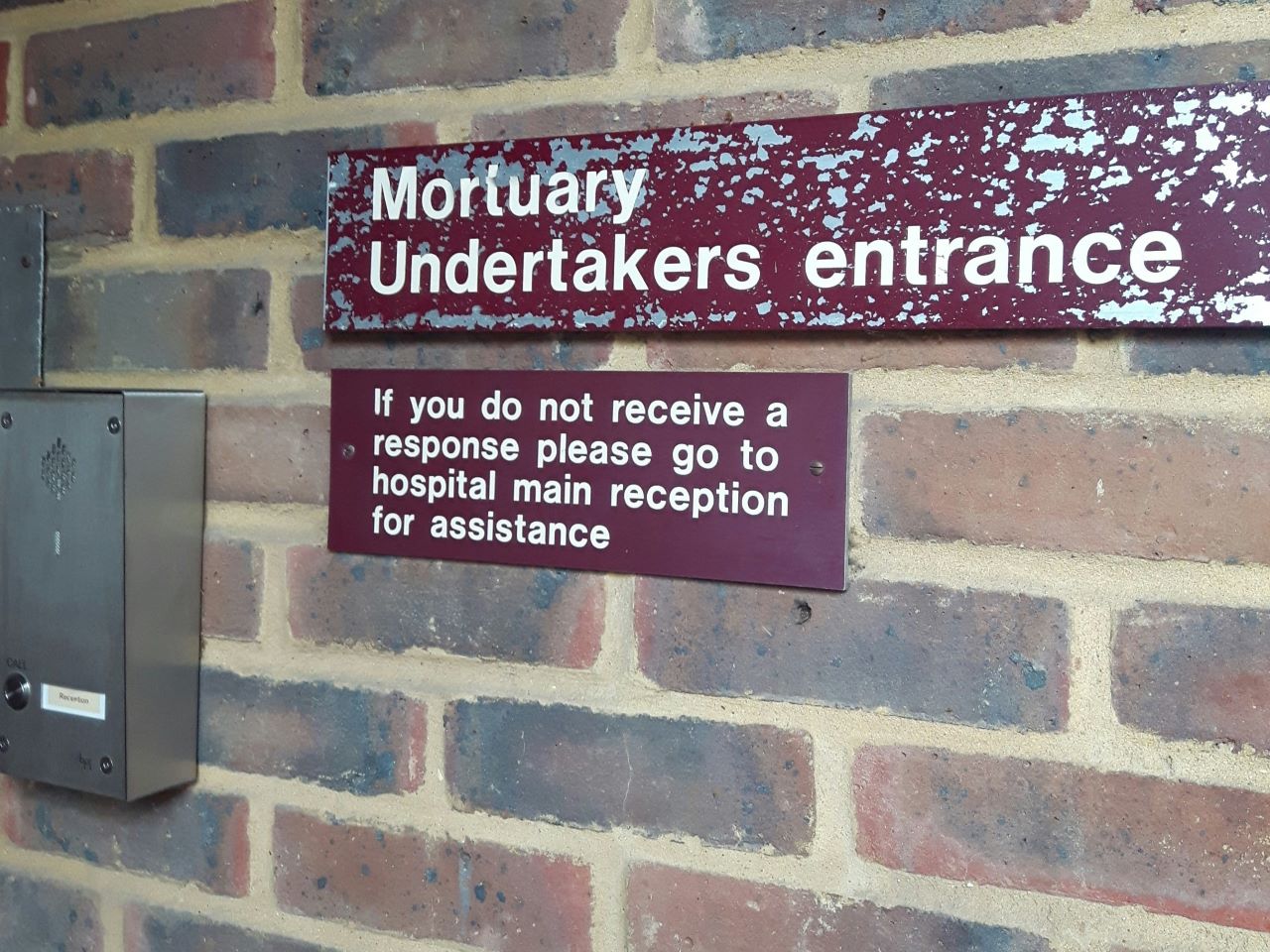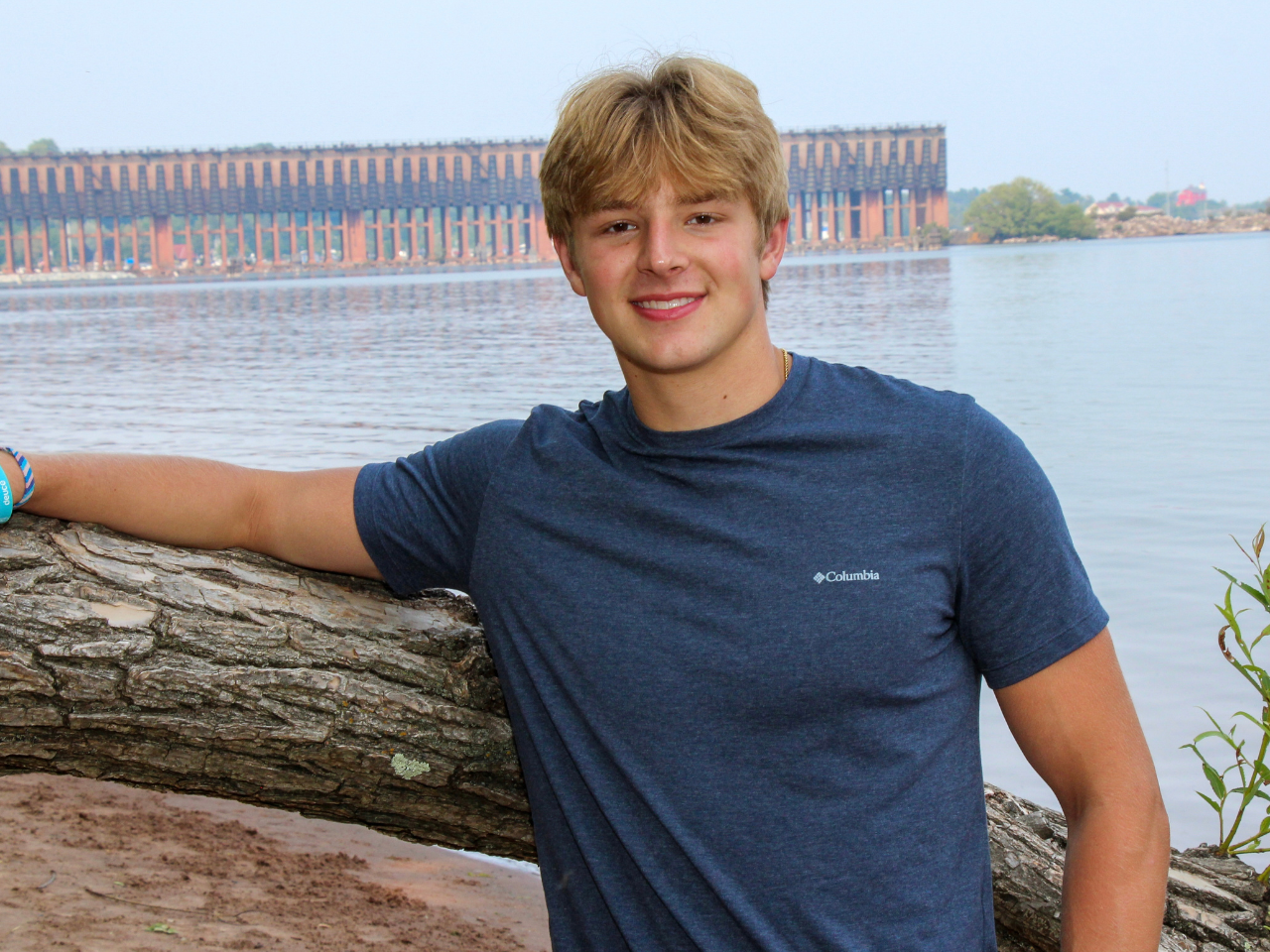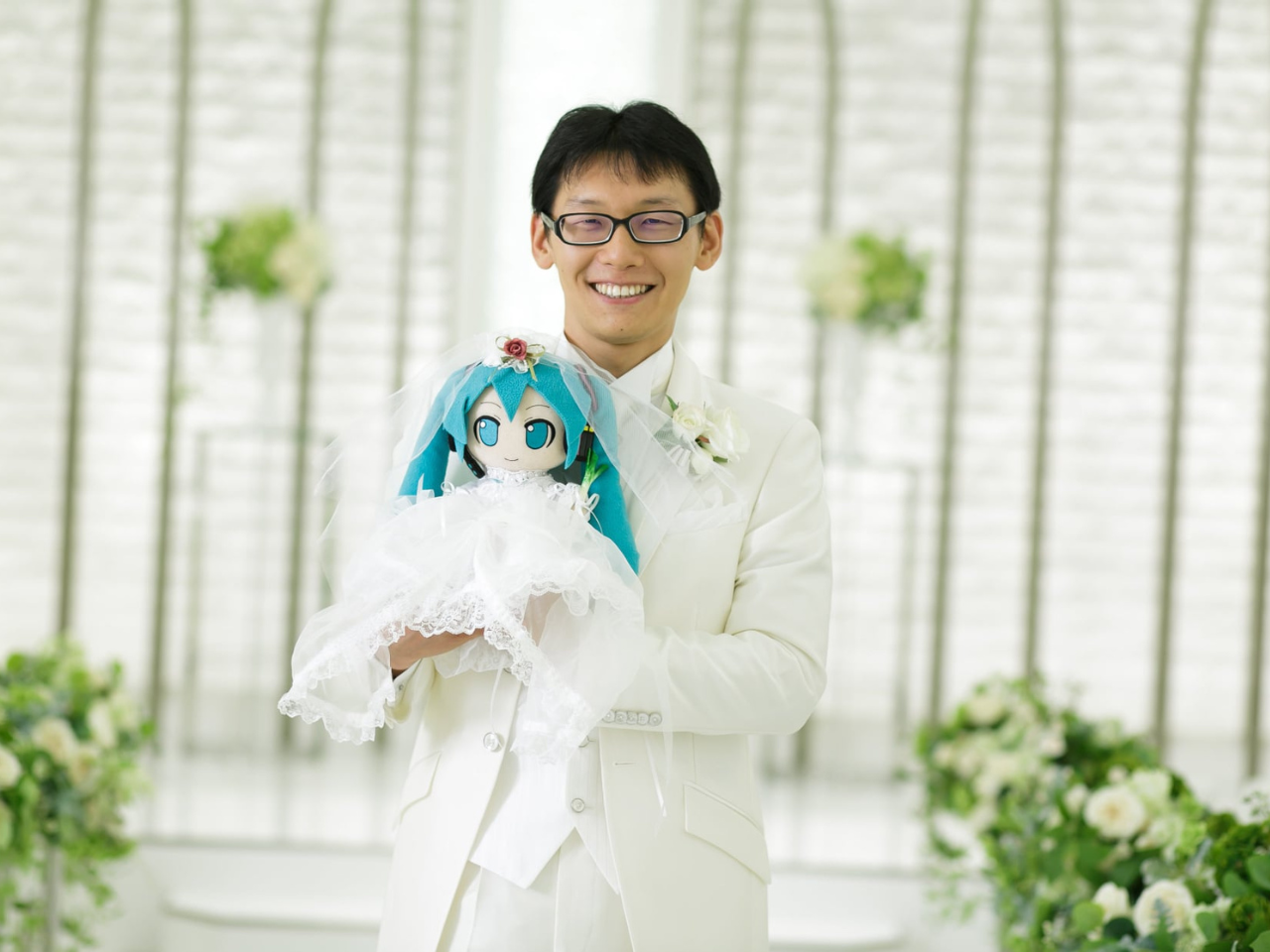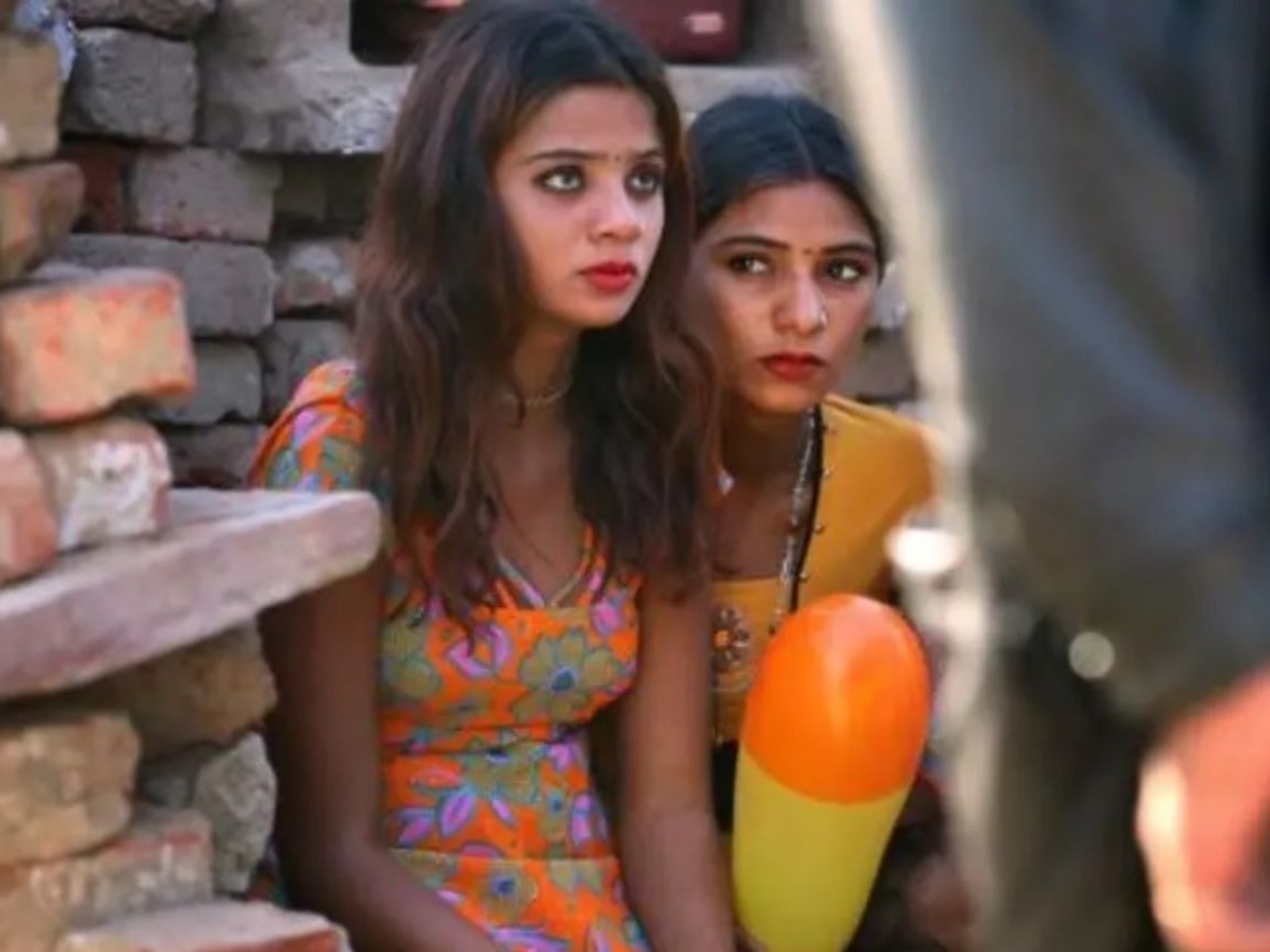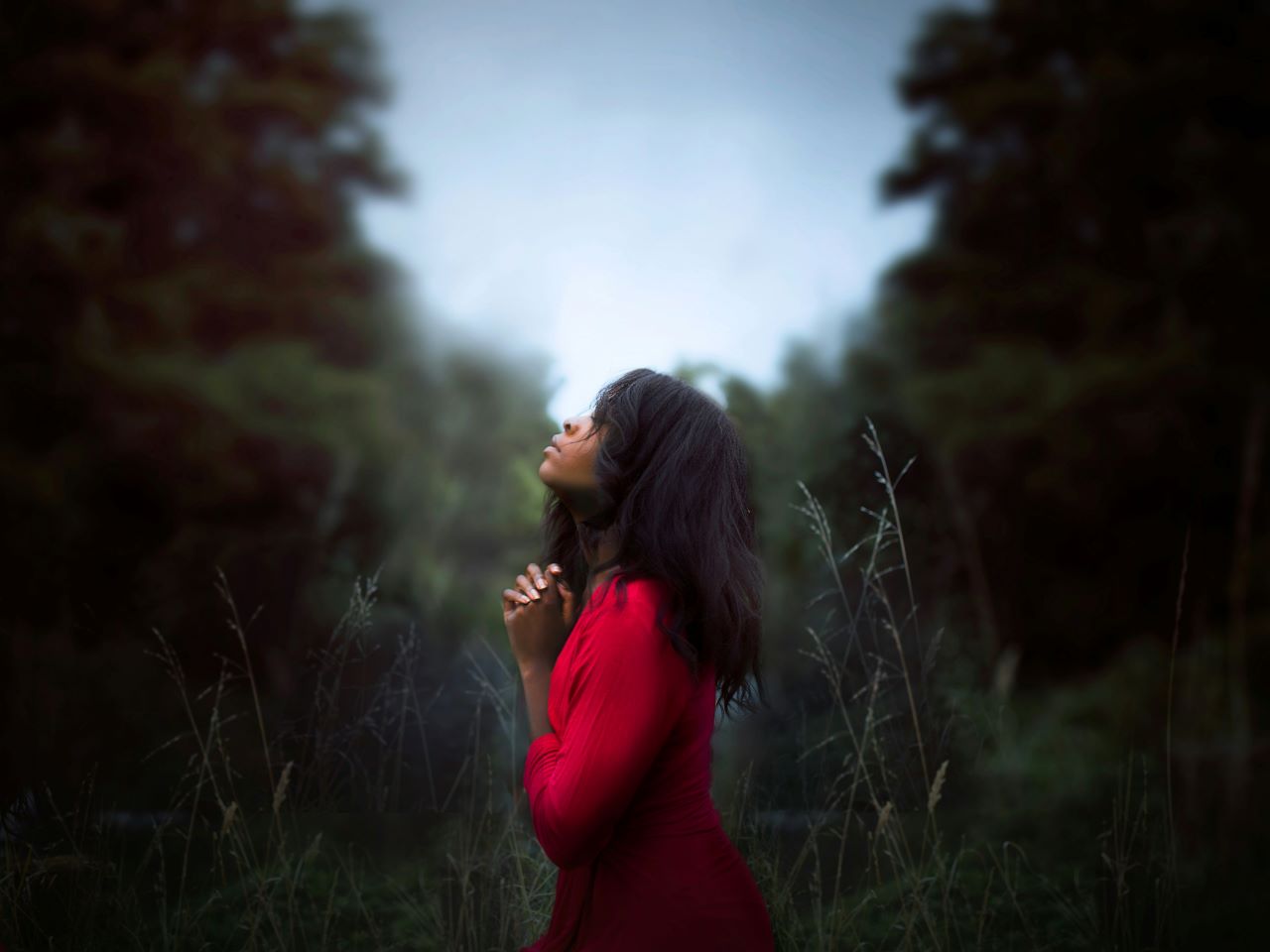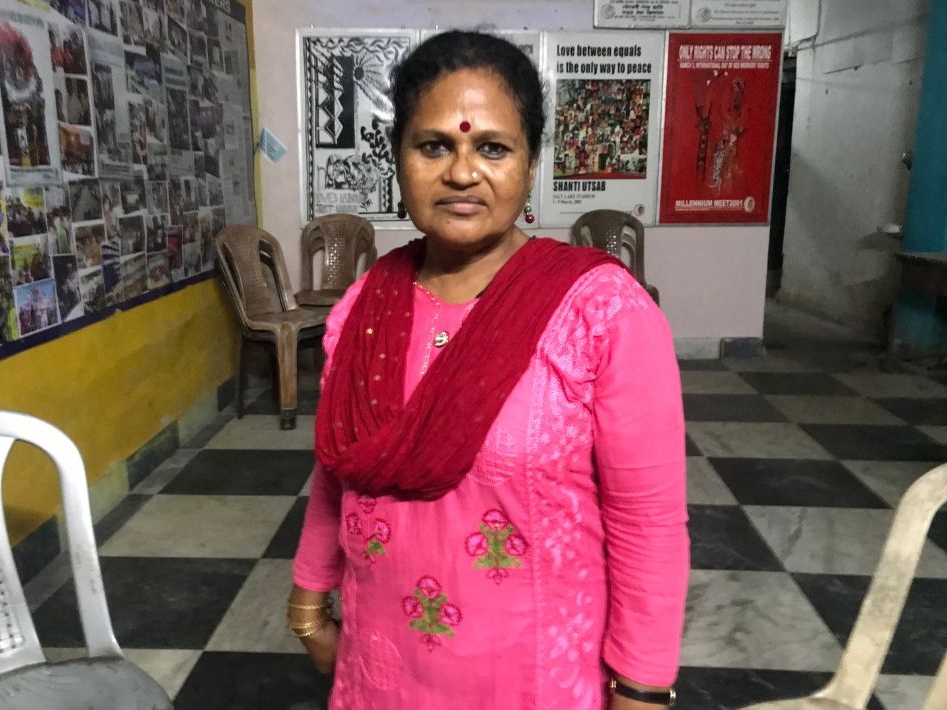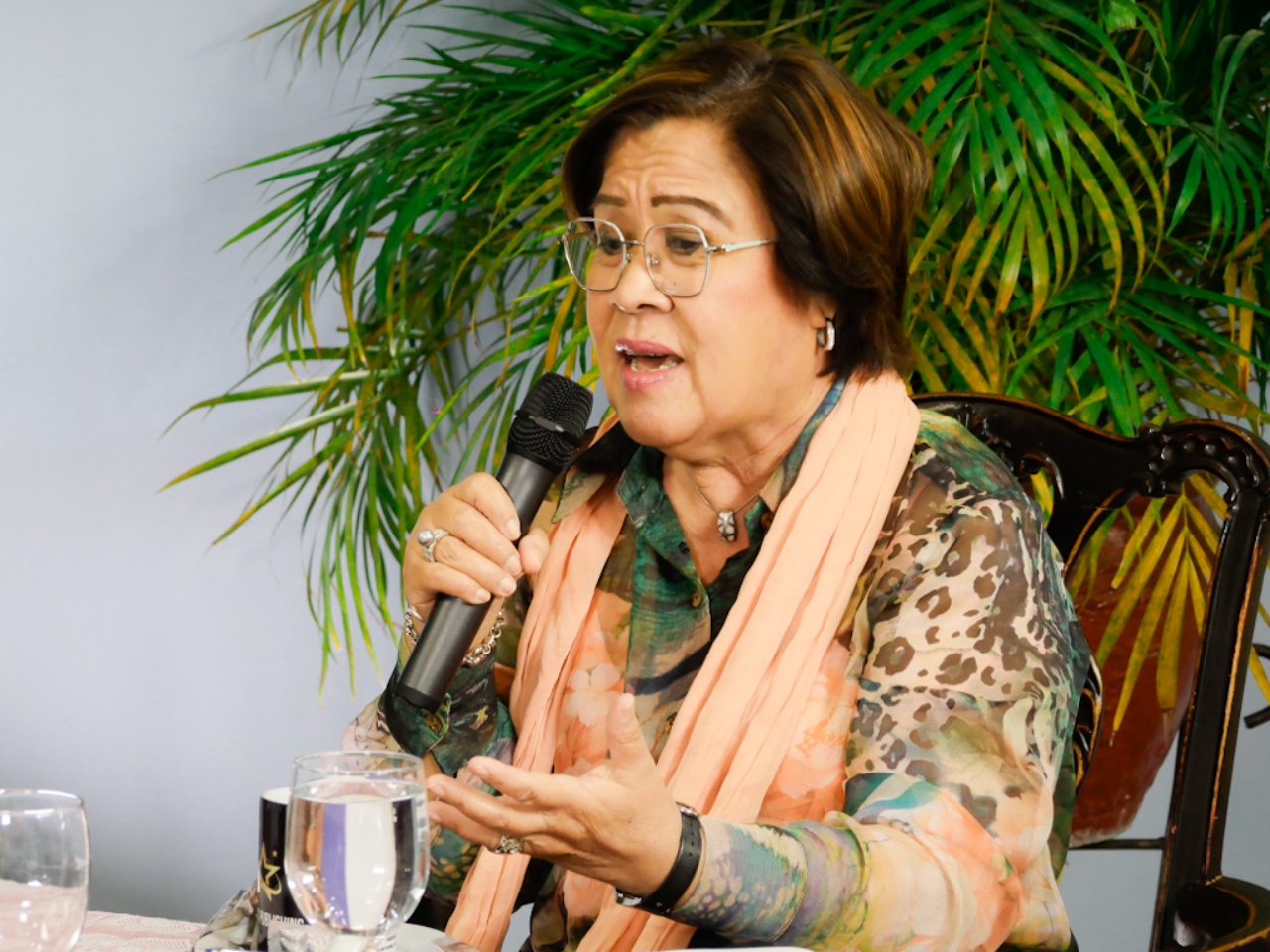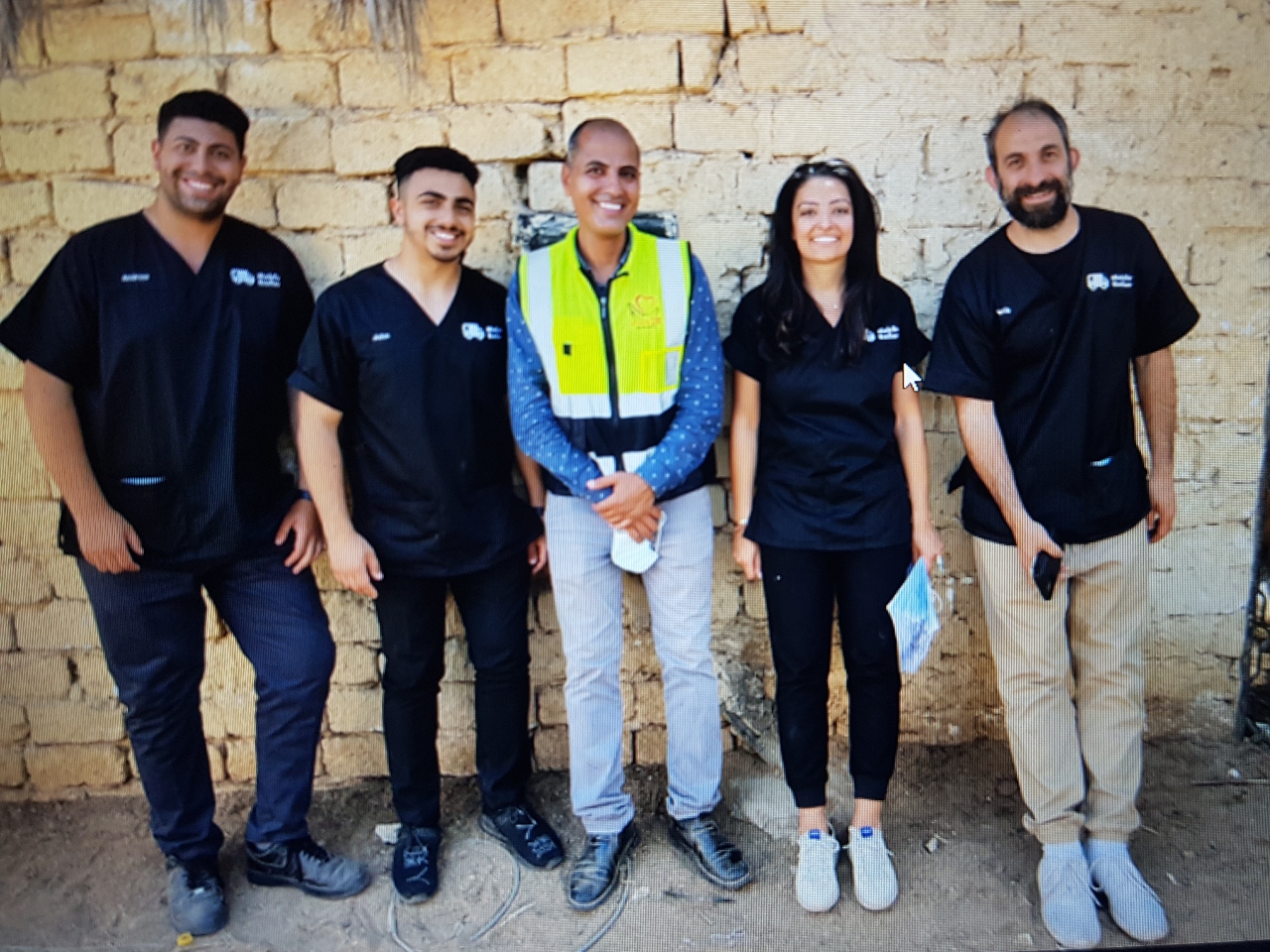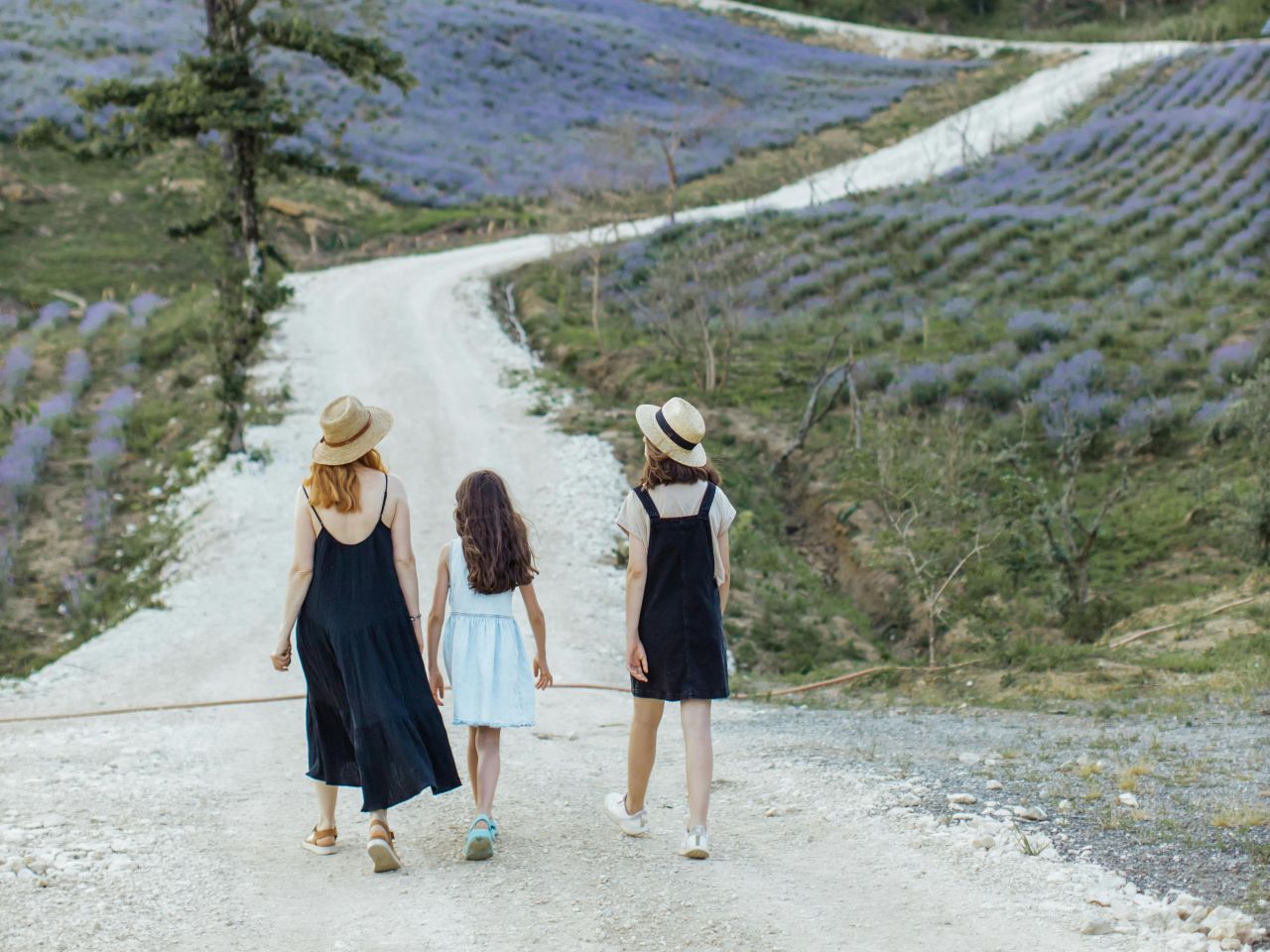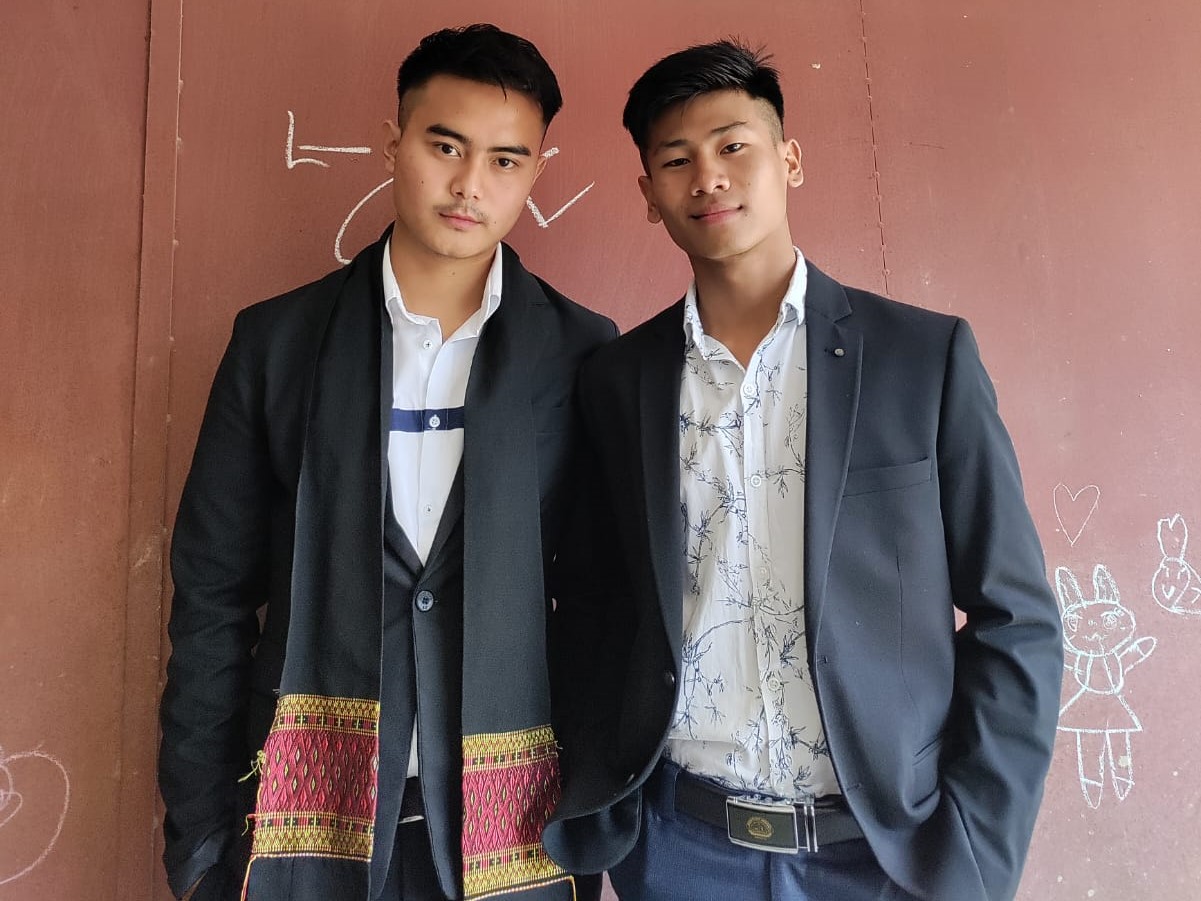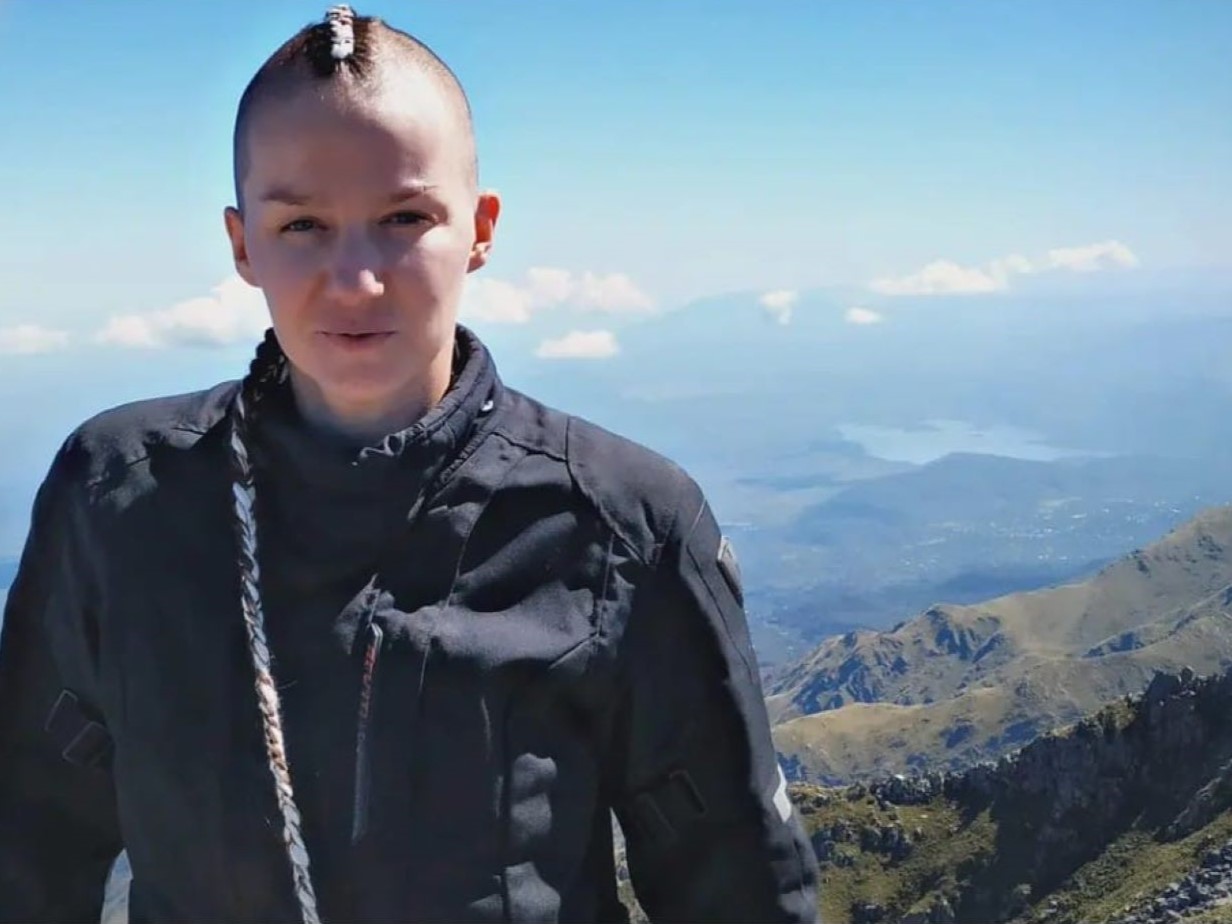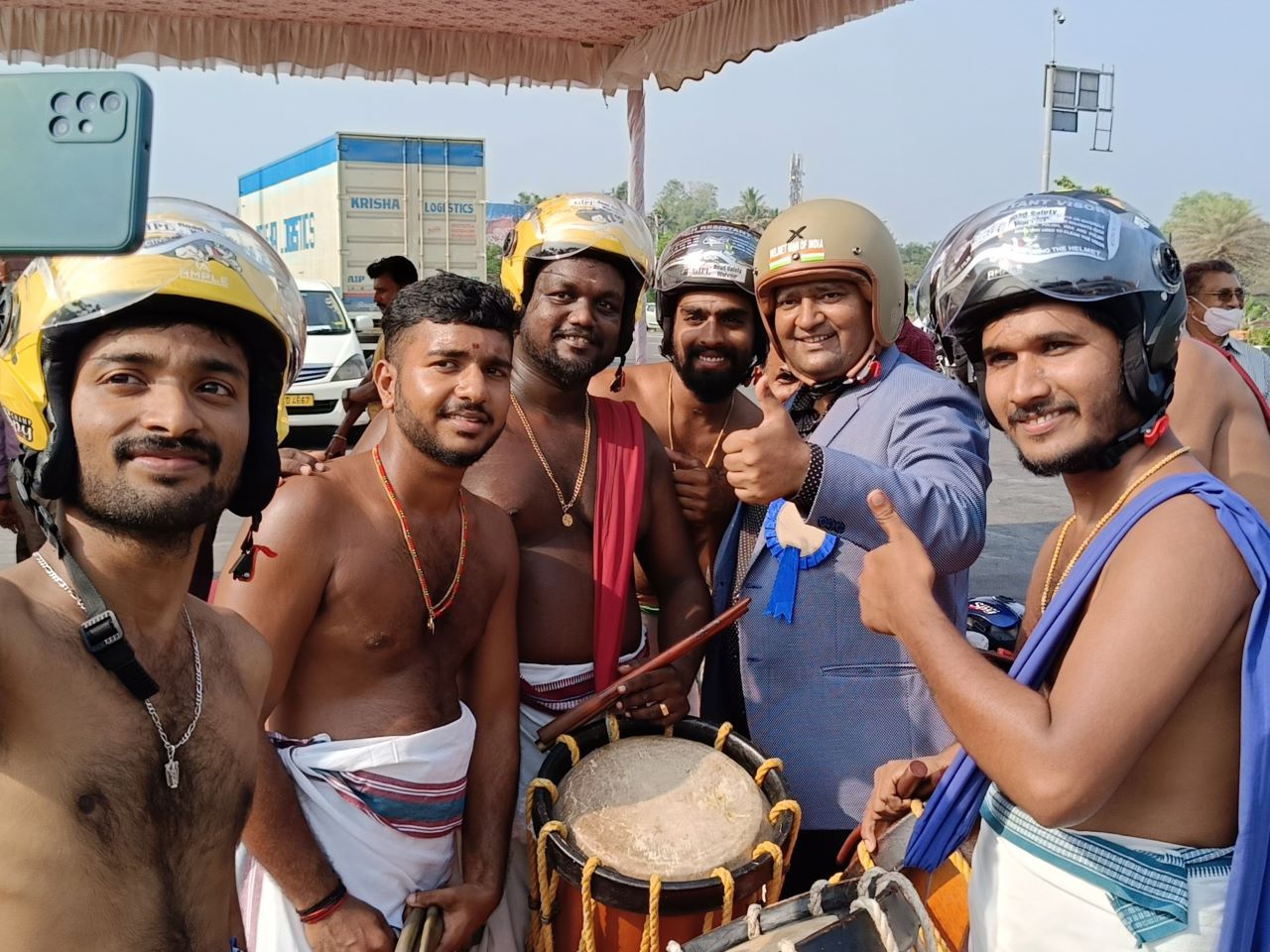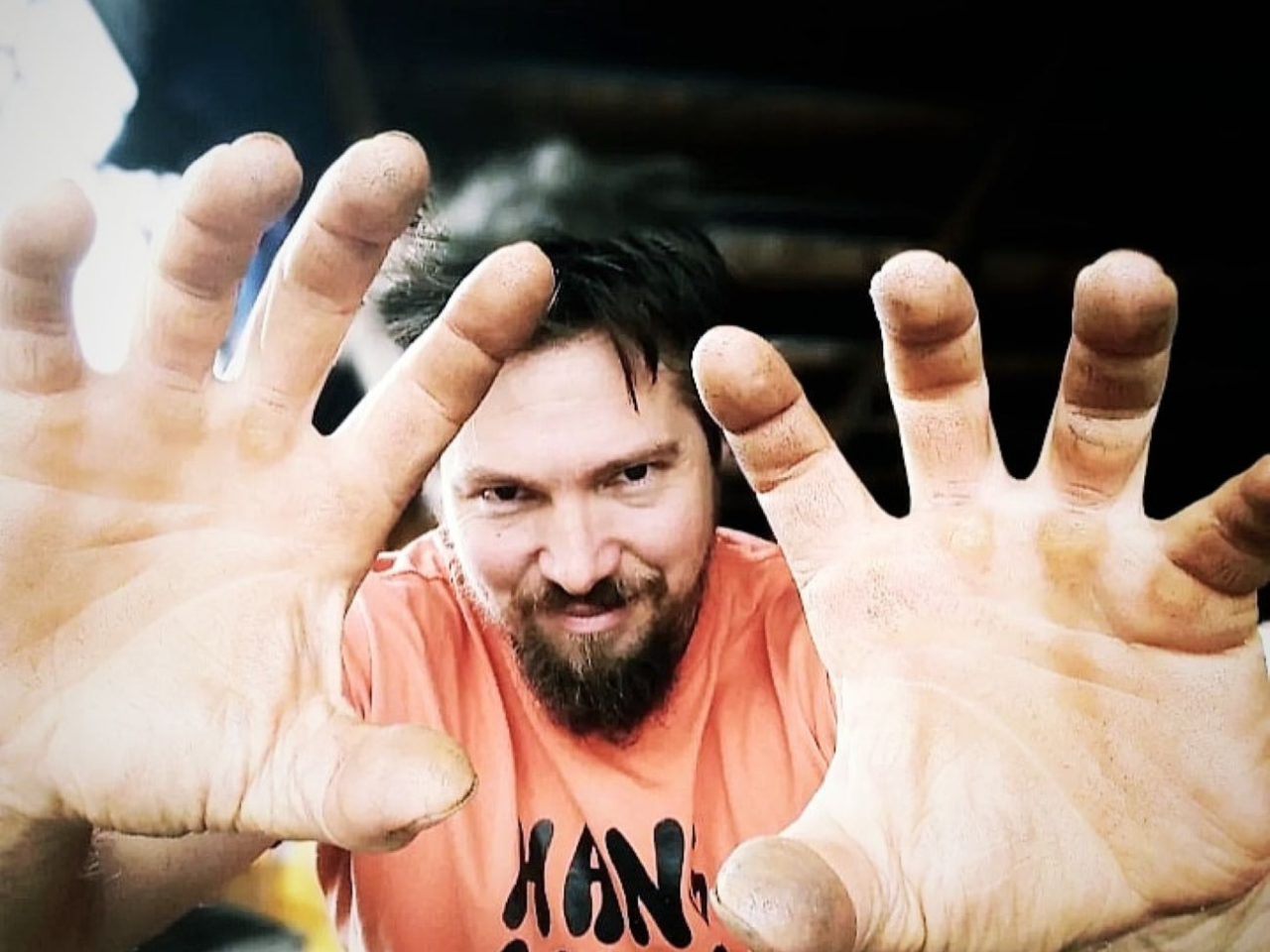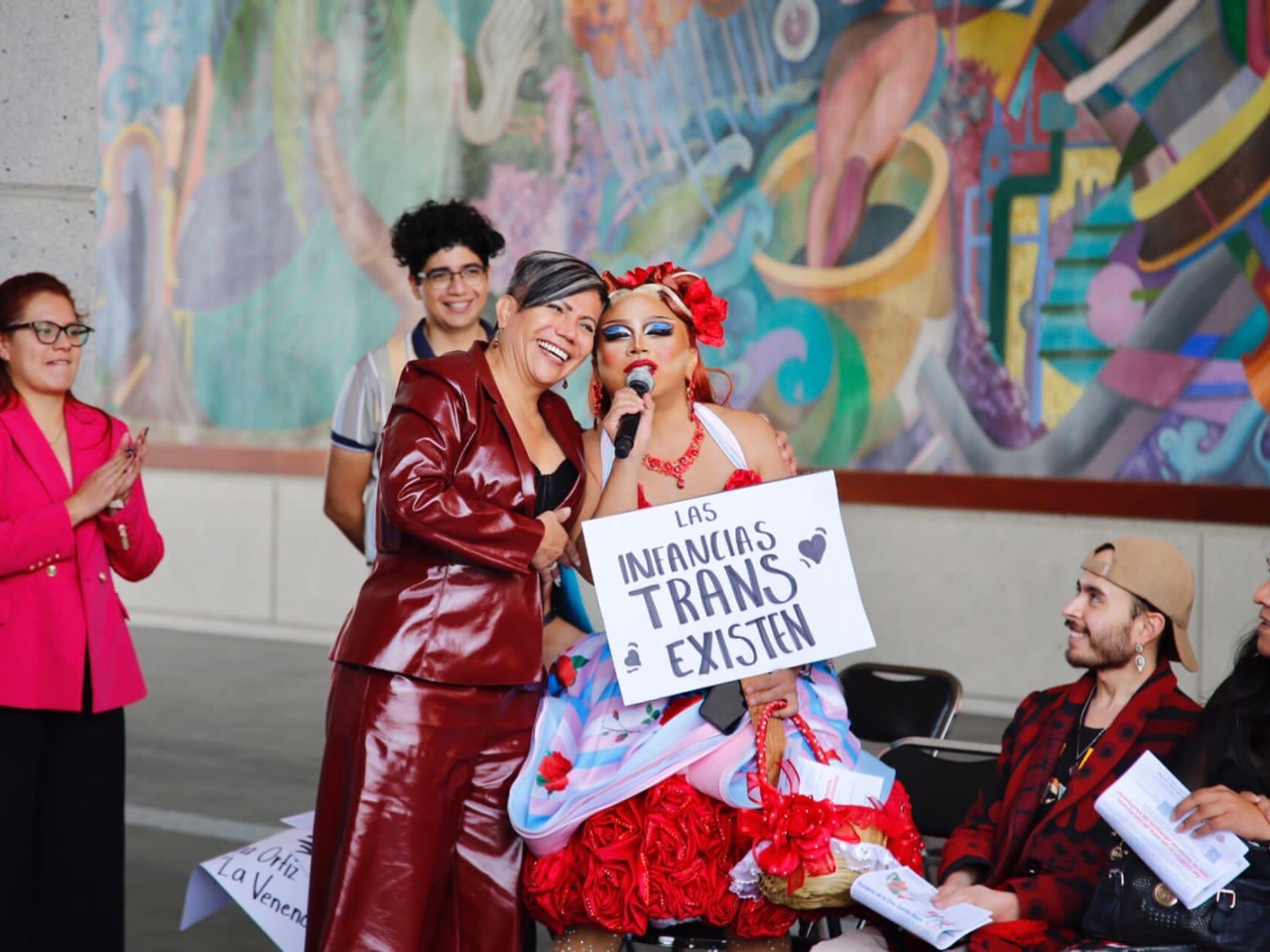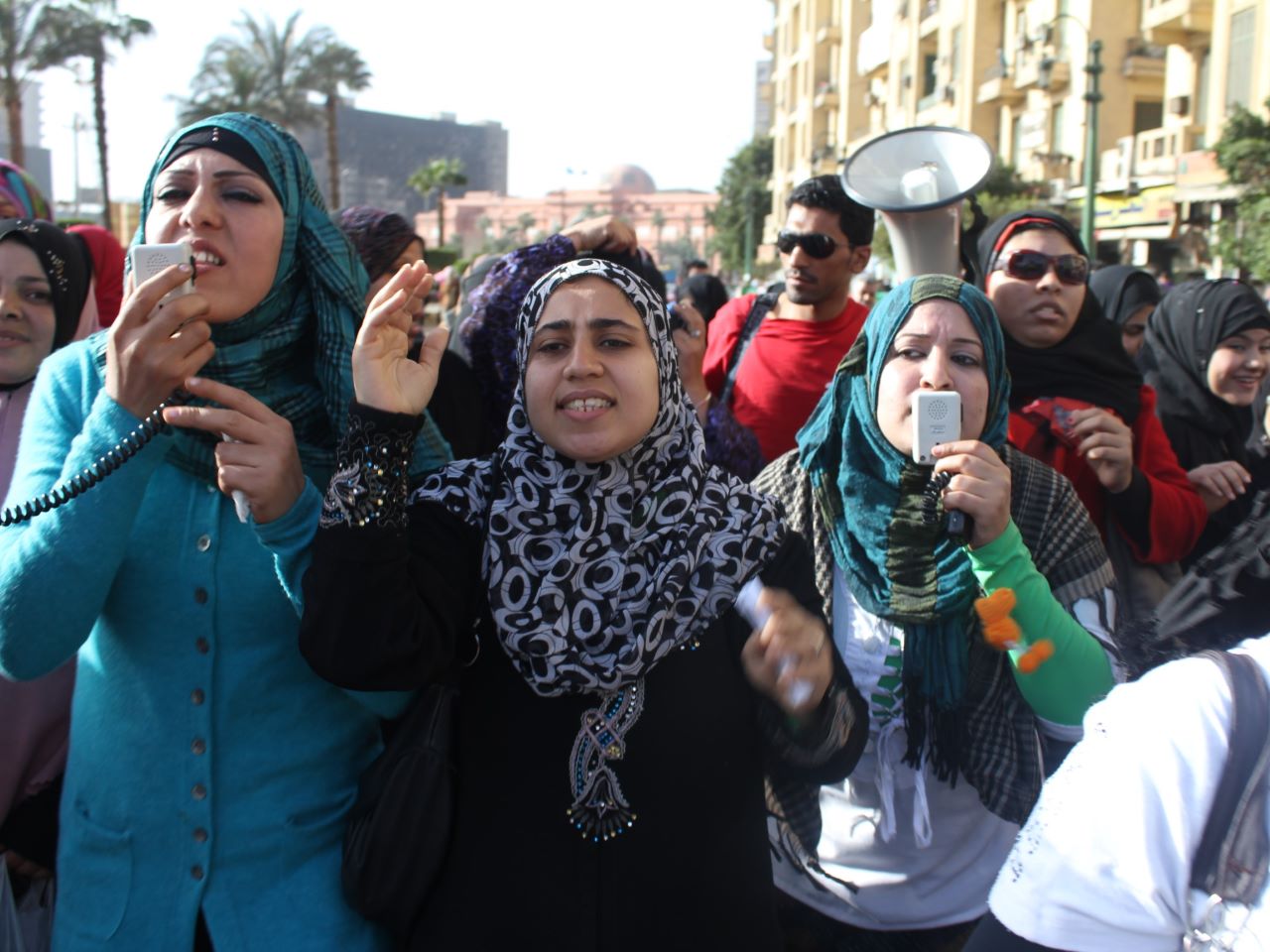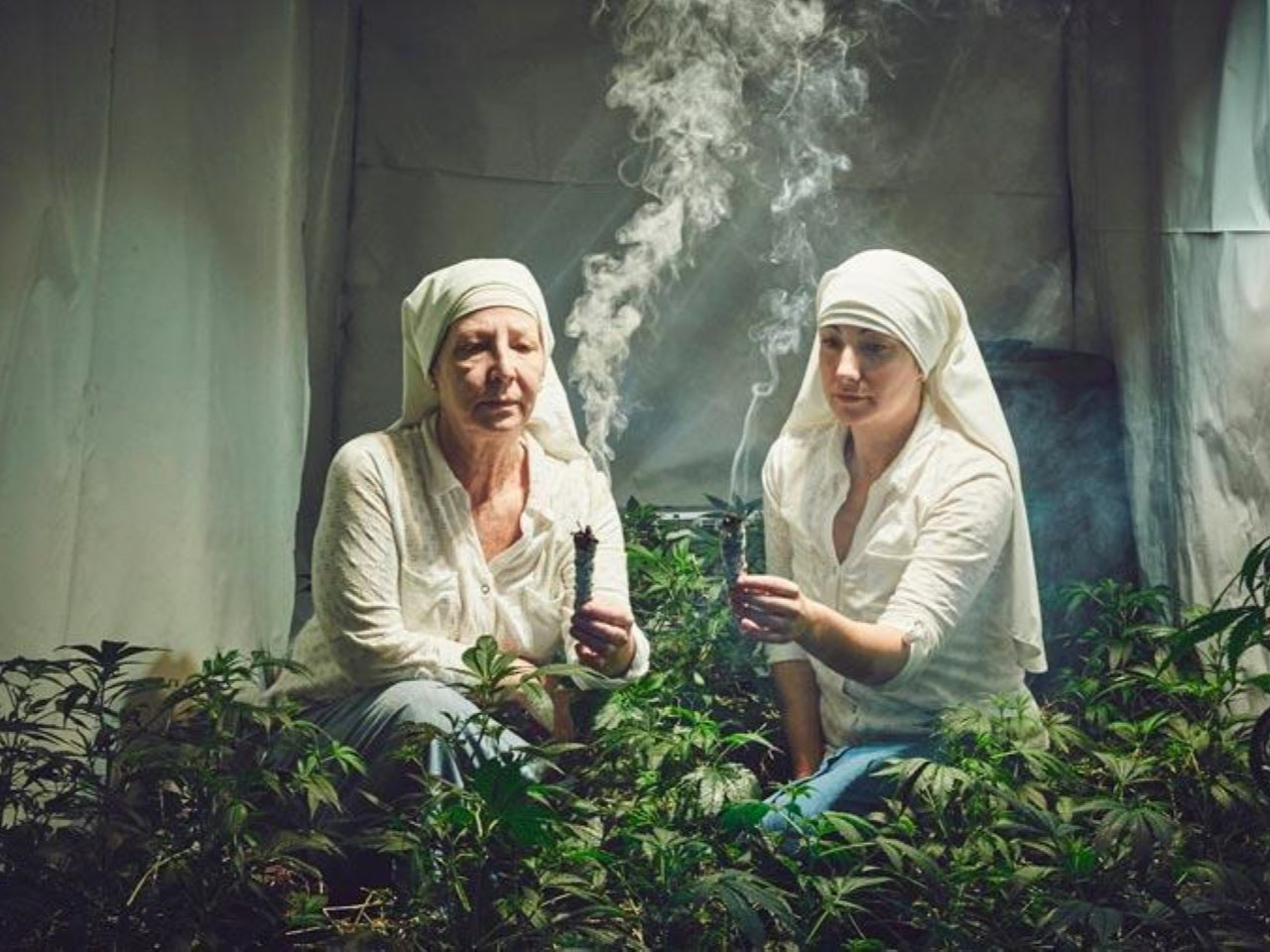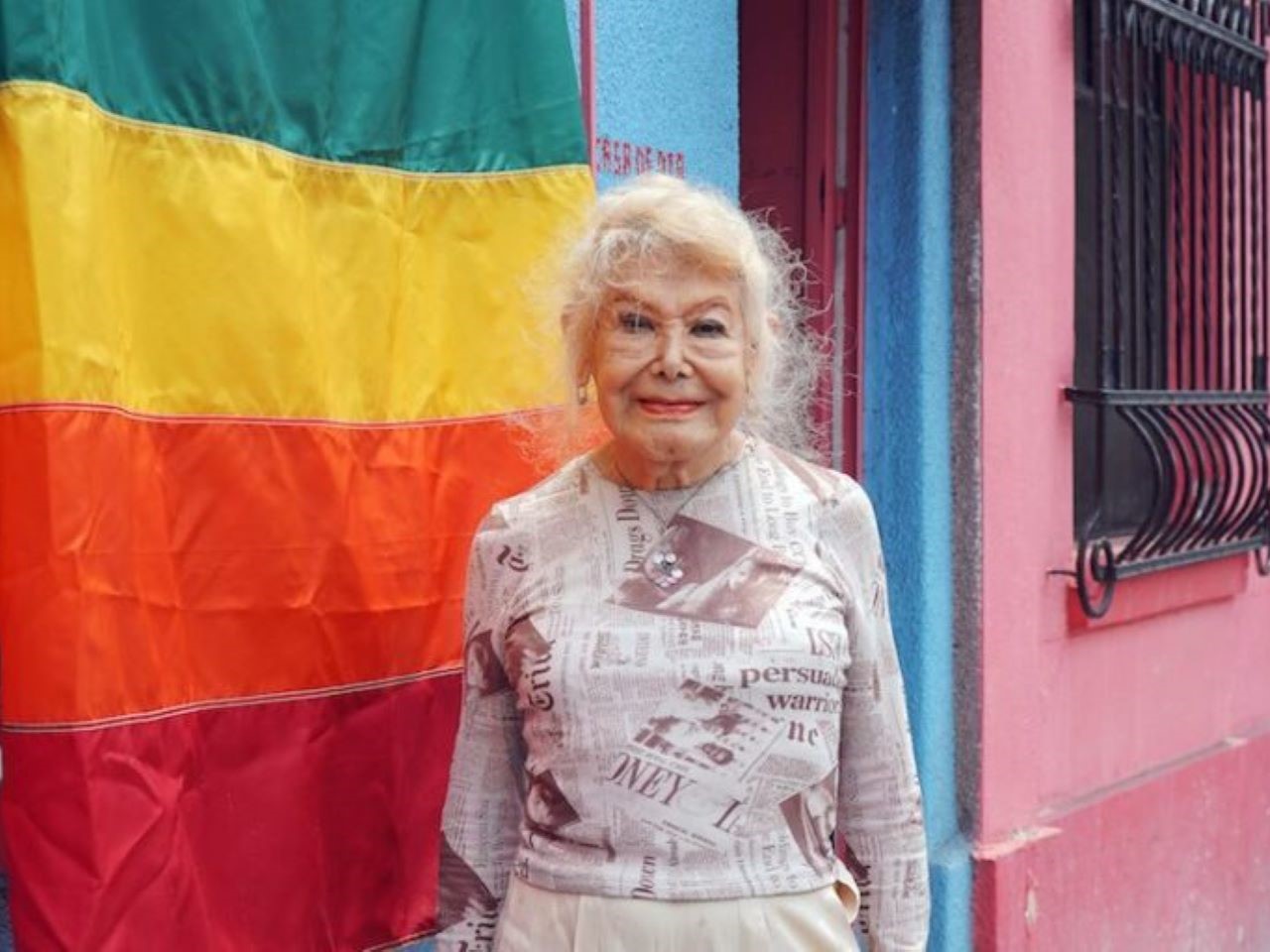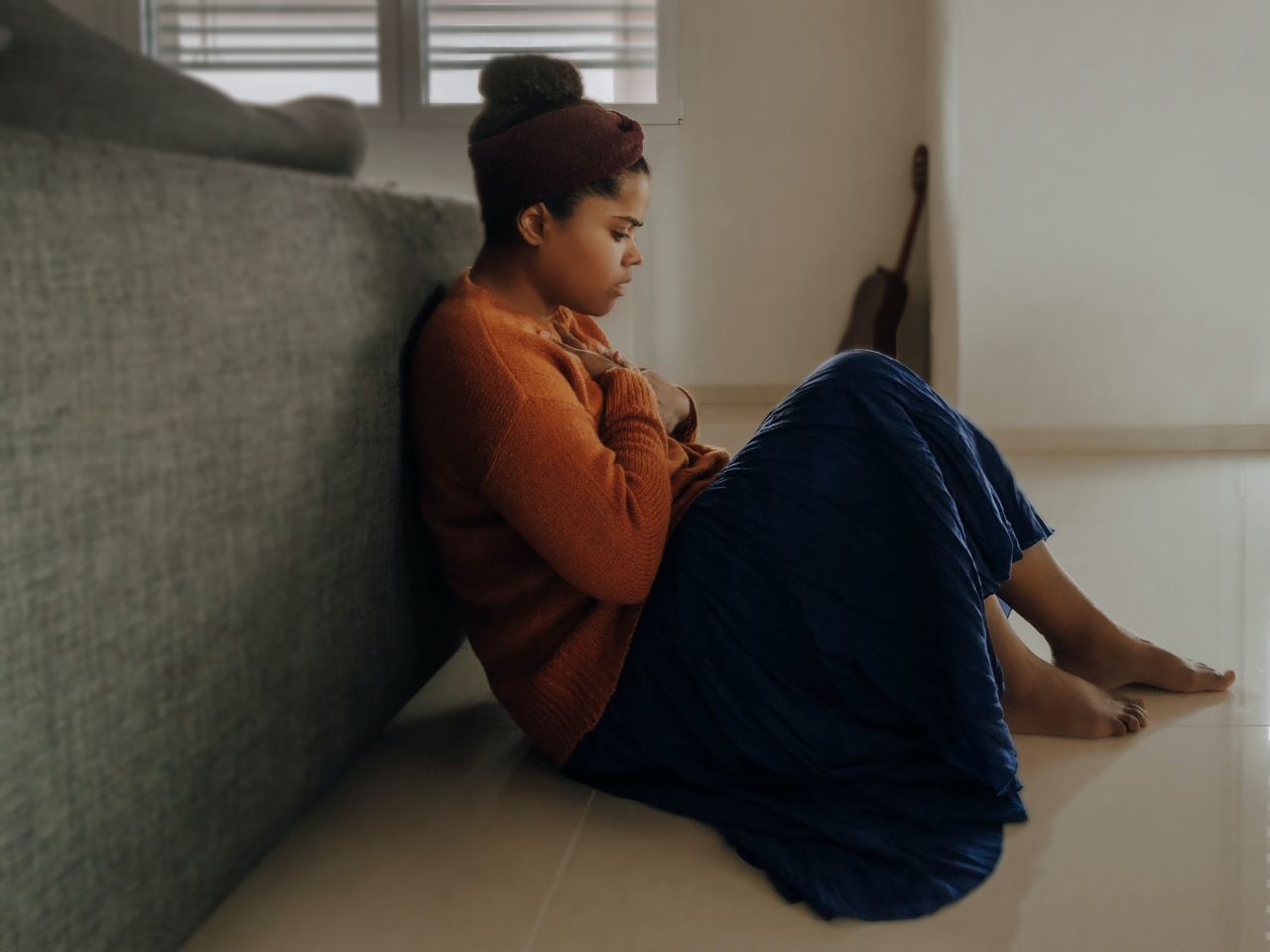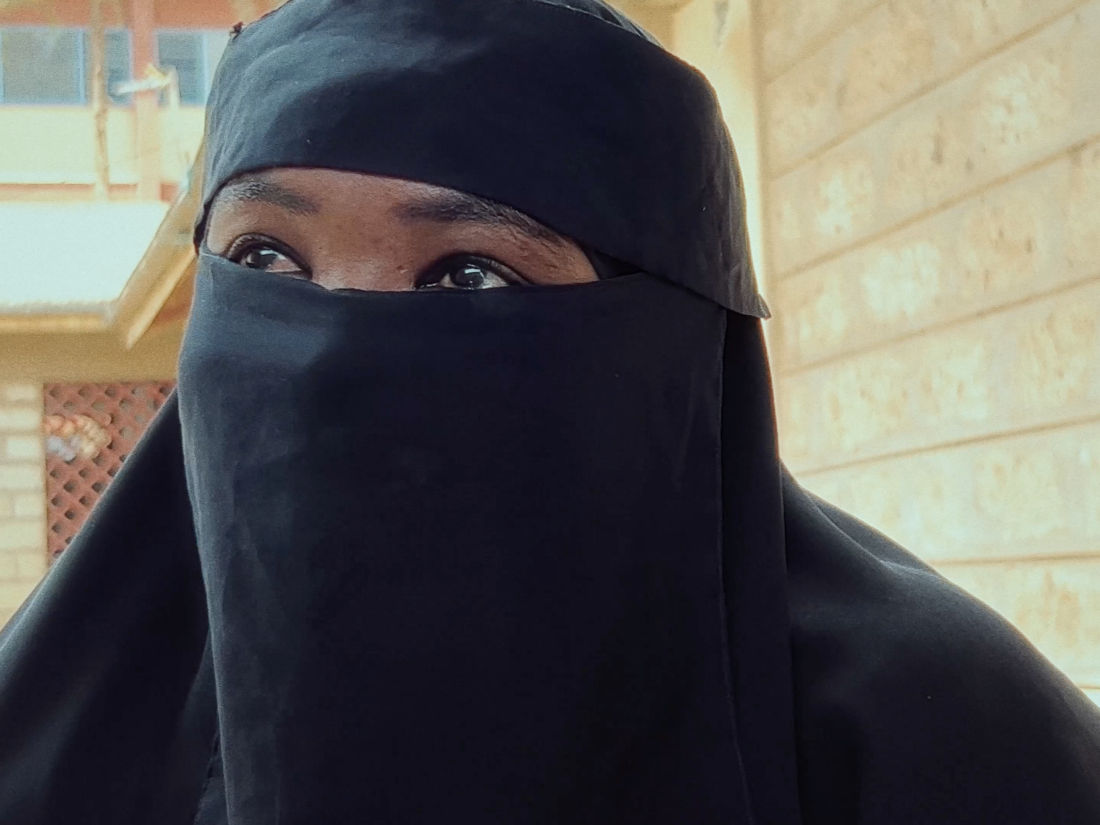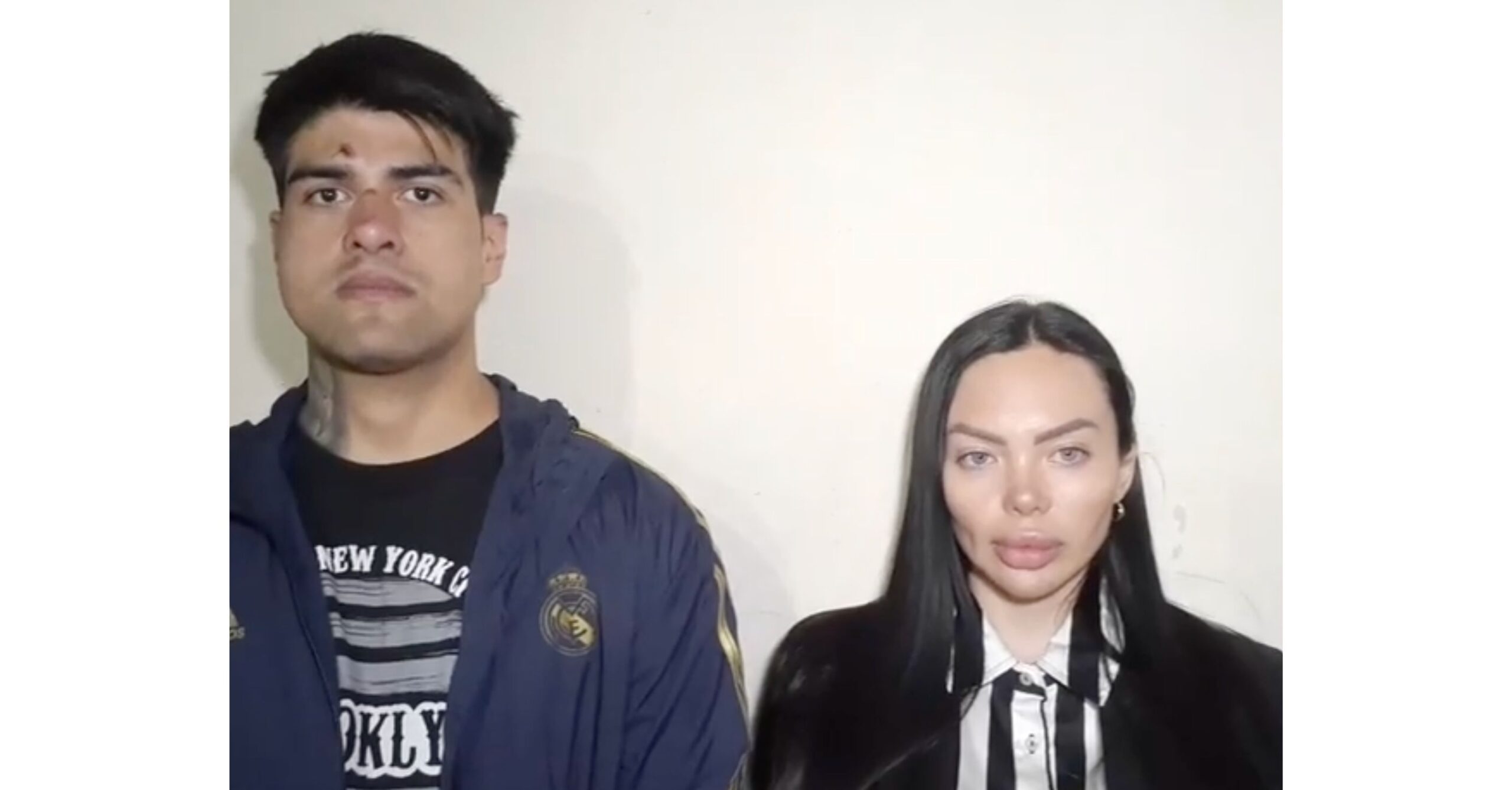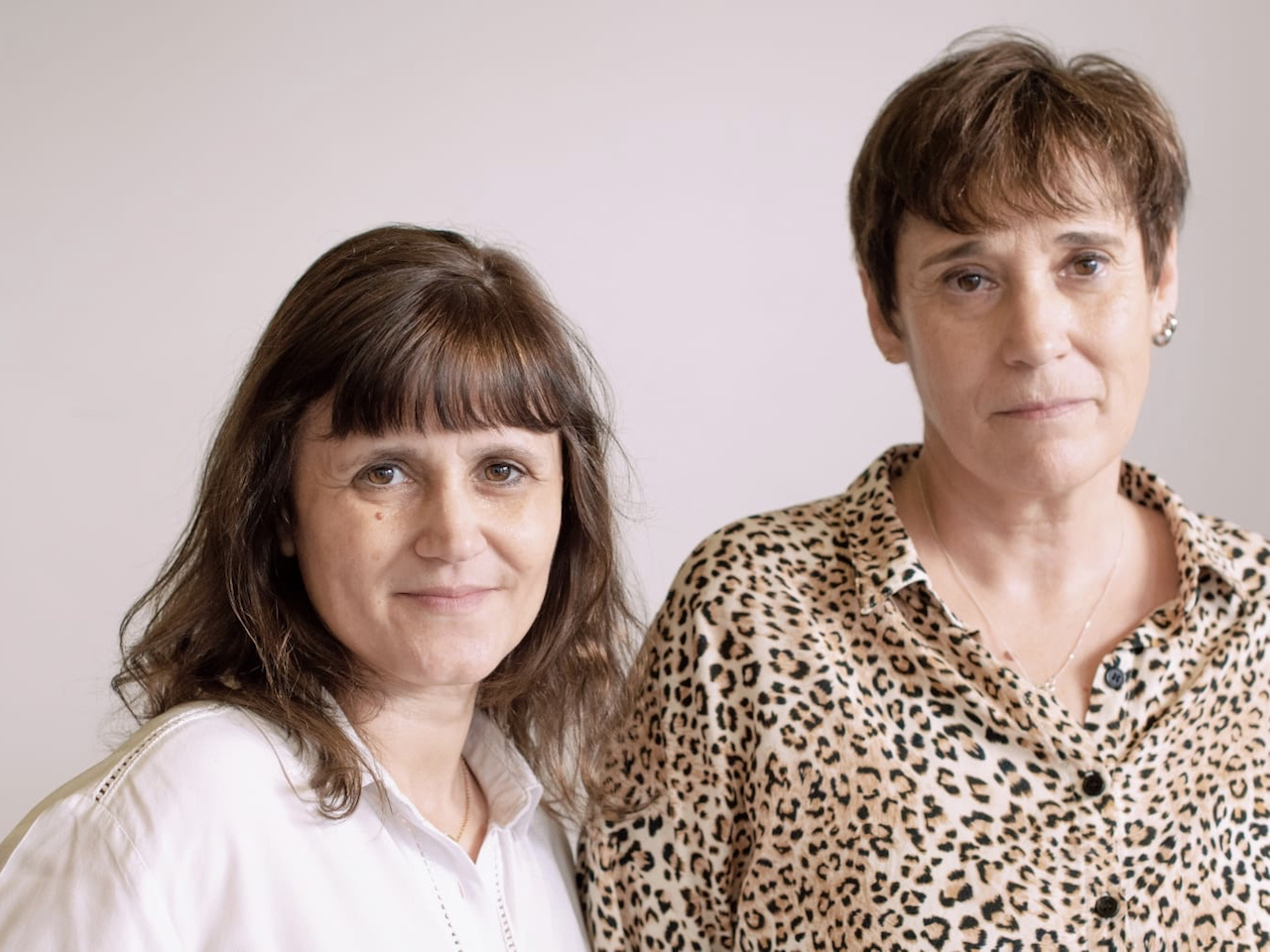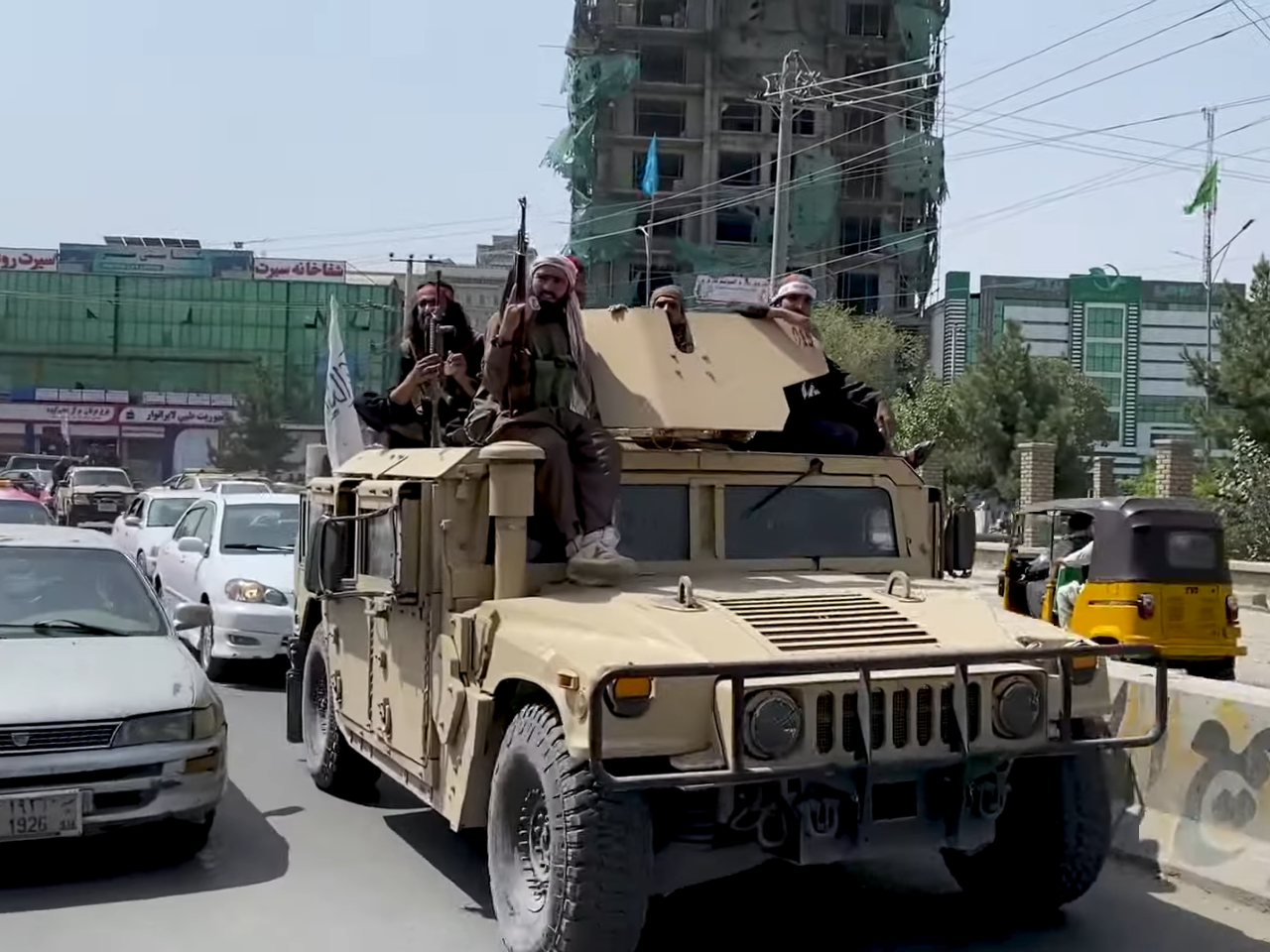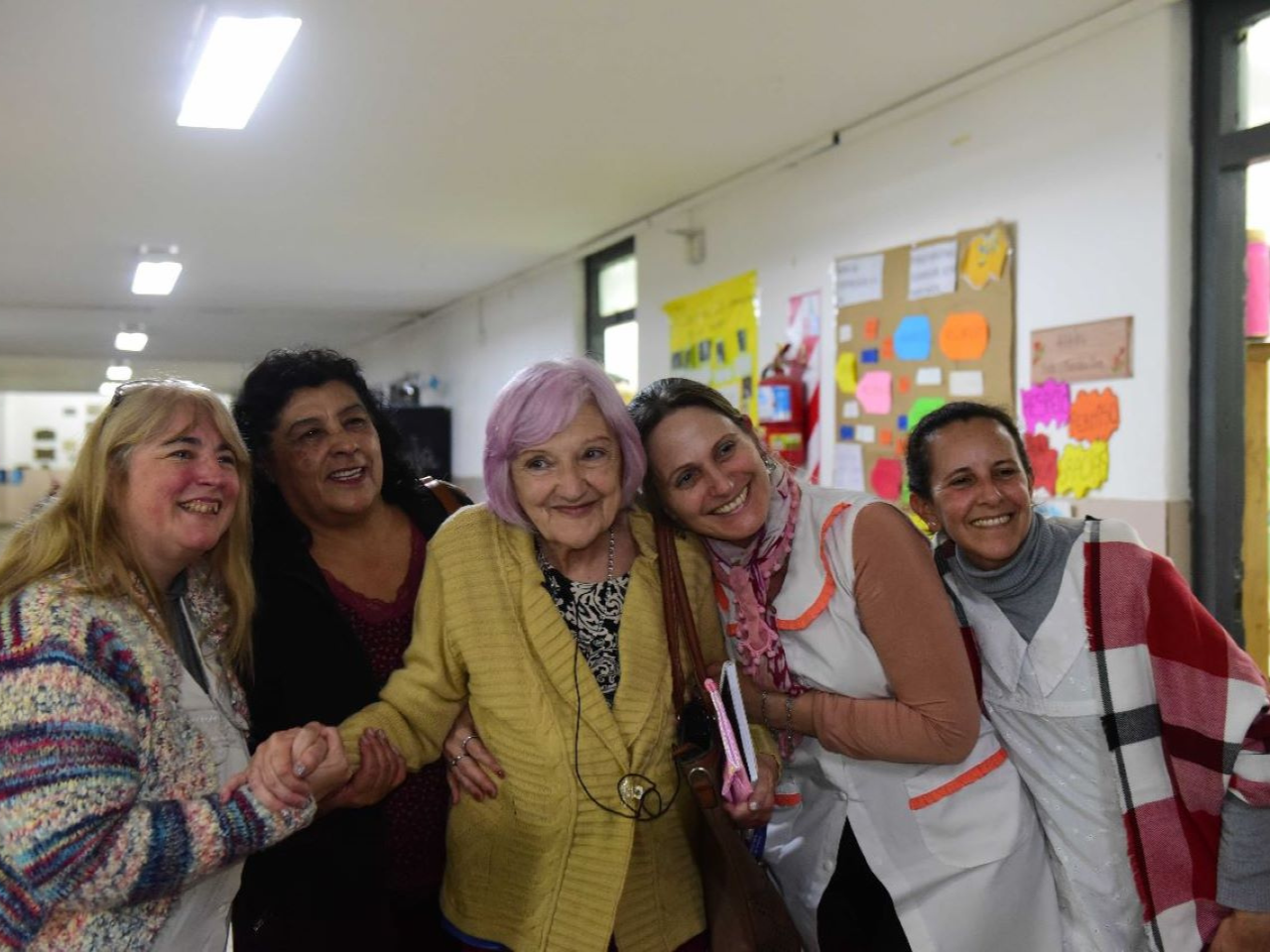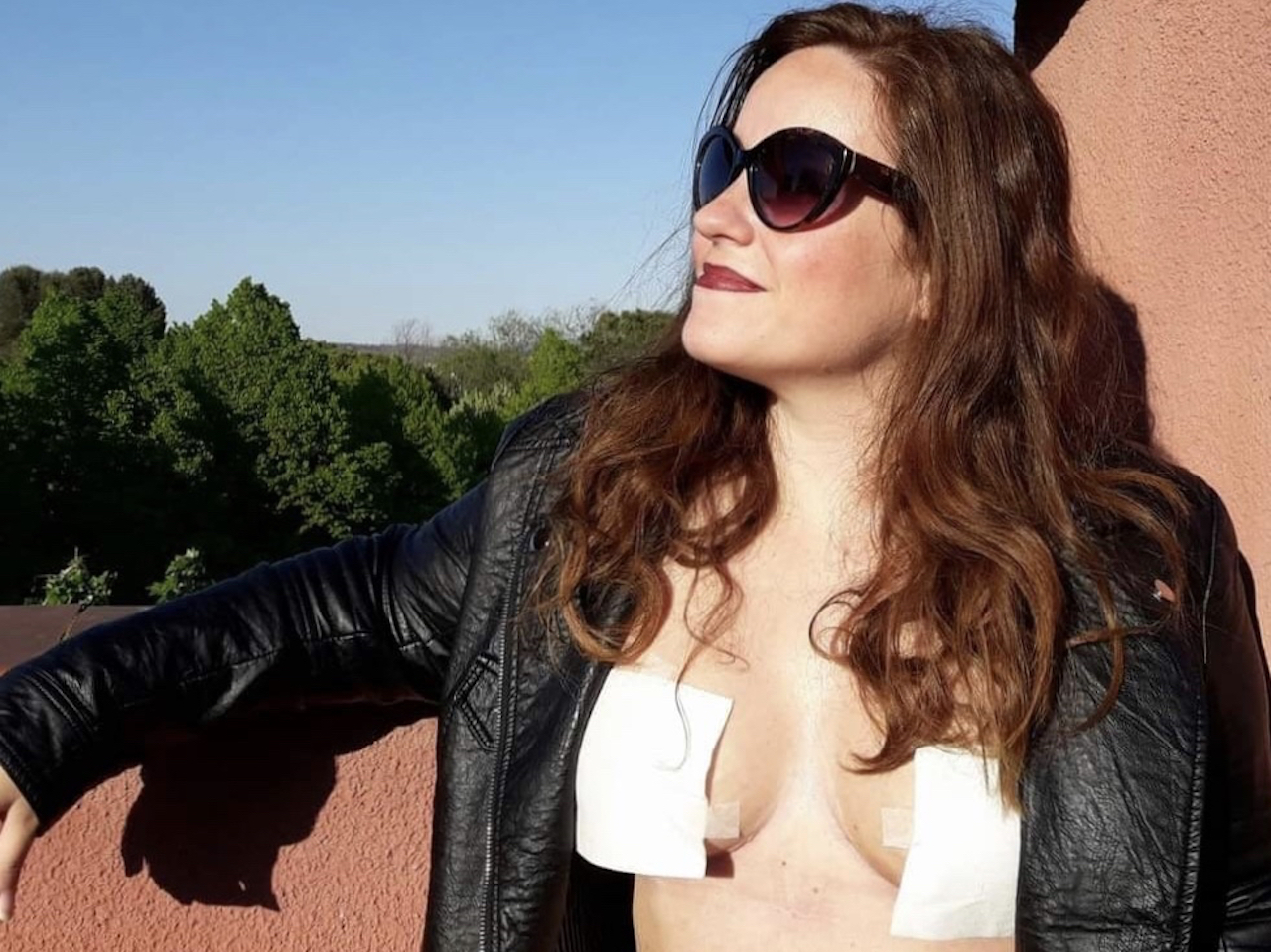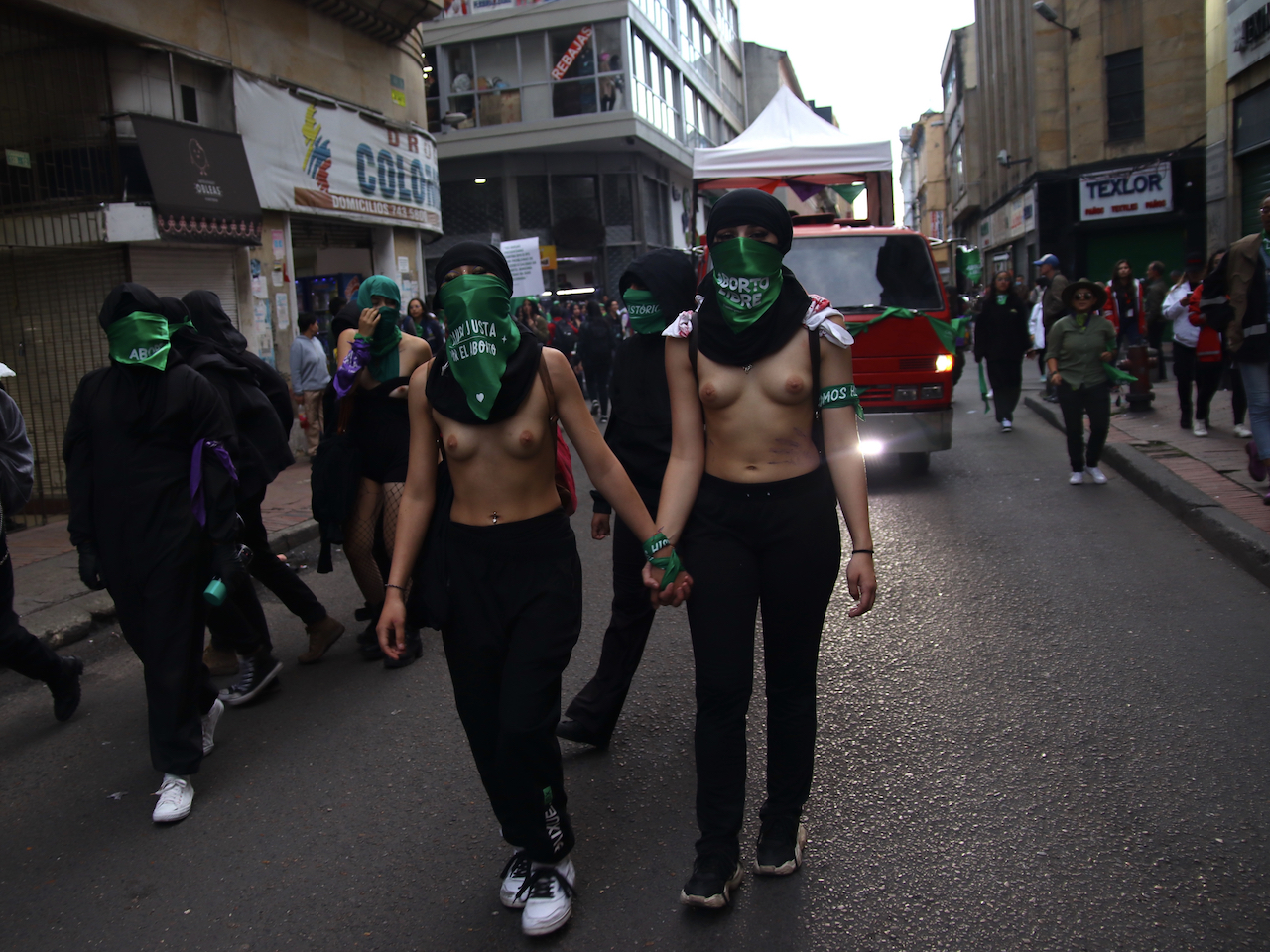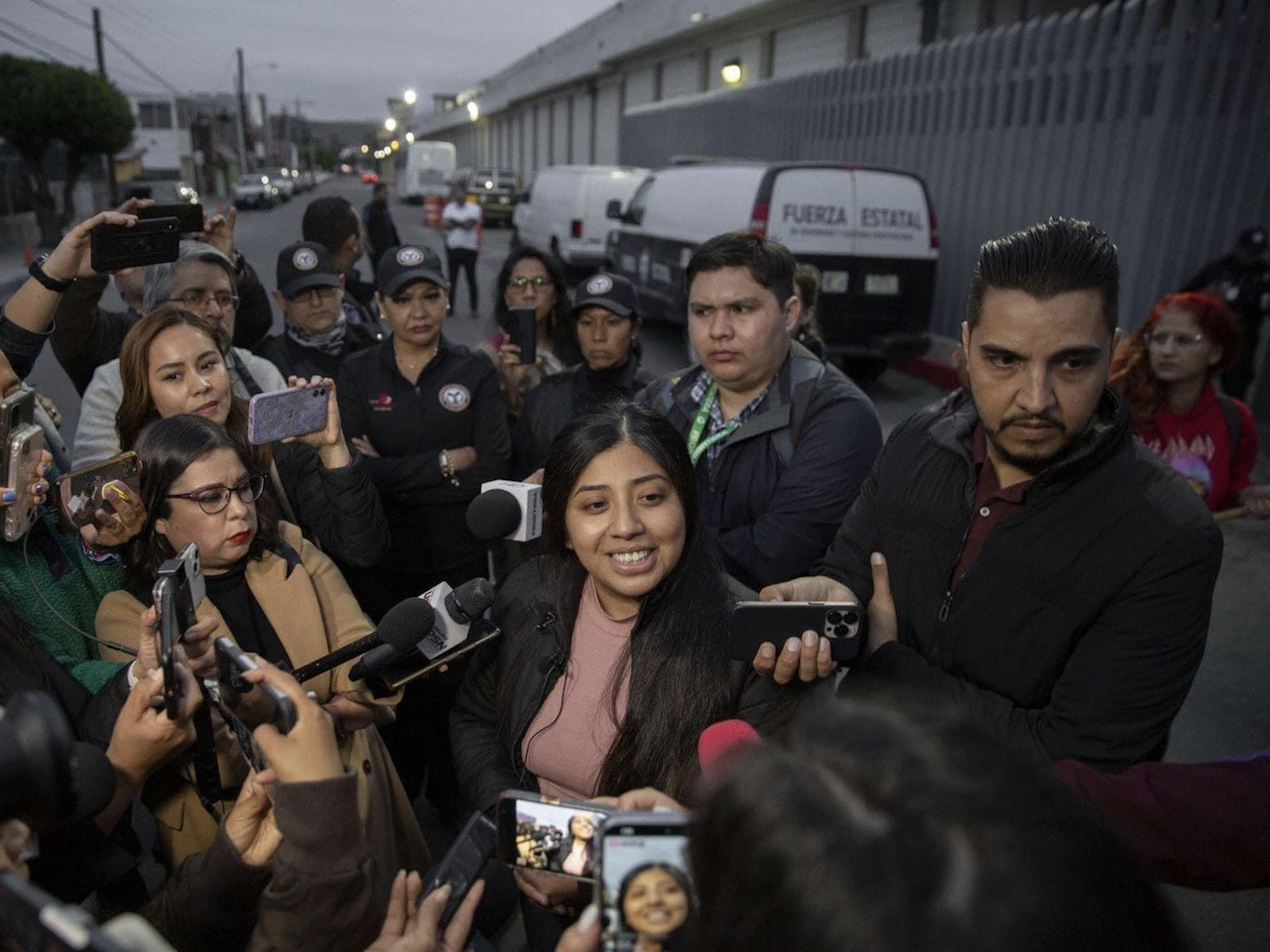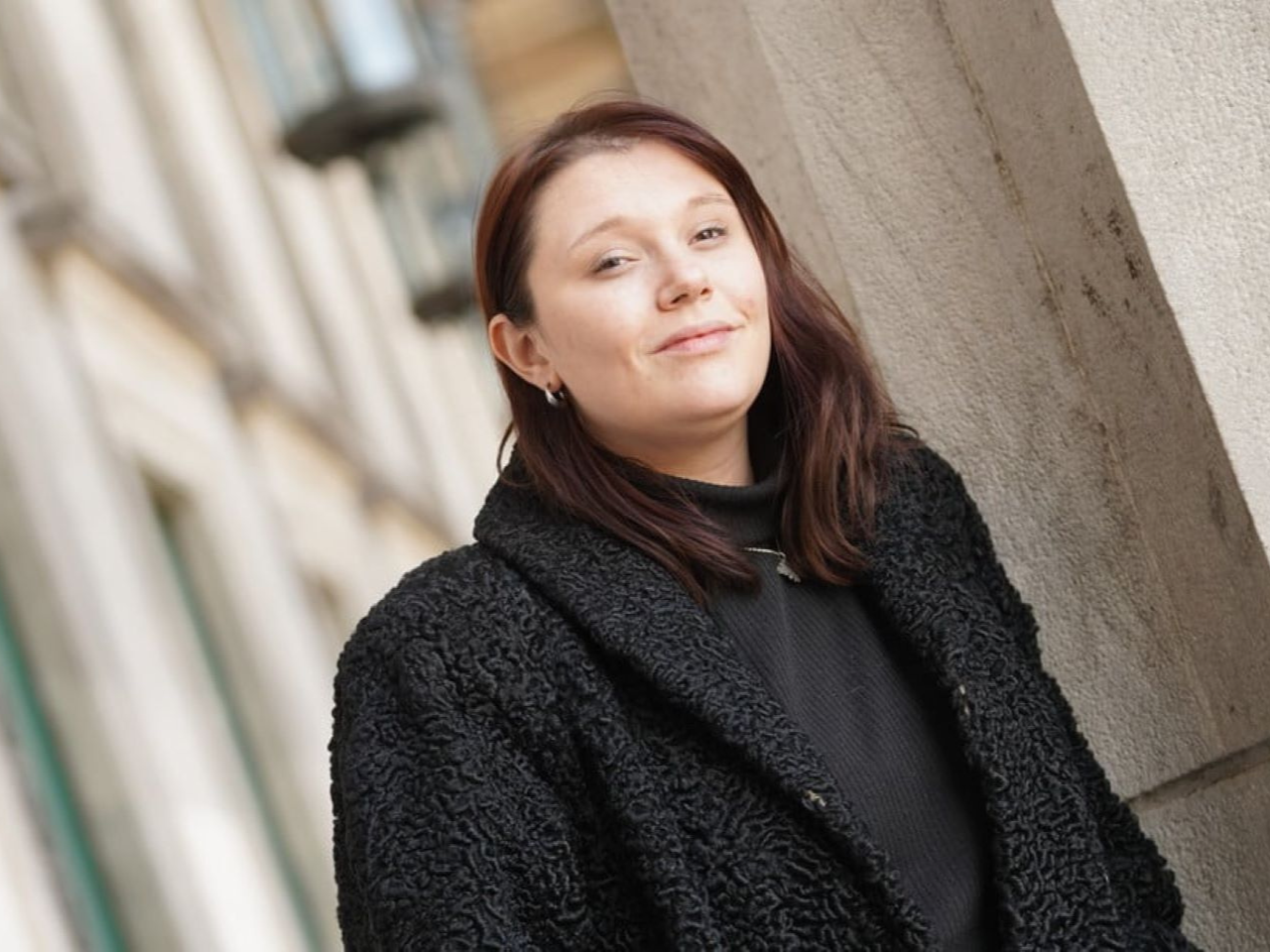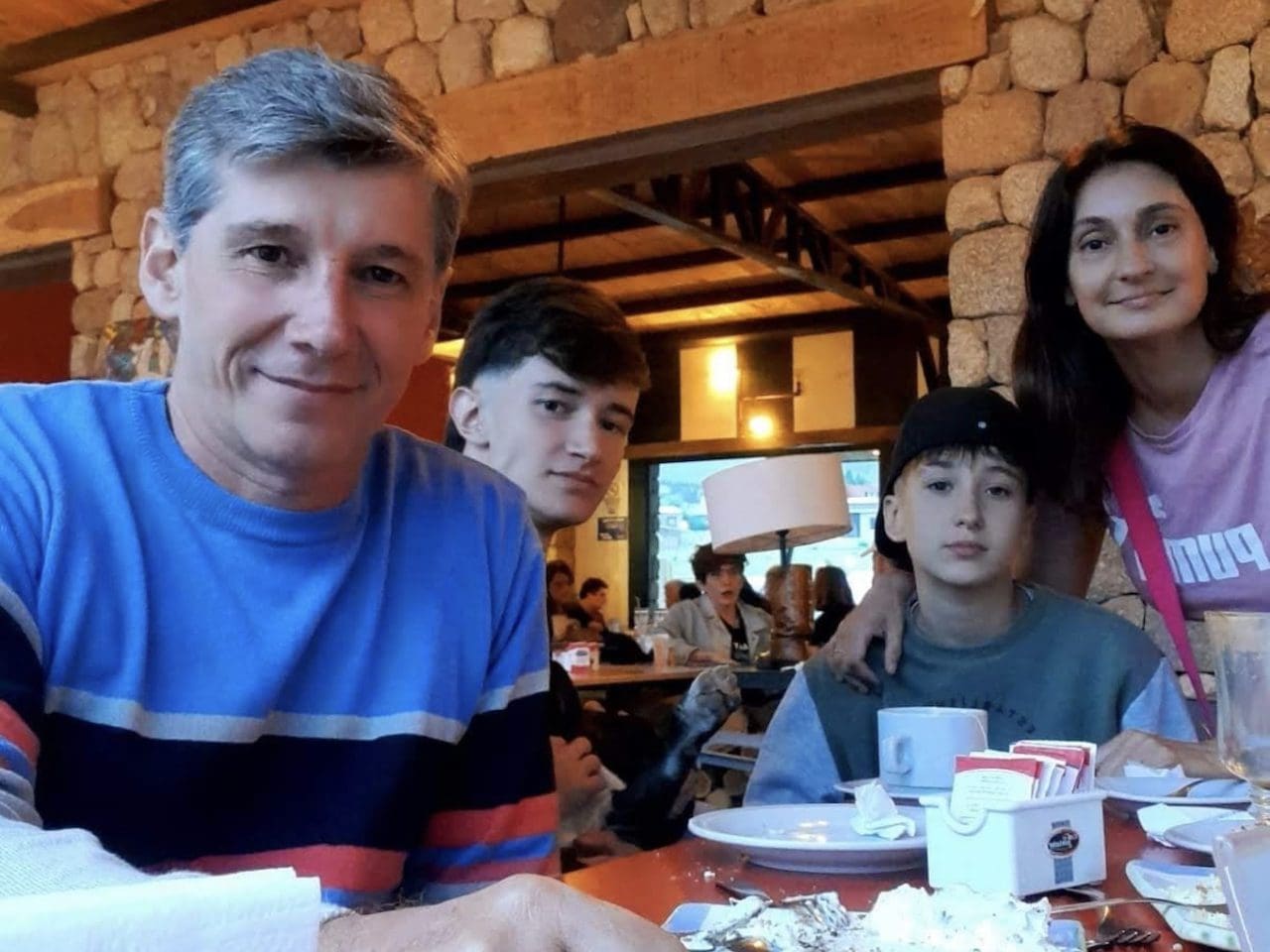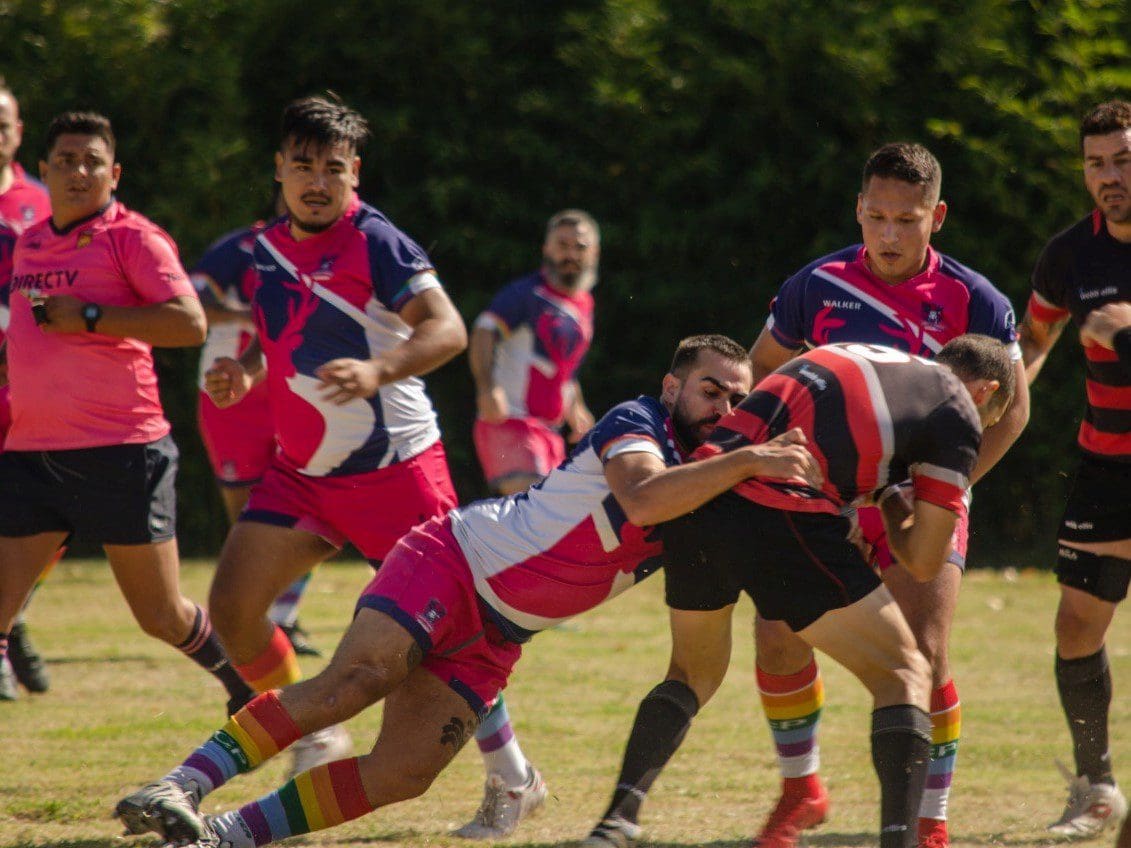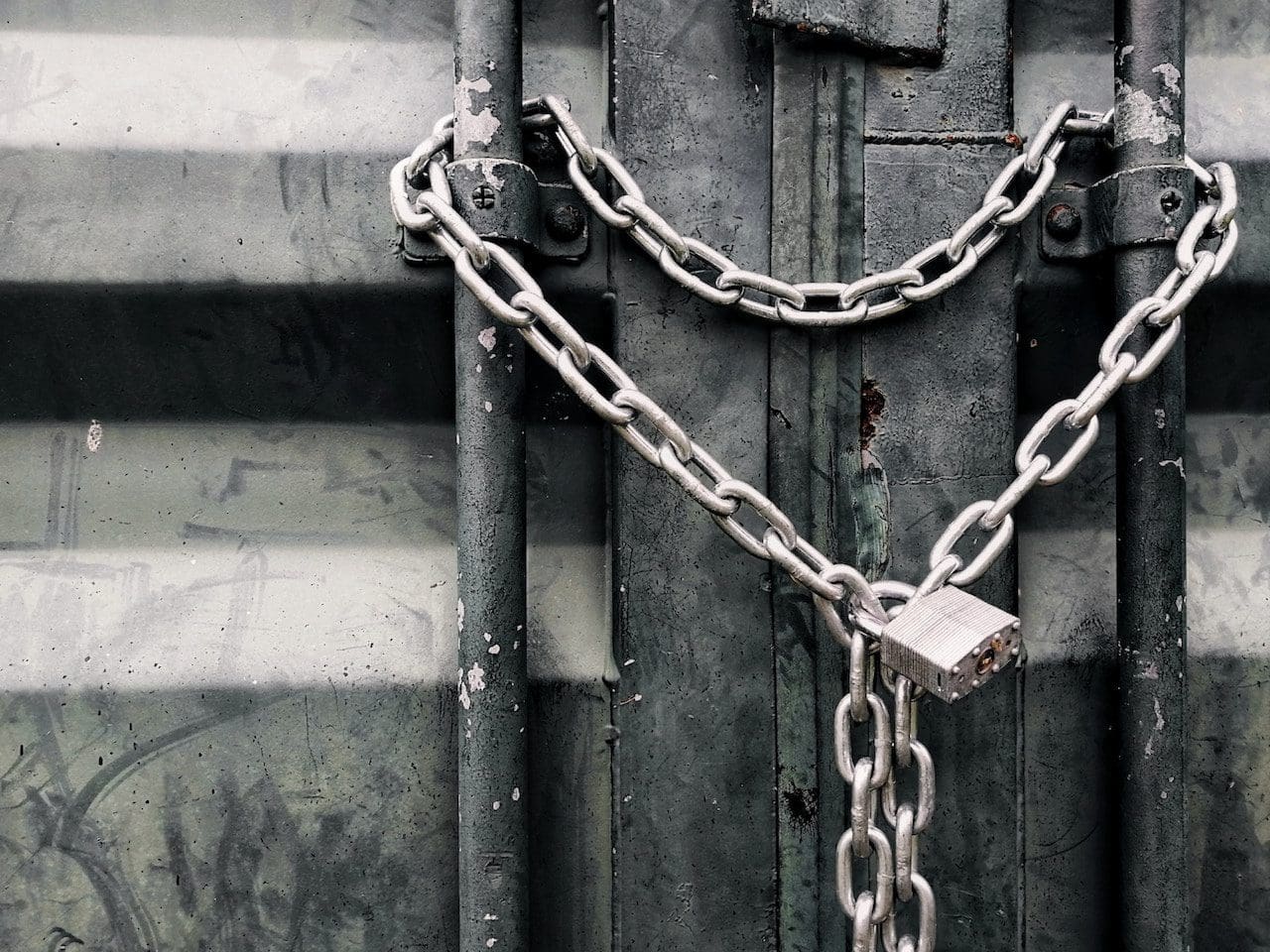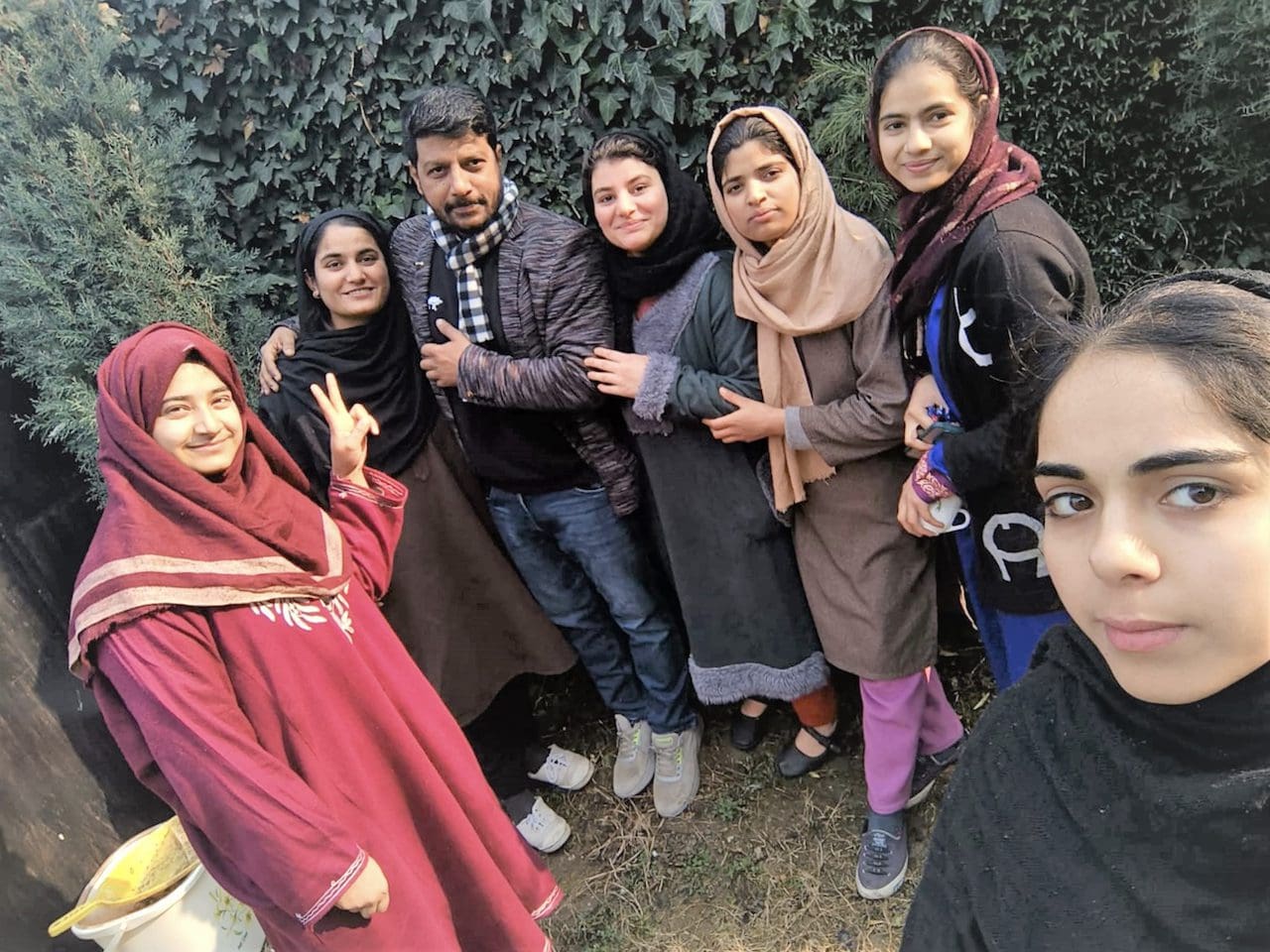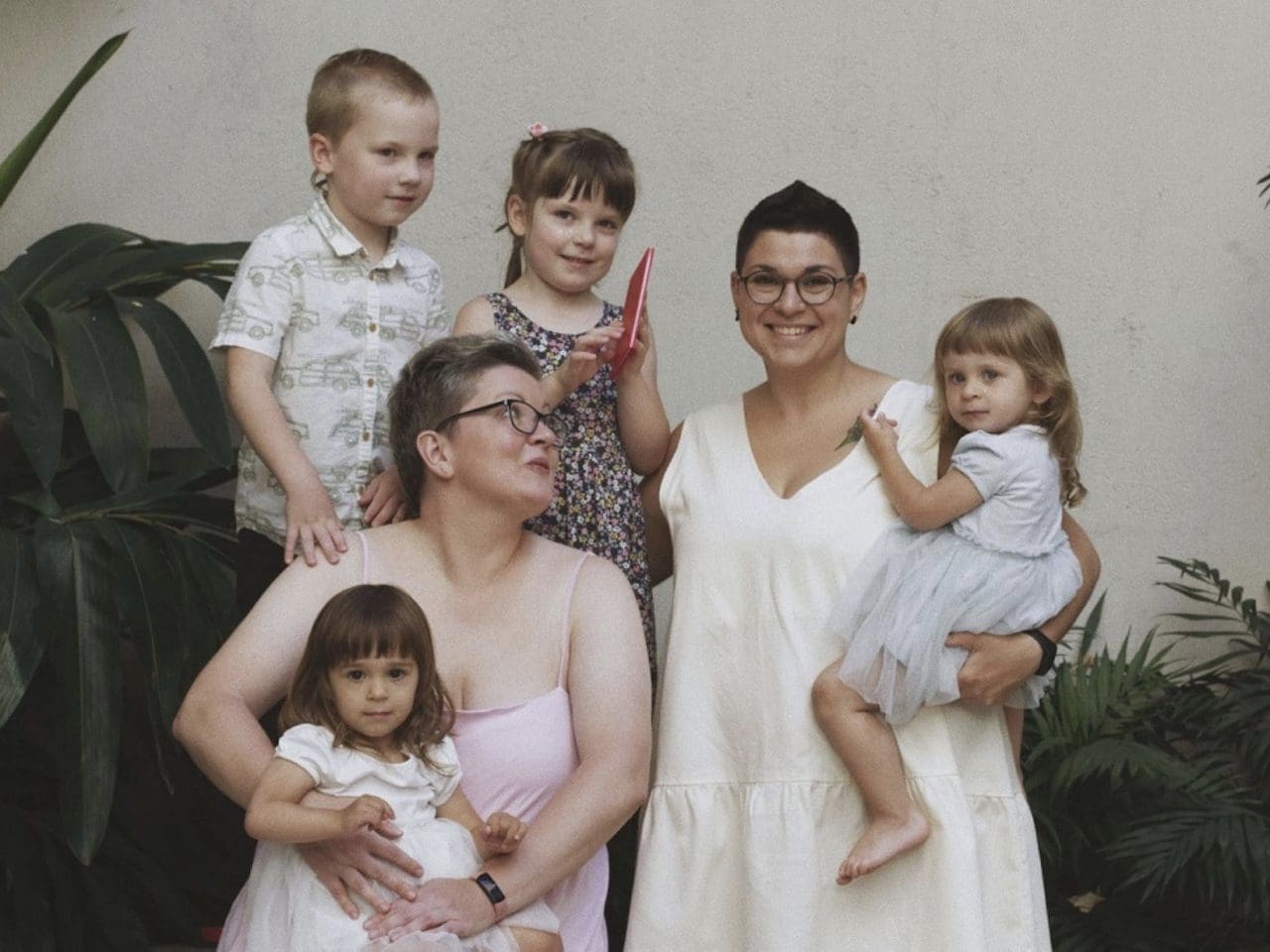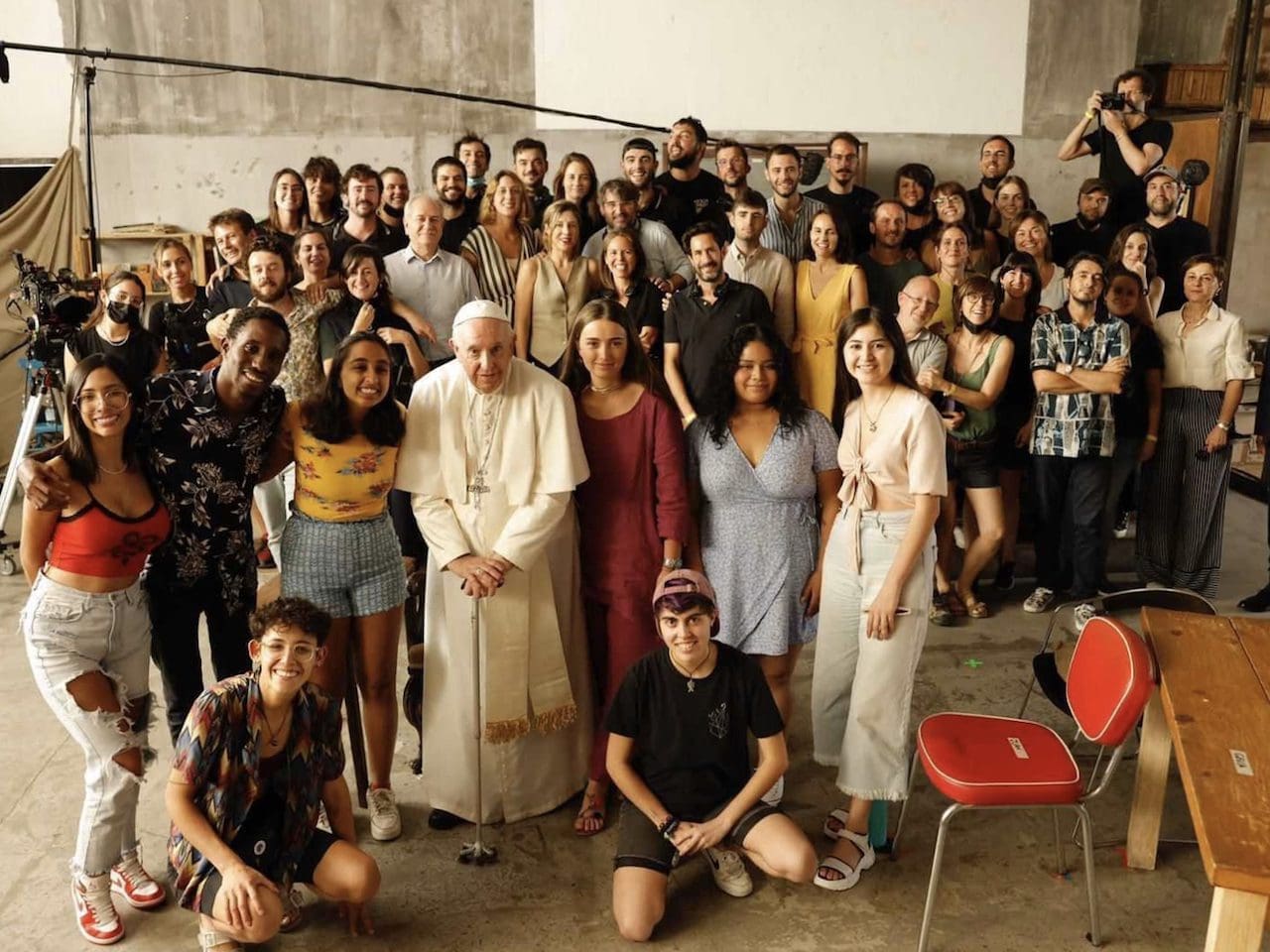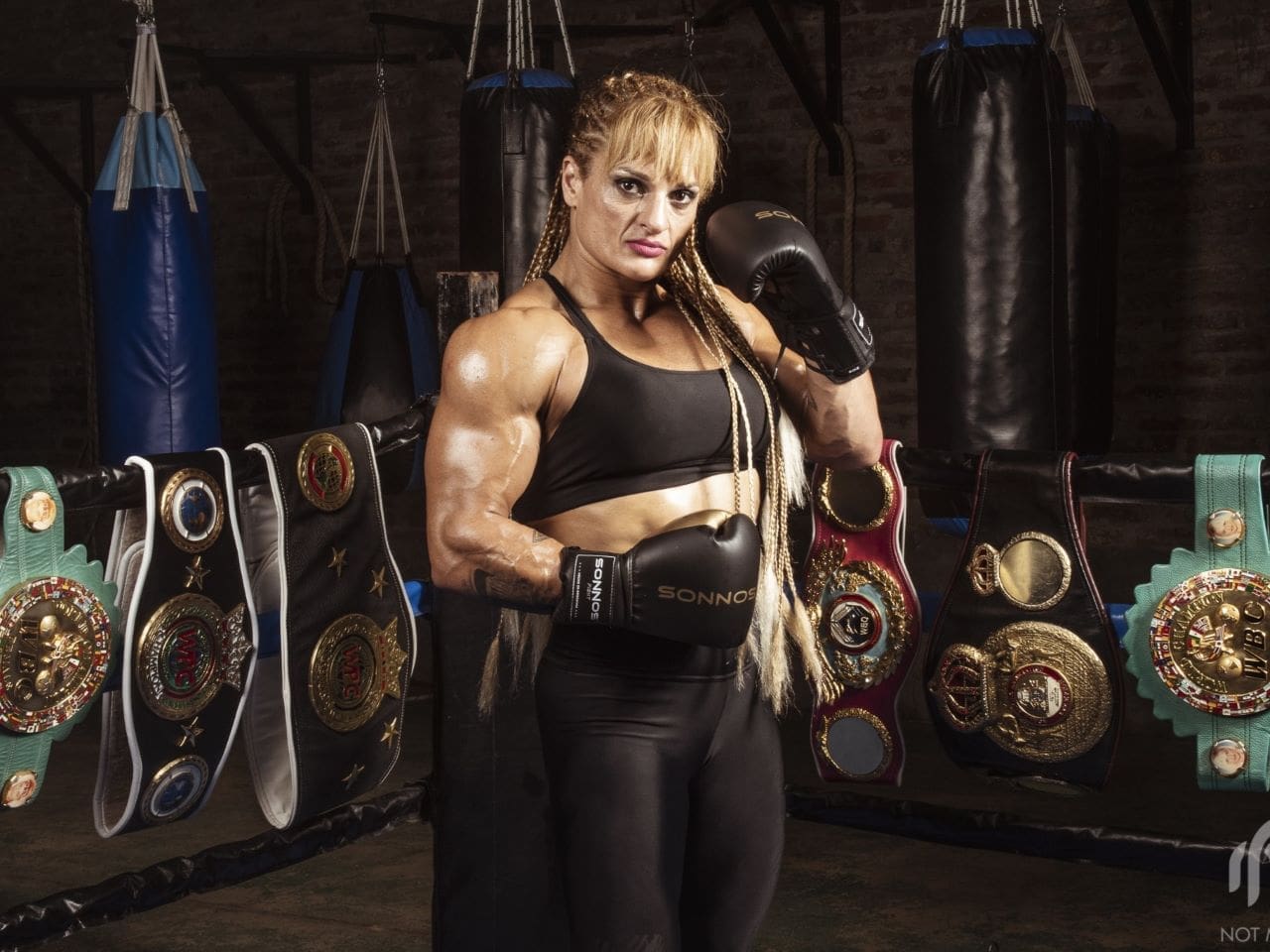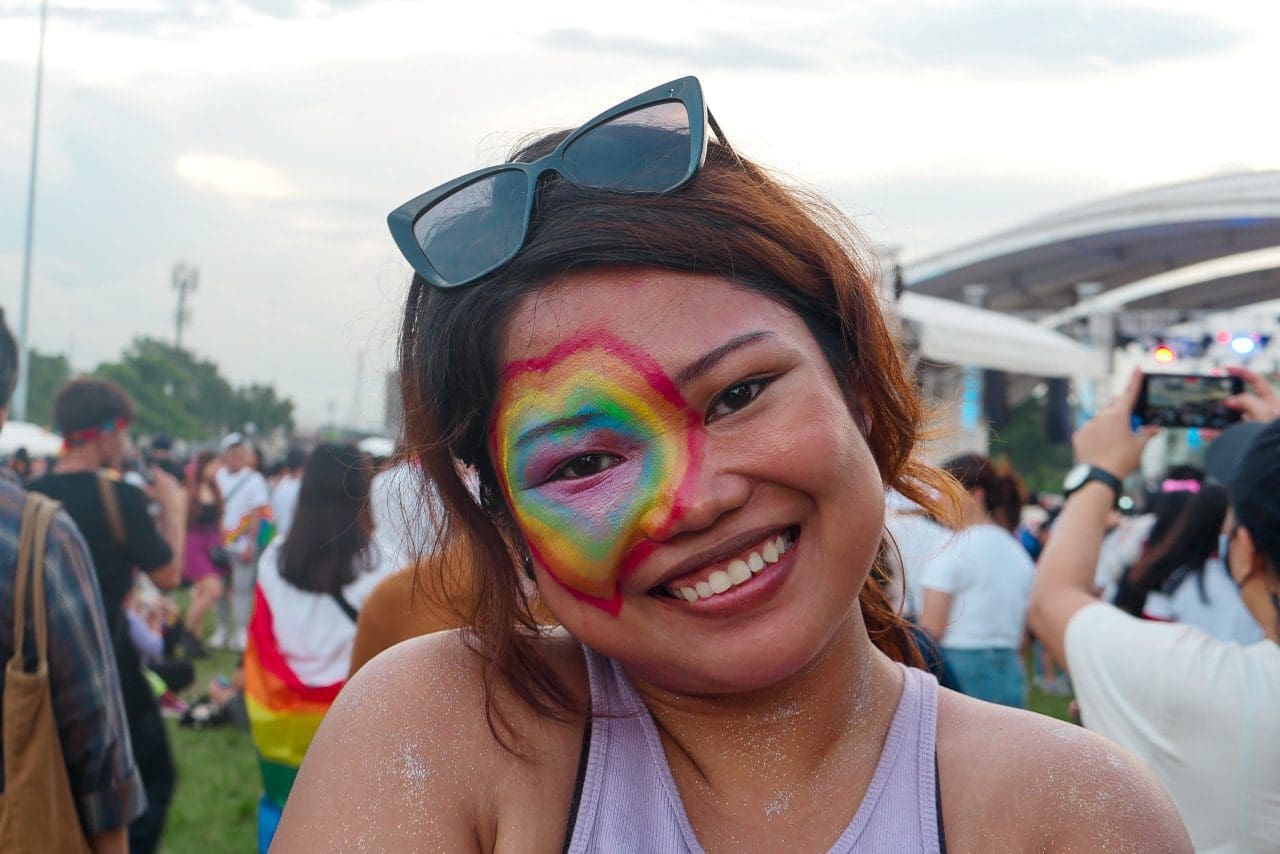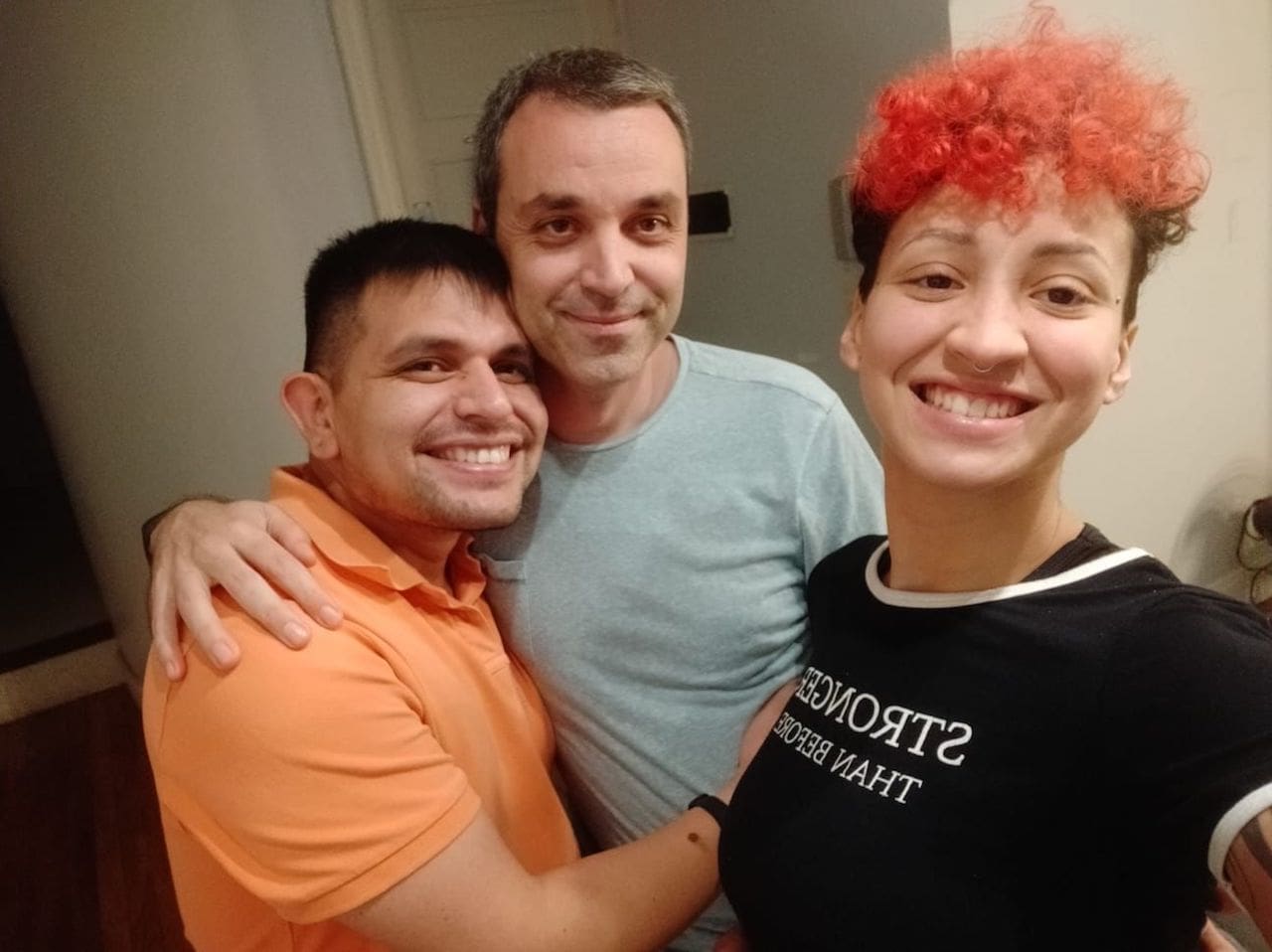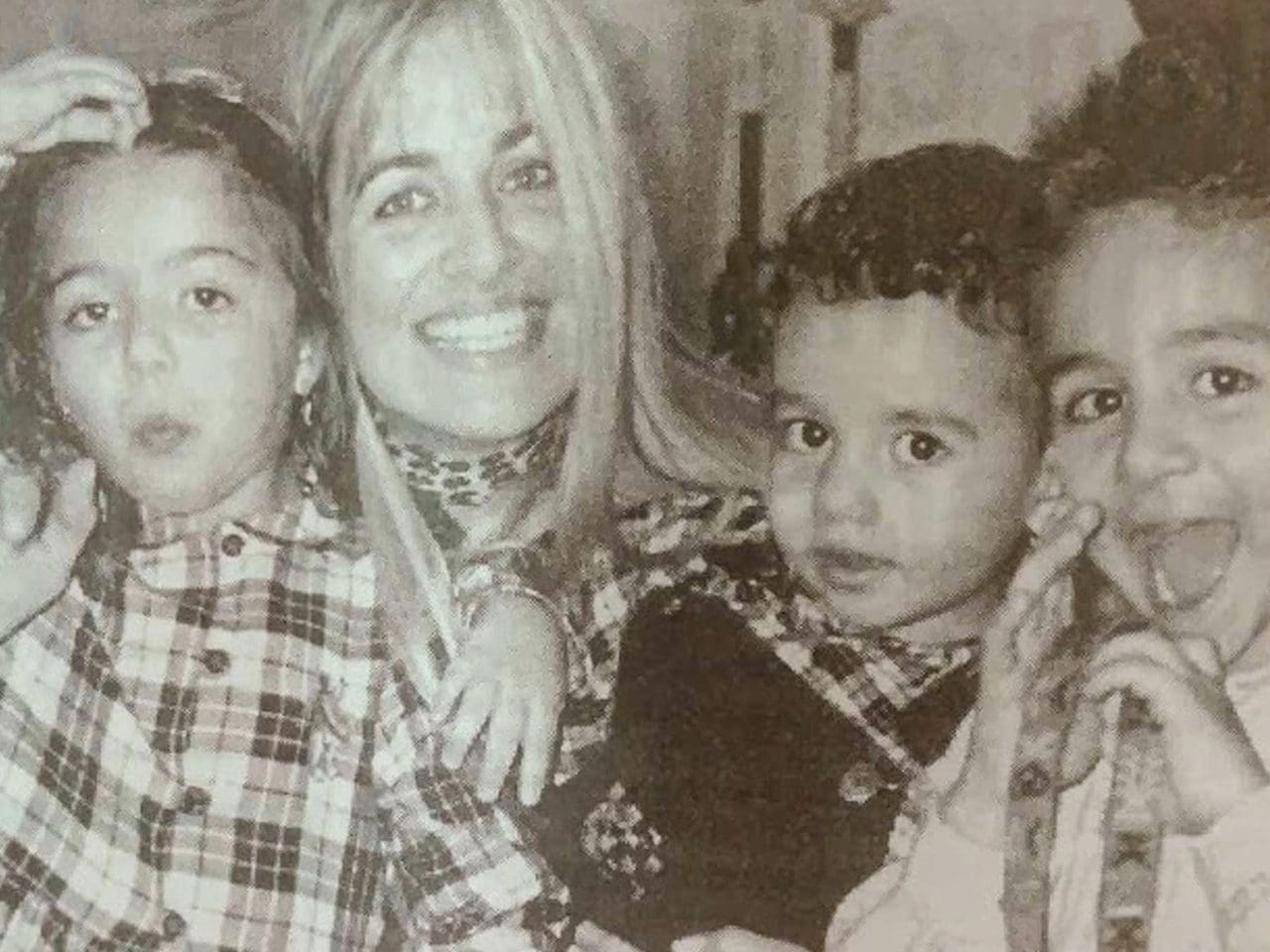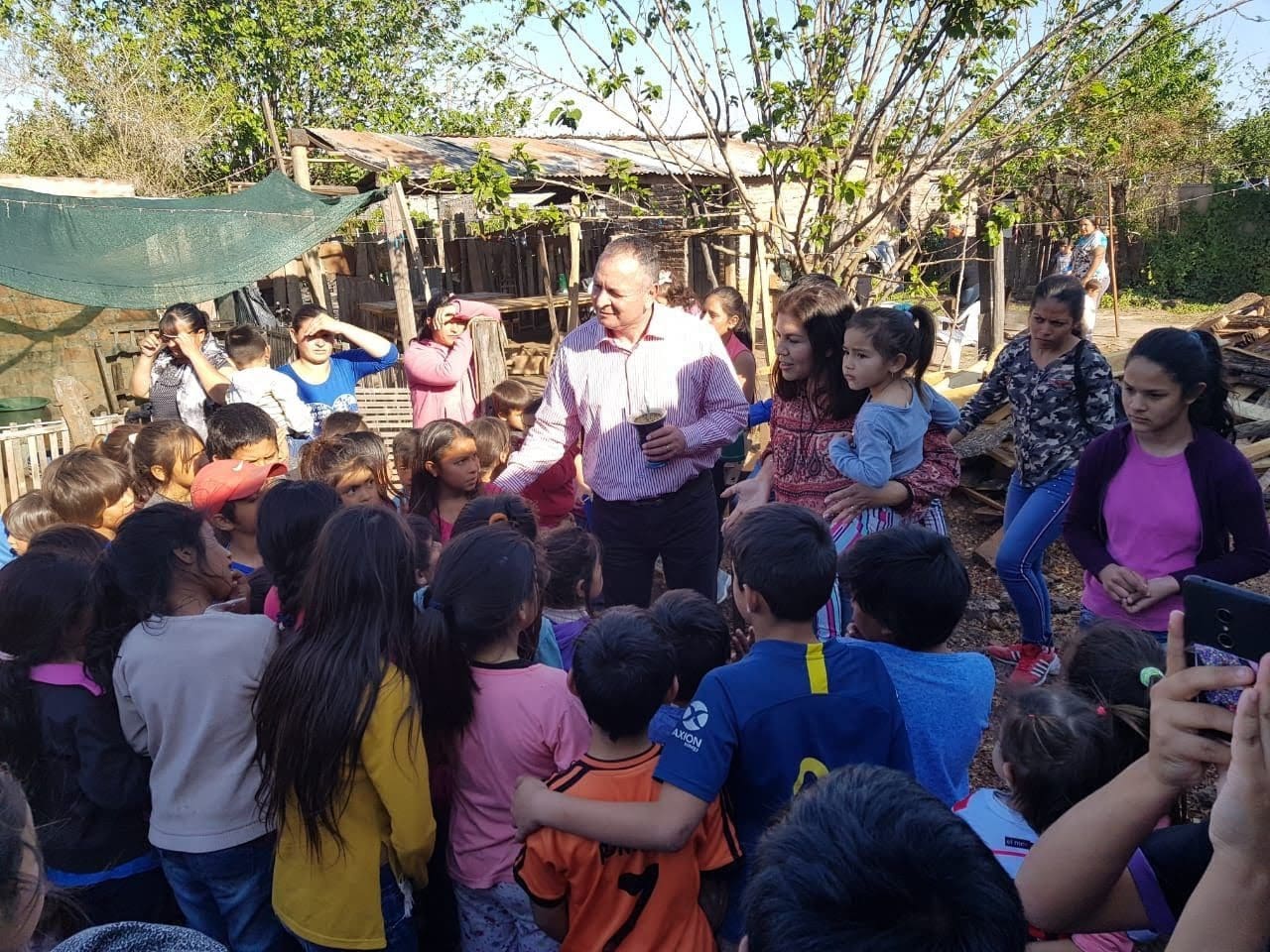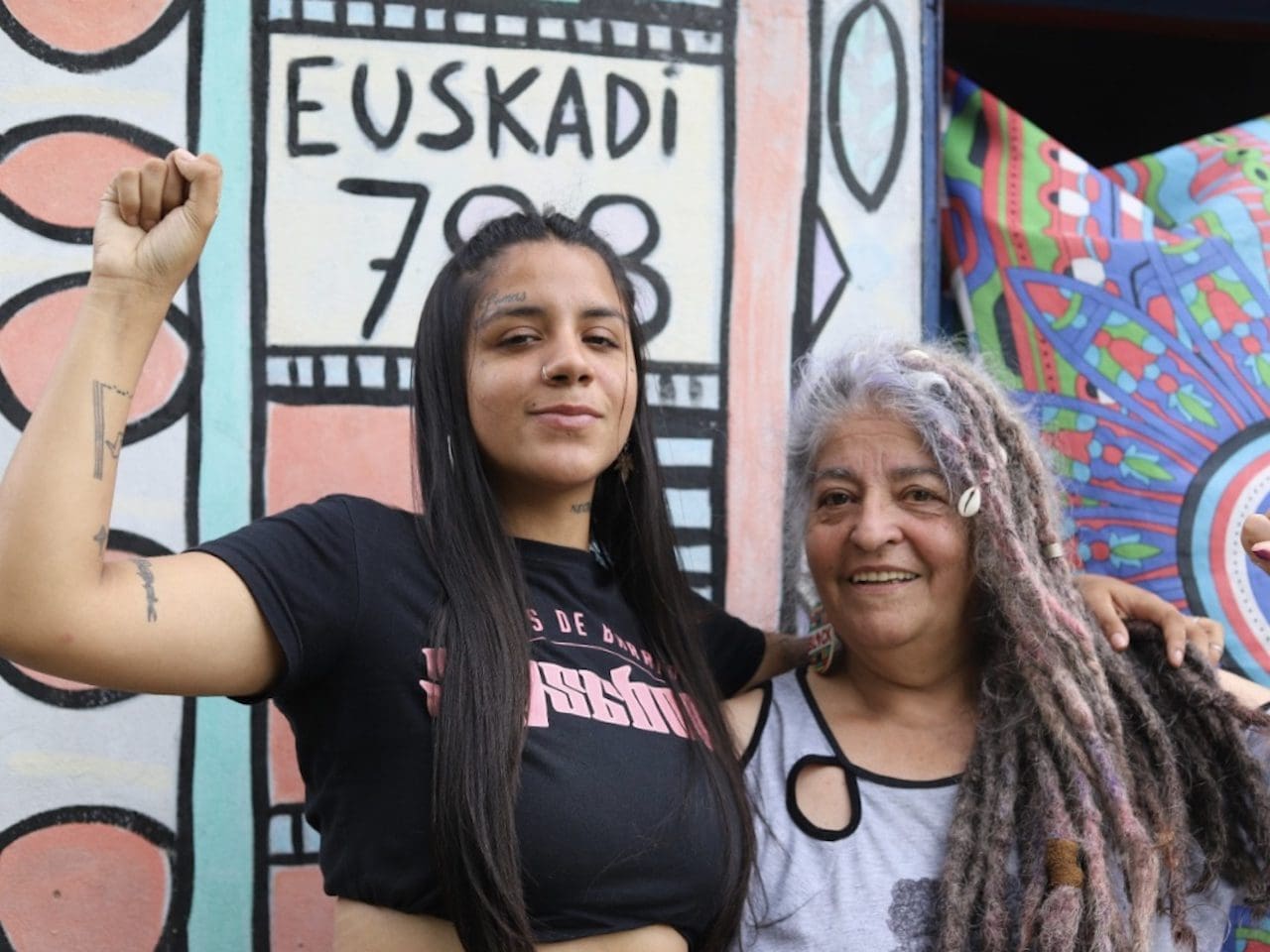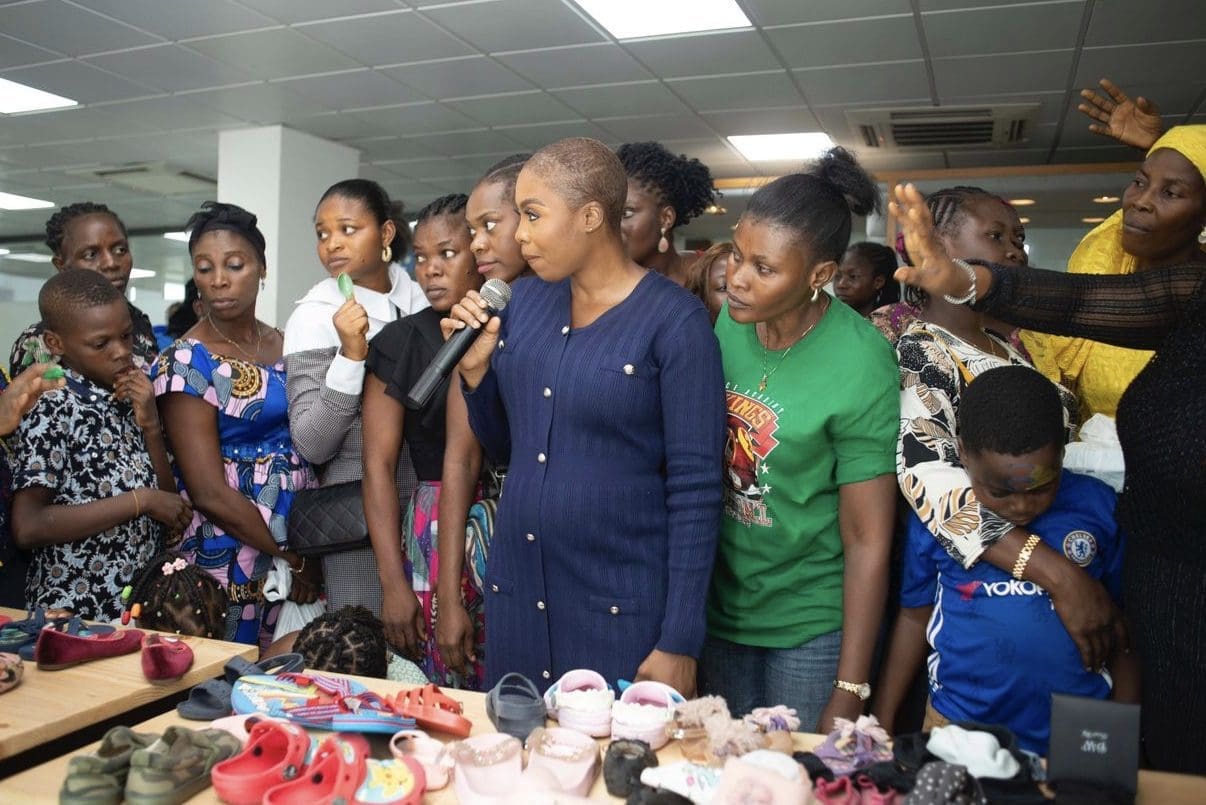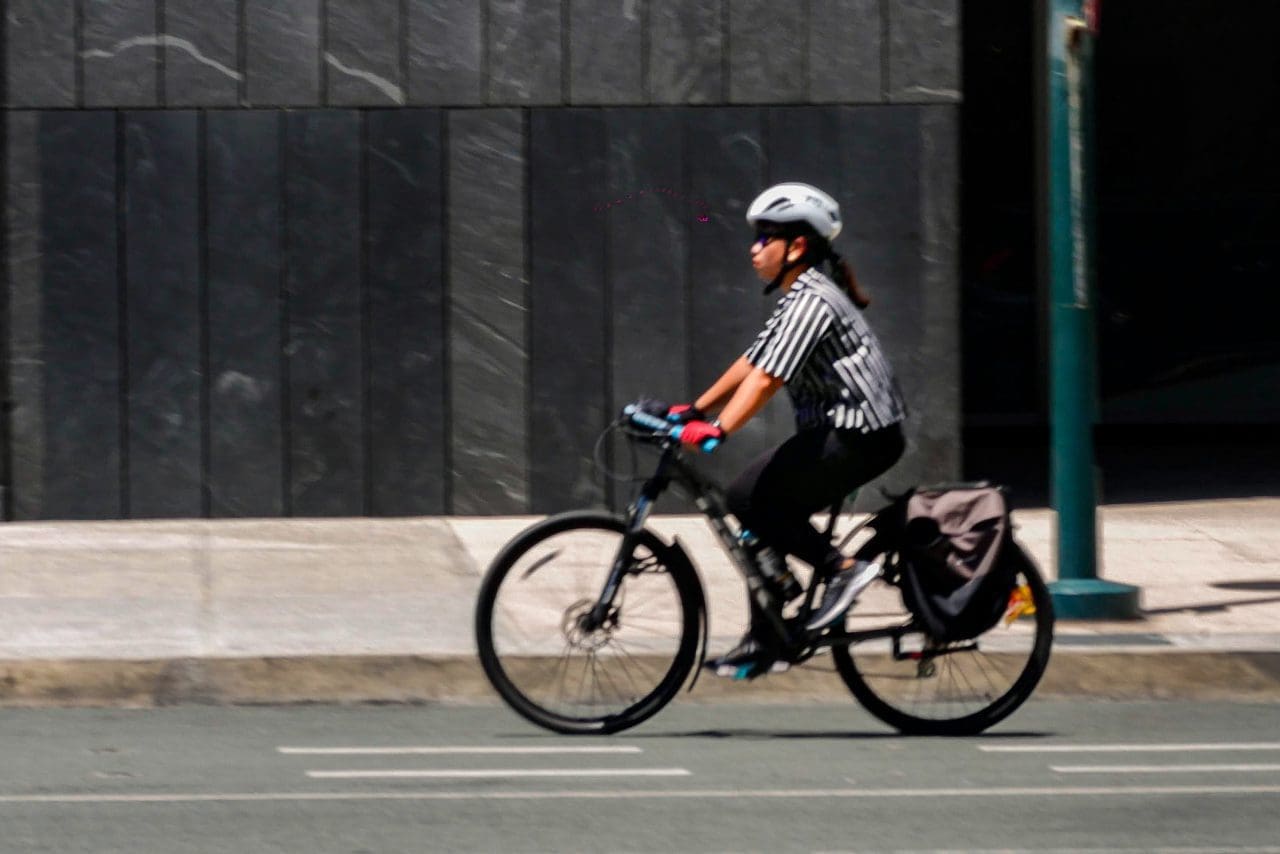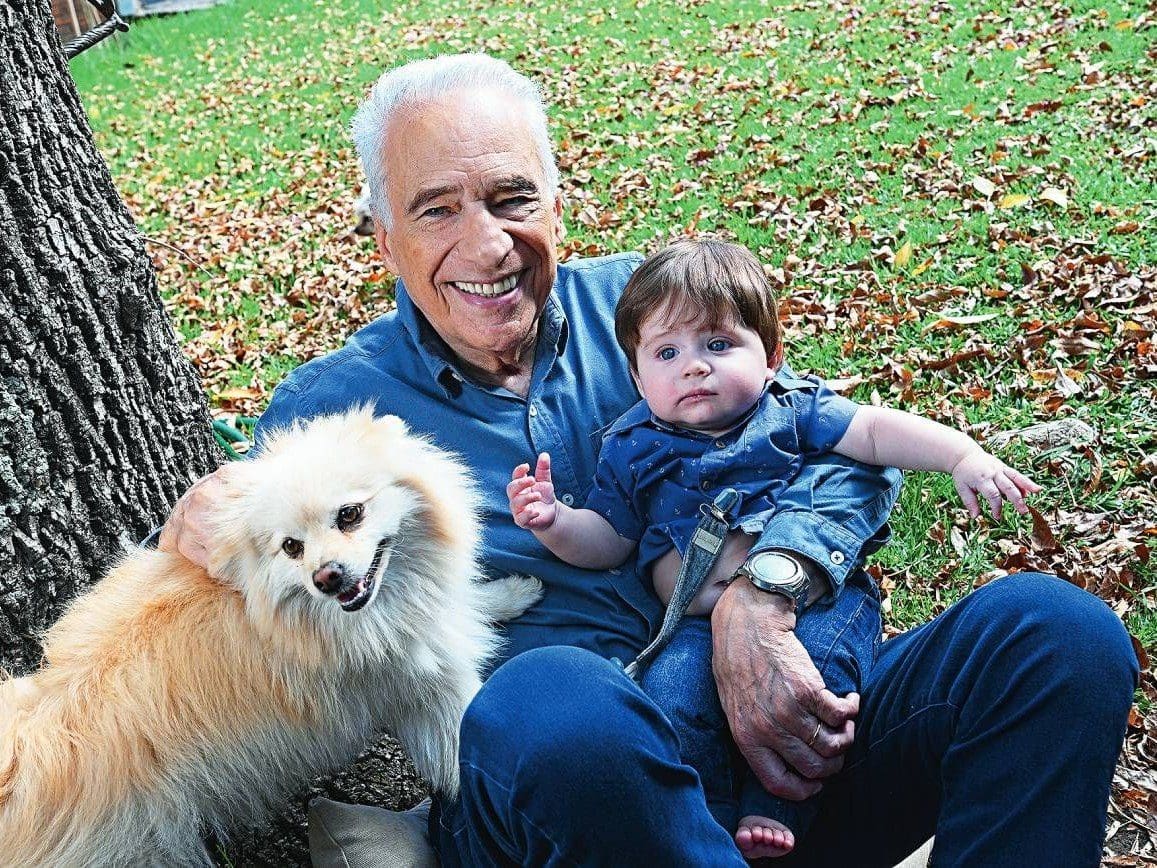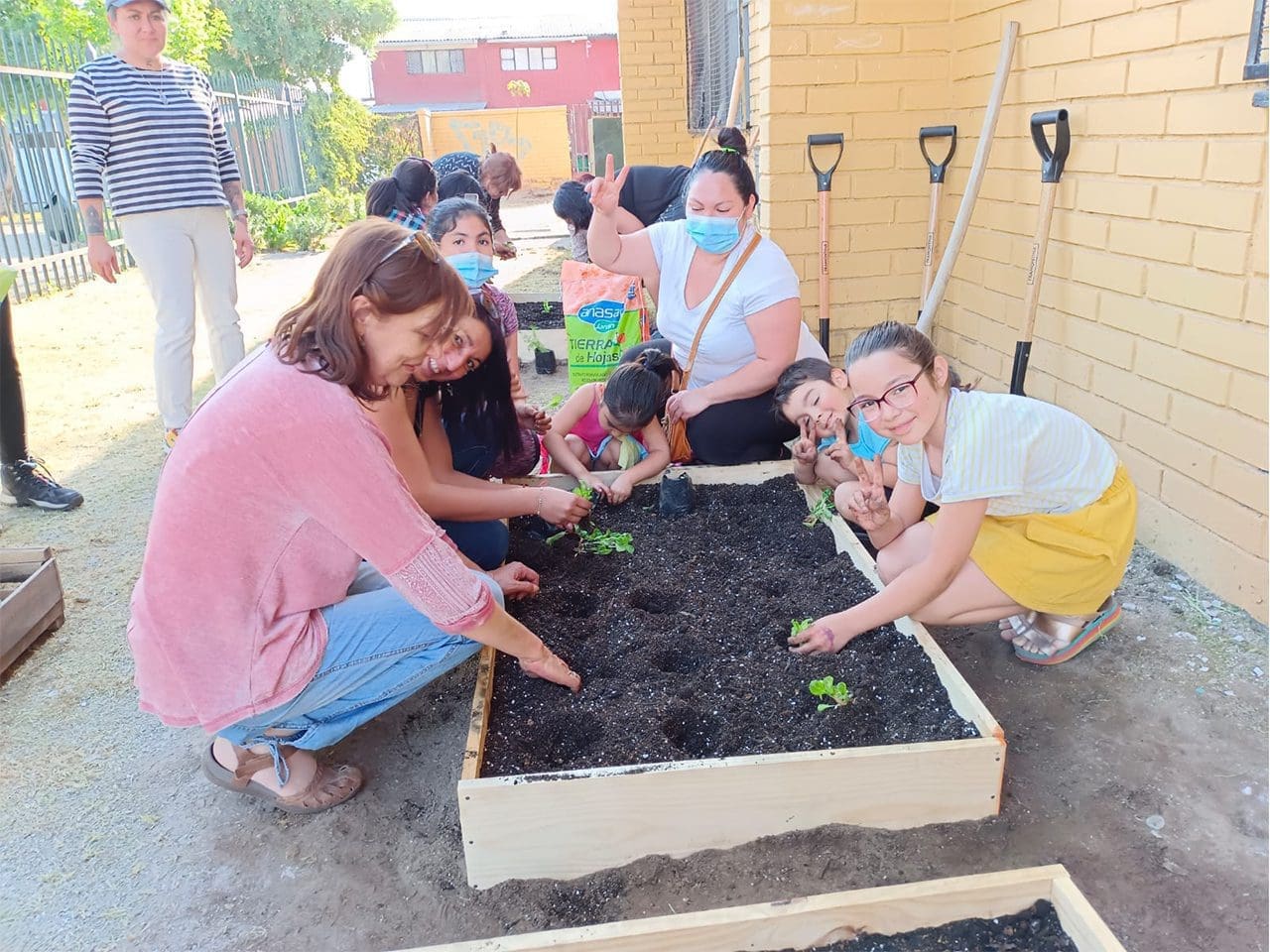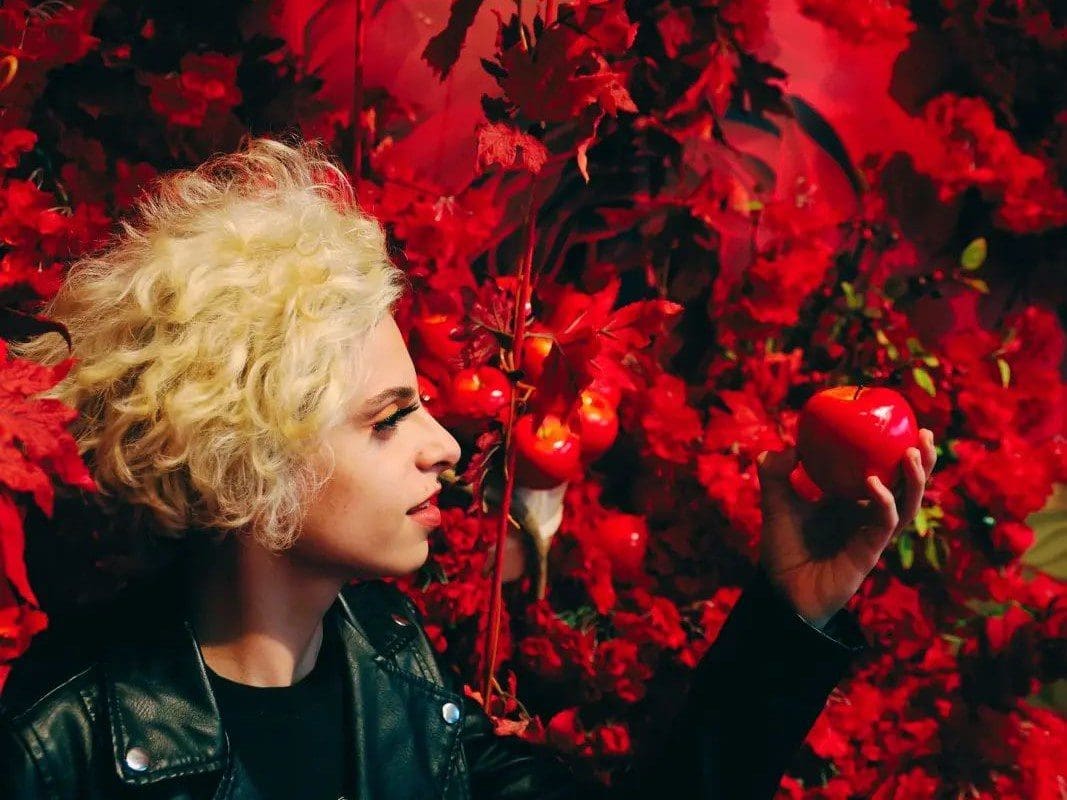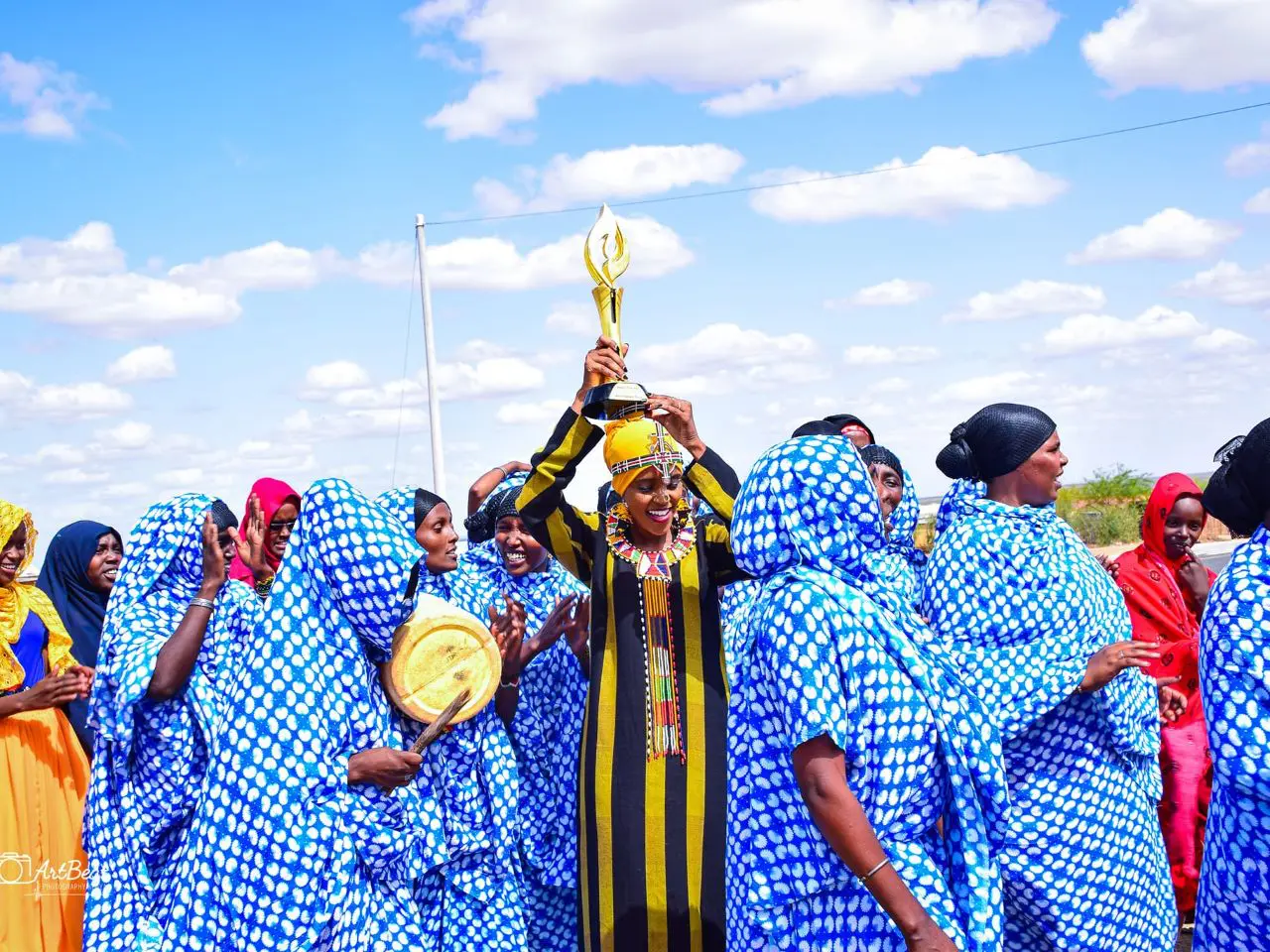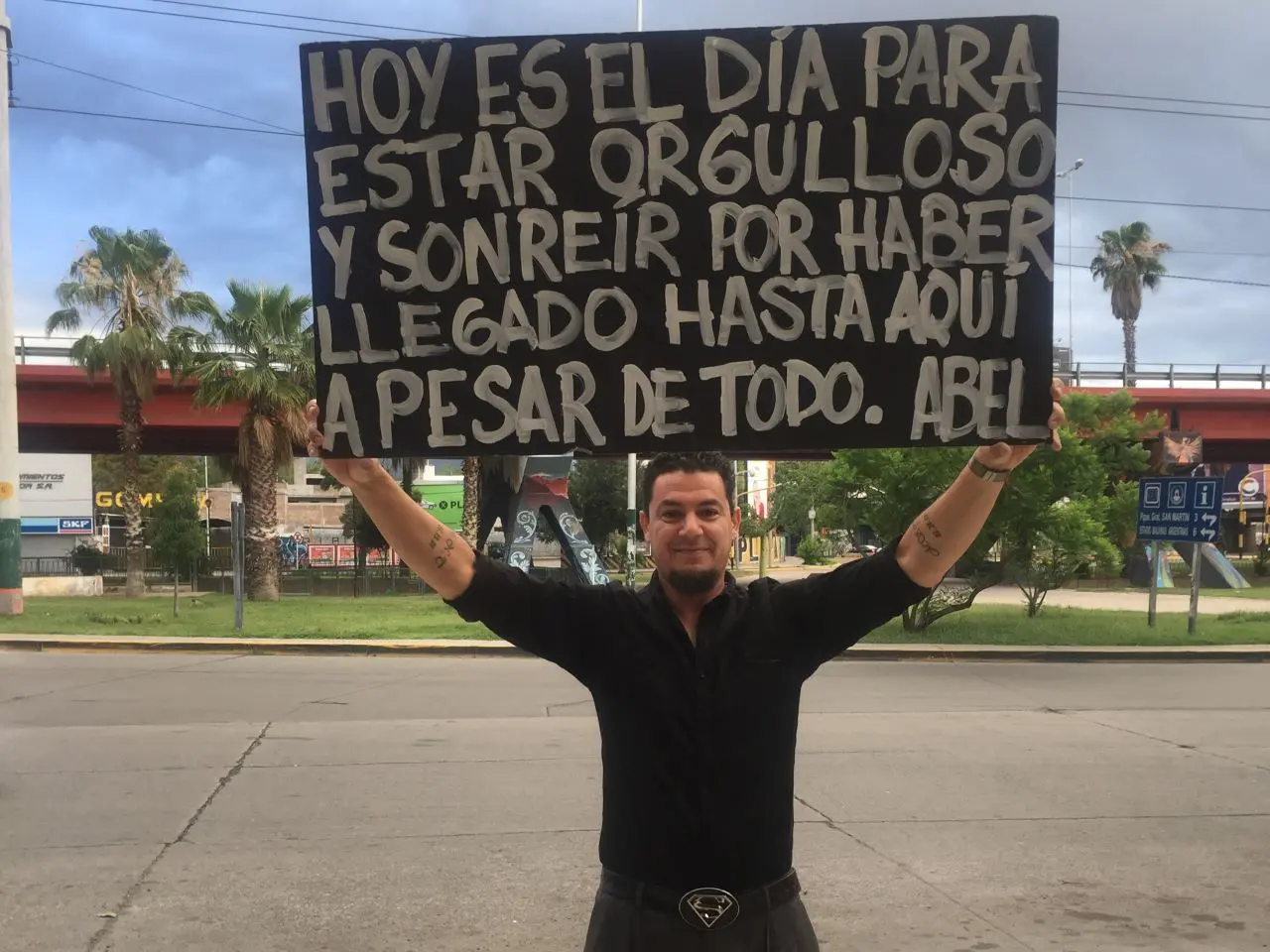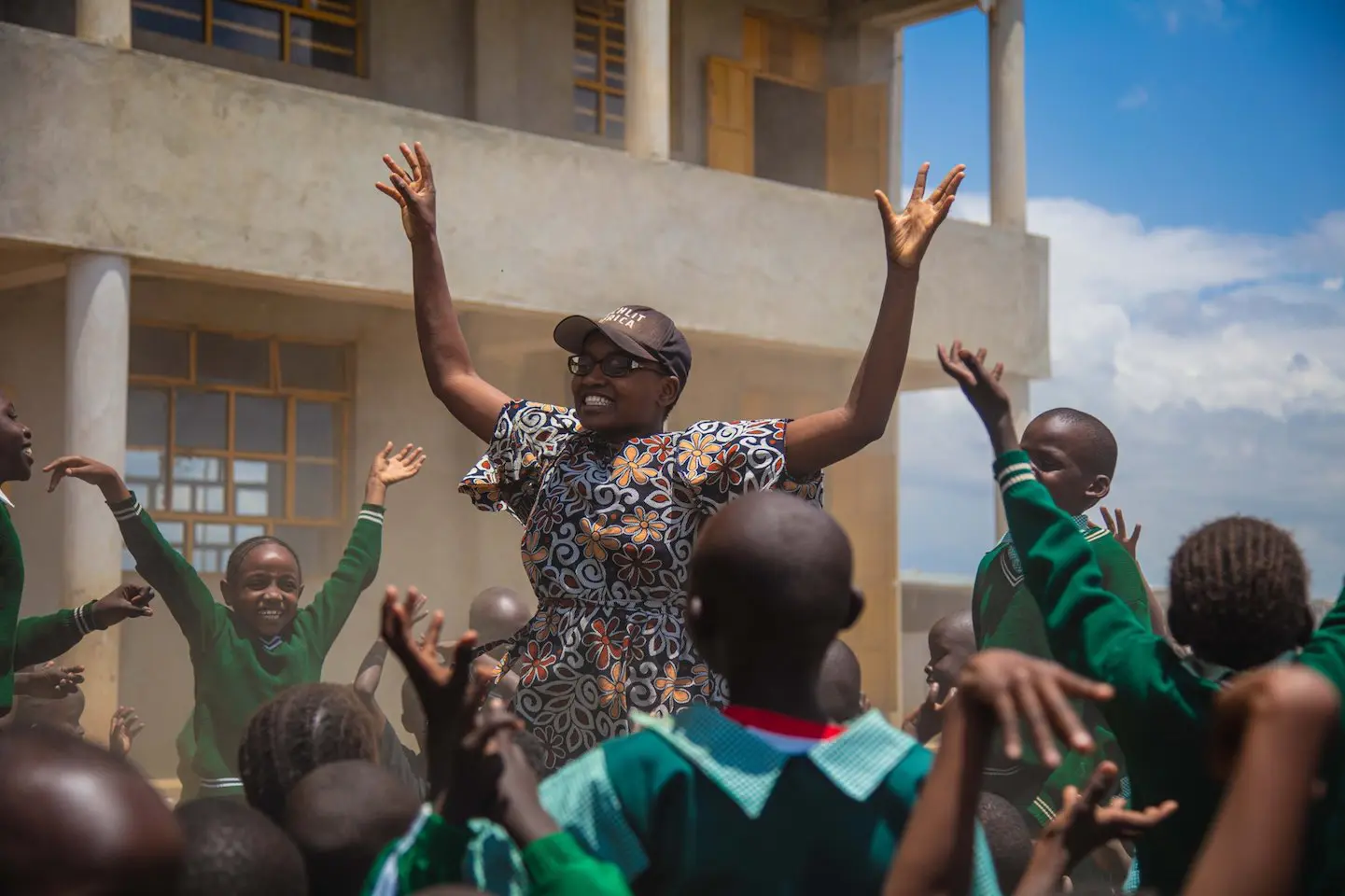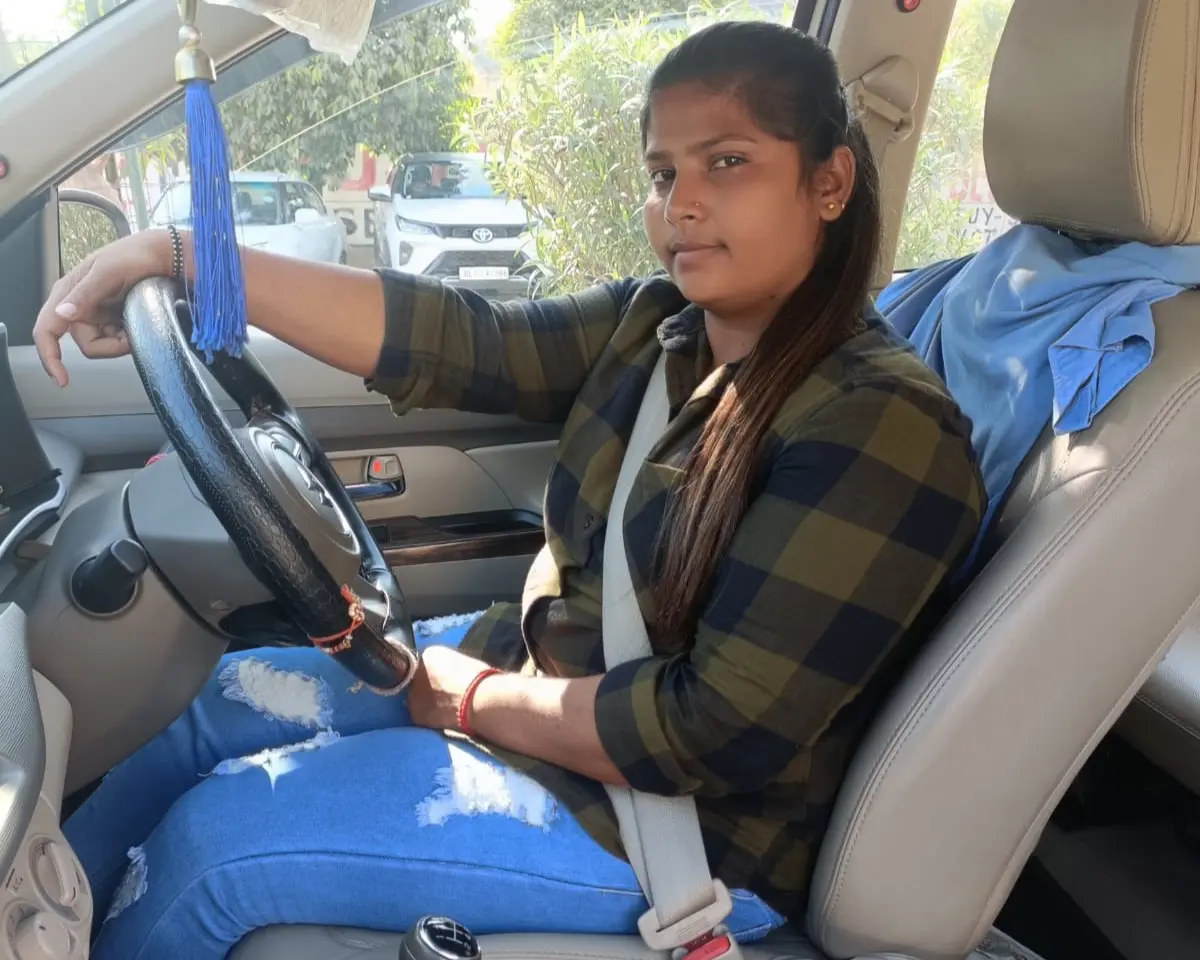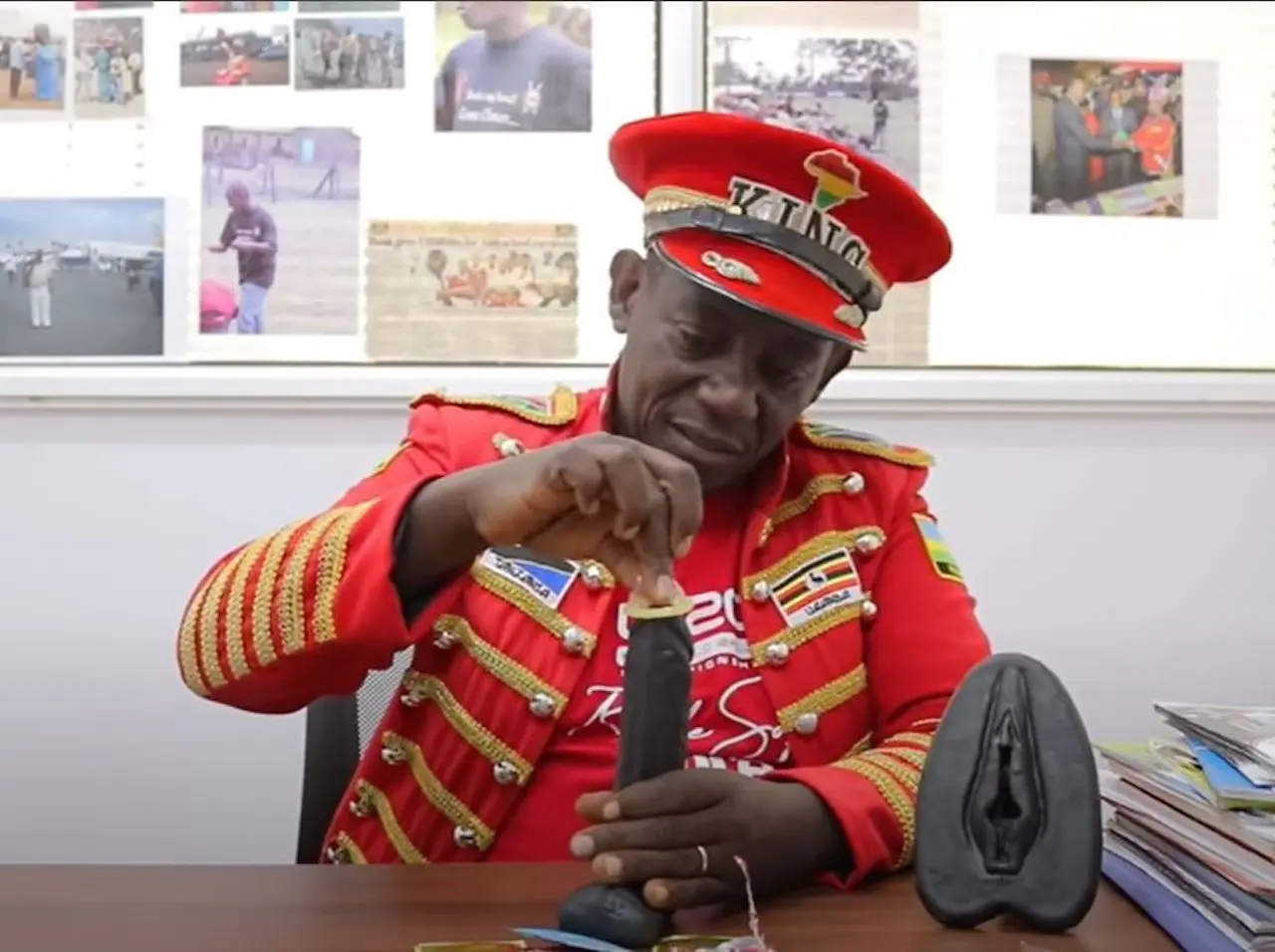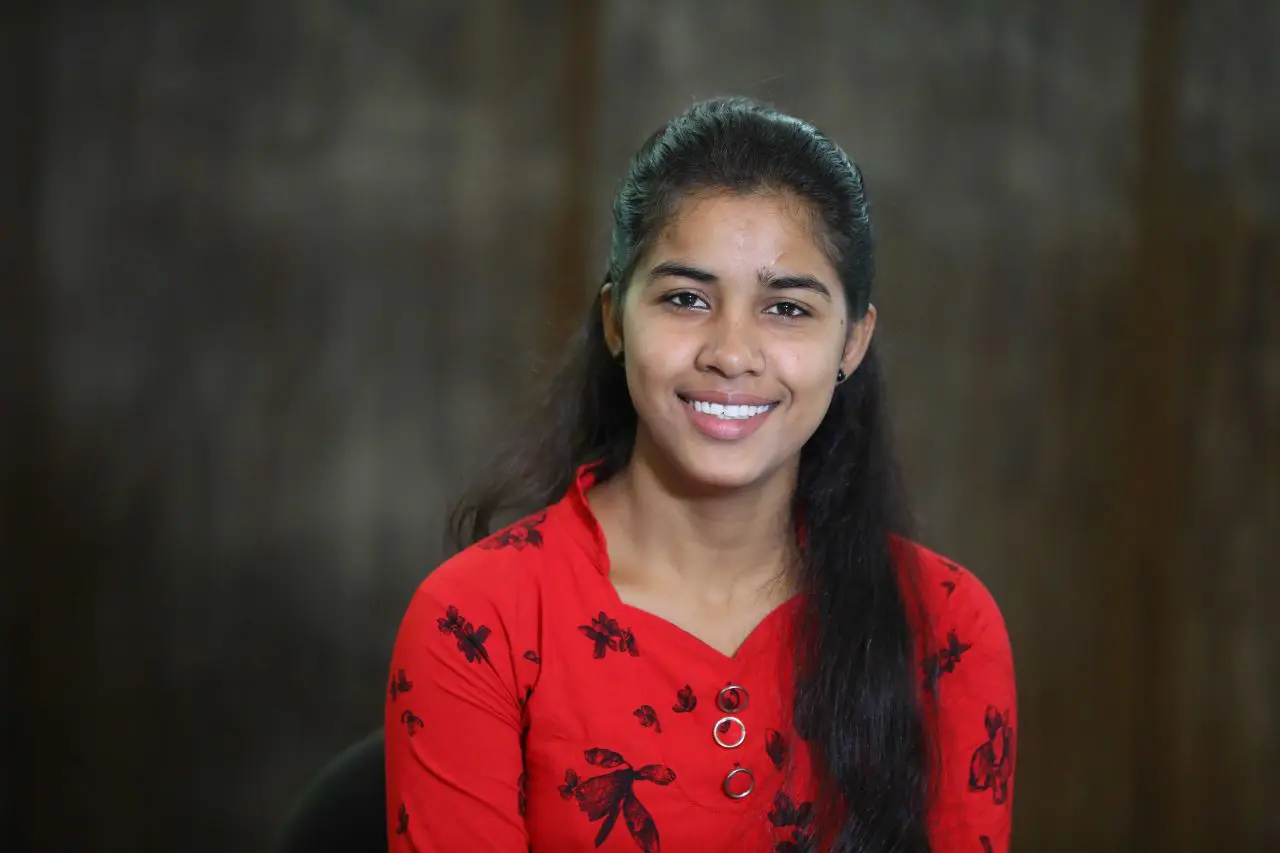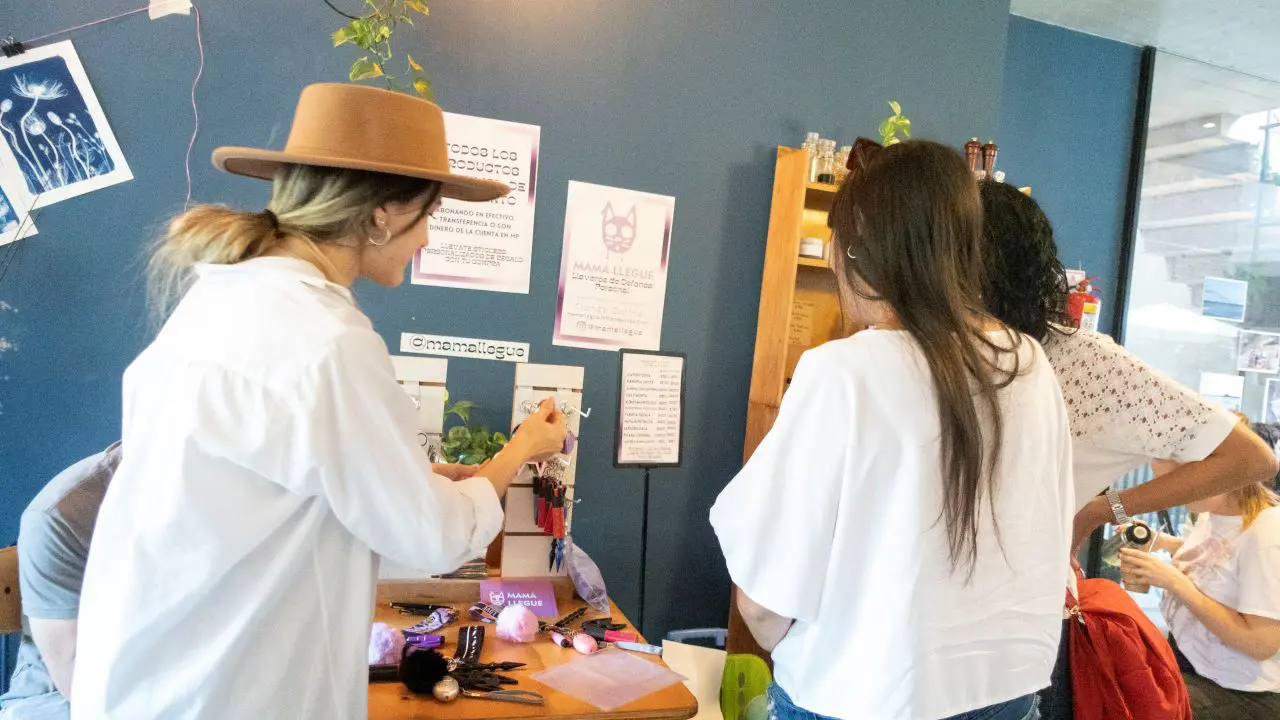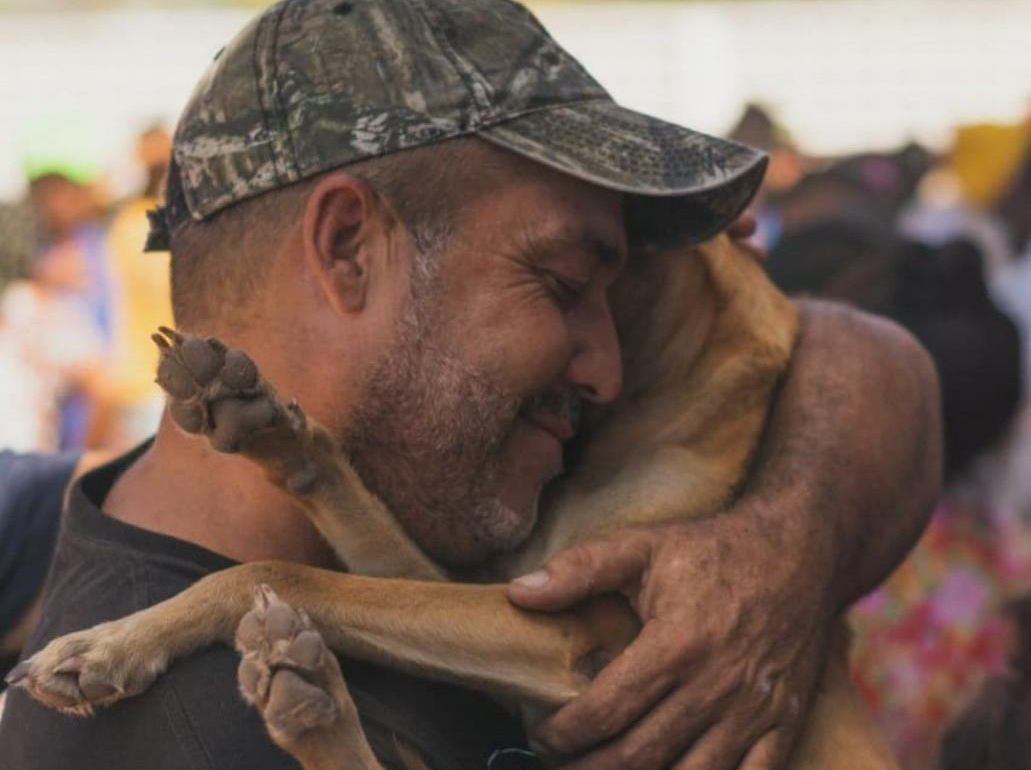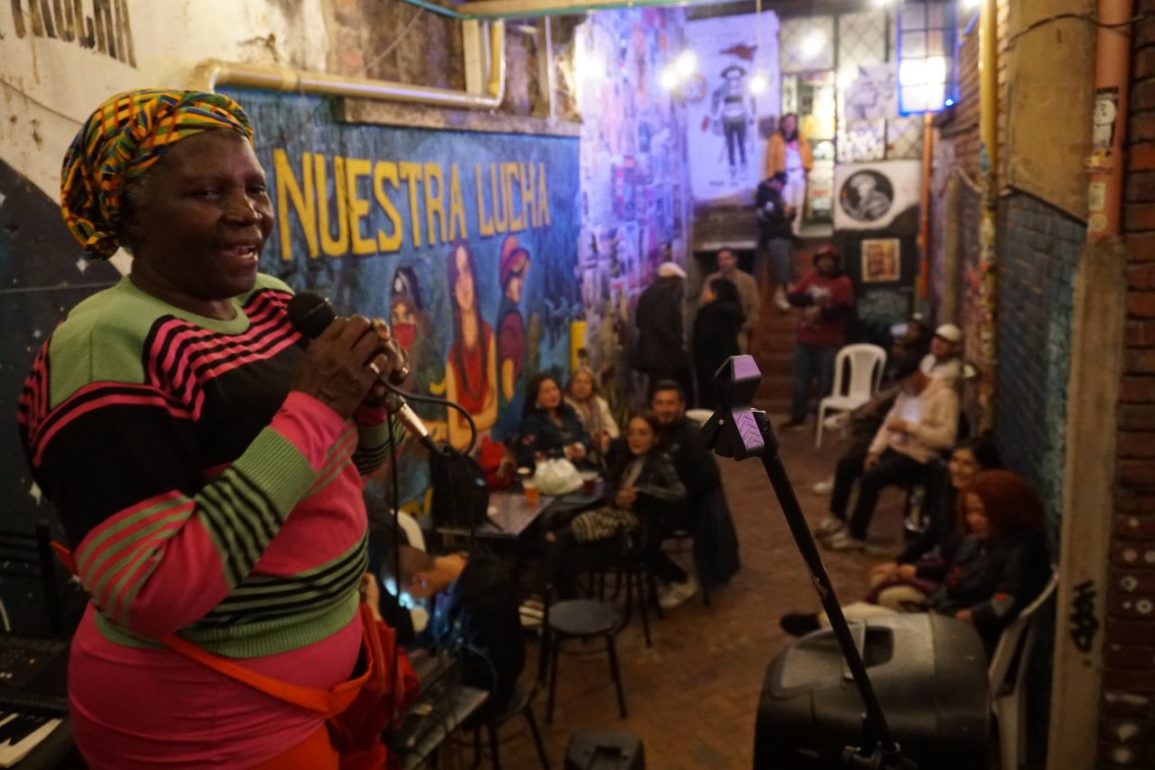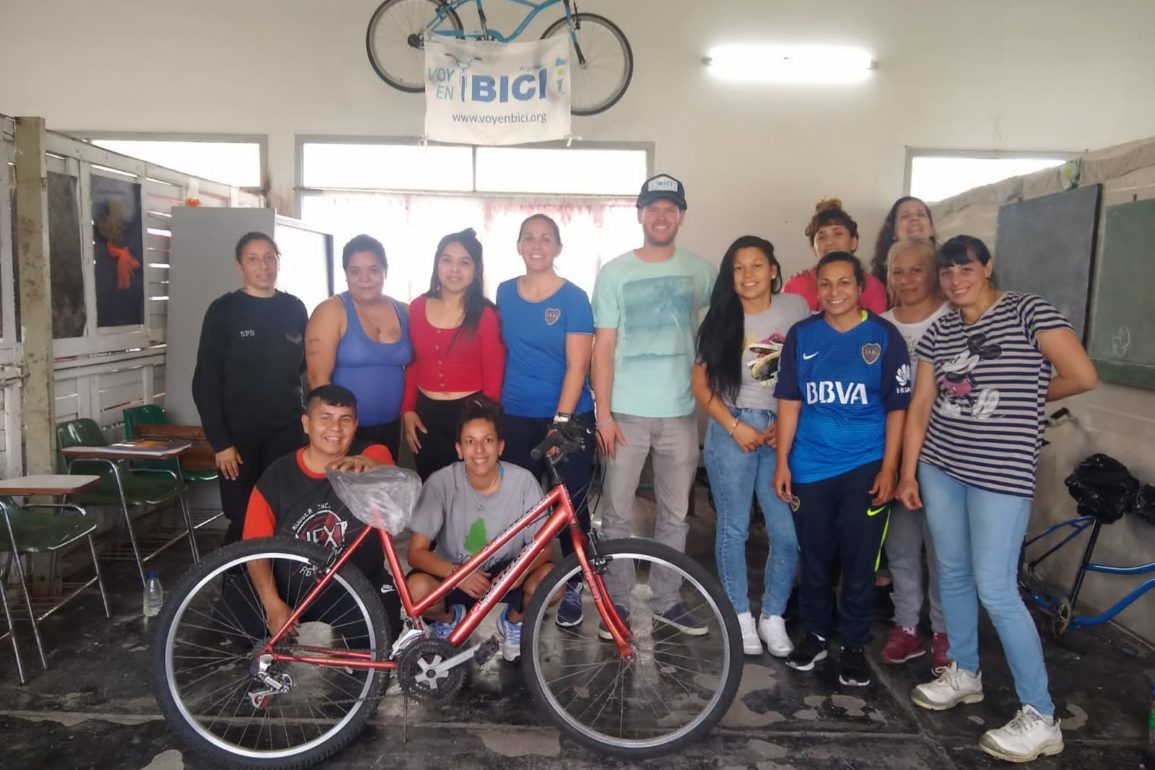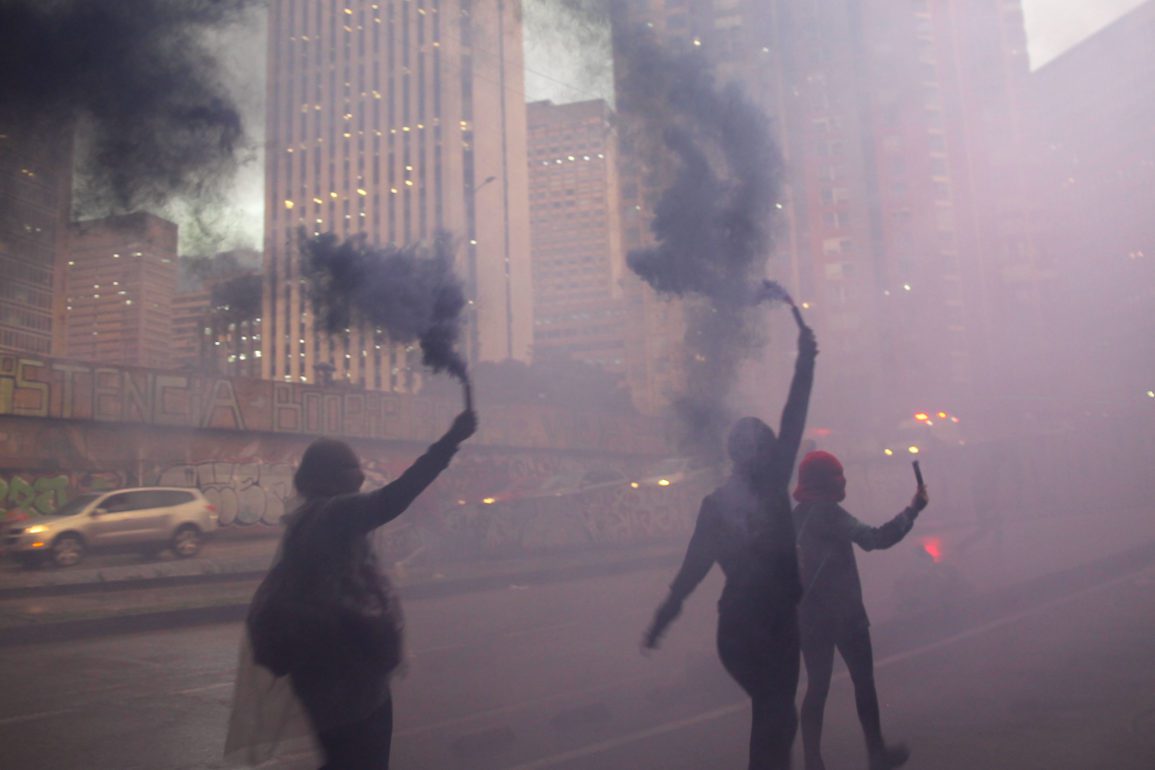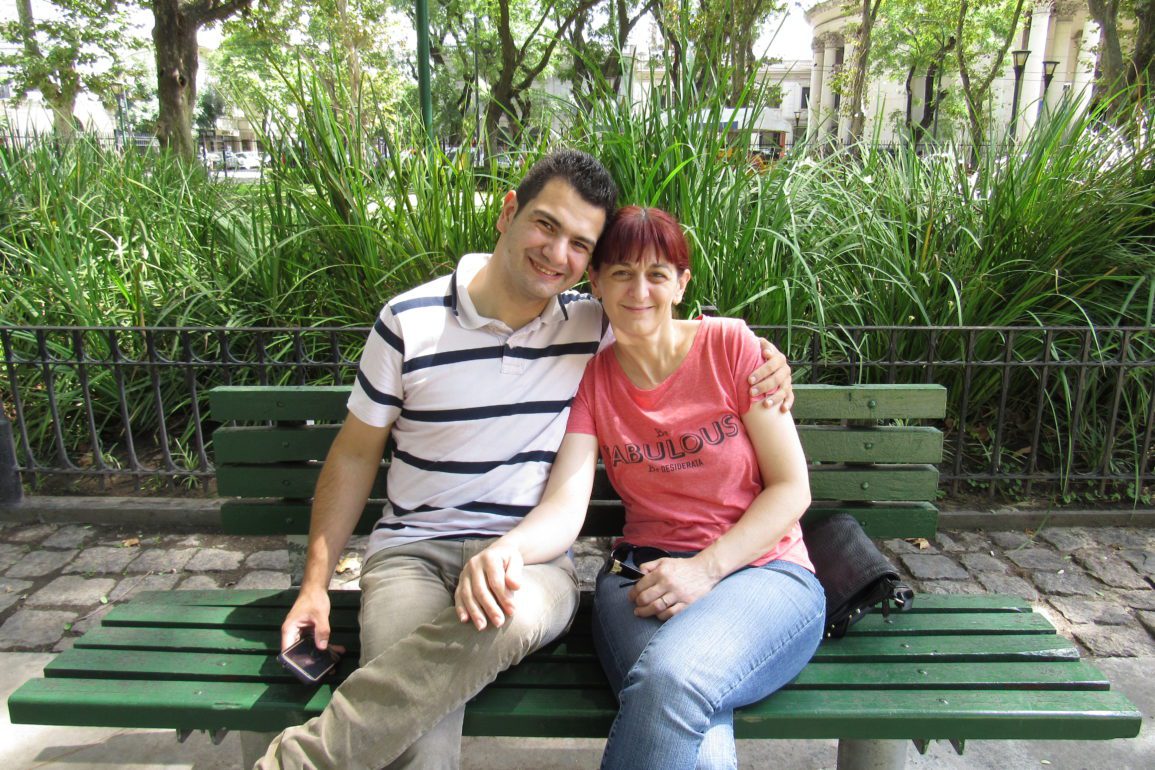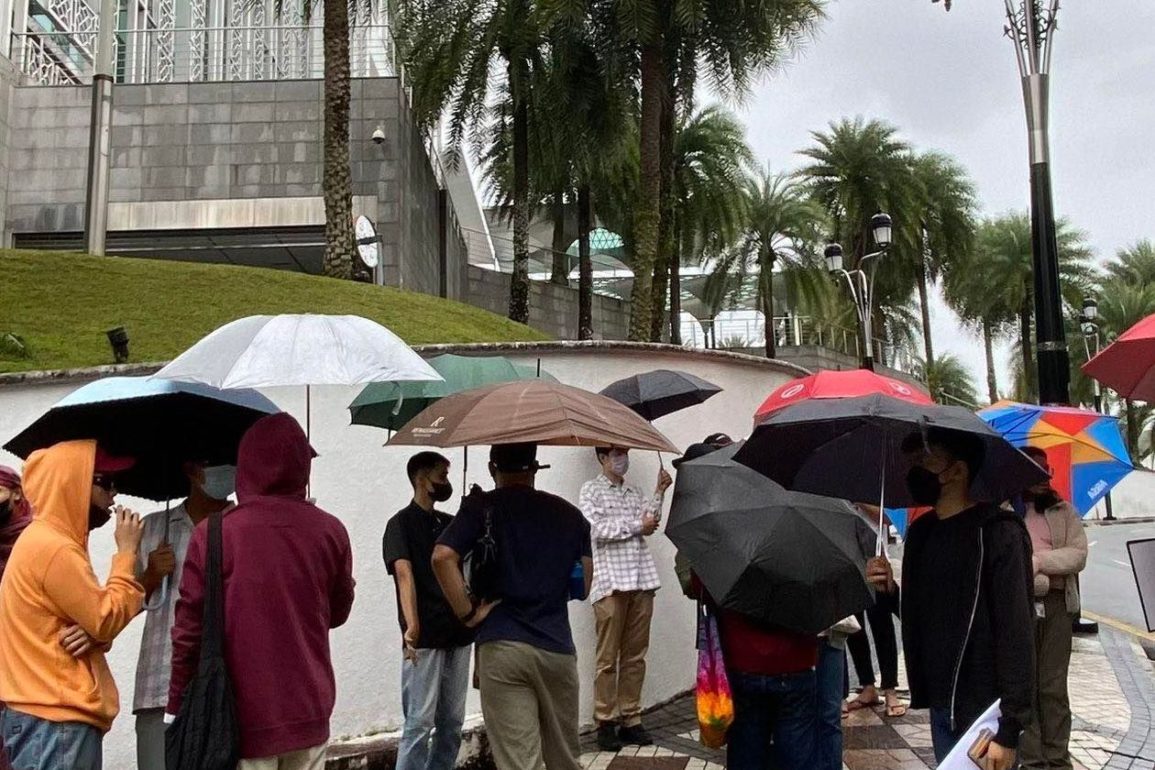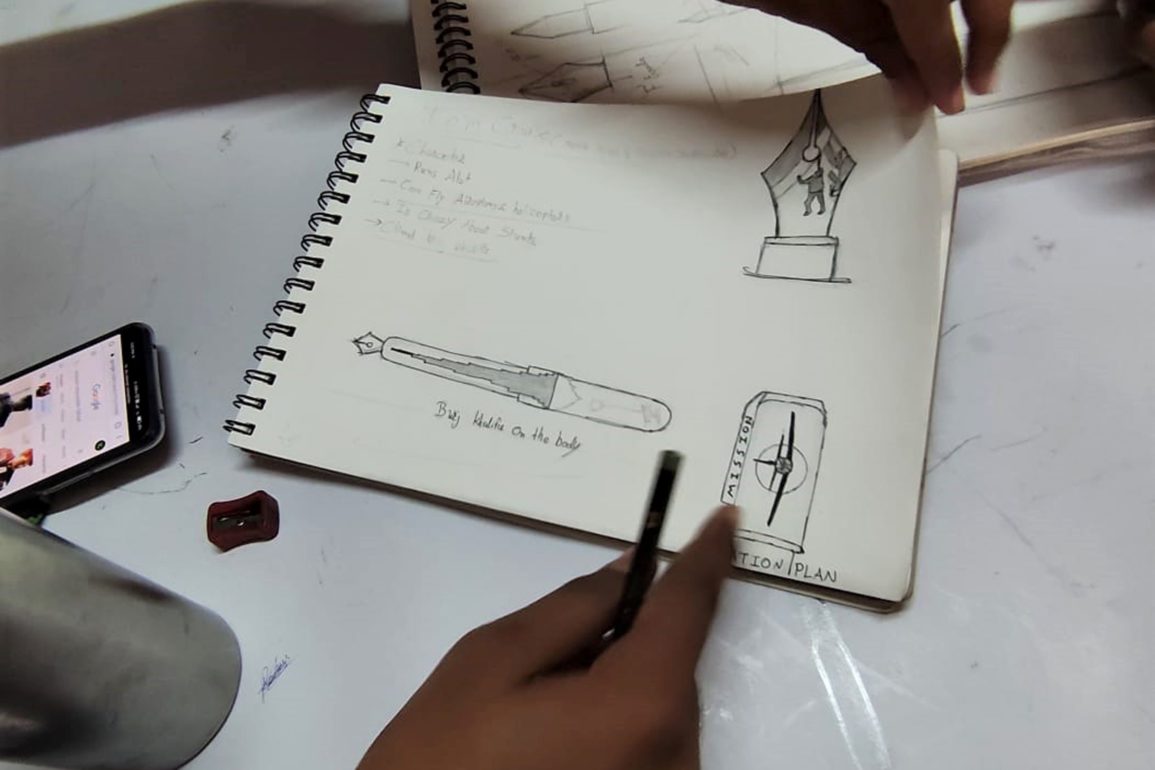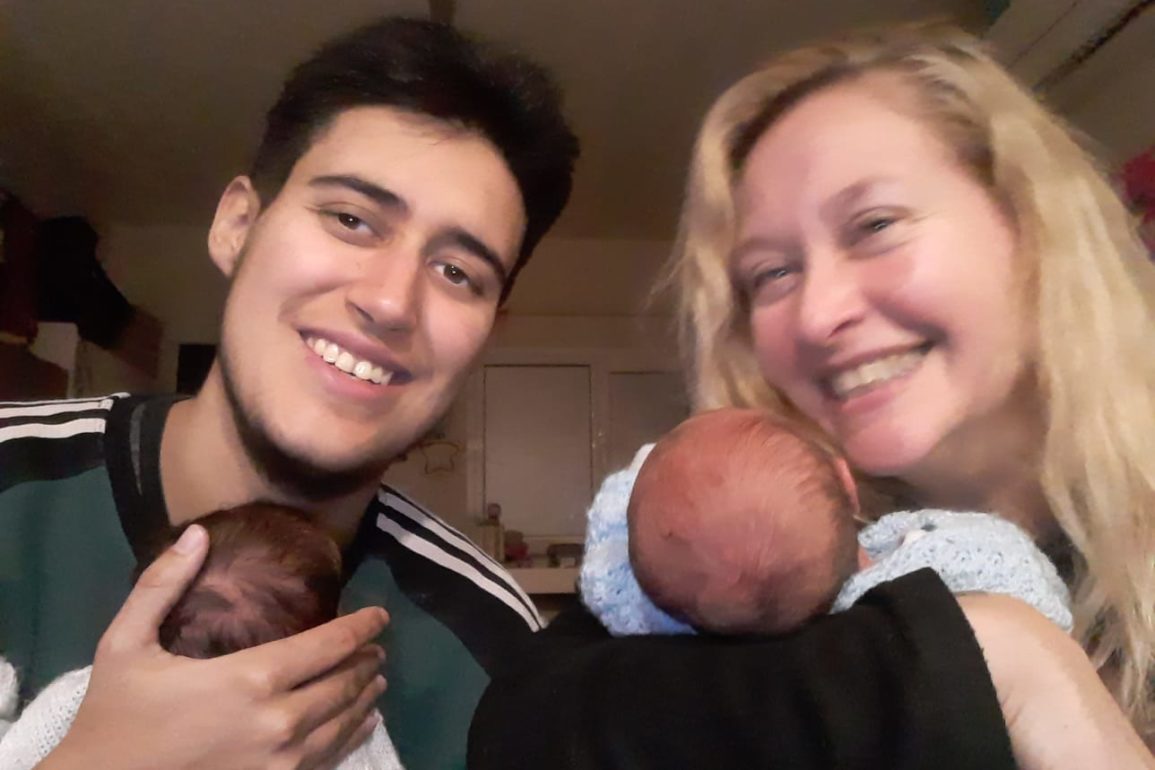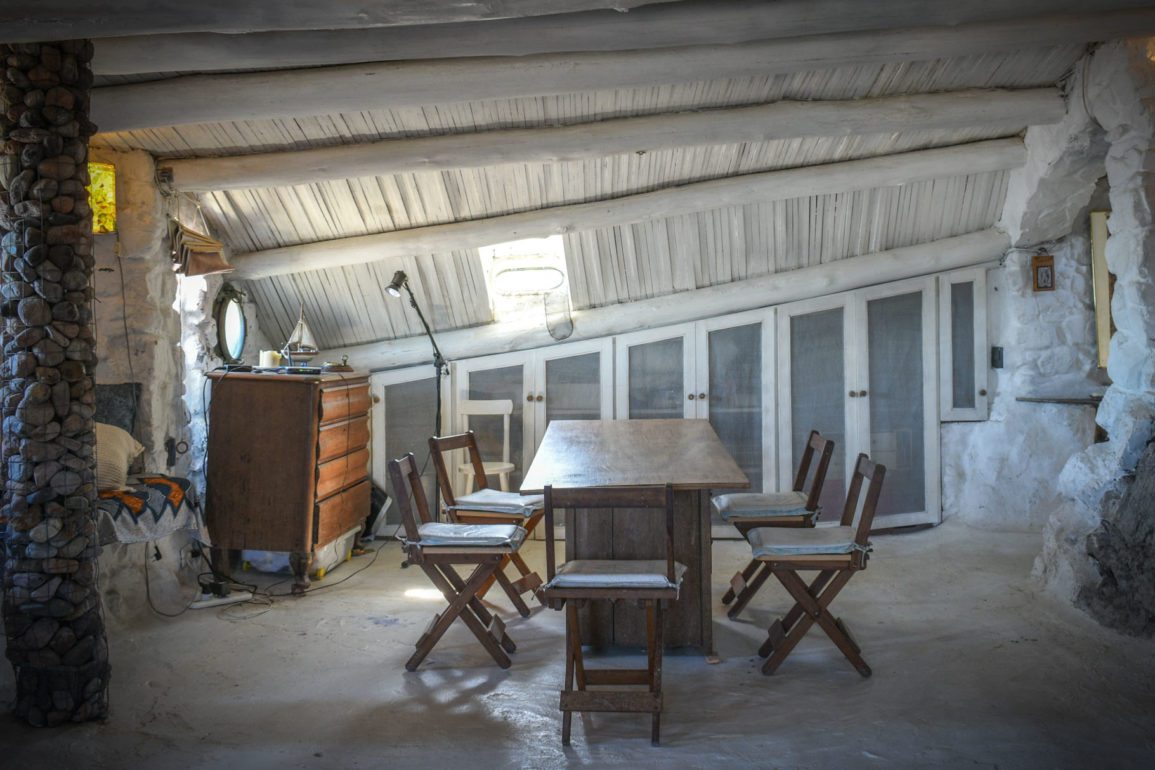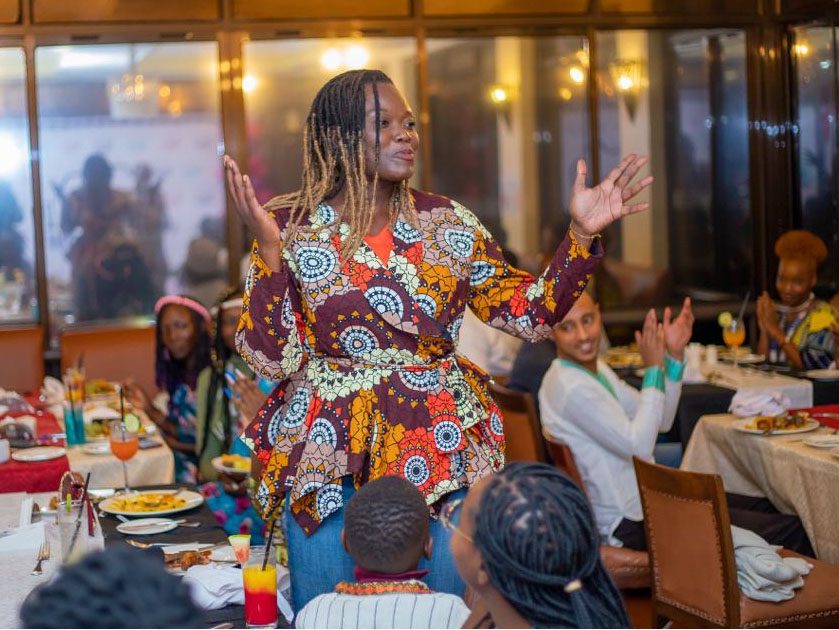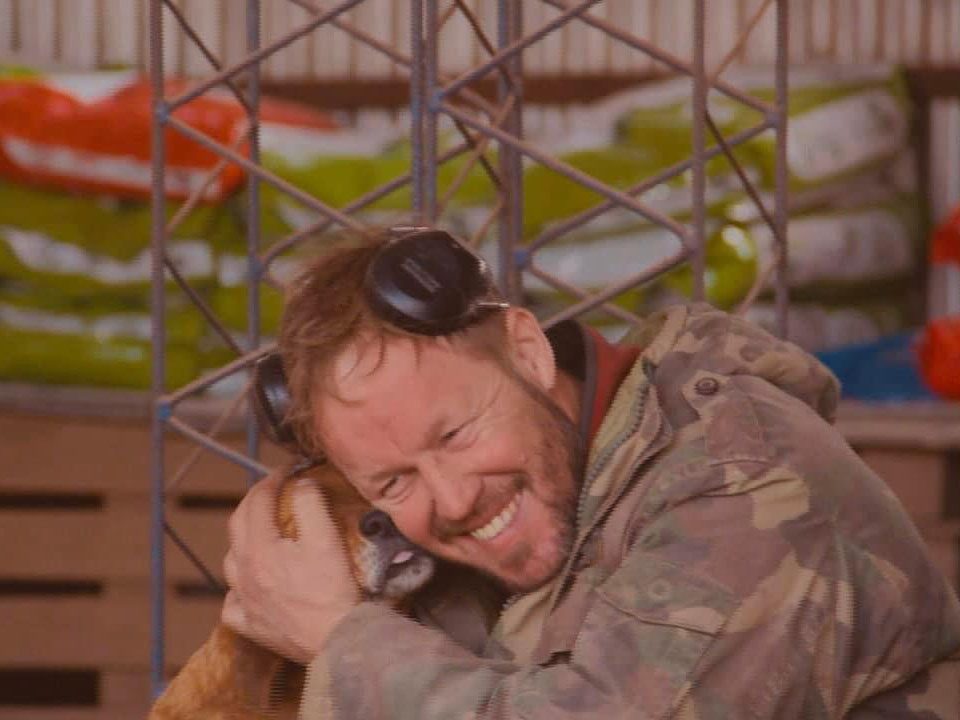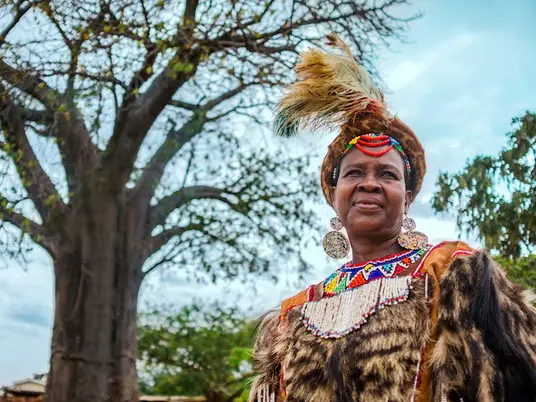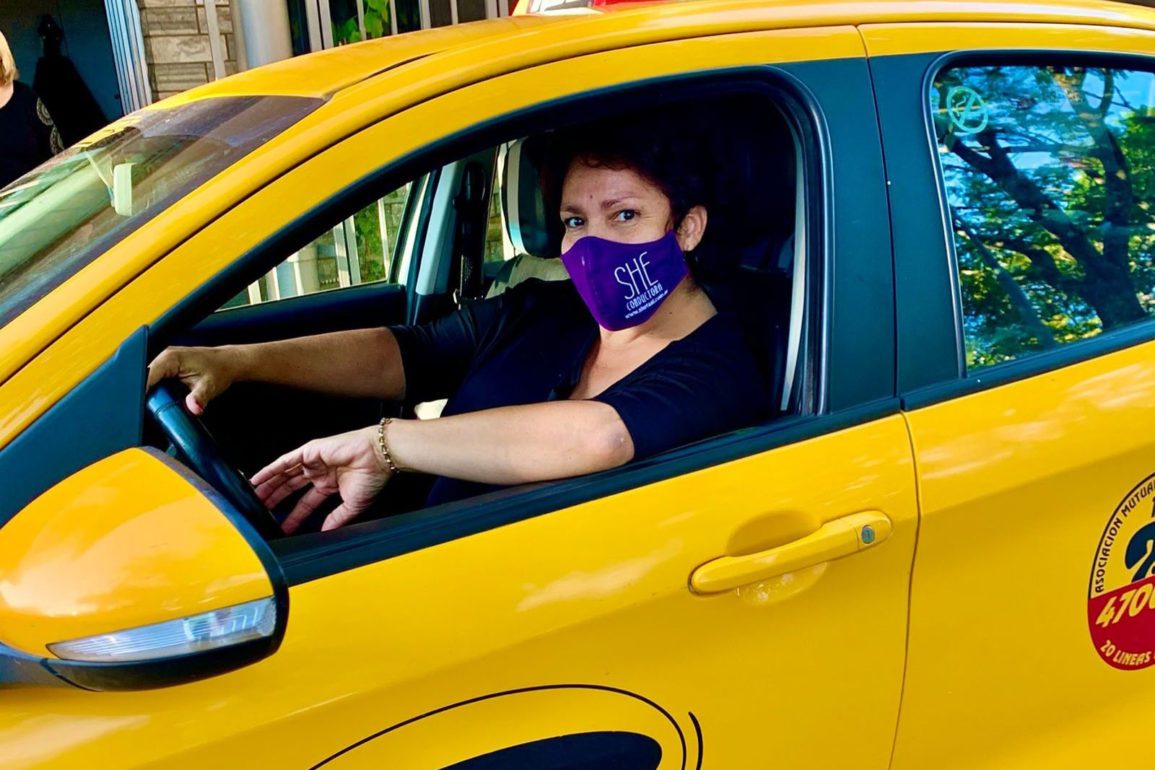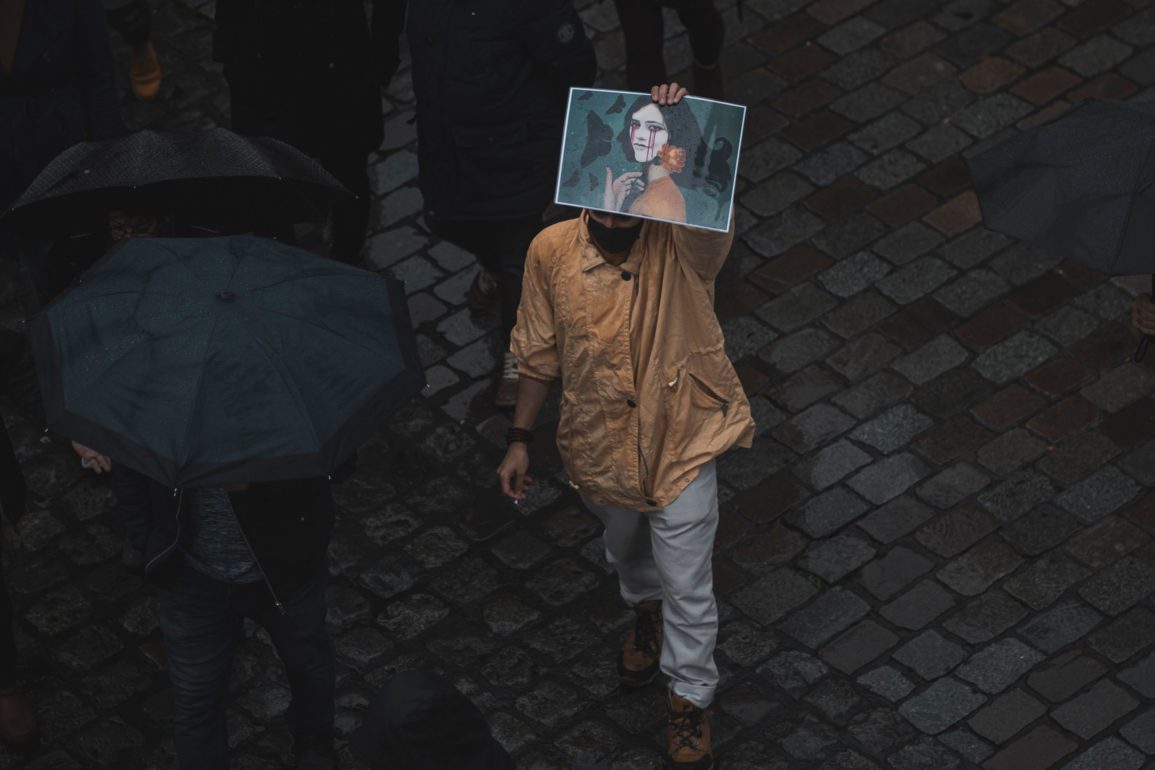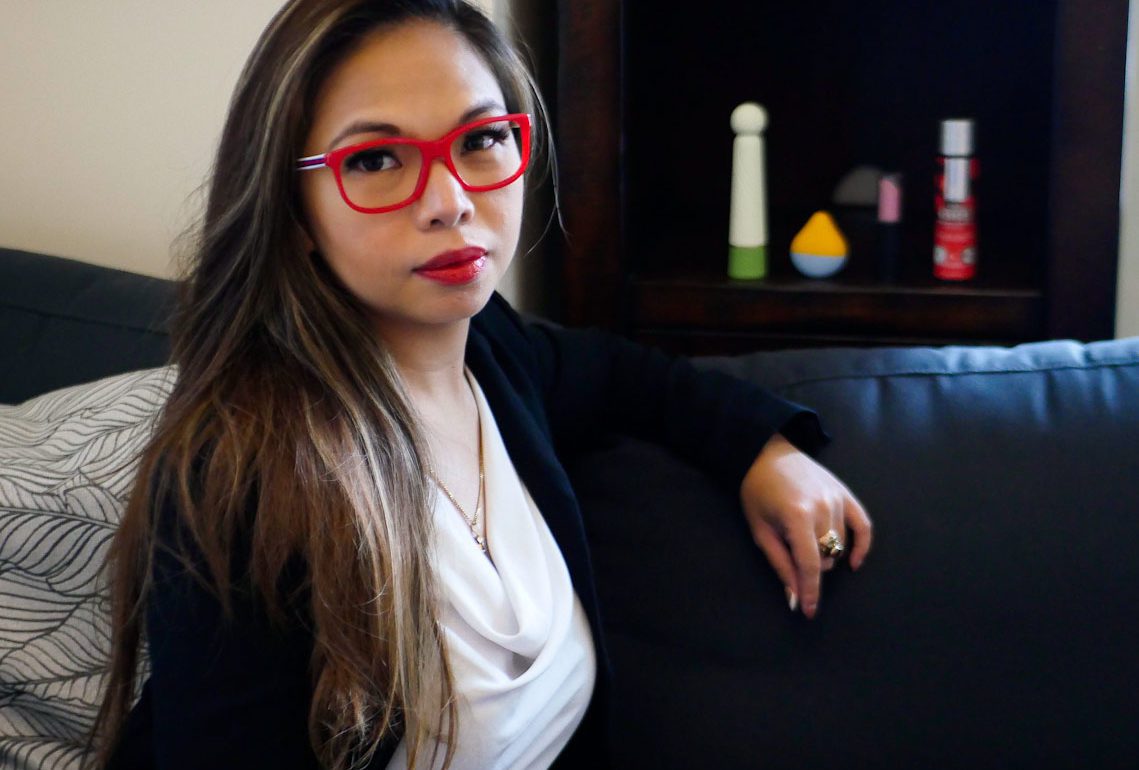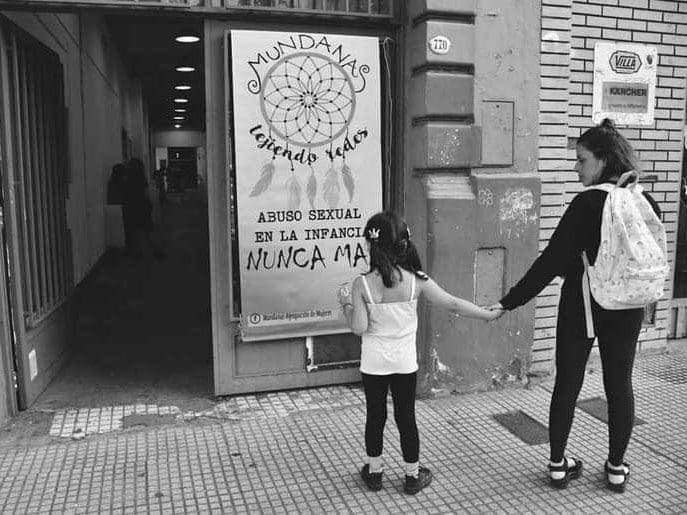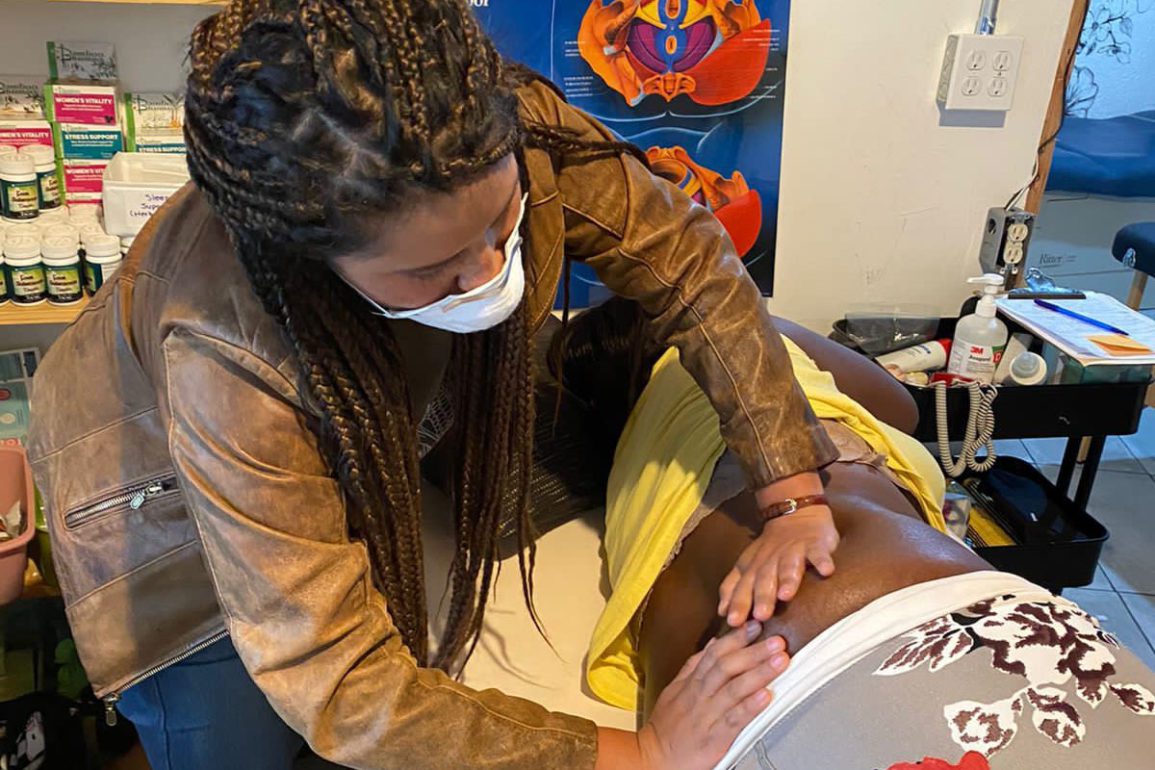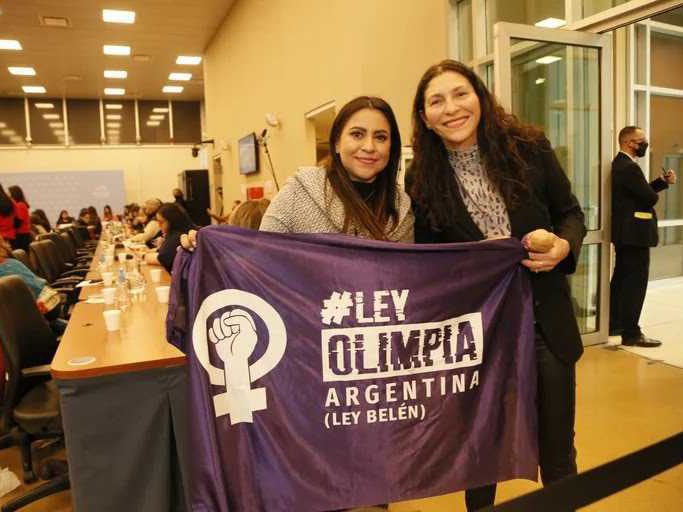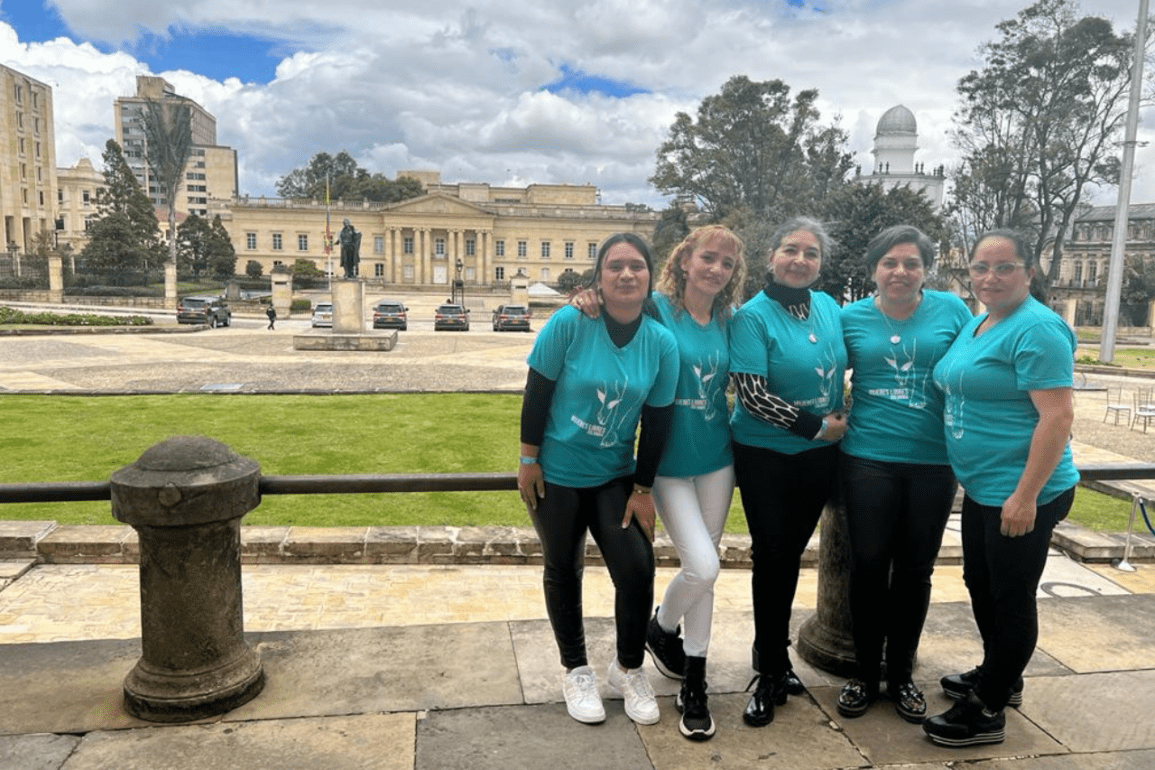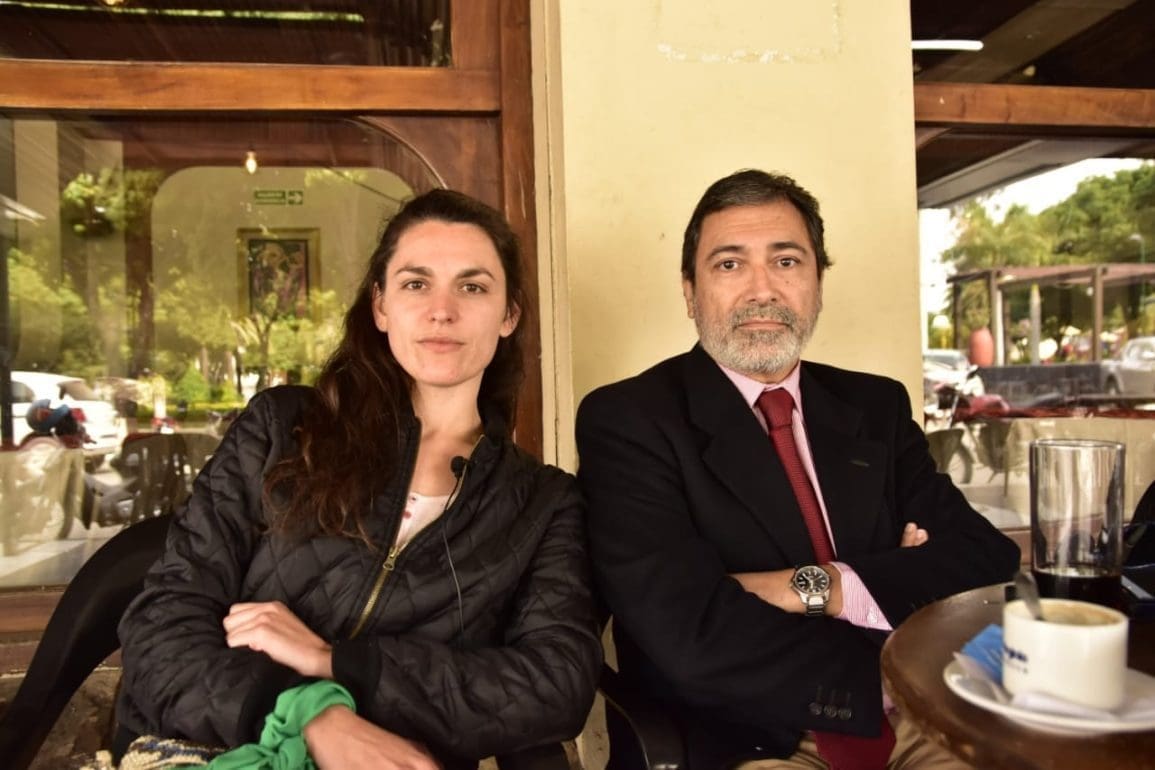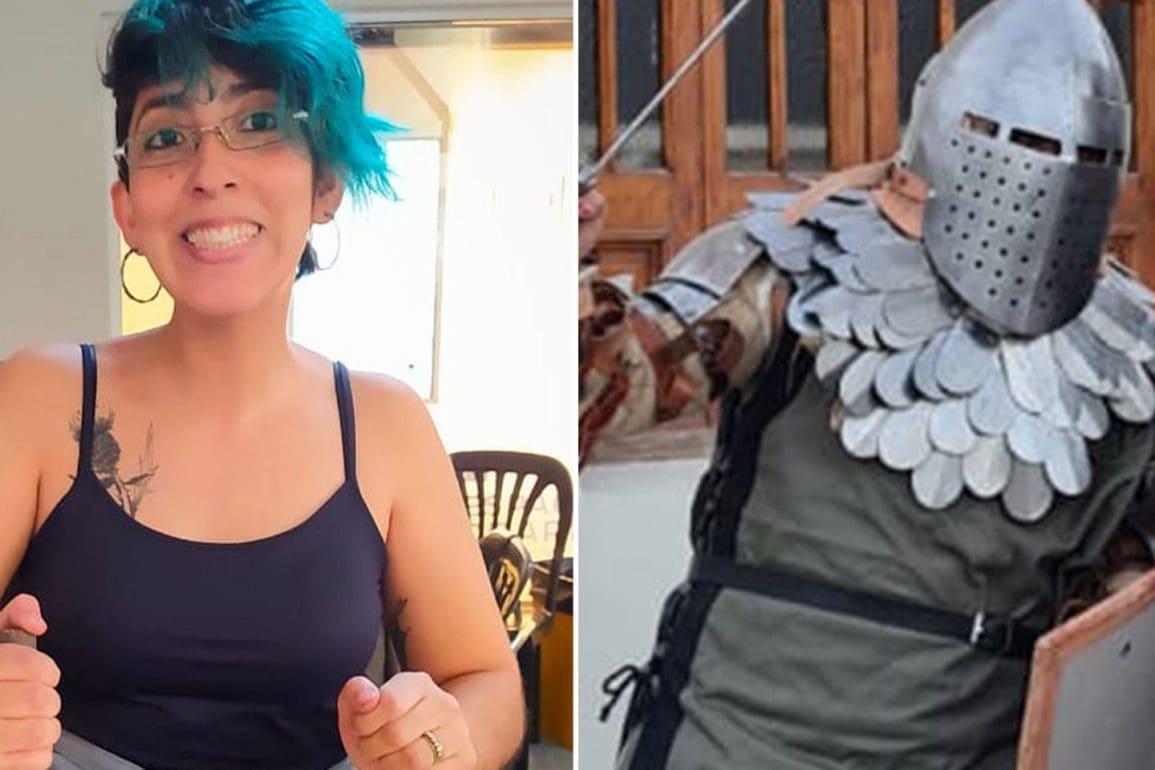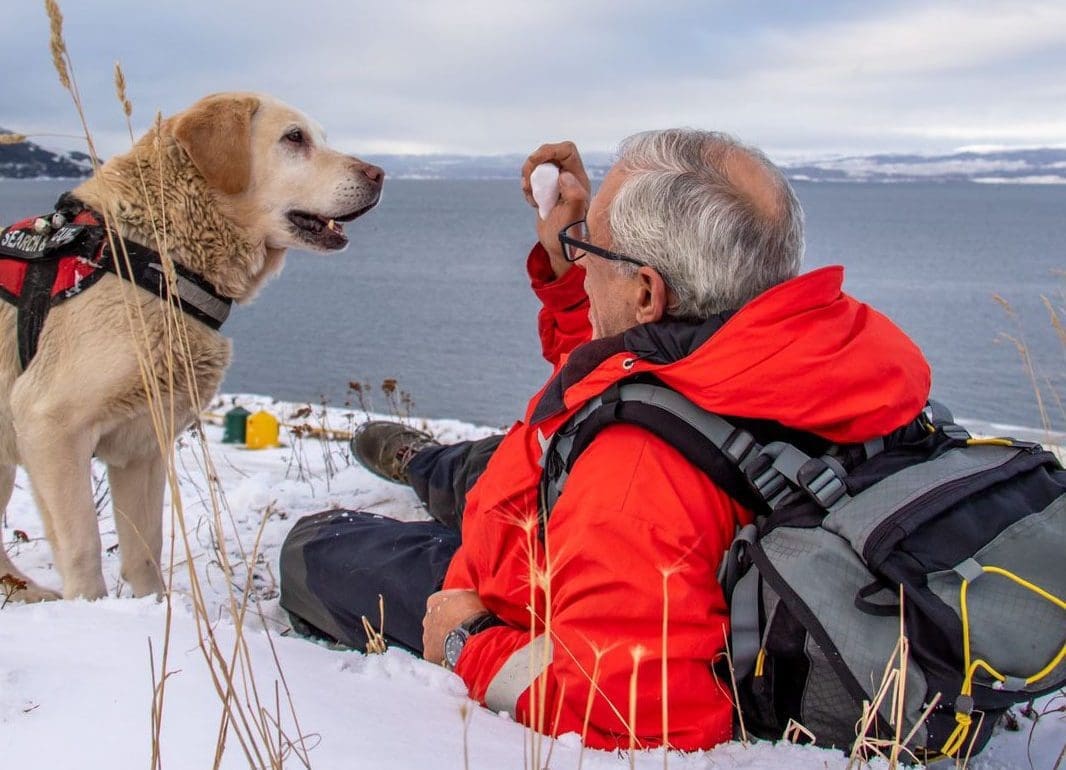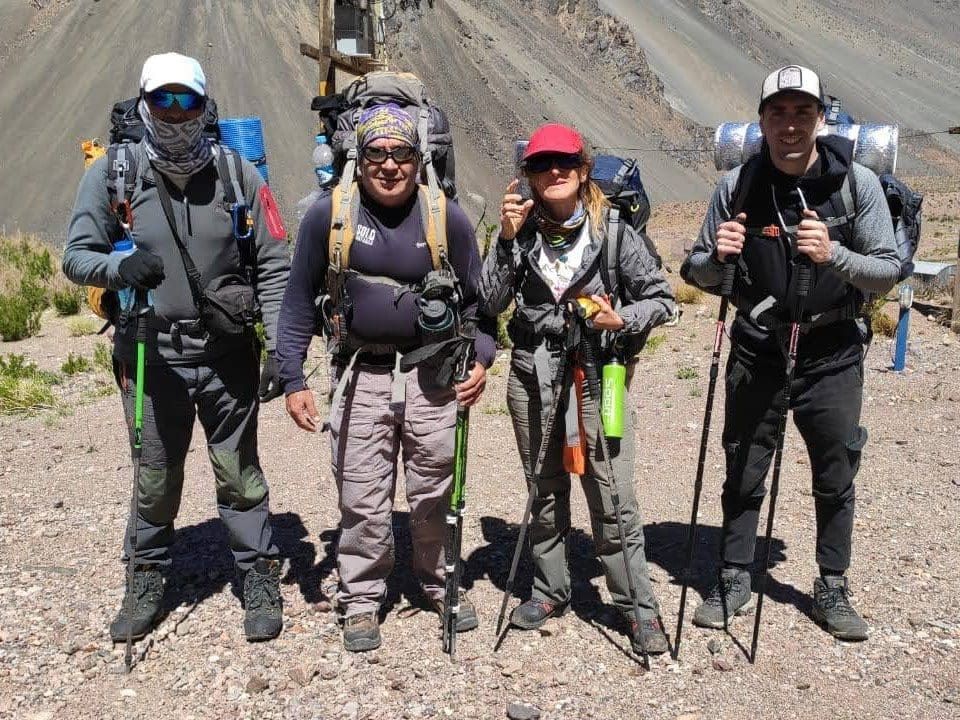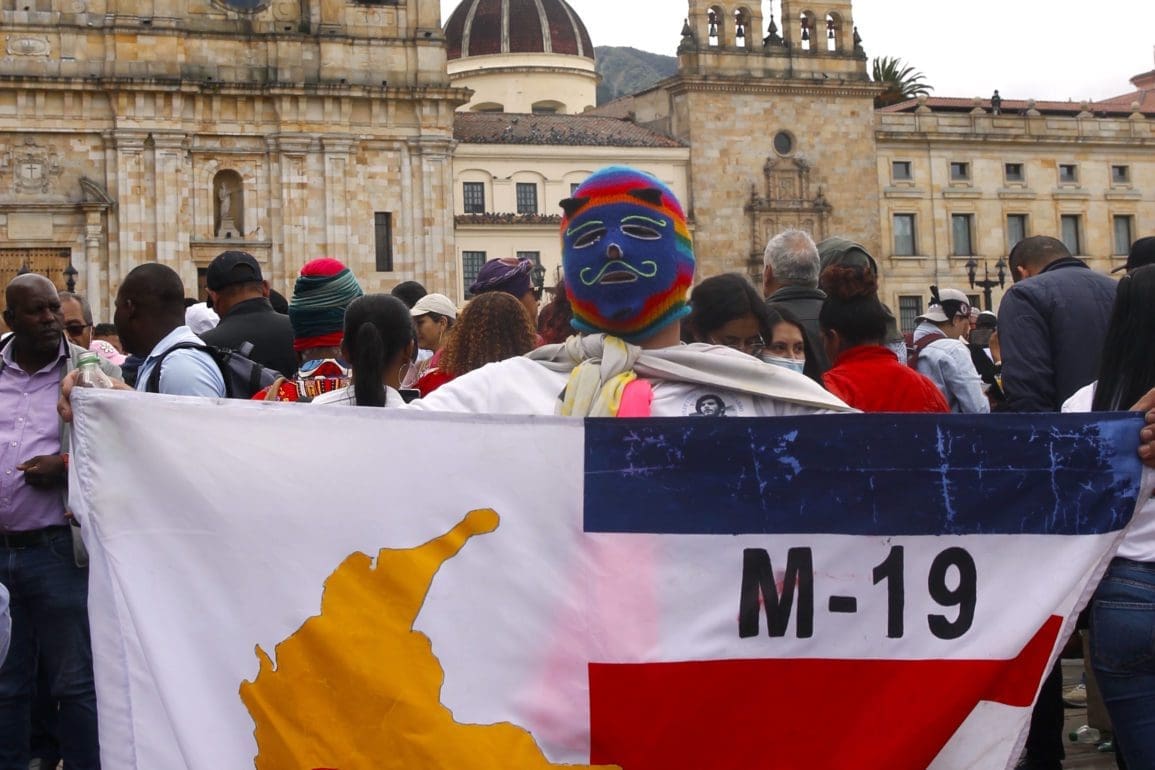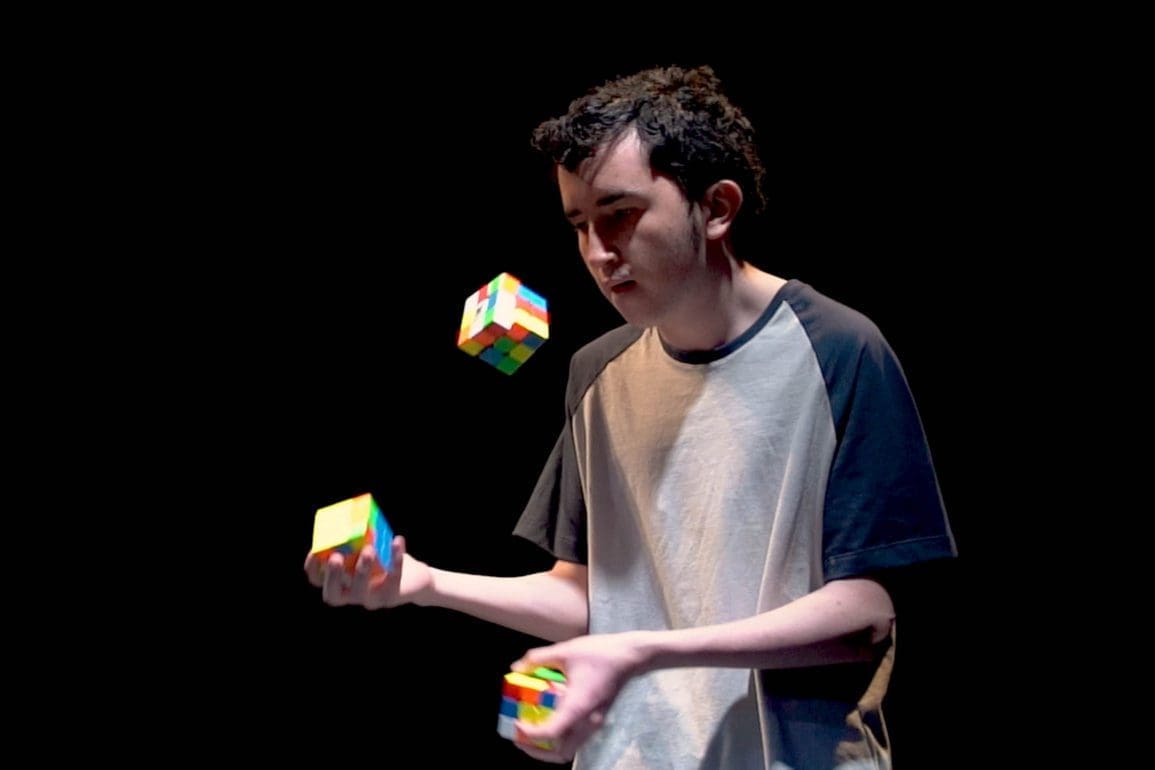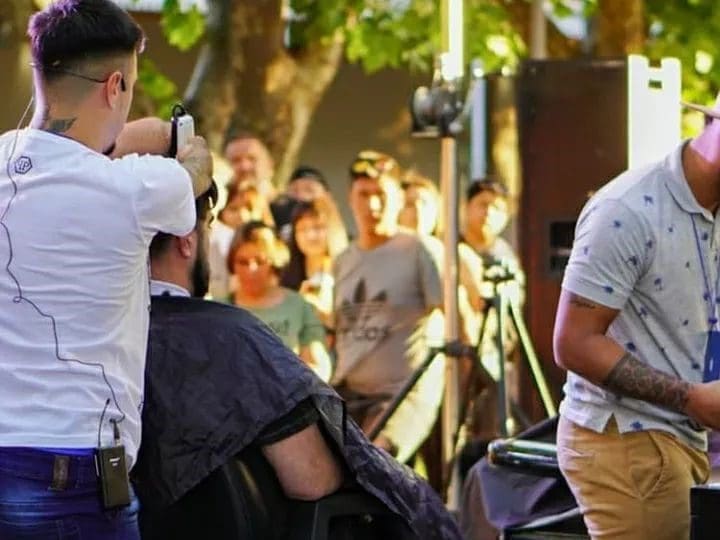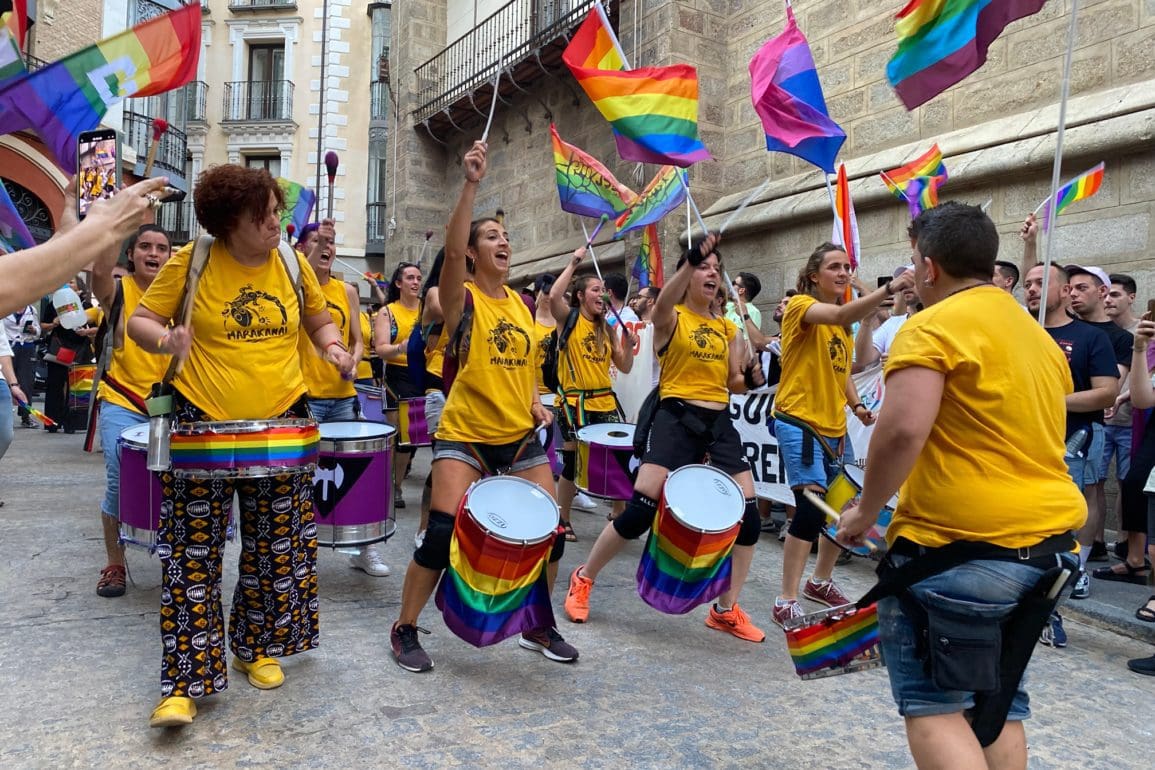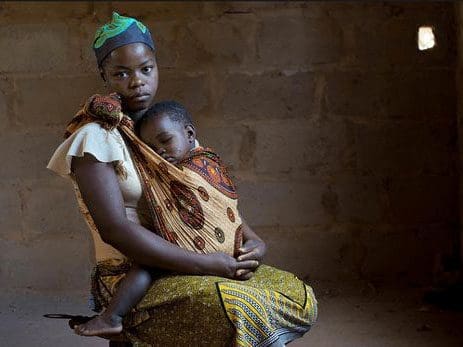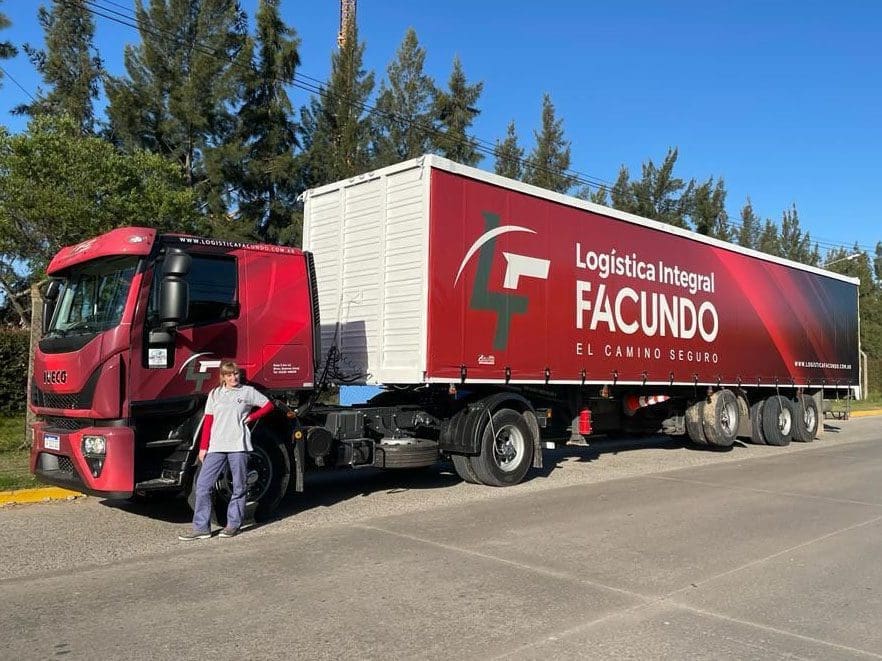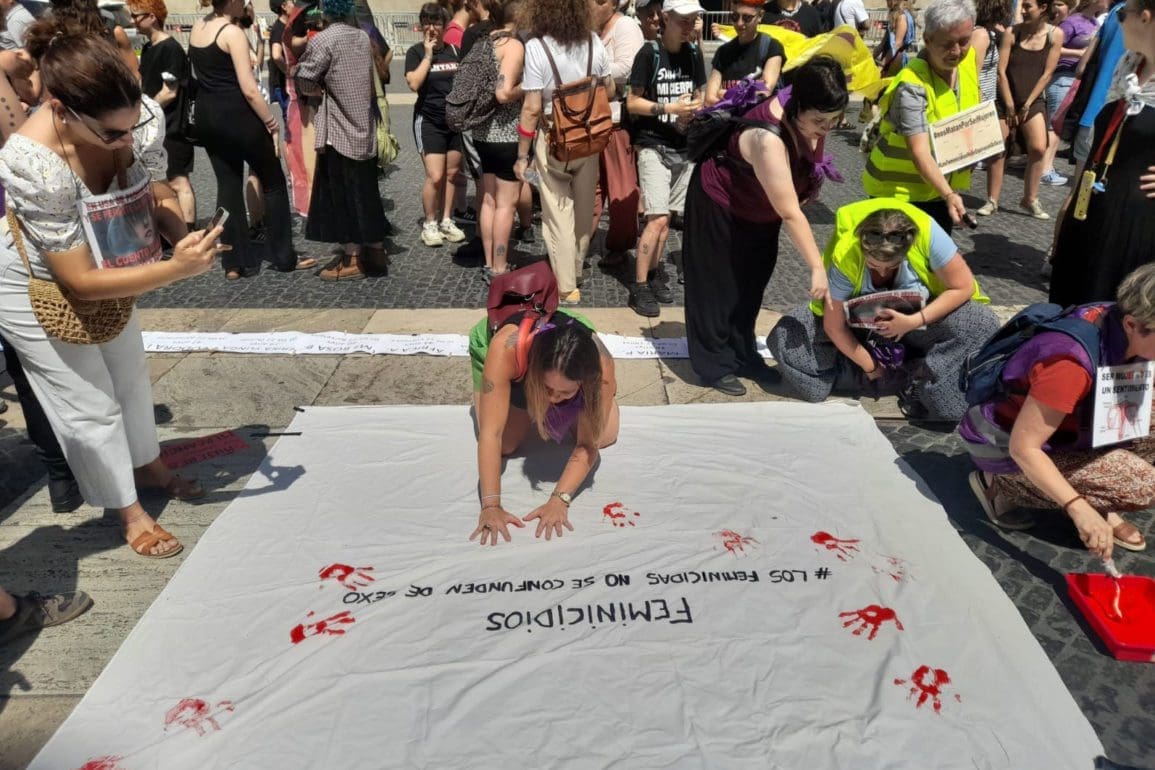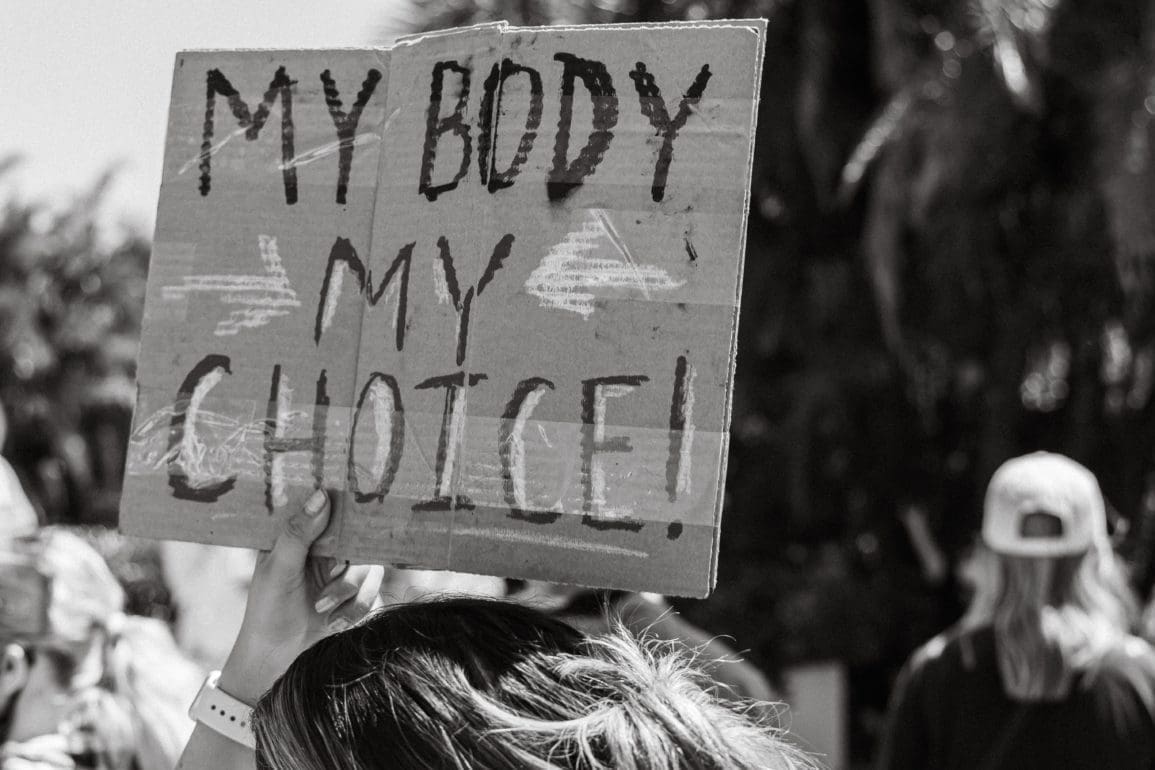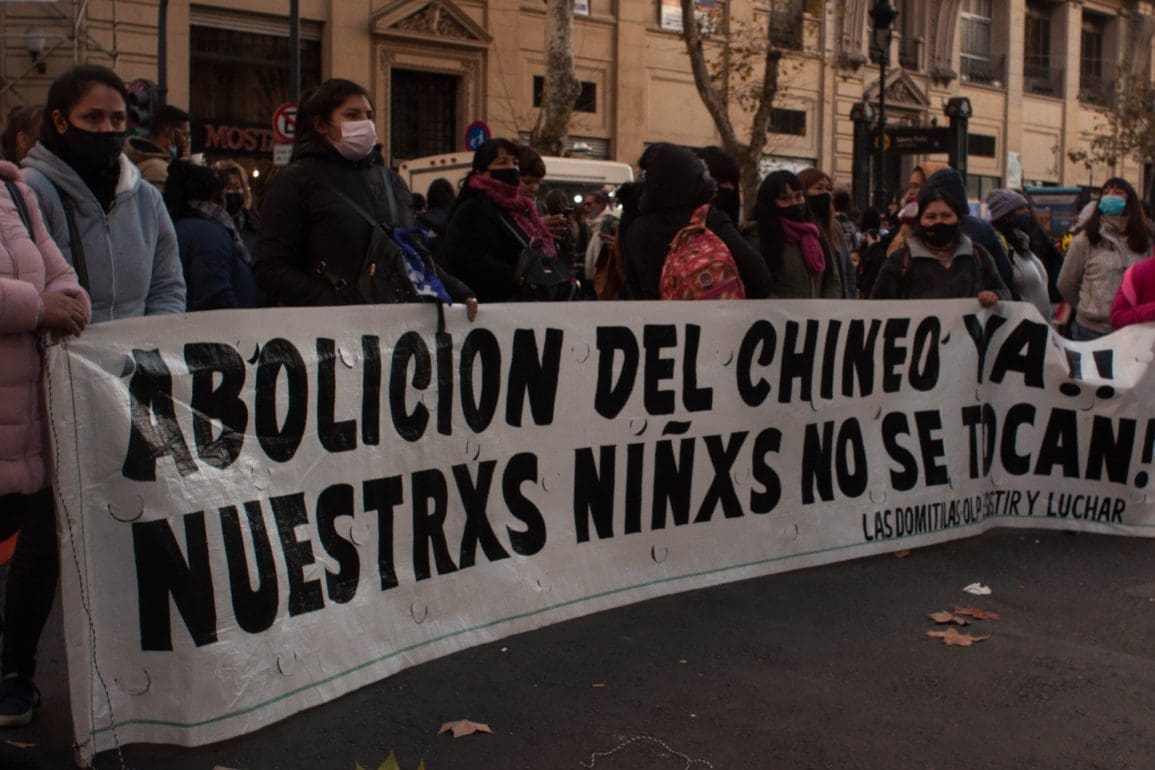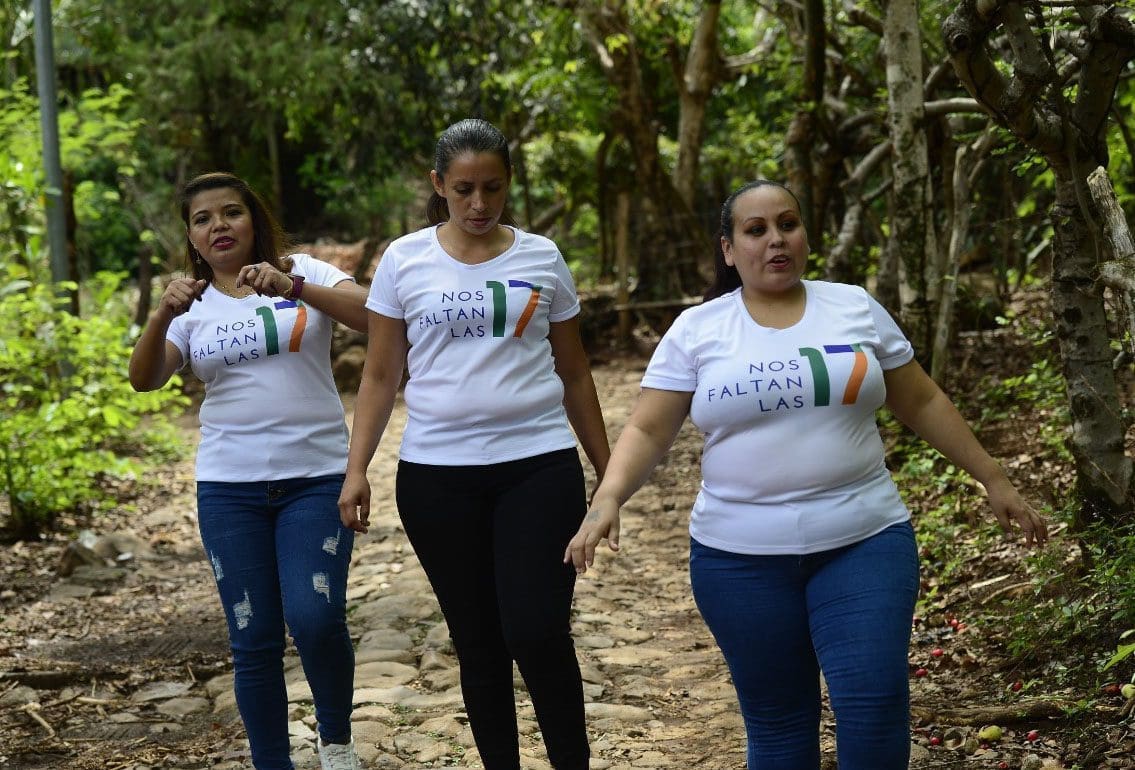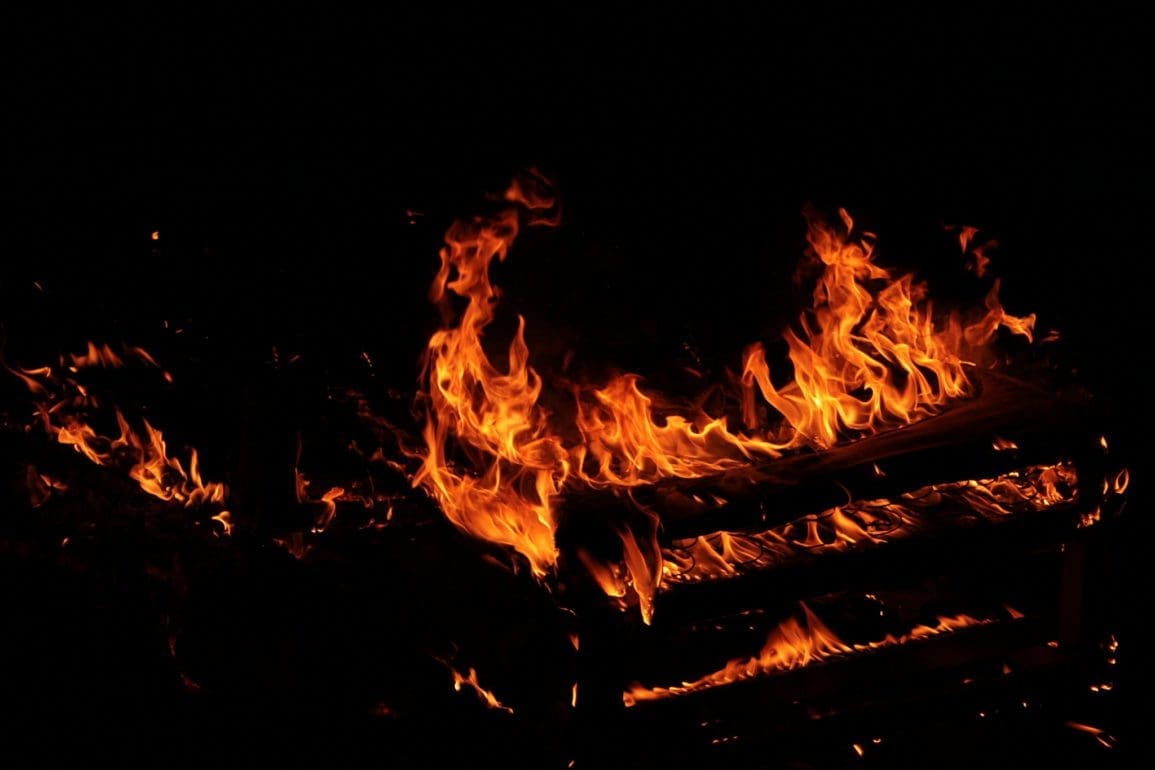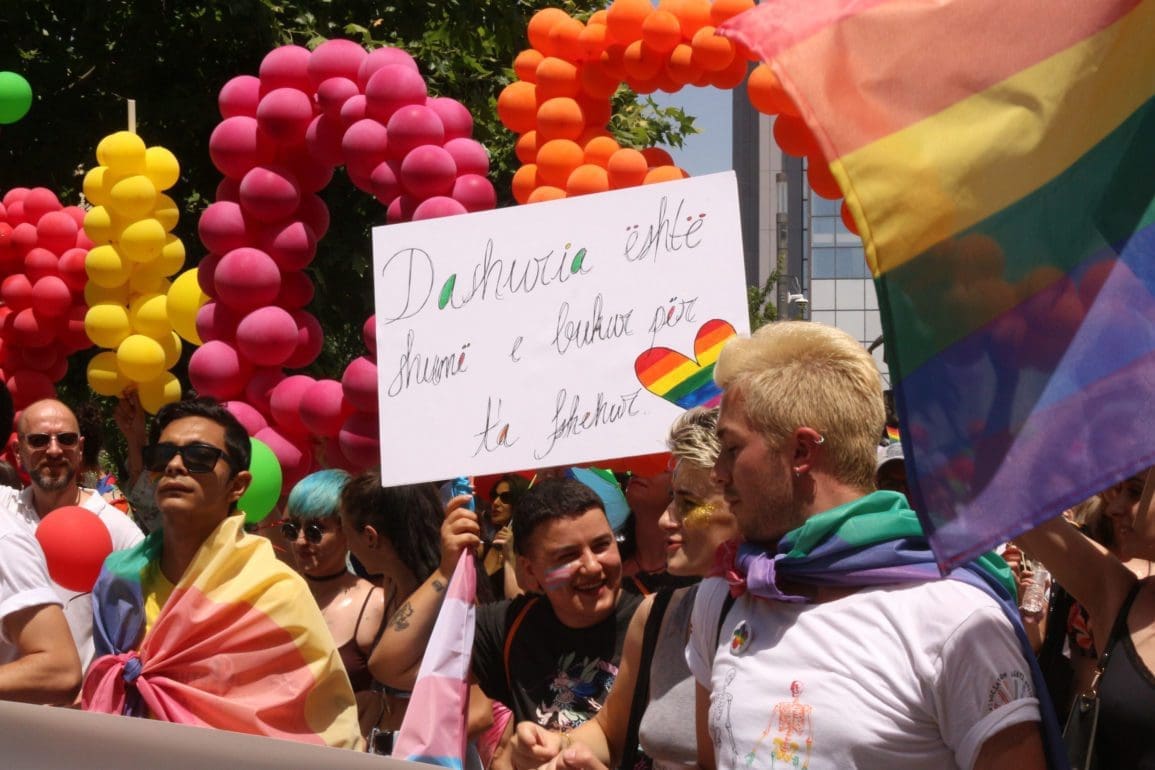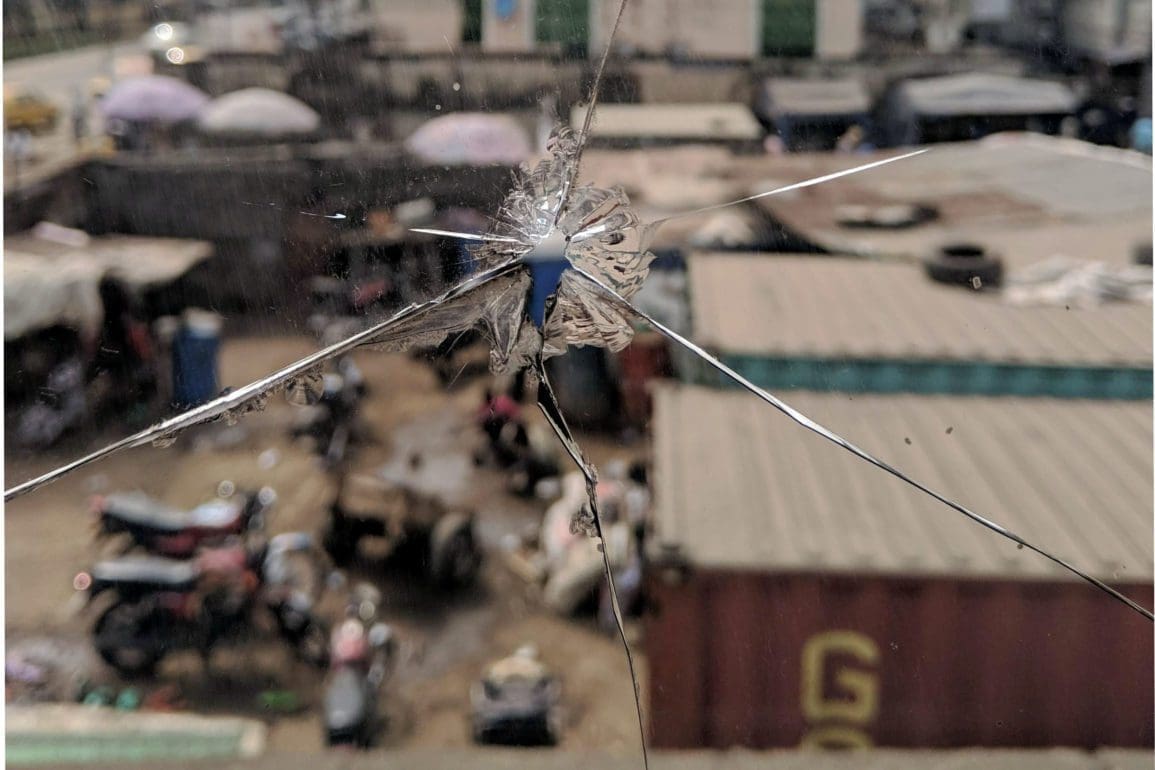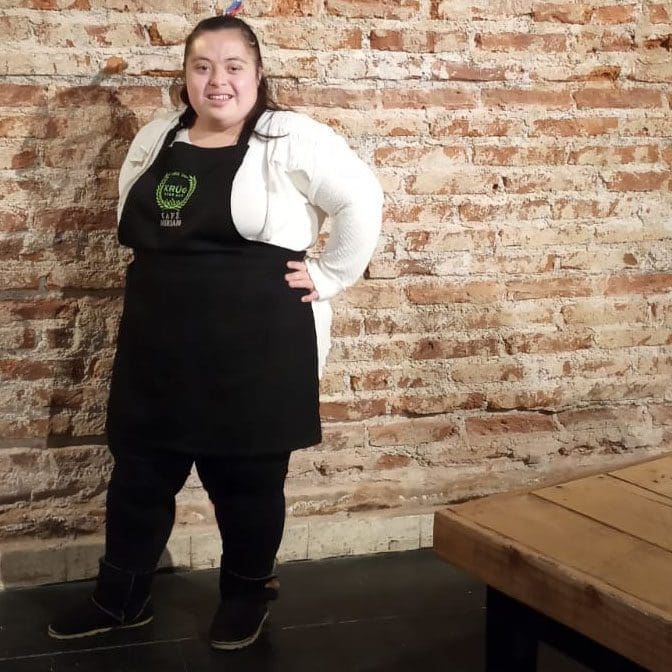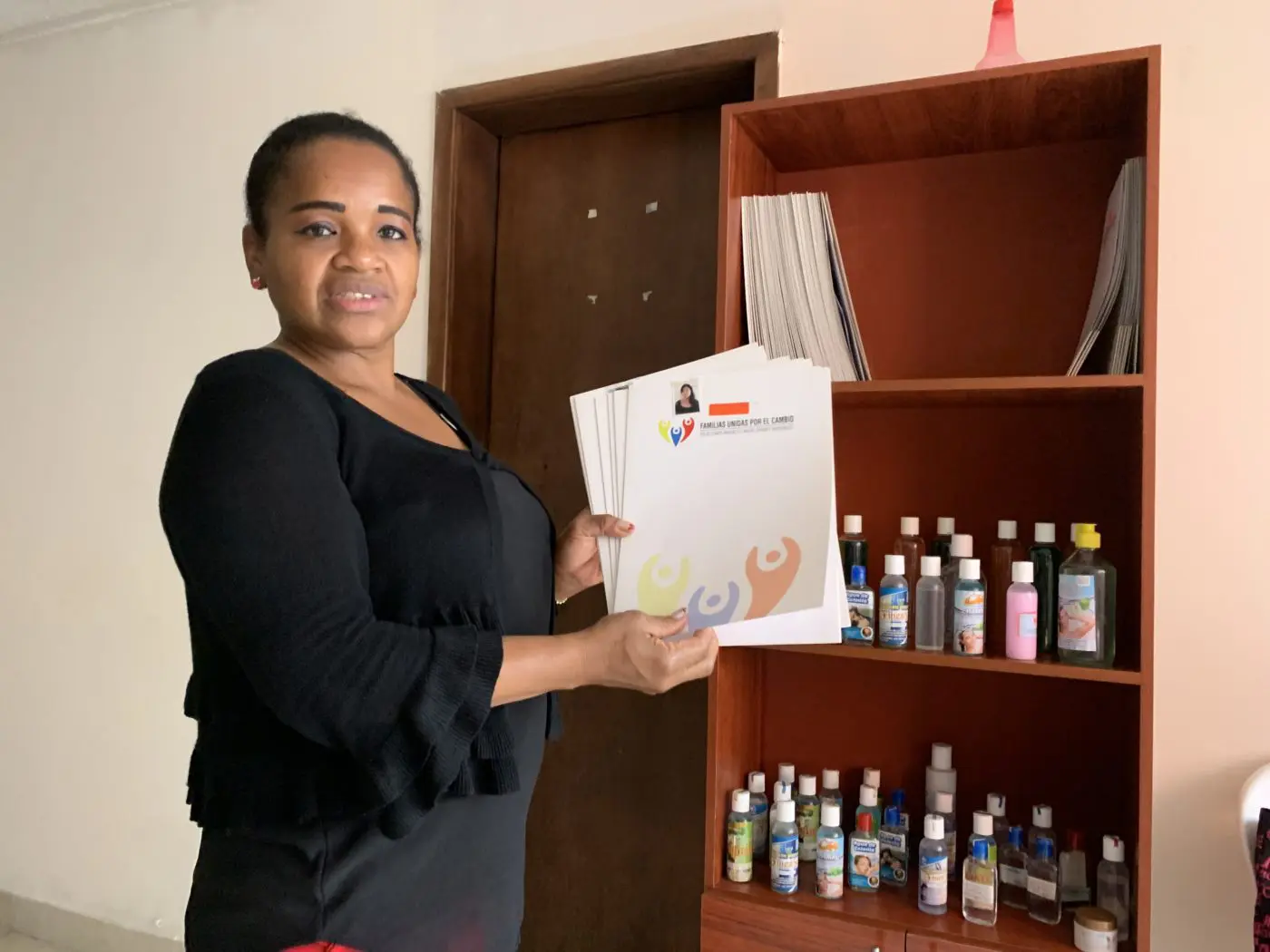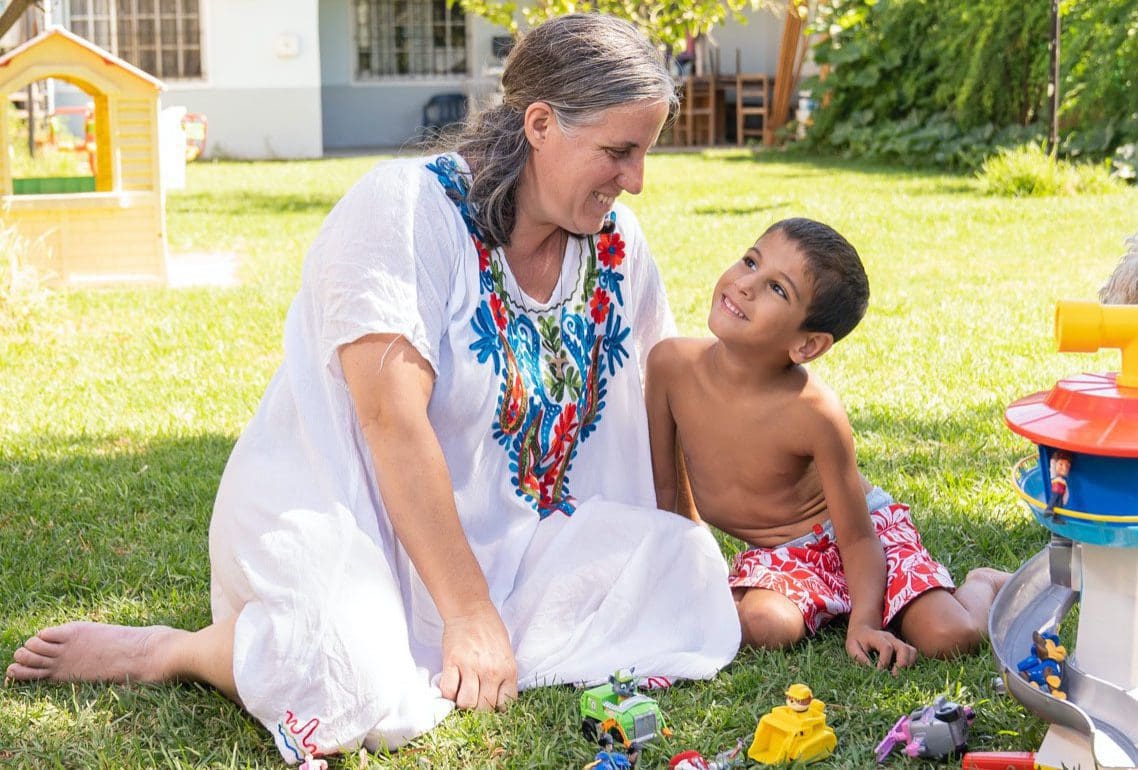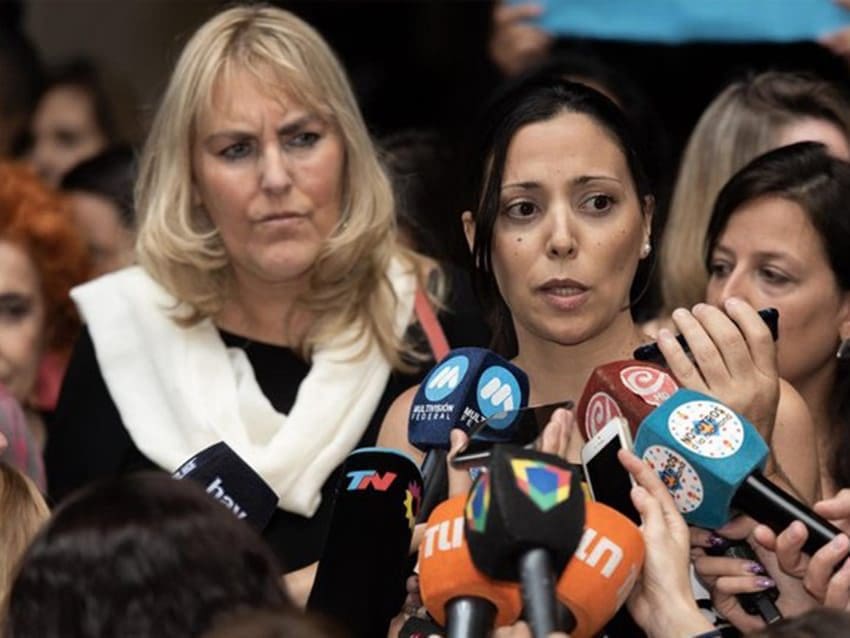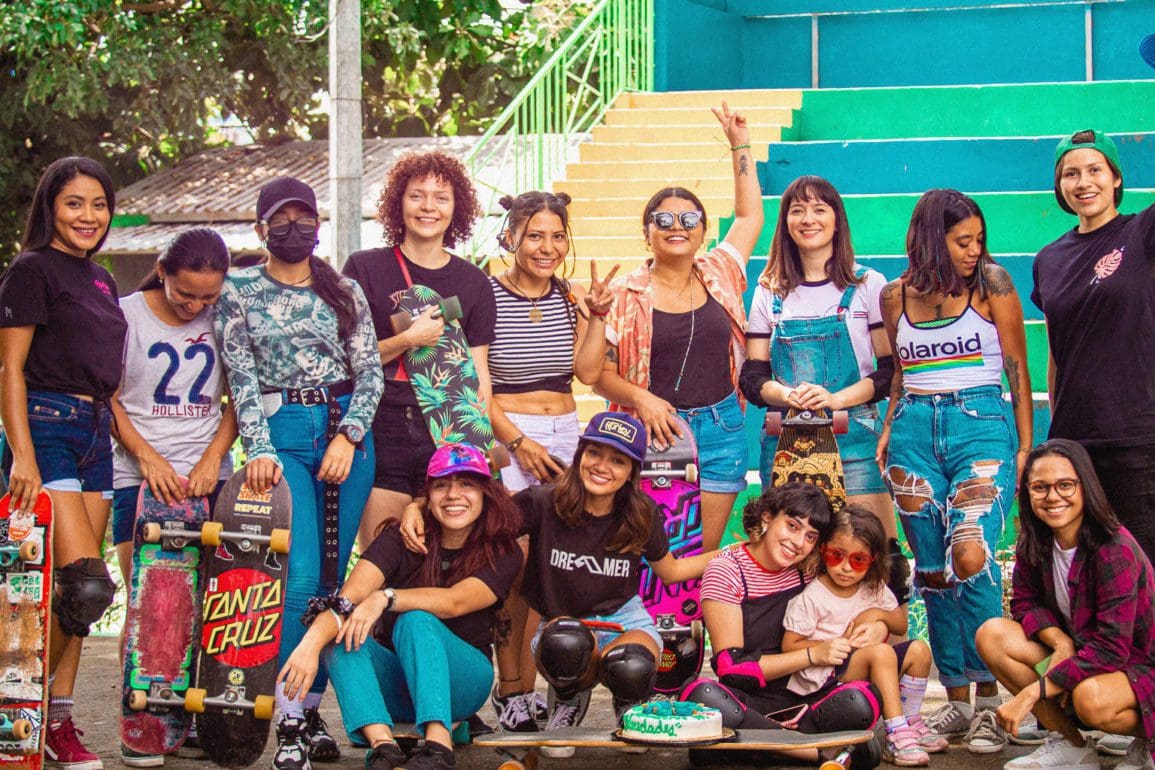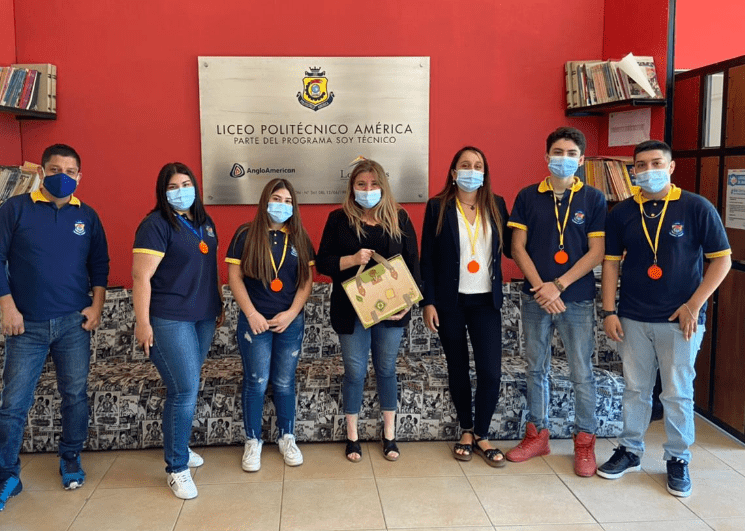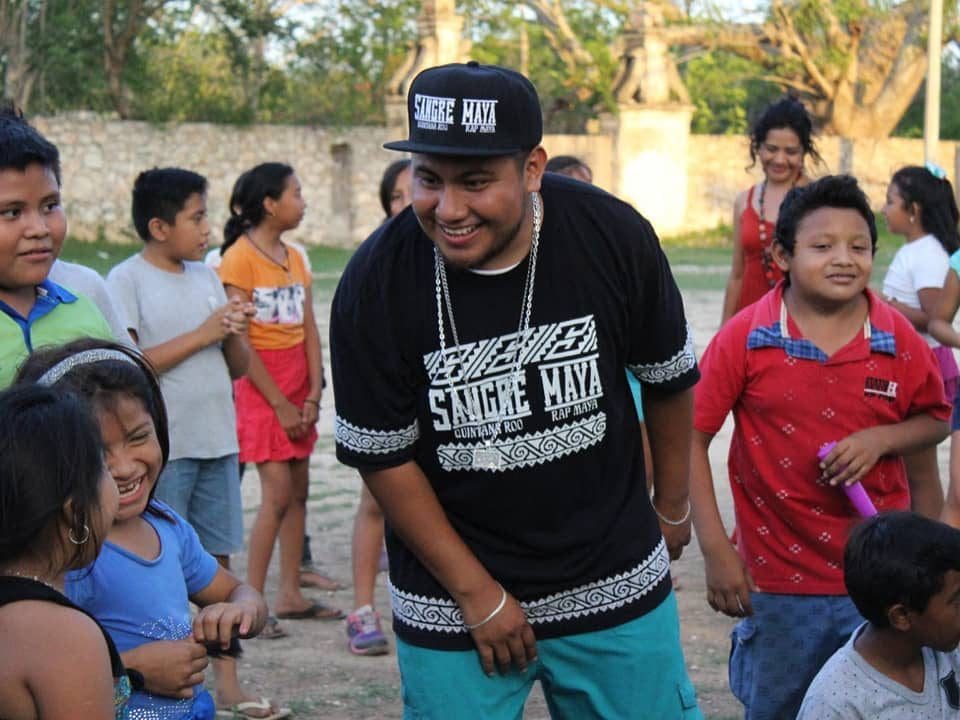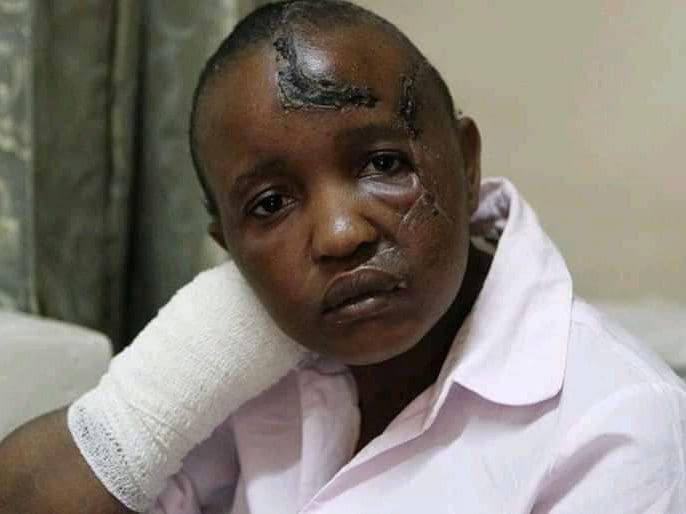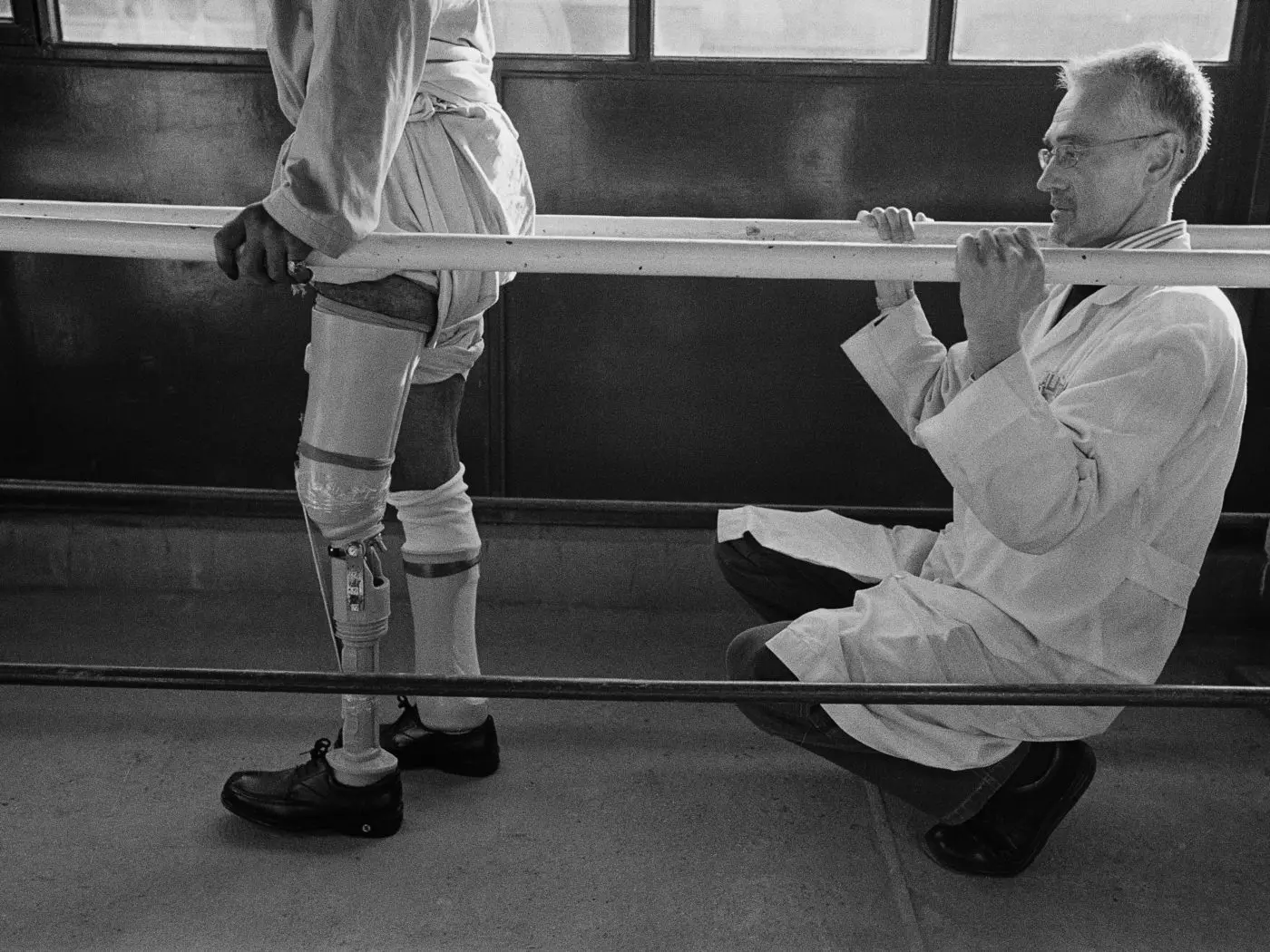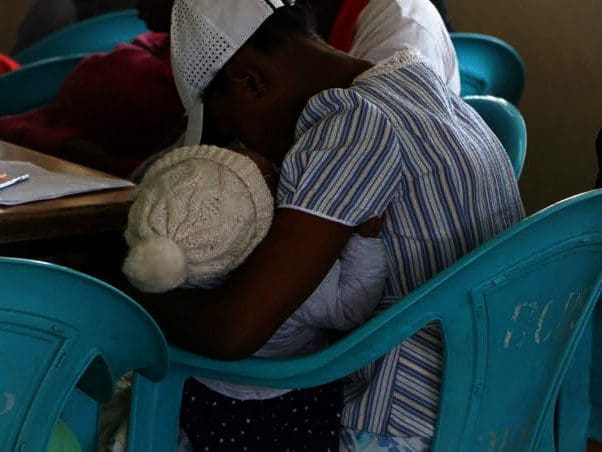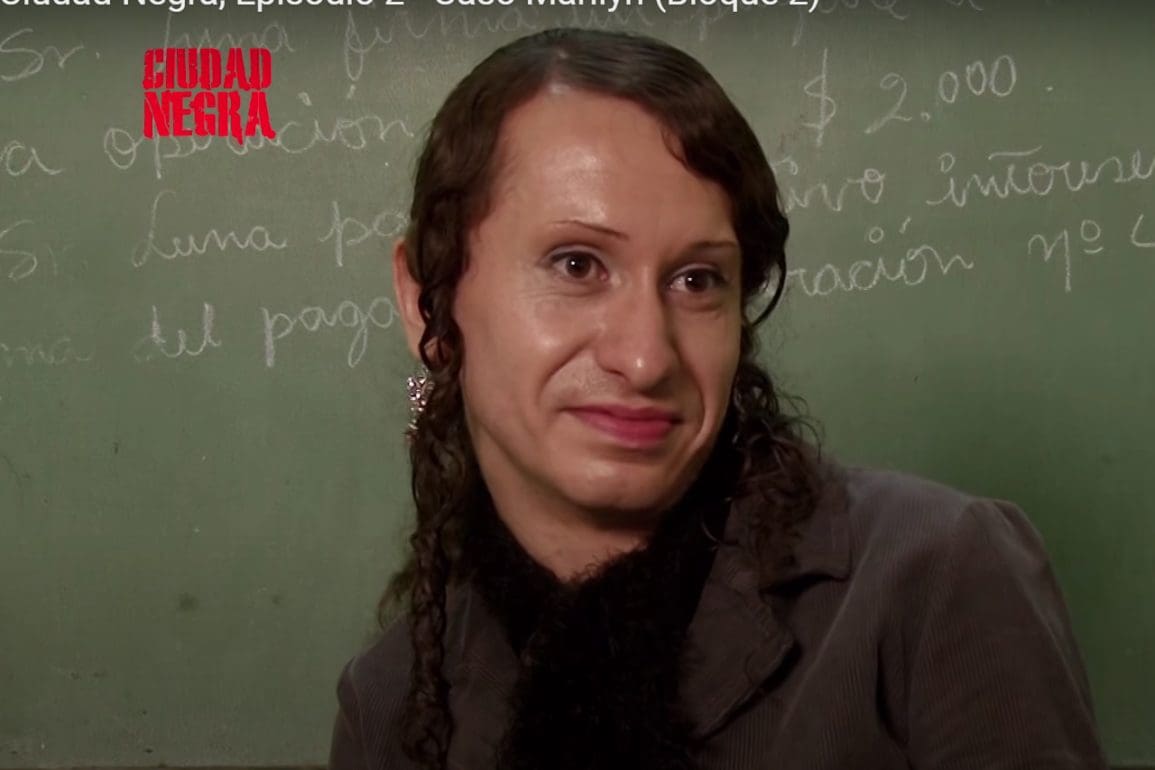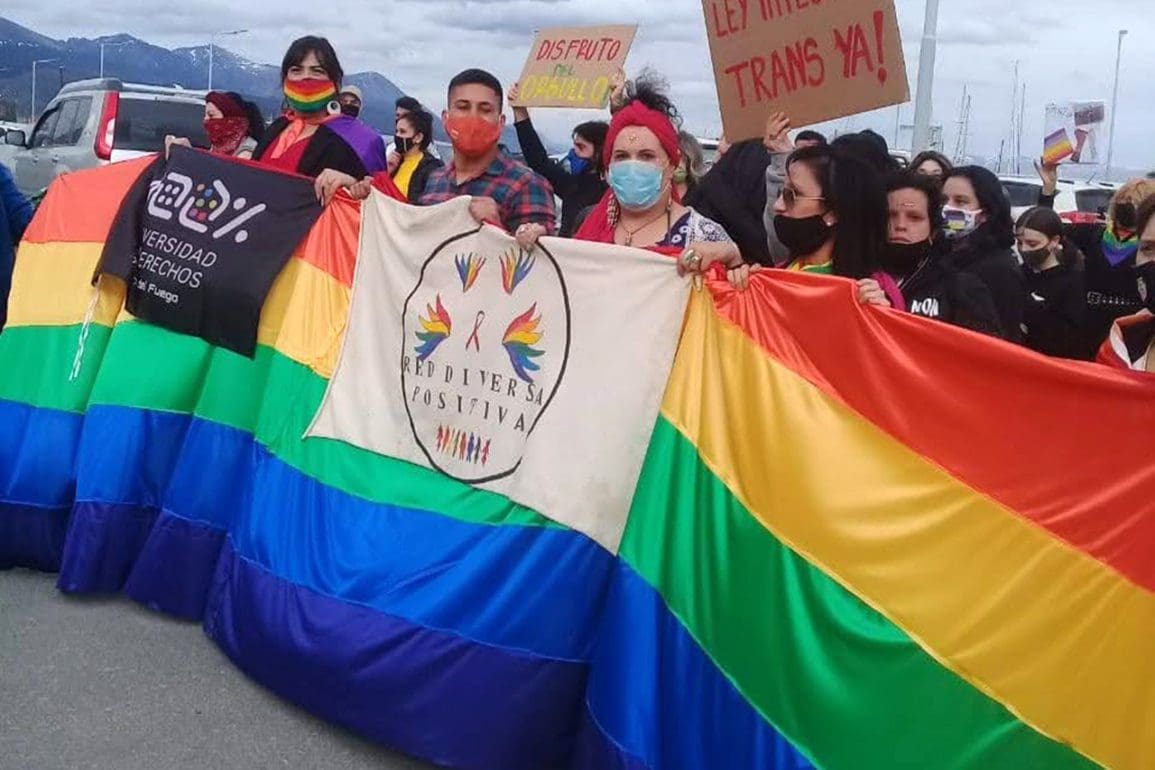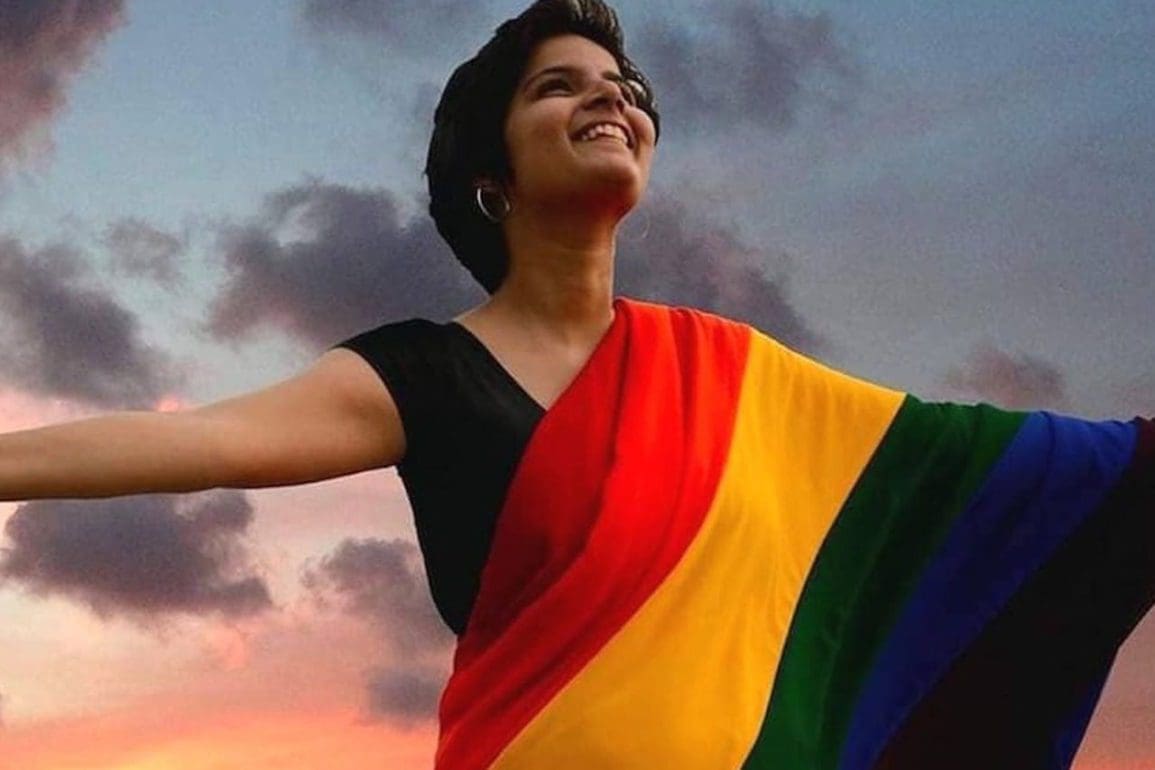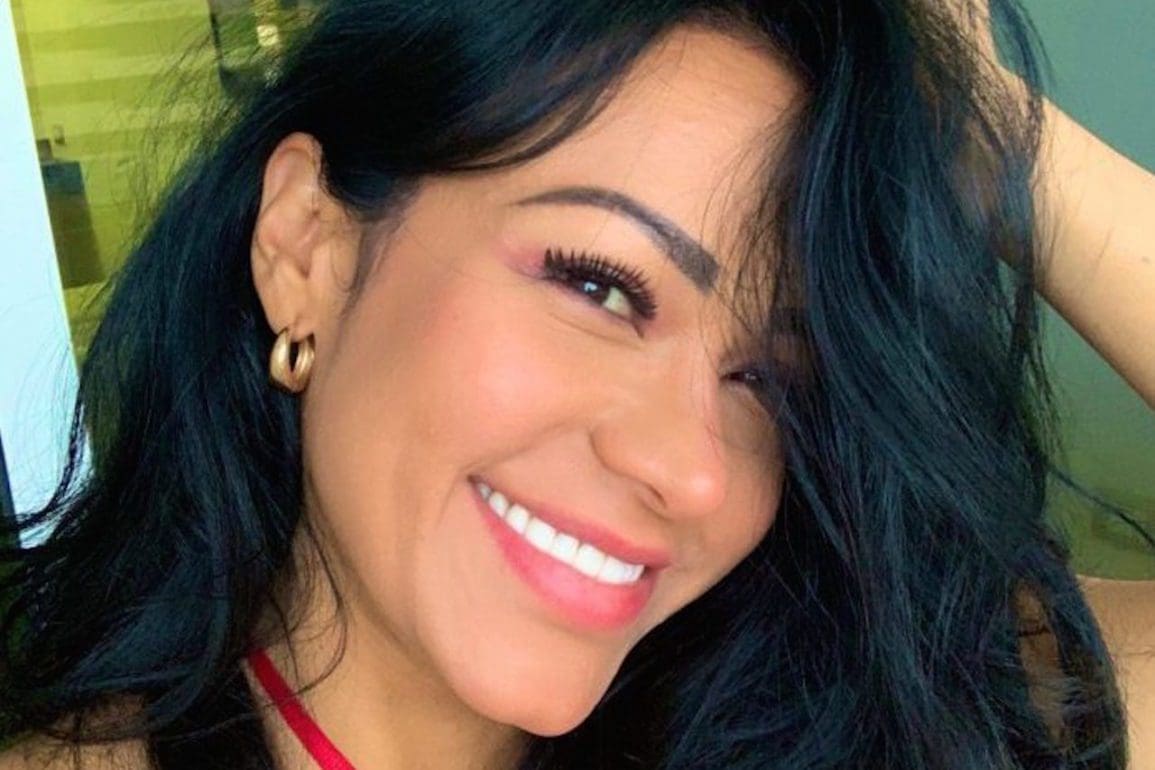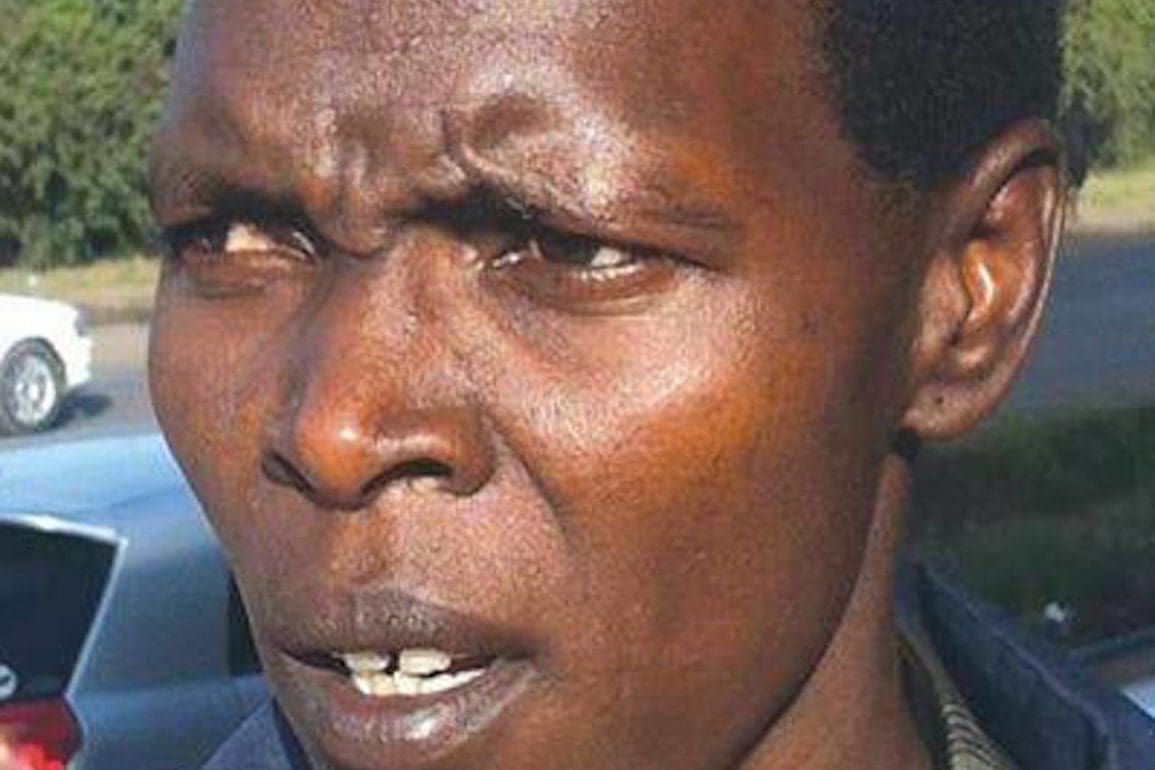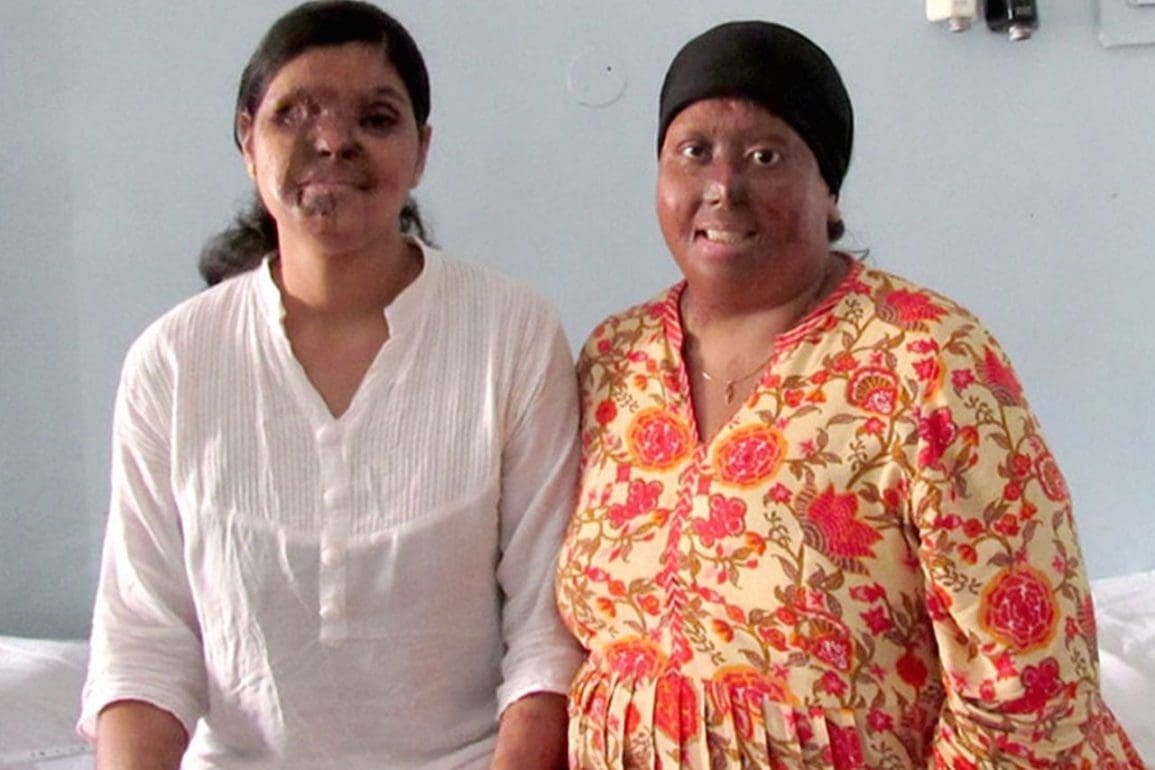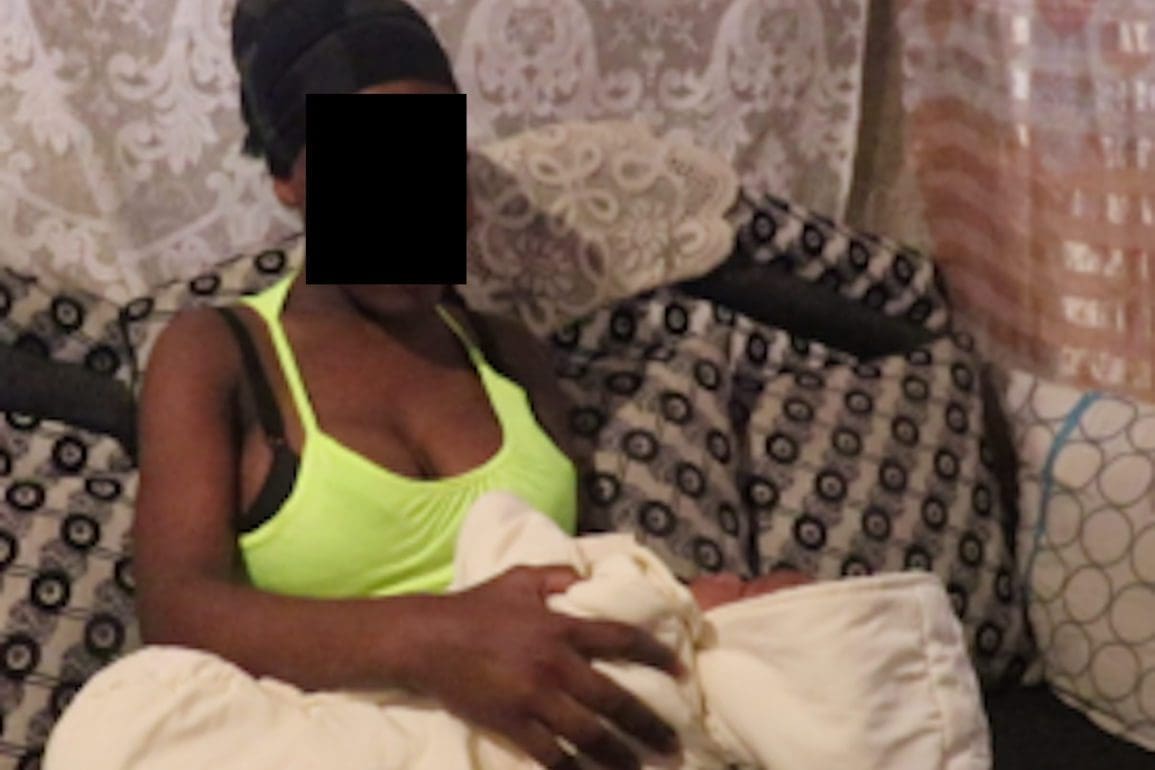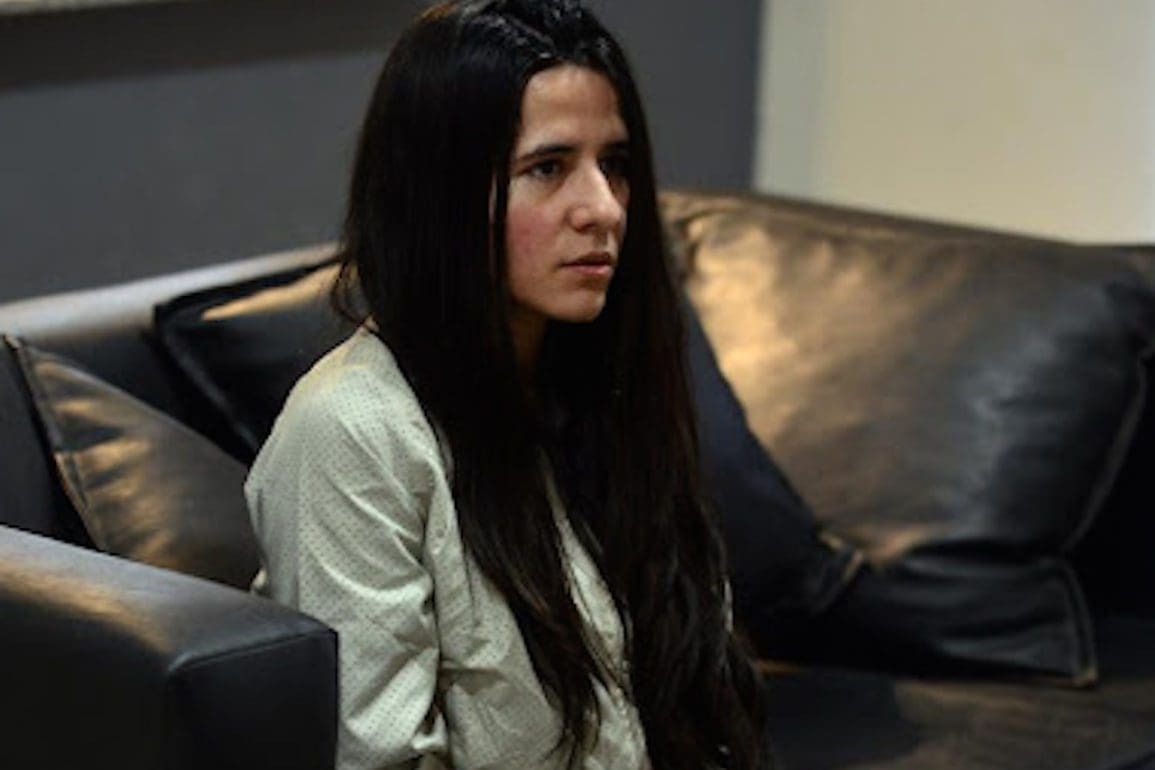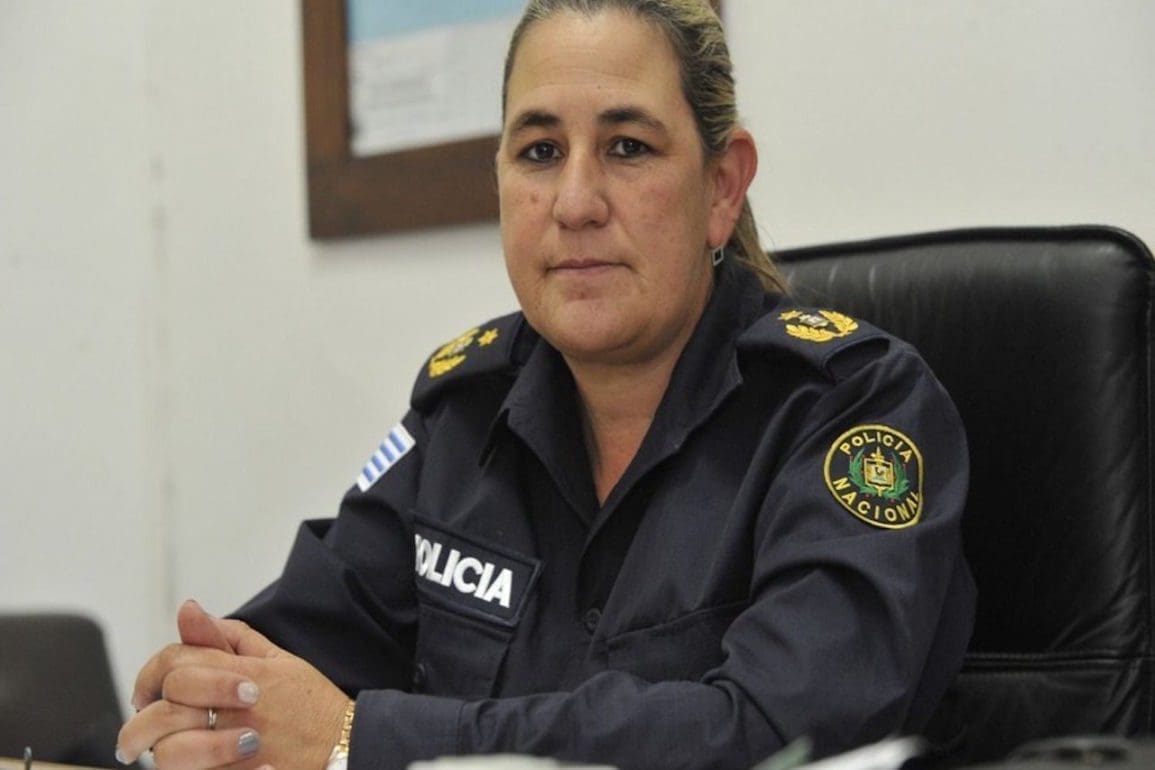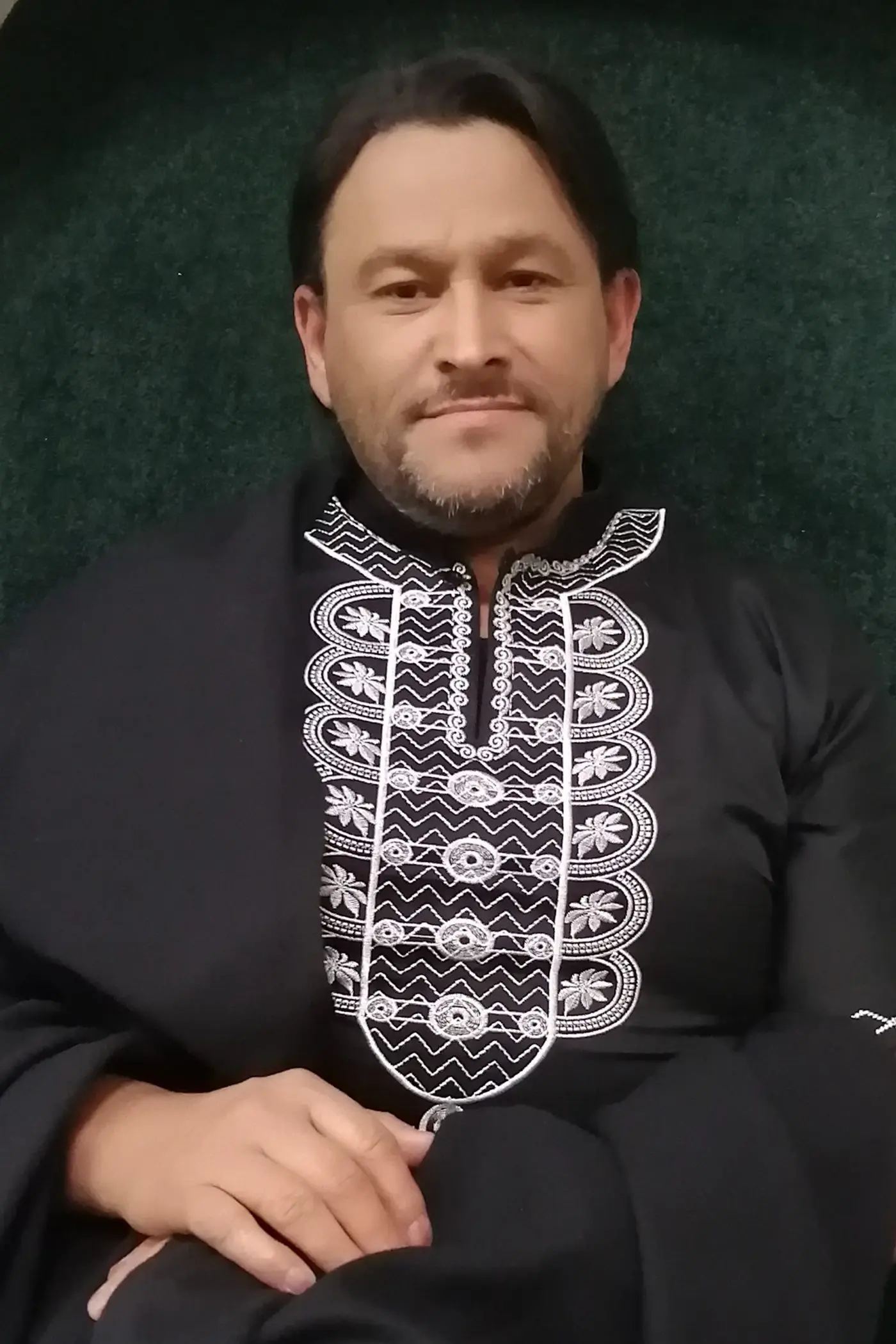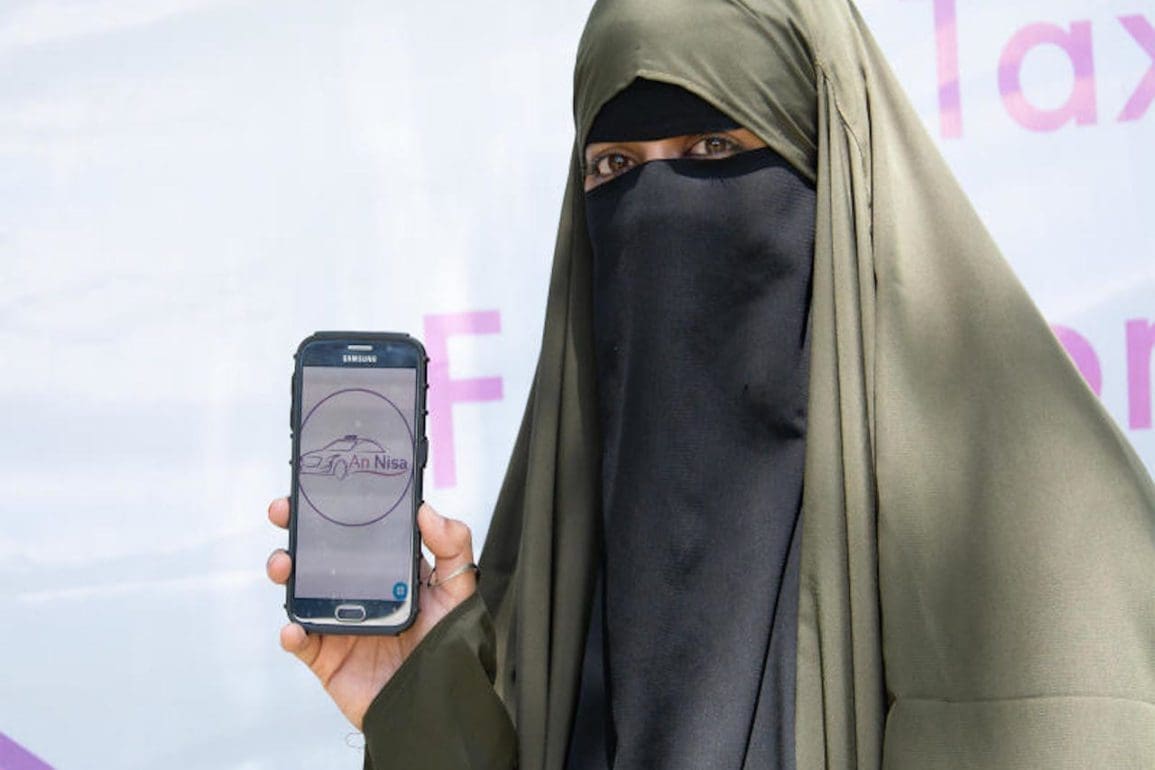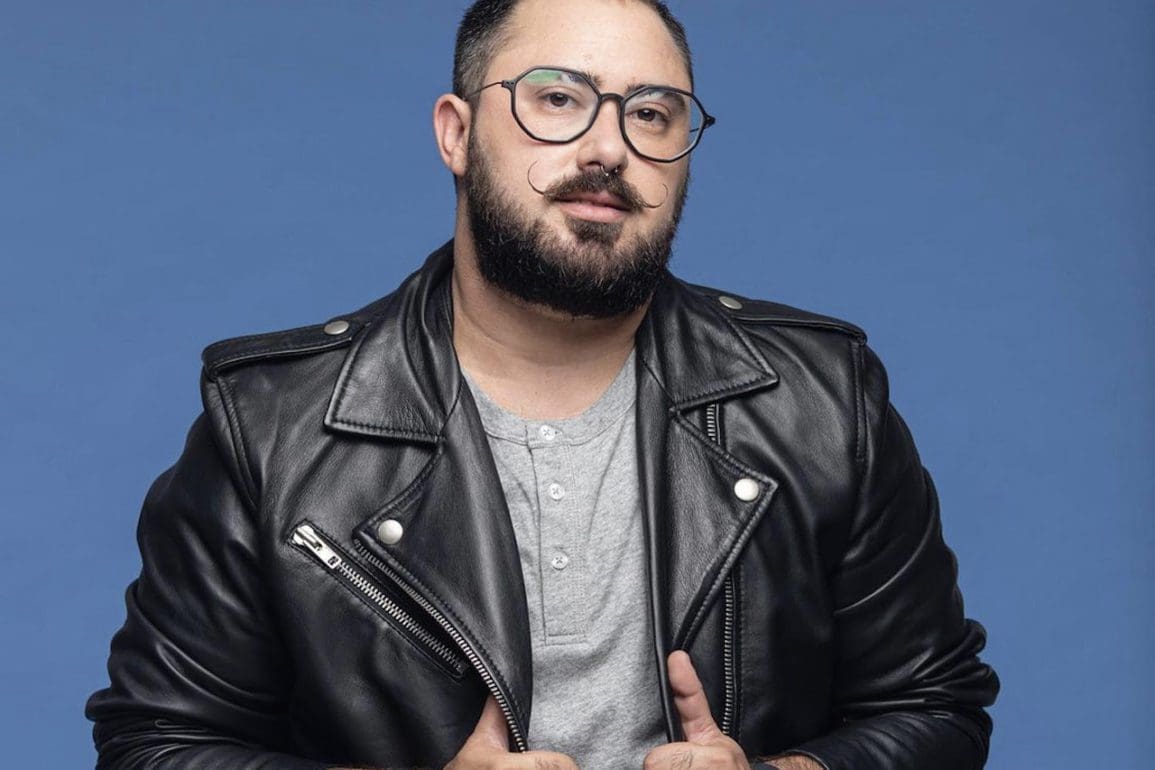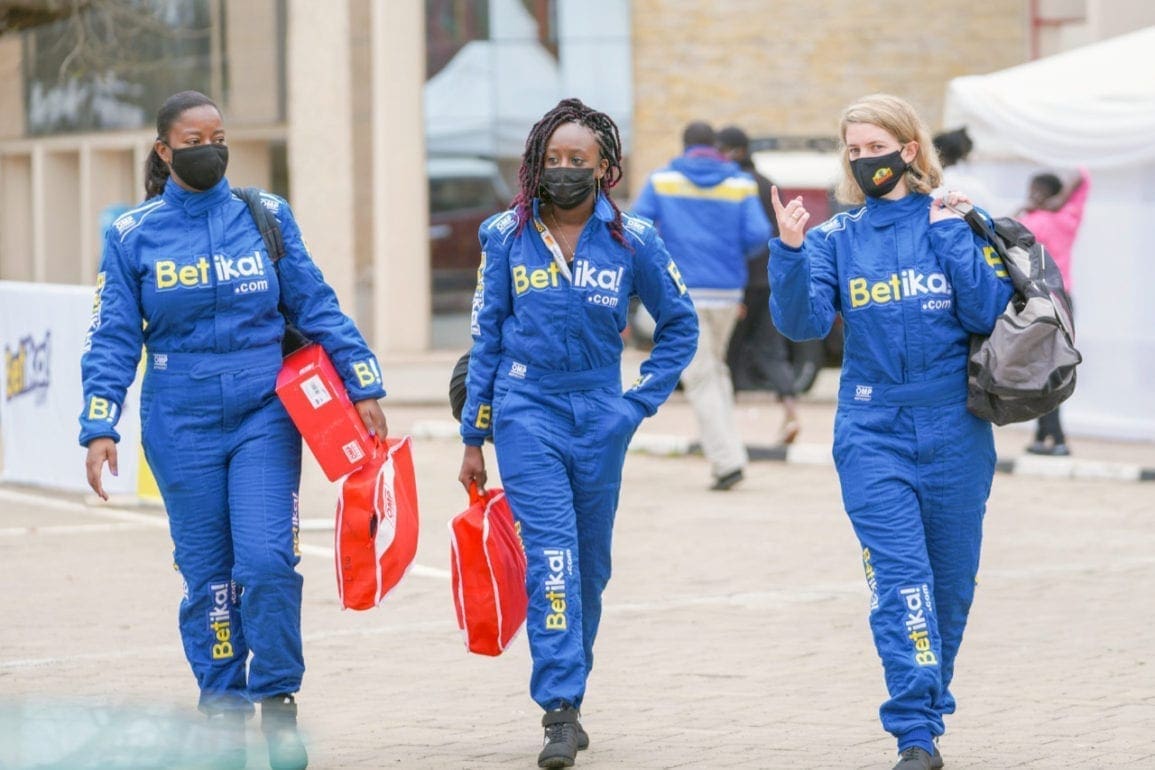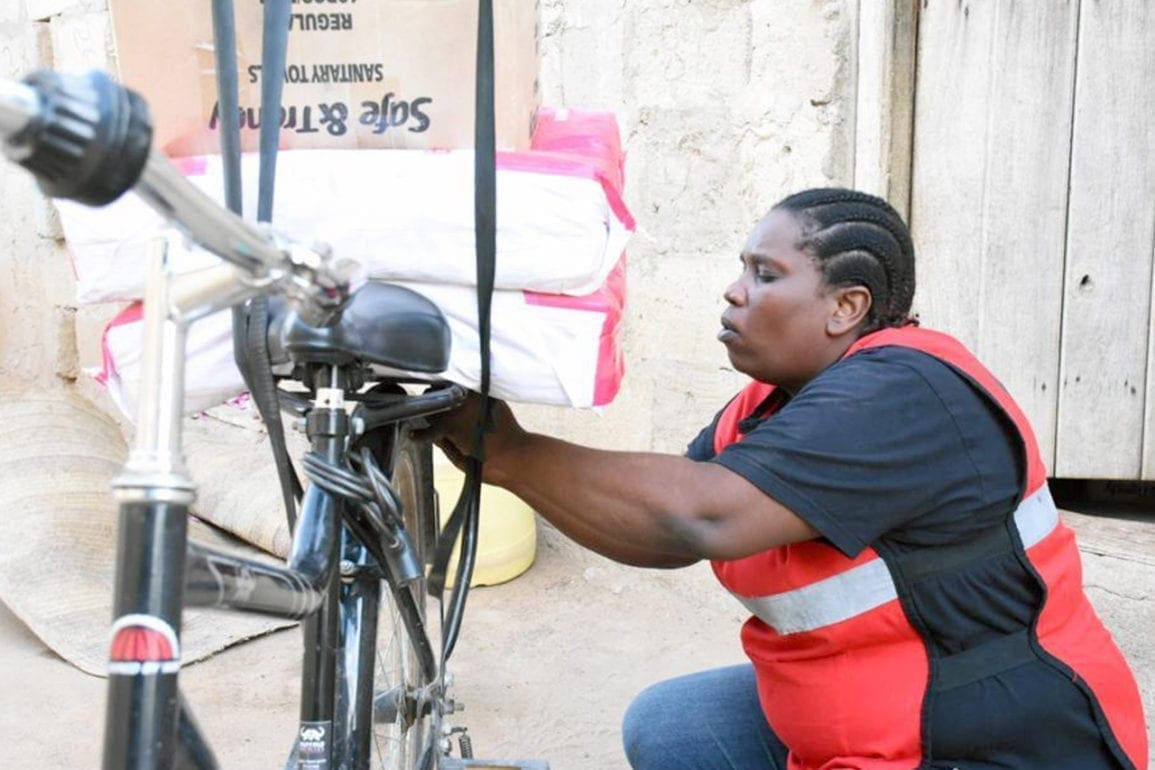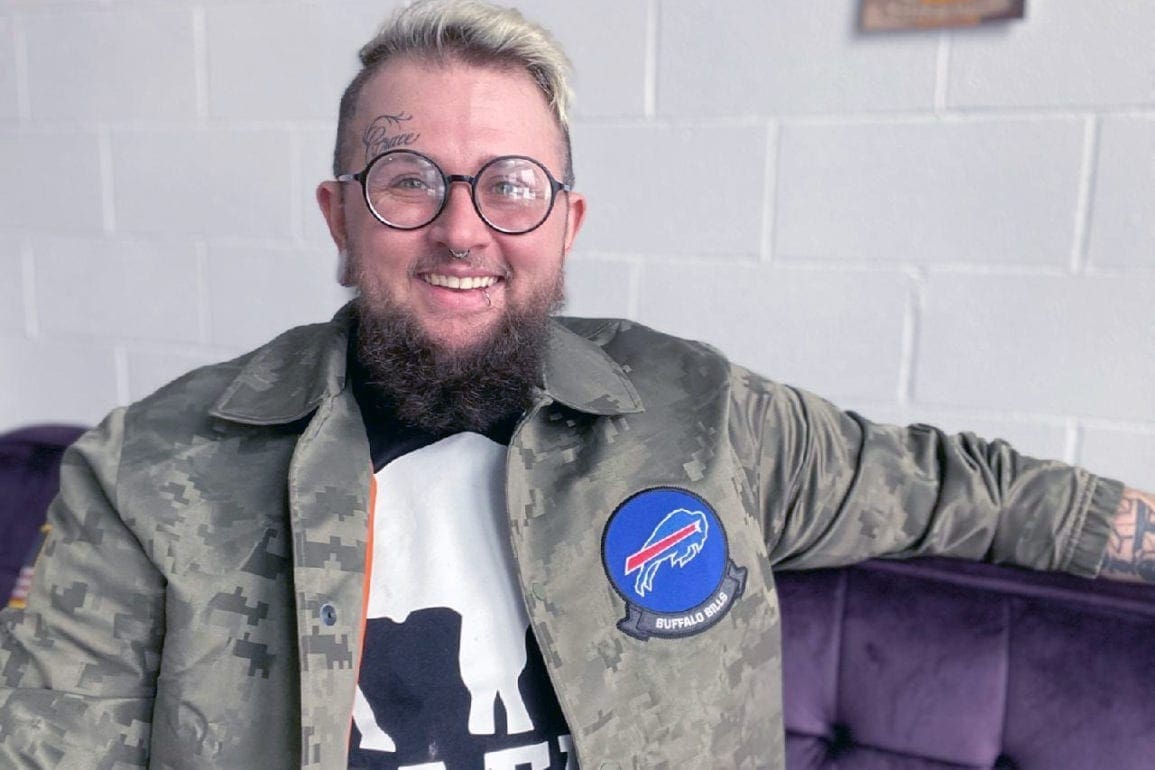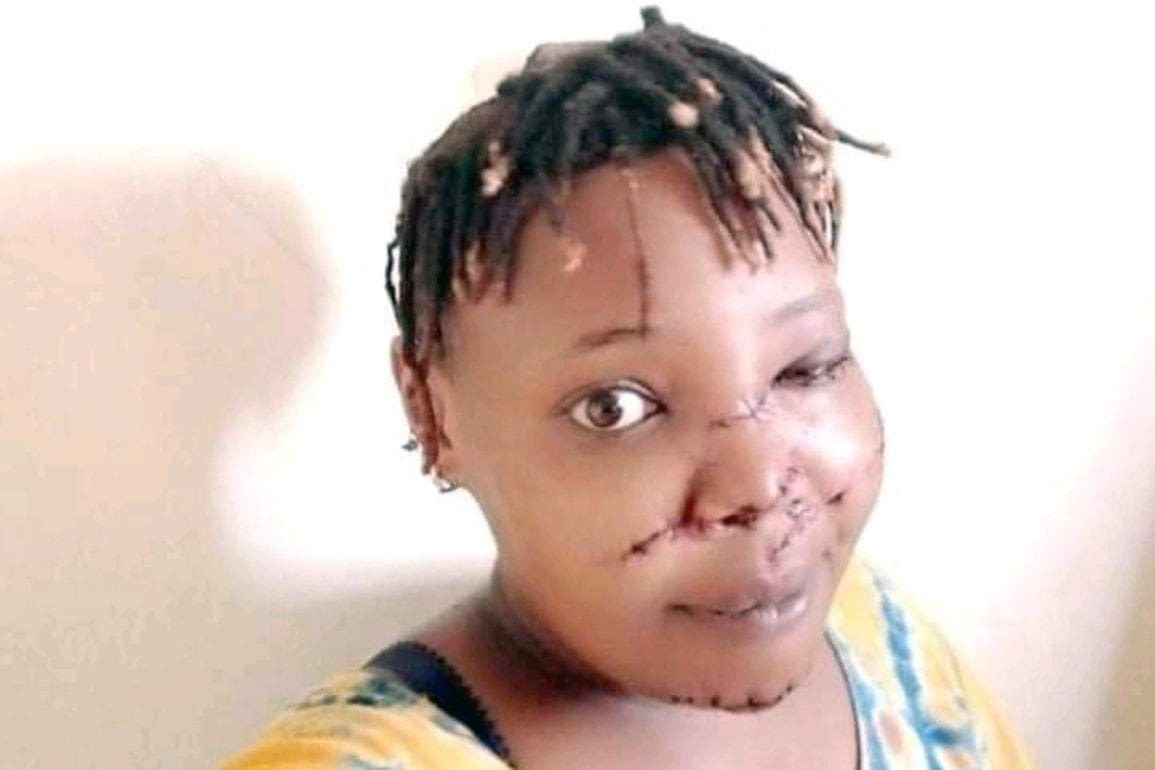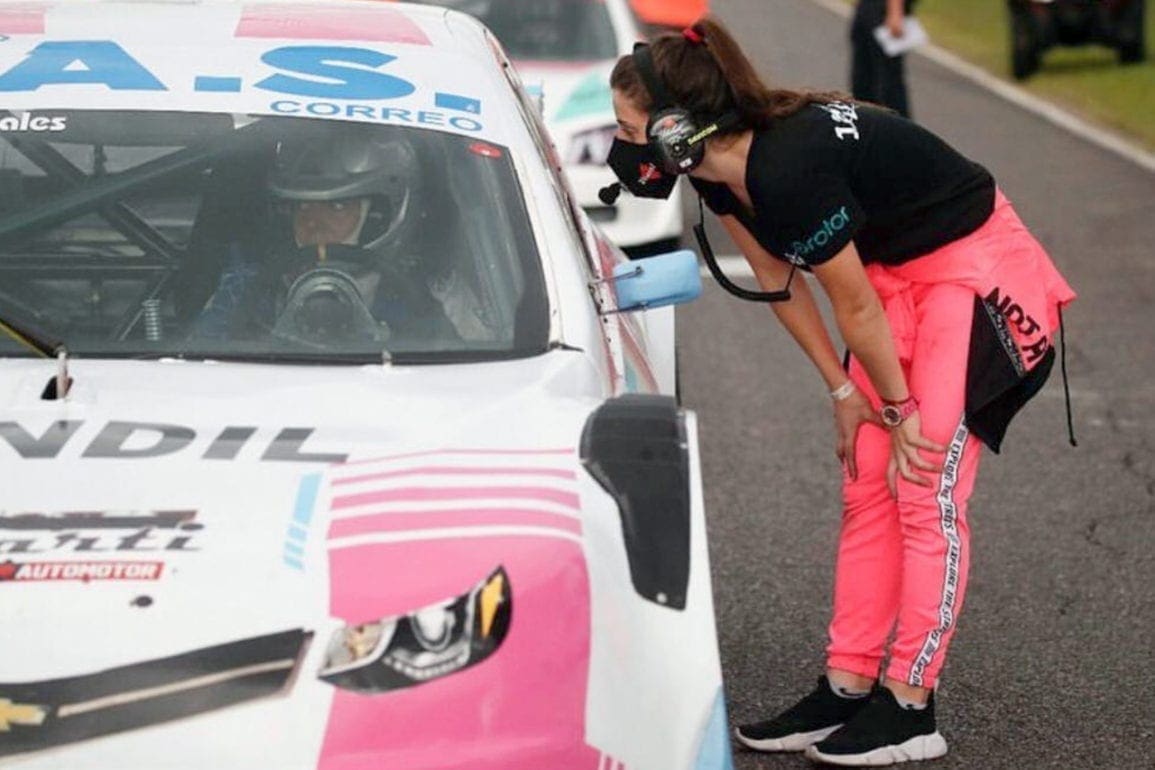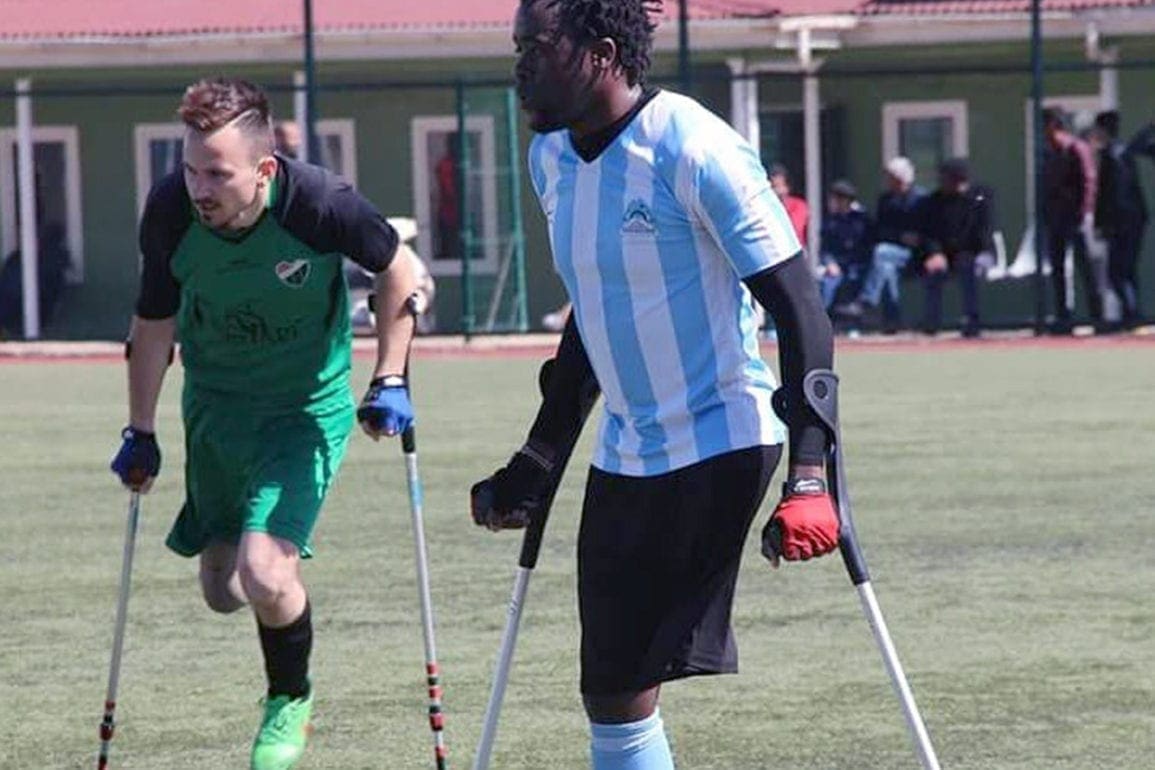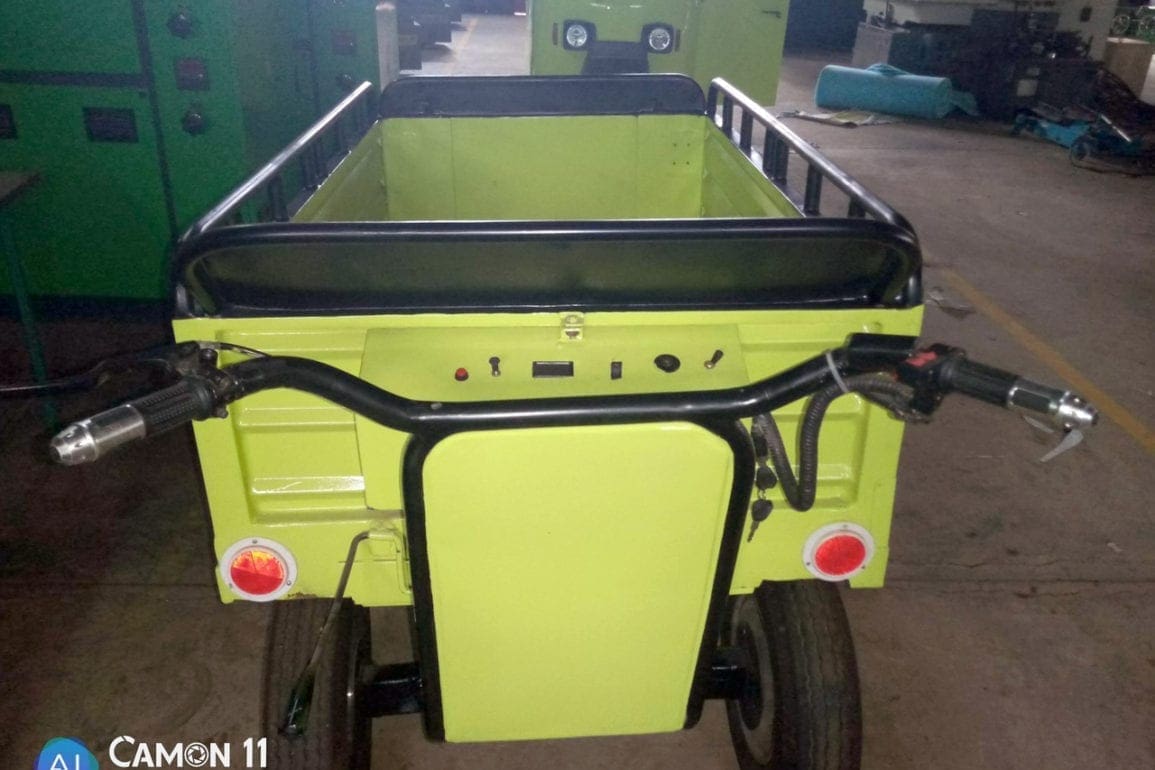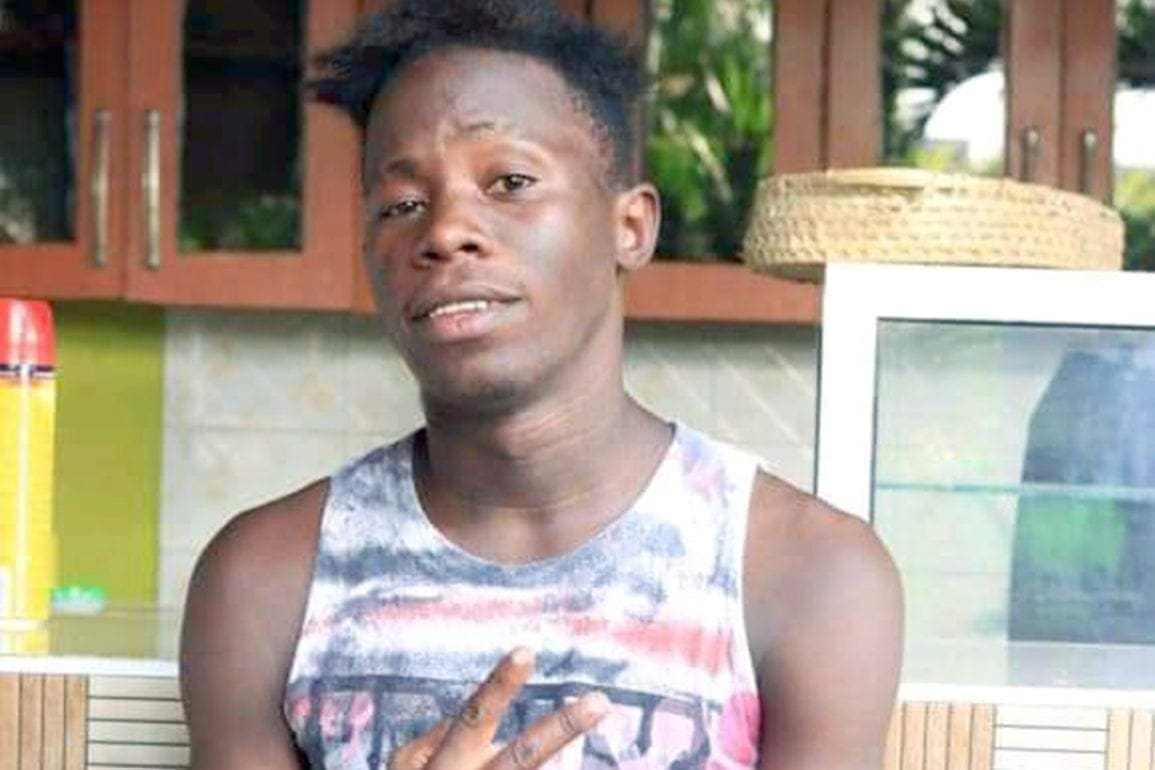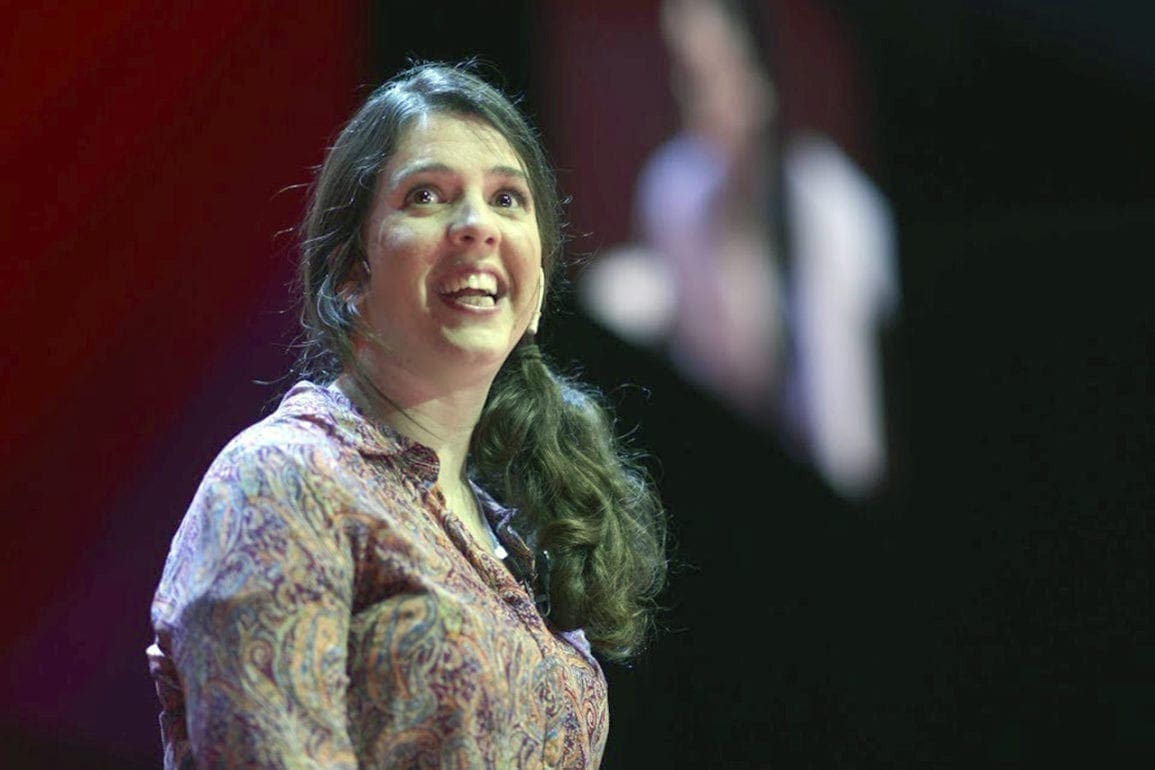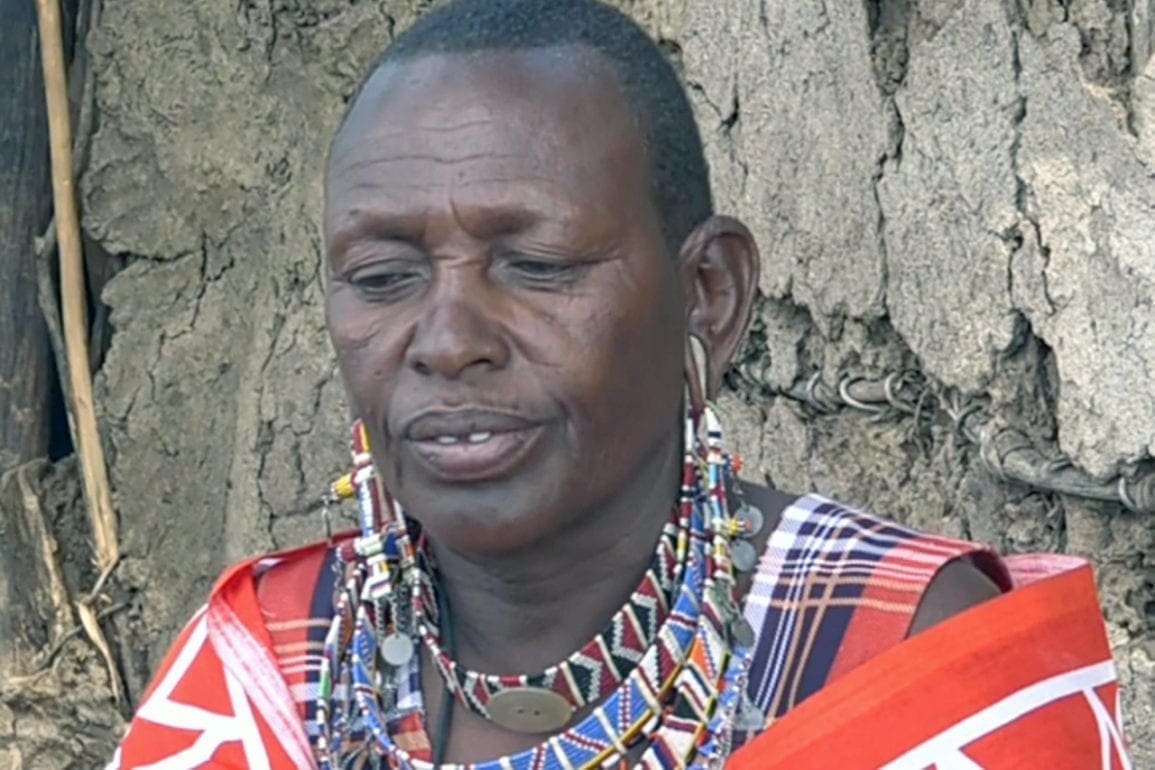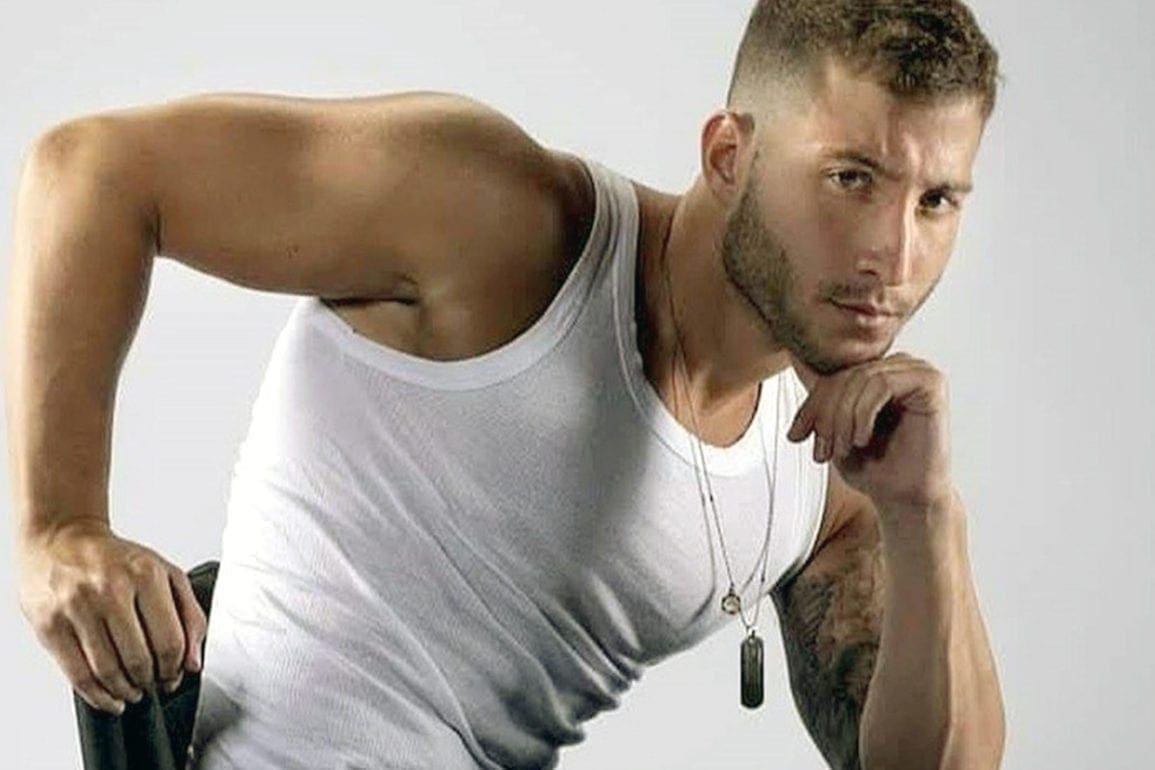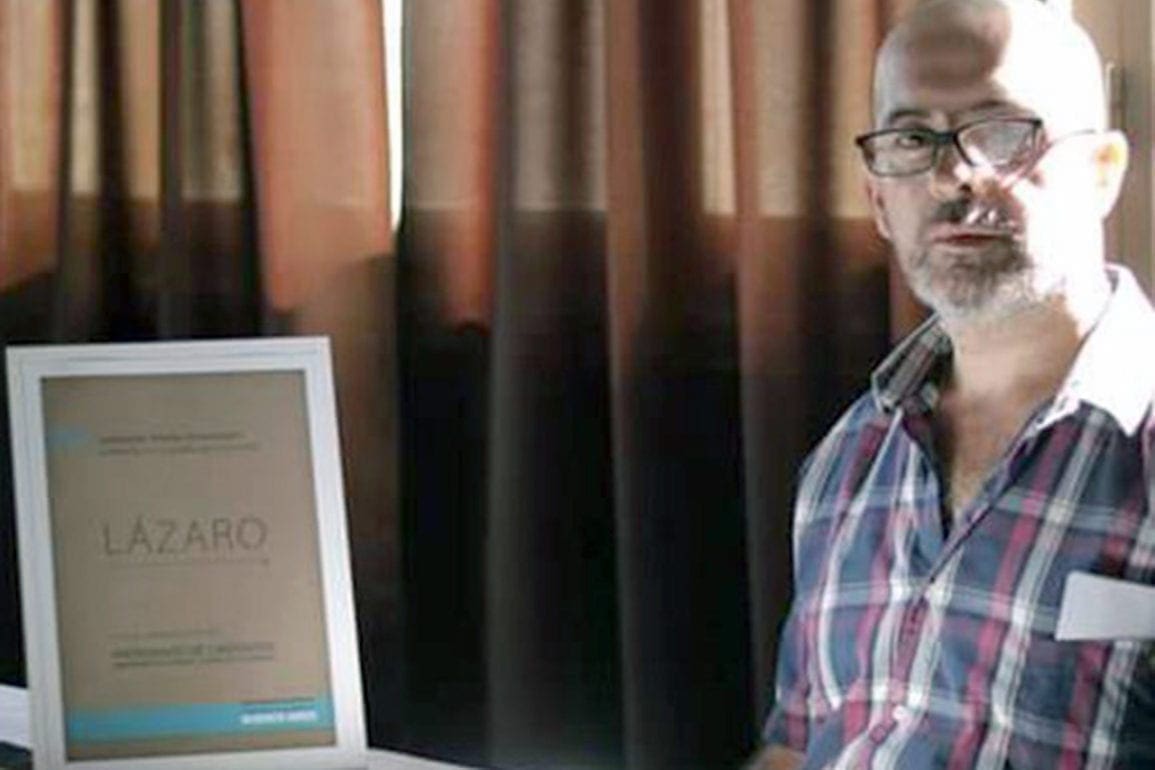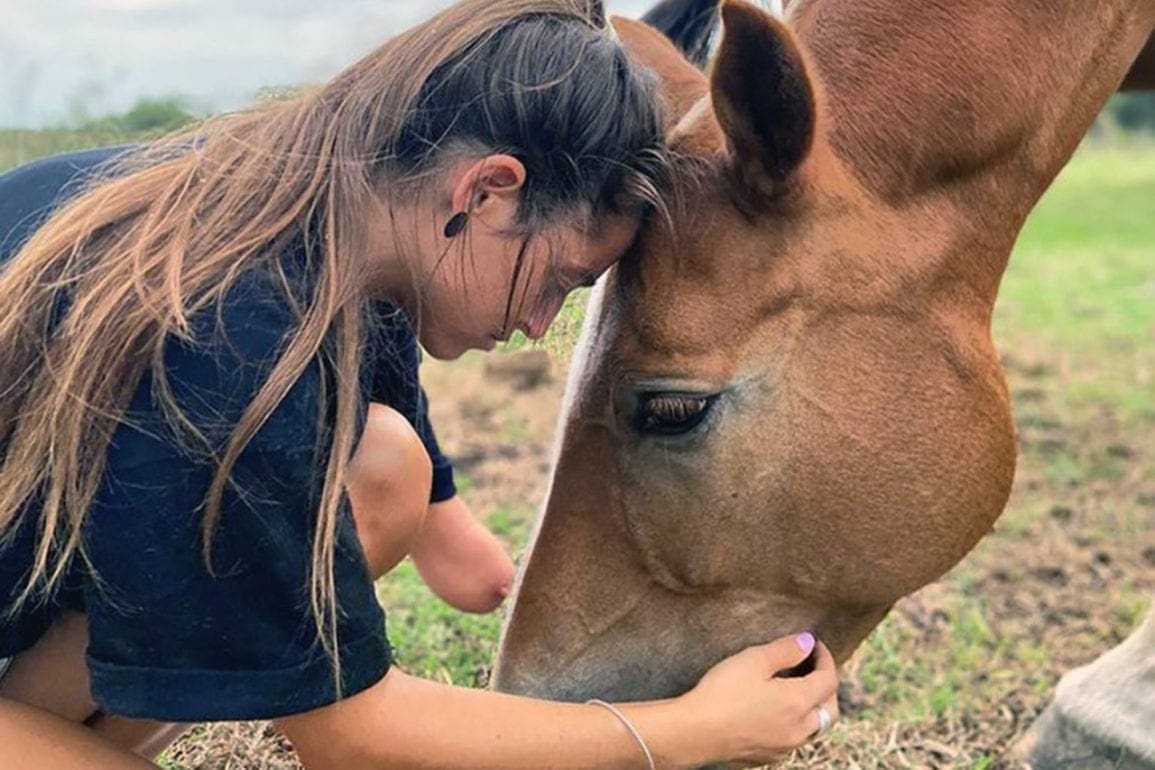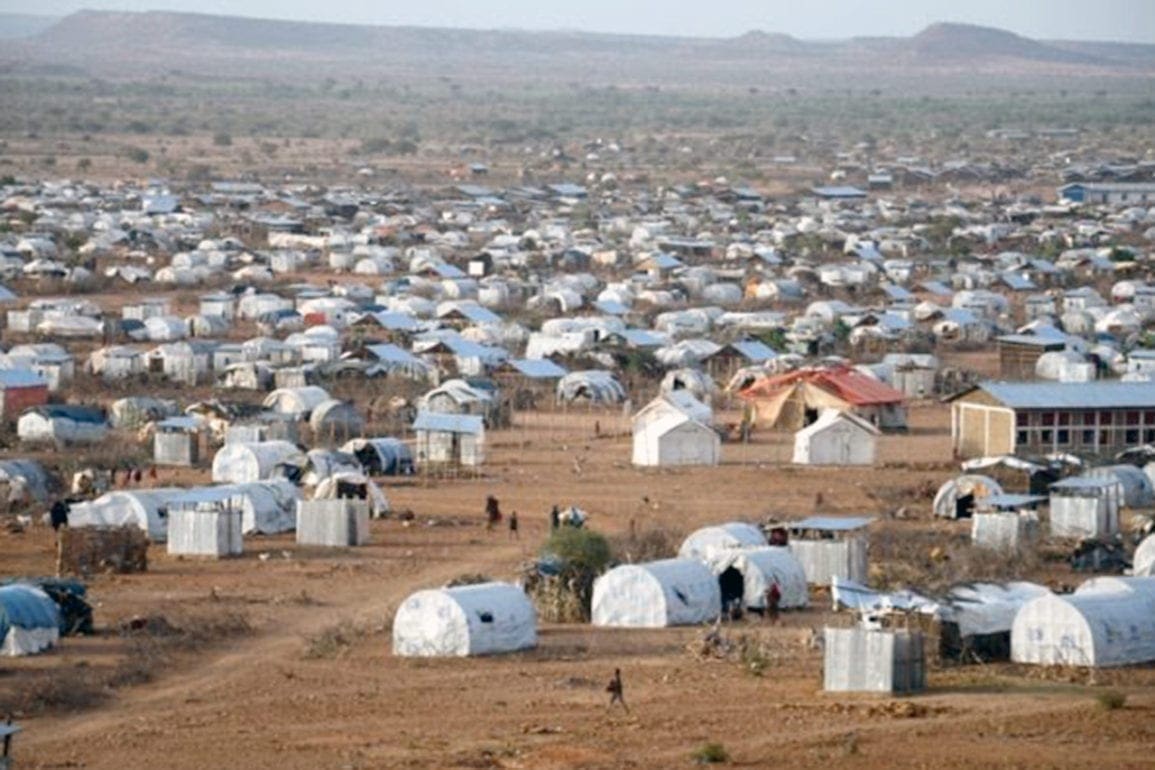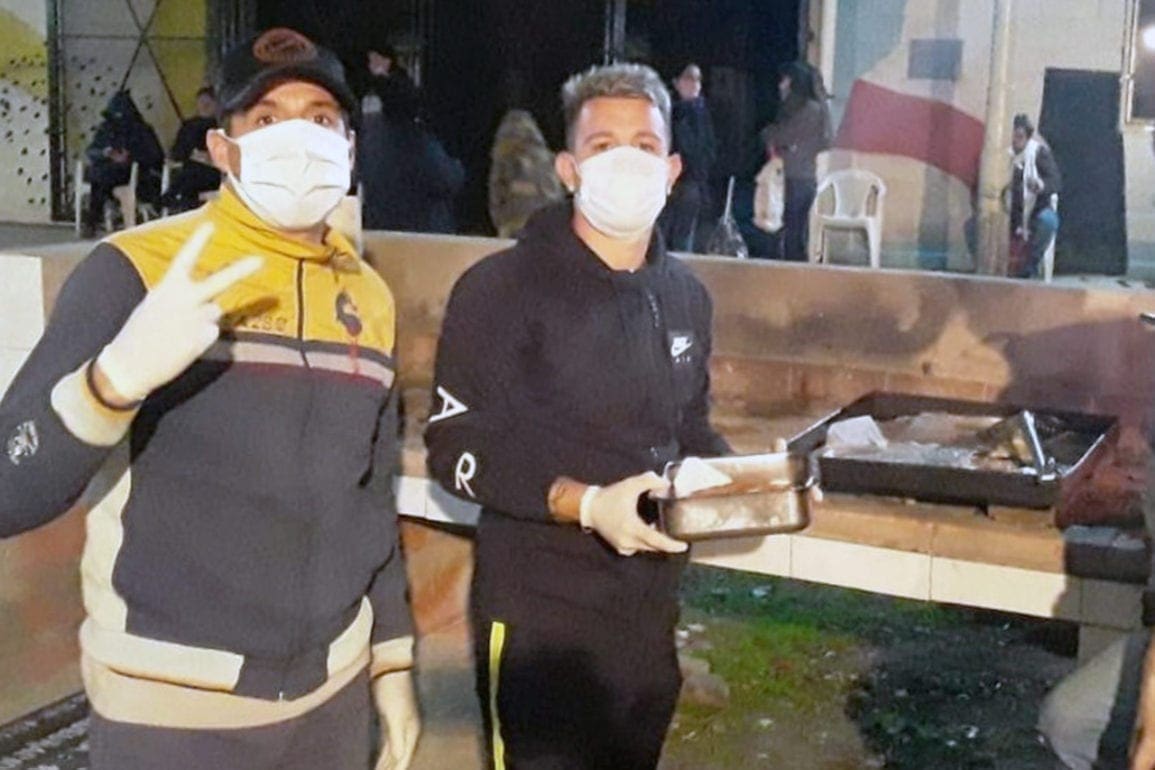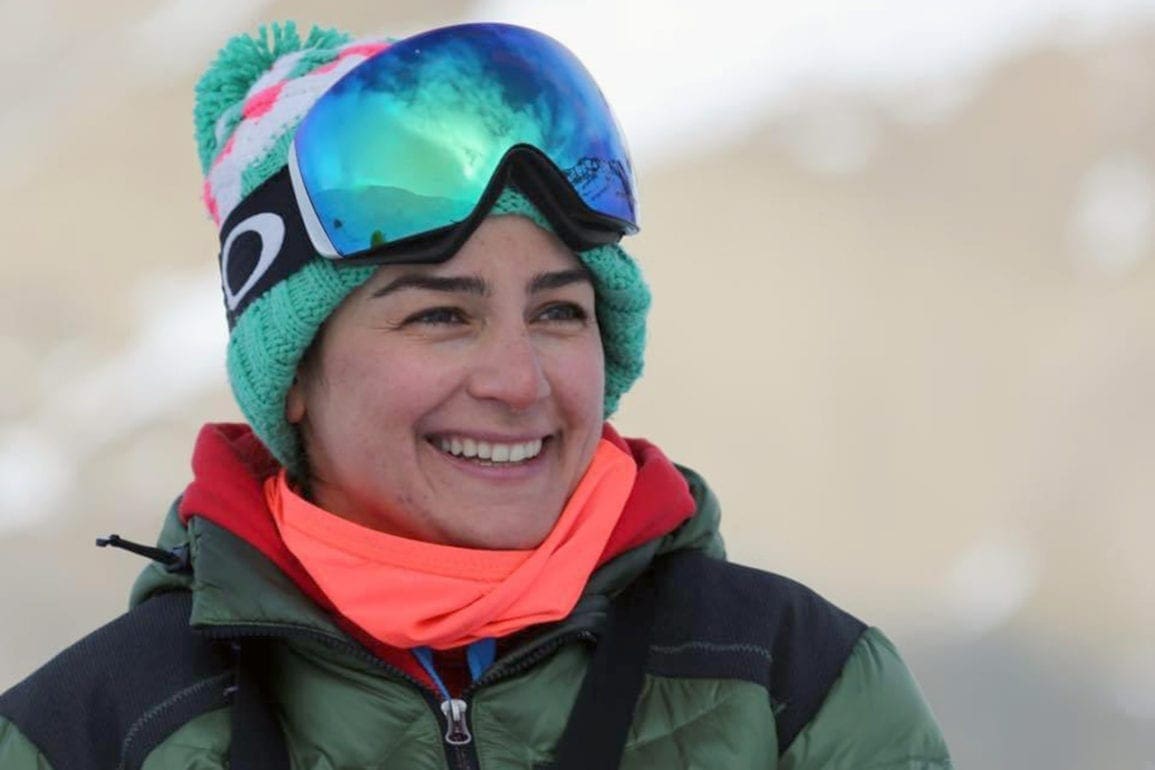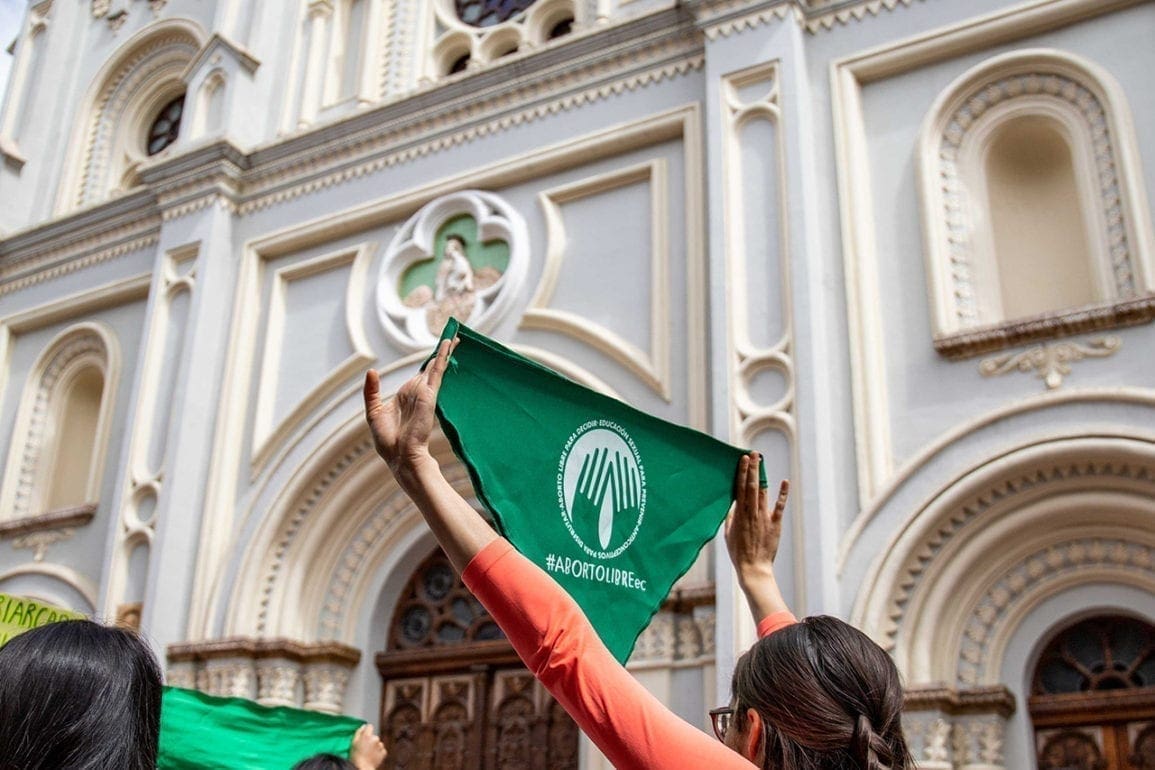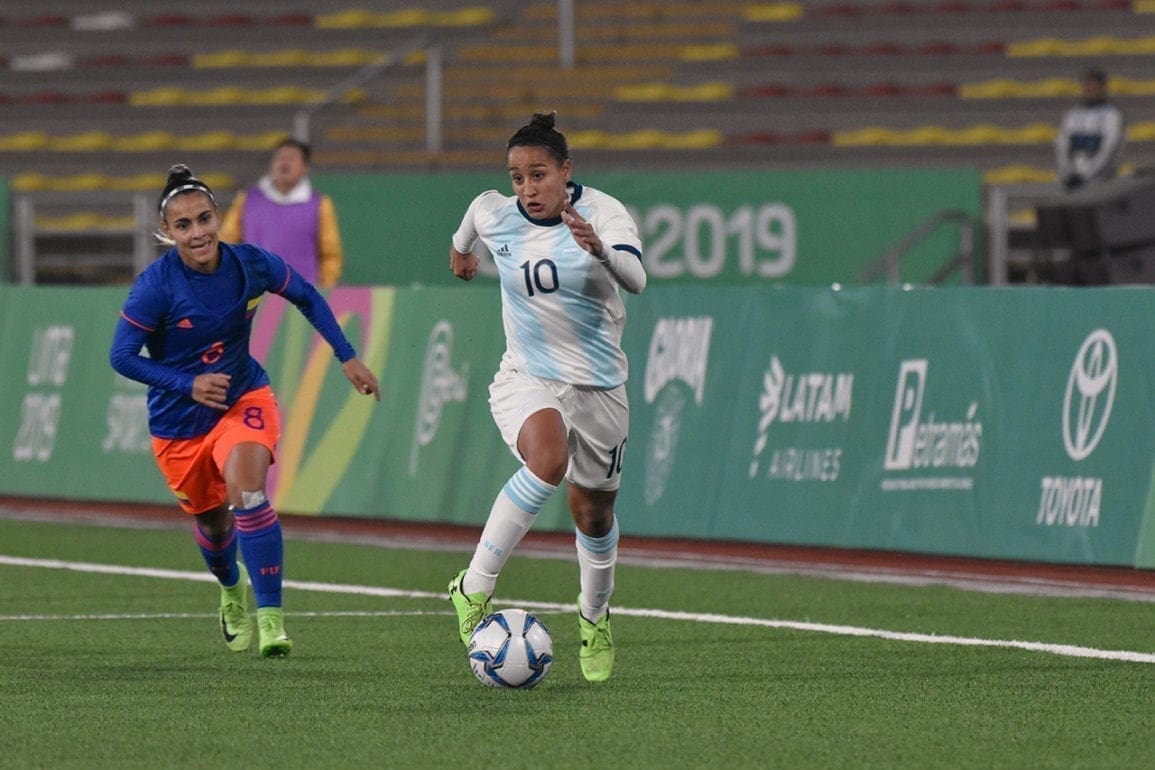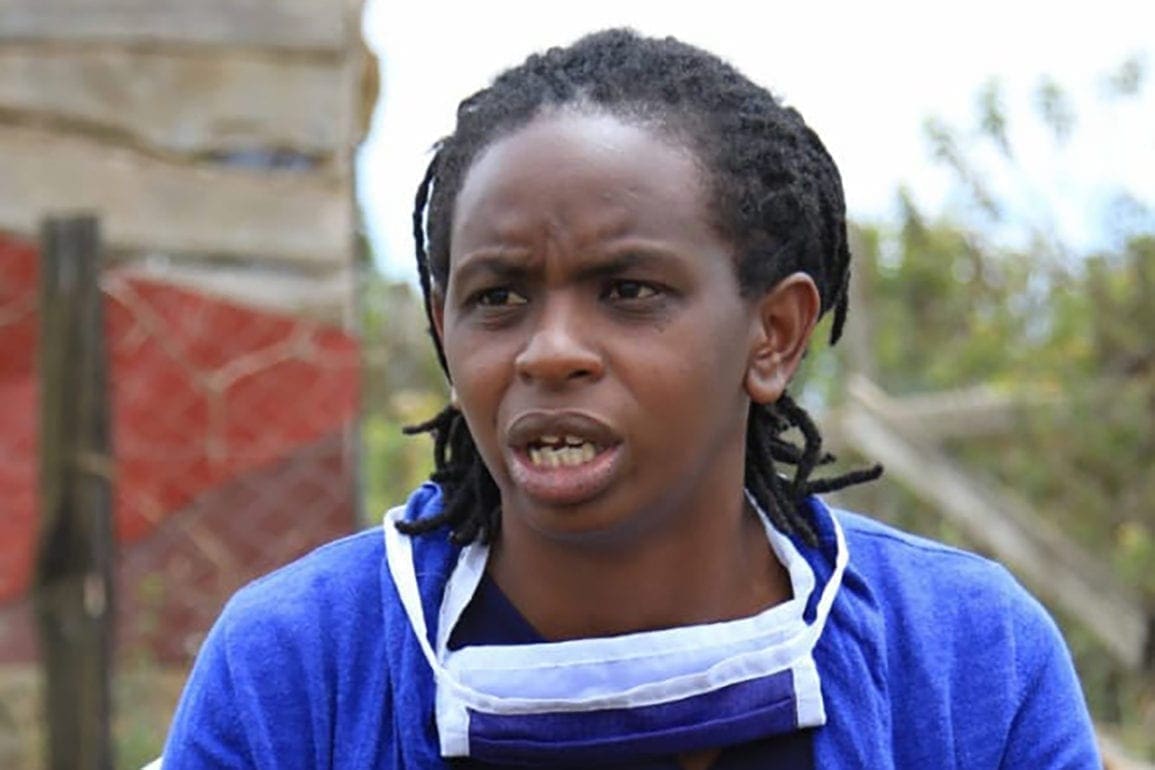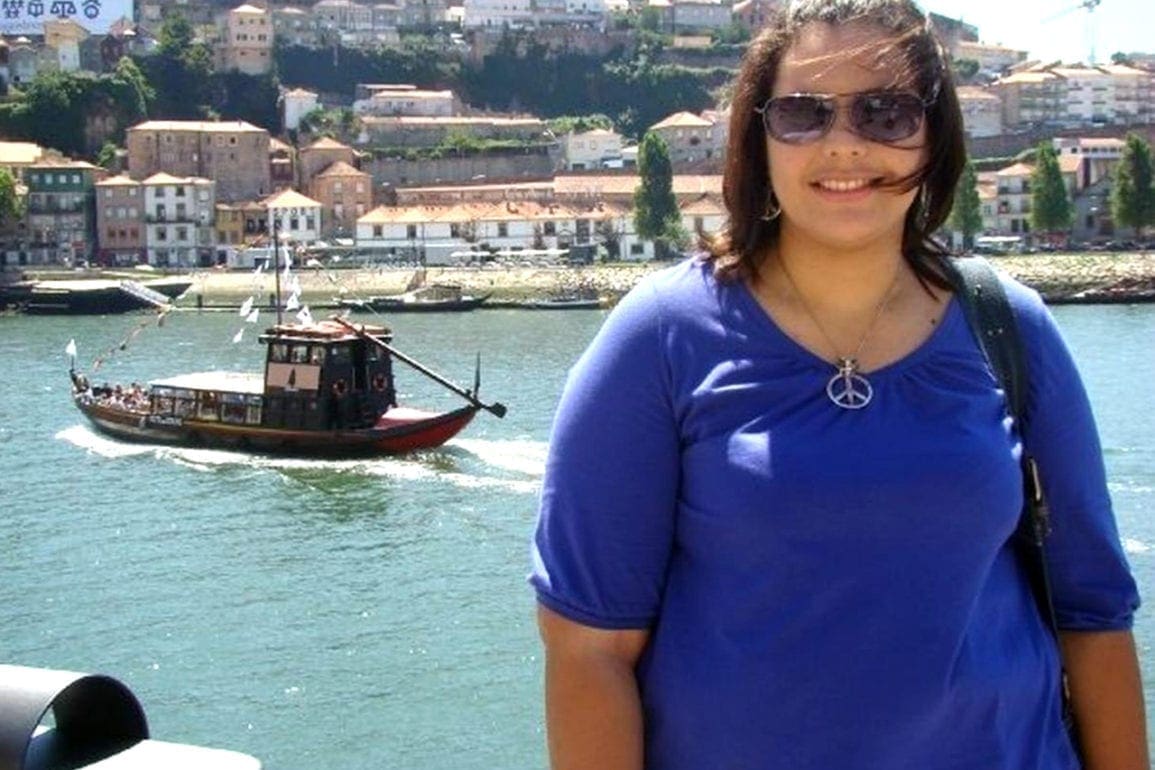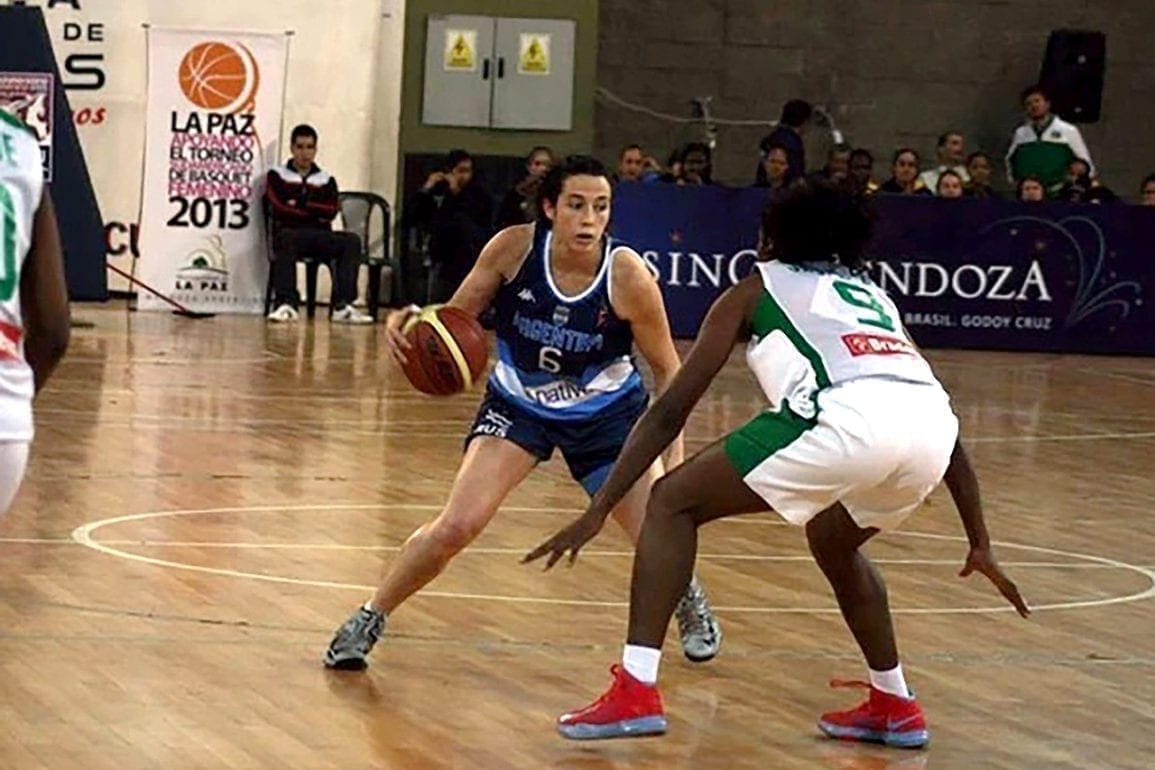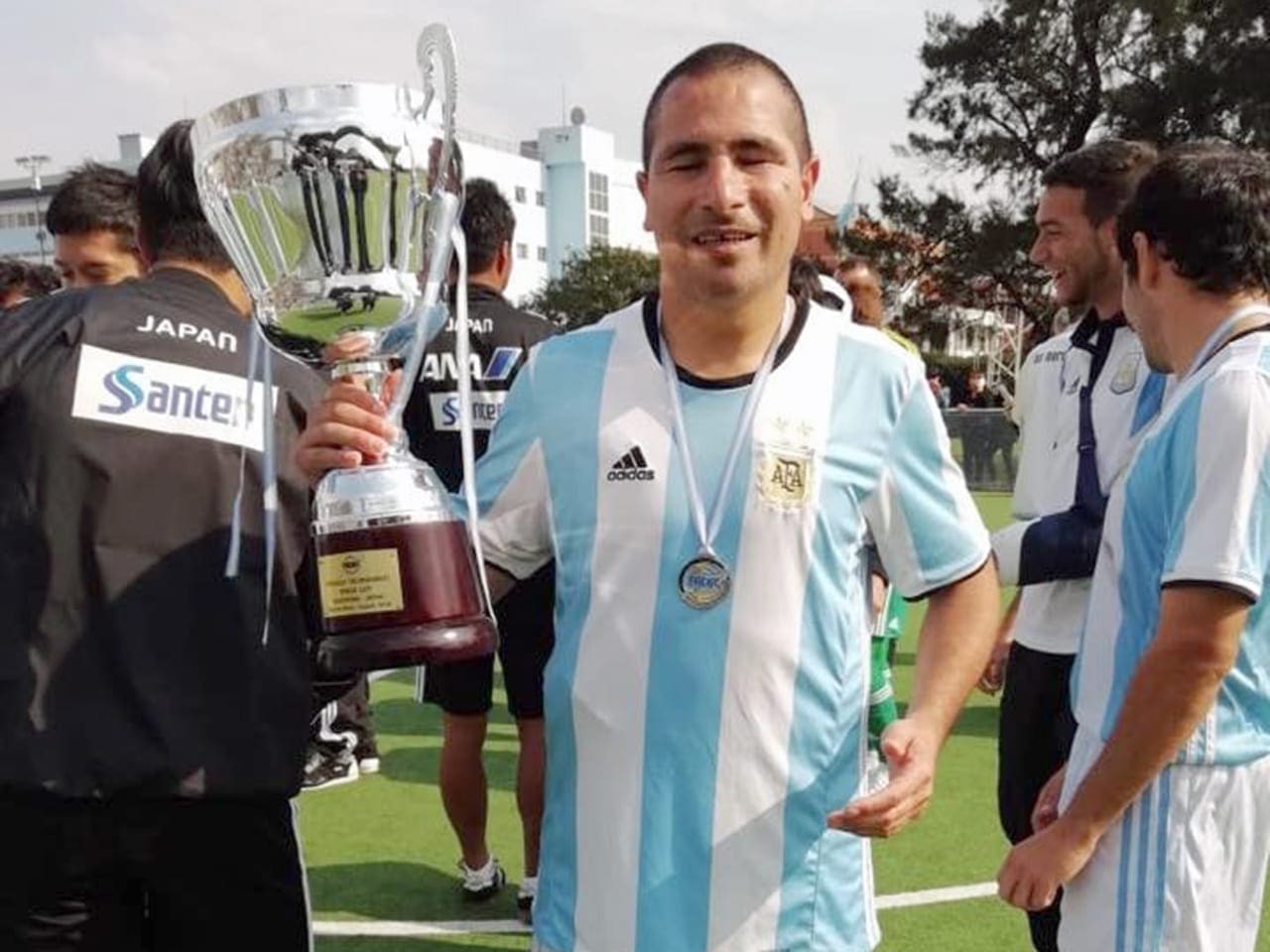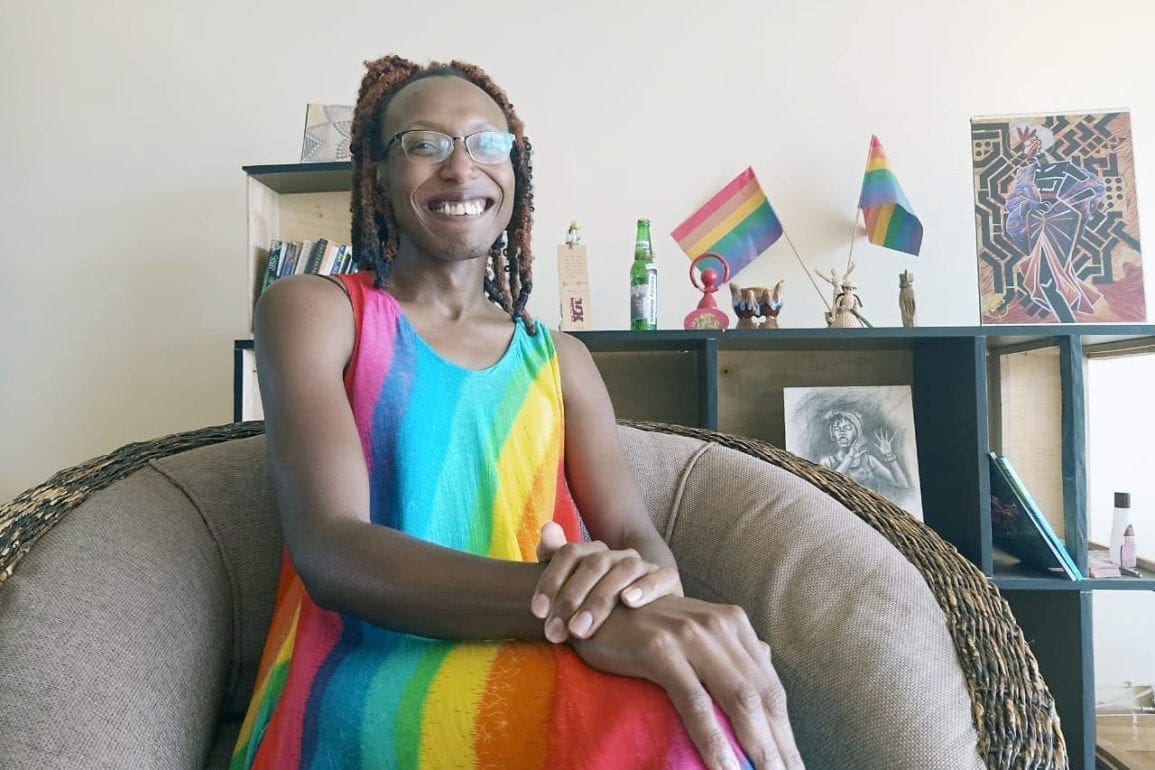Activist Kenya Cuevas built a Mausoleum for trans victims of violence in Mexico
In 2016, I witnessed a client murder my friend Paola Buenrostro. I still recall the chilling echo of gunshots. The dread I felt during those days was suffocating.
- 2 years ago
November 2, 2023
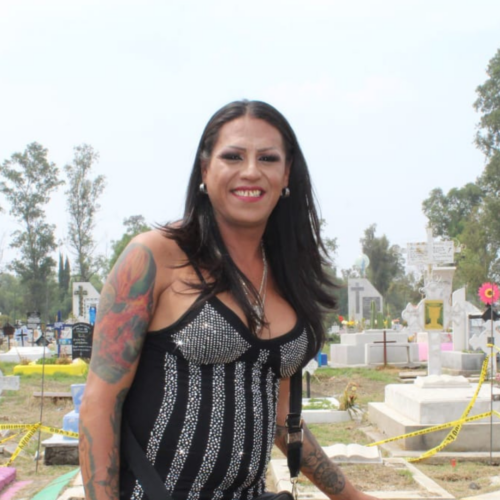
MEXICO CITY, México — As I stood in front of the first mausoleum for transgender individuals, I felt a weight lift off my shoulders and a sense of freedom in the air. My eyes traced the lines of the sanctuary where my sisters could finally rest with dignity. The textured walls promised peace.
Yet, this mausoleum remains rooted in tragedy. In 2016, I witnessed a client murder my friend Paola Buenrostro. I still recall the chilling echo of gunshots. The dread I felt during those days was suffocating.
It took me seven years to transform my sorrow into this space, honoring the victims of trans violence. A portrait of Paola now hangs from the wall.
Read more Sex & Gender stories at Orato World Media
Life as a trans woman: substance abuse led me to prison
At just nine years old, I knew I was a trans woman who liked boys, but social norms muzzled my truth. My grandmother and primary caregiver offered love and support, but after she passed away, my brothers took over my care. They subjected me to unrelenting violence. Overwhelmed by anger and despair, I left home, wandering the streets until I lost track of time and place.
Feeling the world’s weight pressing down on me, I yearned for a sign and one came. I saw a trans woman walk by and it changed my perspective entirely. “That’s who I want to be,” I declared.
I started to engage in sex work to afford a hotel room, joining a community of trans women who mentored me. For a while, life seemed to stabilize until drugs came into play. Wracked by anger, abandonment, and resentment, I became easy prey for substance abuse, a downward spiral that led me from the streets to prison.
Trans woman brings dignity to inmate’s last moments: “I stumbled upon my life’s mission”
I spent about a decade between 2000 and 2011 locked away in a prison cell. My life veered onto an unexpected path. In prison, the air was thick with the acrid smell of antiseptic. The cold, damp concrete beneath my feet mirrored the hopelessness many of us felt.
Sharing spaces with fellow addicts and HIV patients, I stumbled upon my life’s mission to bring dignity to people’s last moments of life. I recall one haunting moment when I held a fellow inmate in my arms as she breathed her last breaths.
My heart thudded violently against my ribcage. I felt the chilling transformation of her passing. Her face lost its warmth, and her body became light as her life evaporated before my eyes. That pivotal, unsettling experience ignited a fierce commitment inside of me. From that point on, I burned with desire for activism, and it irreversibly altered the trajectory of my life.
A man murdered my friend: “I watched Paola’s life hanging by a thread”
After my release from prison, I spent the next few years figuring out my next steps. It wasn’t until the night Paola died that I realized the urgency of my calling. That harrowing day, I confronted her for being rude to a coworker.
I vividly recall her response: “Ay, mamá, let’s not fight. Tonight already feels somber,” she said. An ominous atmosphere hung heavy around us, foreshadowing the looming tragedy. Paola got into a client’s car that moved just a few meters before abruptly stopping. Paola’s desperate cries for help ripped through the night air.
I sprinted to the car window as gunshots broke through the silence. Paola slumped into the man’s arms as he shoved her into the passenger seat. He met my gaze, lifted his gun, and aimed at me. The image of the gun barrel and his finger poised on the trigger seared into my memory. Then, the gun jammed.
For a split second, I froze but the reality of the situation snapped me back to attention. I narrowly escaped being shot, and afterwards, I patted myself down, looking for any kind of injury. Gathering my wits, I delayed the man long enough for the police to arrive on scene, drawn to us by the sounds of gunshots. As I watched Paola’s life hang by a thread, my fear melted into despair, which quickly gave way to crushing grief.
Mausoleum for transgender people: “Seeing my foundation’s name on the entrance filled me with pride”
Before Paola’s death, Mexican society scorned us for being transgender. People often hurled insults as they threw oranges at us. Through it all, I fortified my spirit, learning to forgive my perpetrators and persist in our fight for dignity.
I soon recognized the power of visibility, and I took bold steps in public to raise awareness. On one occasion, I organized the occupation of a hospital, blockading the streets. We would no longer tolerate empty promises. Yet, a question haunted me. “If I fail, where will the neglected bodies of trans victims end up,” I wondered. This question drove me to create Mexico’s first mausoleum for trans people.

[It took seven years for the mausoleum to become a reality. Through the support of the Attorney General’s Office of Mexico City and a space donation by Mayor Clara Brugada, the first stone was laid on May 22, 2023 and the space was inaugurated on September 14, 2023. The site will accommodate 149 bodies, some of which will be exhumed from their current burial site.]
On the day the site was inaugurated, a profound sense of relief washed over me. As I ran my hands across the walls, I thanked life for this victory. Seeing the name of my foundation – Casa de las Muñecas Tiresias – on the entrance, a surge of pride ran through my body. The black-framed door, with its vibrant glass, embodied the joy we, as trans women, feel in the midst of struggle.
As I walked through the sacred corridors, I felt a new kind of peace. My sisters finally found the kind of rest they were denied in life.






